STACKELBERG, Otto Magnus Baron de
Ailesinin 15nci çocuğu olan Otto Magnus von Stackelberg (1787-1837) Estonya'da doğup büyüdü ve burada eğitim gördü. Almanya ve Moskova'da da öğrenim gördükten sonra İtalya'da bulunduğu sırada resimle öteki güzel sanatların ve Antik çağın yaşamını belirleyeceğinin bilincine vardı. 1810-1813 yıllarında yaşadığı Yunanistan'da Avrupalı sanatçı, aydın ve tüccarlardan oluşan büyük bir cemaatle tanışıp Atina, Egina, Figaleia ve Anadolu'da yaptıkları kazı çalışmalına katılmıştı. Daha sonra Roma'ya giderek burada 12 yıl kaldı, İngiltere, Fransa ve Hollanda'yı gezdi, yaşamının son iki yılınıyse kendi memleketinde geçirdi.
Yaşadığı devirde hakim olan antik çağ hayranlığından ve doğa, yaşam, sanat birliğini savunan romantizmden esinlenen Stackelberg Yunanistan ve İtalya'yı gezdikten sonra eserinde eski anıtlar ve çağdaş insanlardan sözederken çağının dünya görüşünü dile getirmektedir. Kendi sözleriyle "Bir sentezin haşmeti, abartılı ve kendini heder edici tutkudan çok, ortaya koyduğu dinginlik ve yalınlıkta bulunuyor". Çizdiği insan figürlerinde gerçeğe olabildiğince yakın olma kaygısı bunları "yitirilecek bir tarihsel an" gibi görmesinden kaynaklanıyor, yaptığı bakır baskılar ise etraflı yorumlarla tamamlanıyordu. Yerlilerle ilişkileri hakkında şunları yazmakta: "Bana yaklaşan köylüler eskizlerimden son derece etkilenmiş görünüyordu, çizdiklerime bakıp çocuksu bir saflıkla acaba bunların Yunanistan'ın Türk hakimiyetinden kurtulmasında bir katkısı olabilir mi diye soruyorlardı".
Stackelberg özellikle insan tipleri ve yer manzaralarından ibaret olan etkileyici eserler yayımlamıştır. Yerel giysilerini giyen insan tipleri eskizlerini içeren ilk eseri 1825 yılında Roma'da yayınlandı; buradaki nadir fransız baskıda ise giysiler renkli gravür biçiminde verilmiştir. Büyük bir ilgiyle karşılanmış olan bu desenler, kopya edilip başka gezi kitaplarını süslemek üzere bir çok kez yeniden yayınlandılar.
STACKELBERG, Otto Magnus Baron de - Mycenae
-
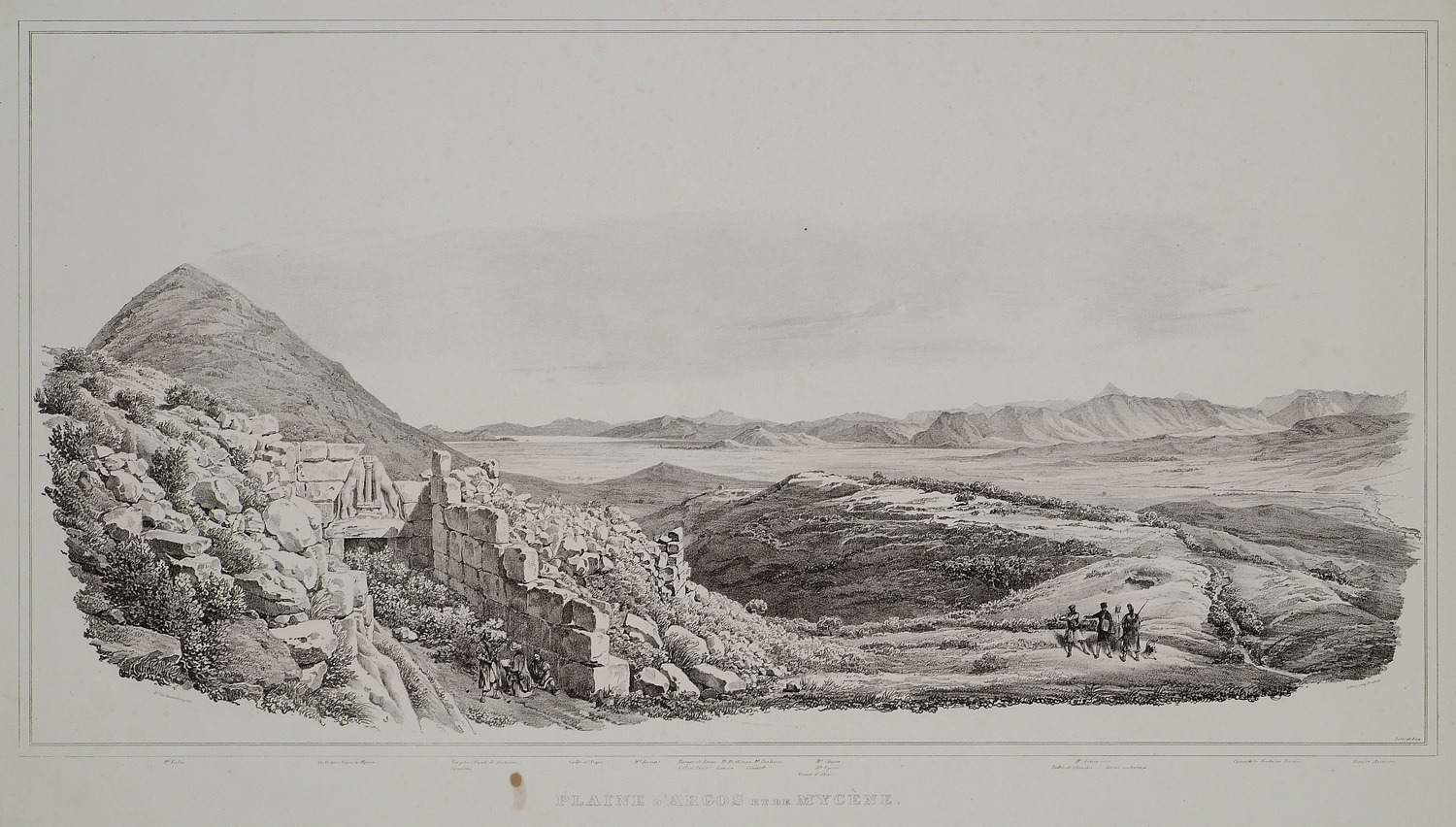
Landscape in Mycenae. On the left the Acropolis of Mycenae and the Lions Gate.
-
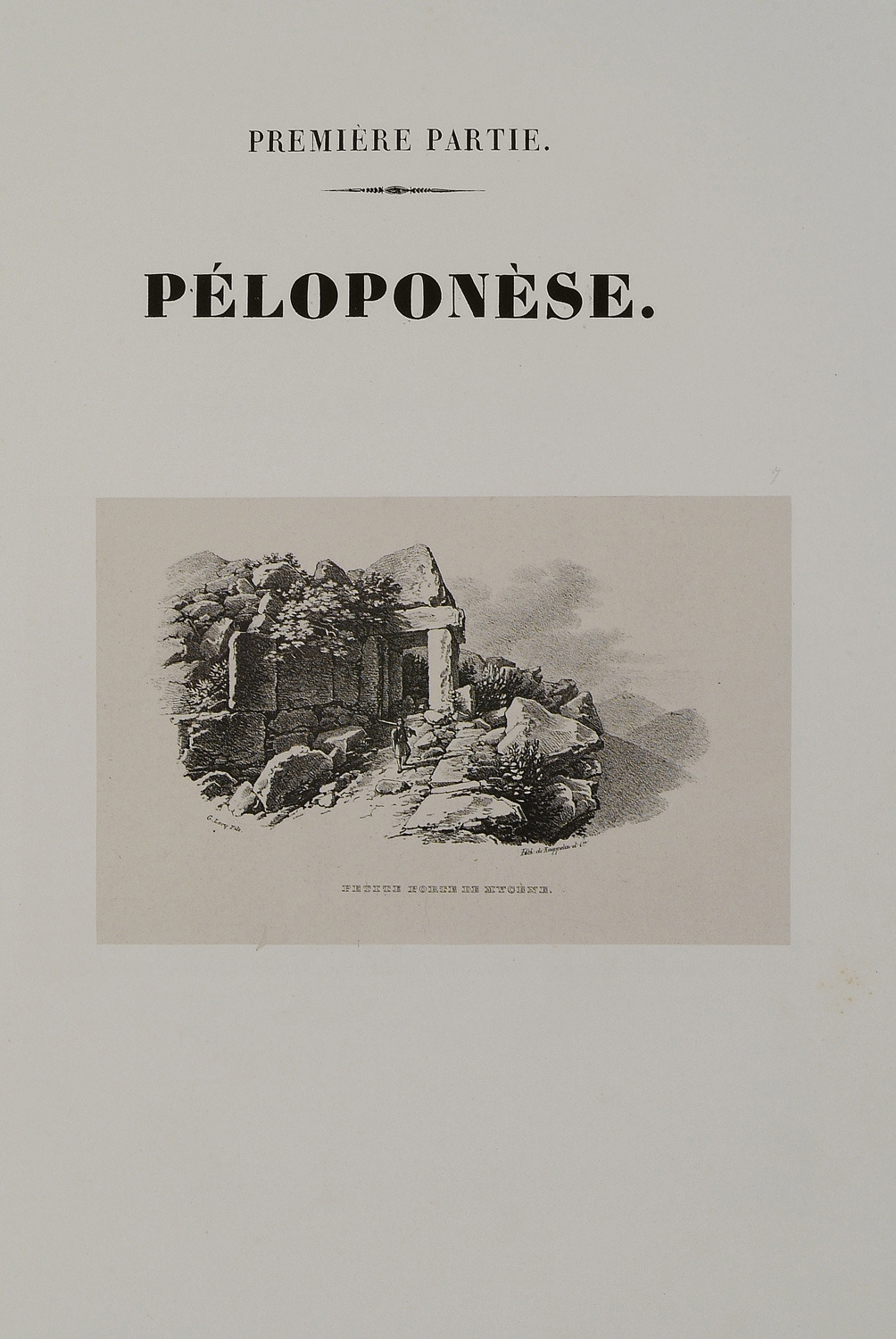
Title page of the first part of the book. The Postern Gate of the Mycenae Acropolis.
-
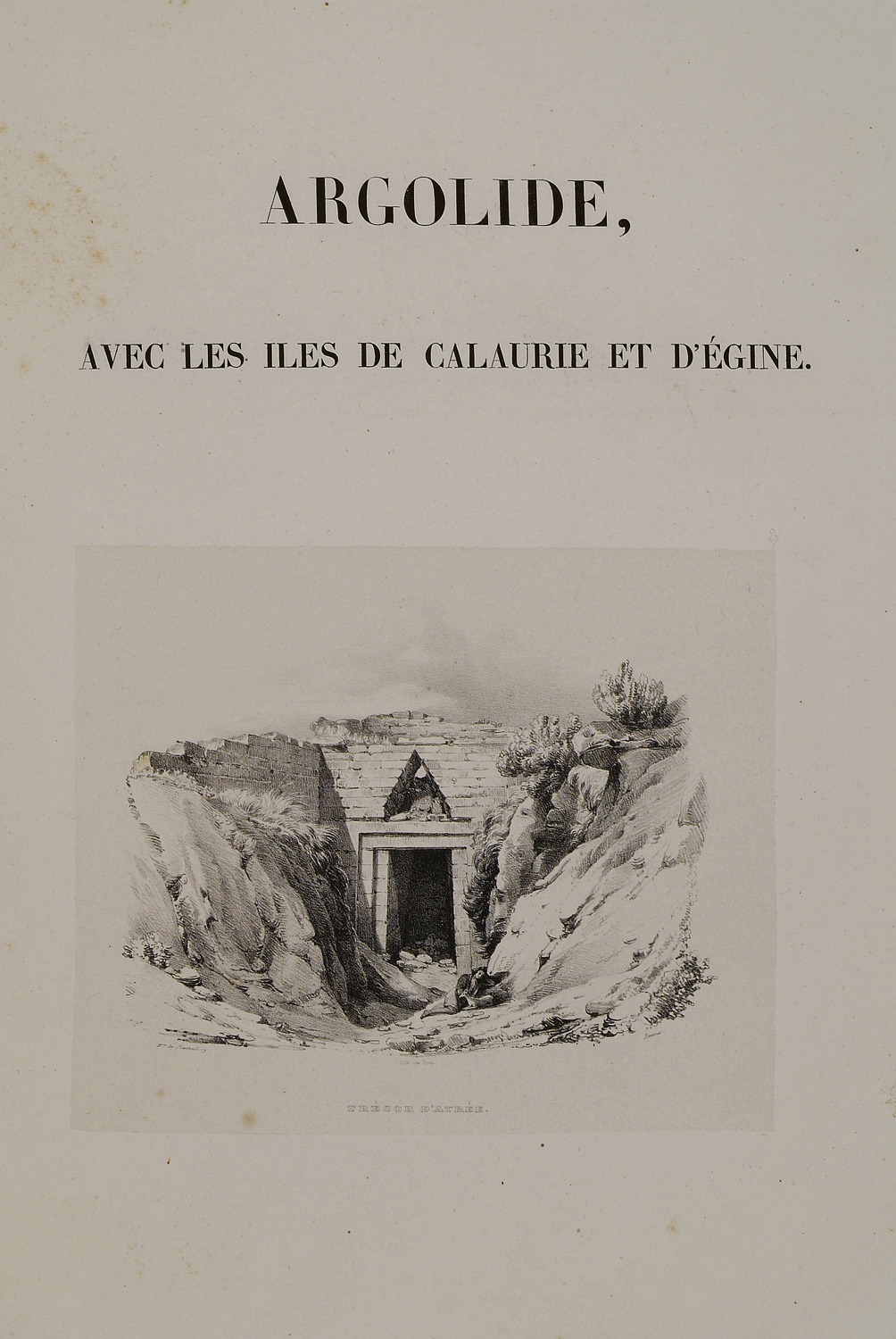
Chapter page. The Tholos Tomb of Mycenae or Treasury of Atreus.
-
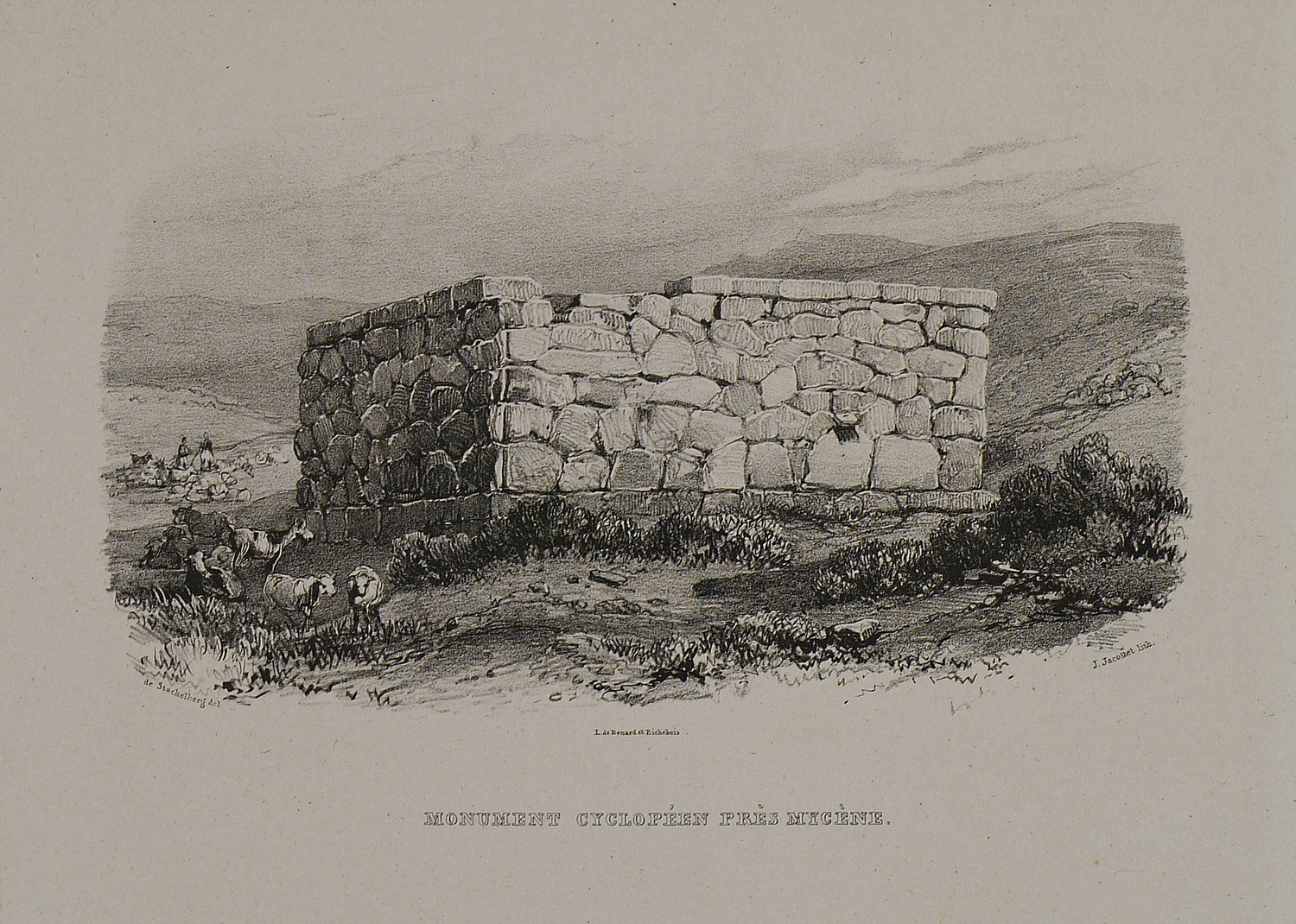
STACKELBERG, Otto Magnus Baron de - Rest Images
-
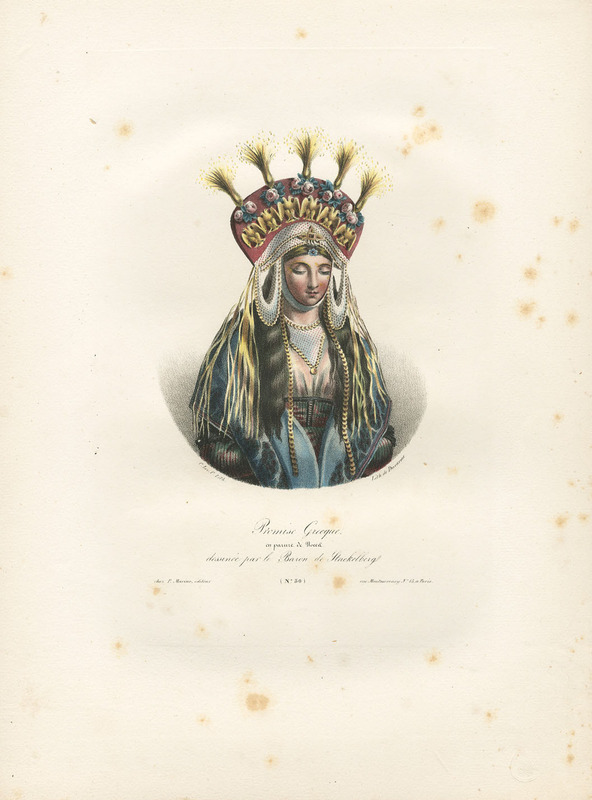
-
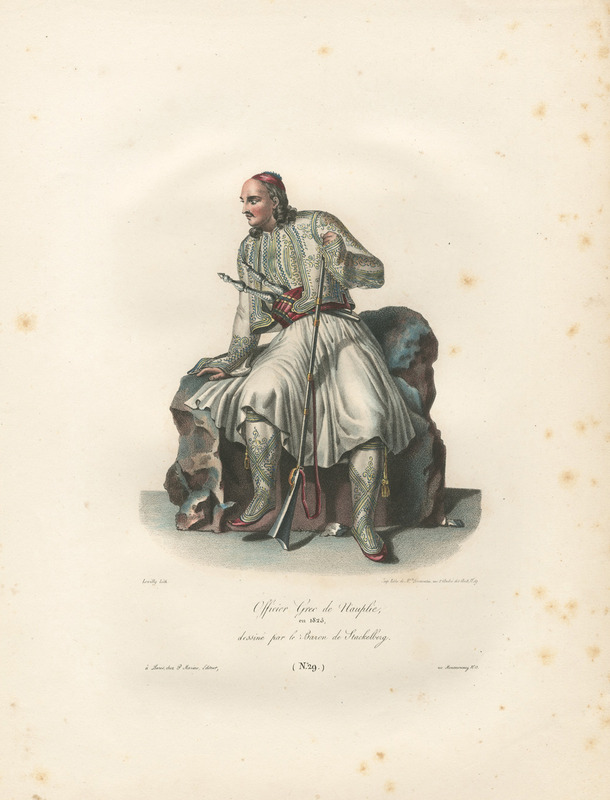
-
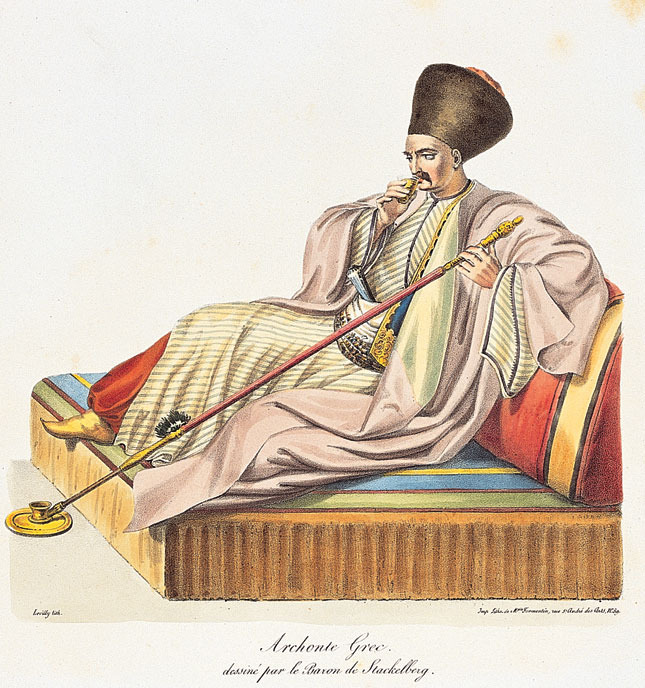
-
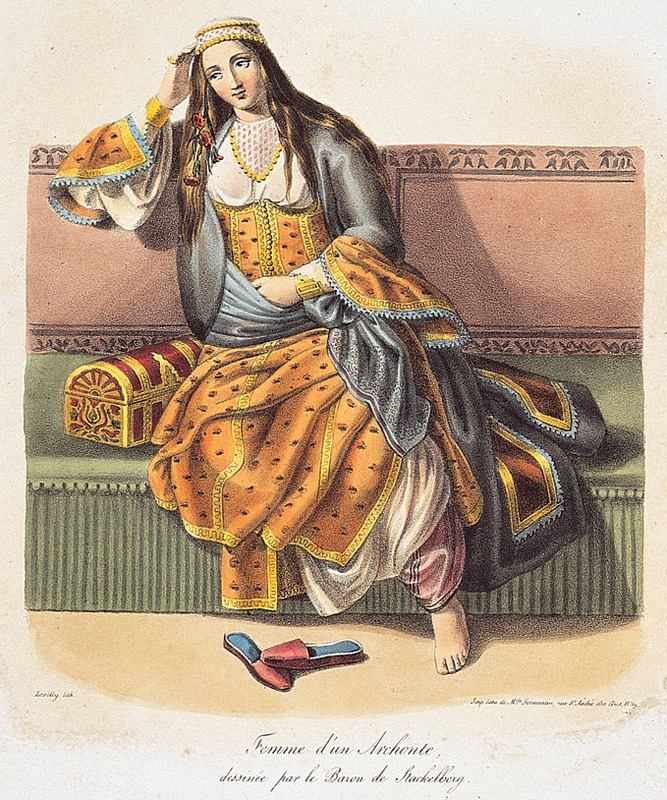
-

-
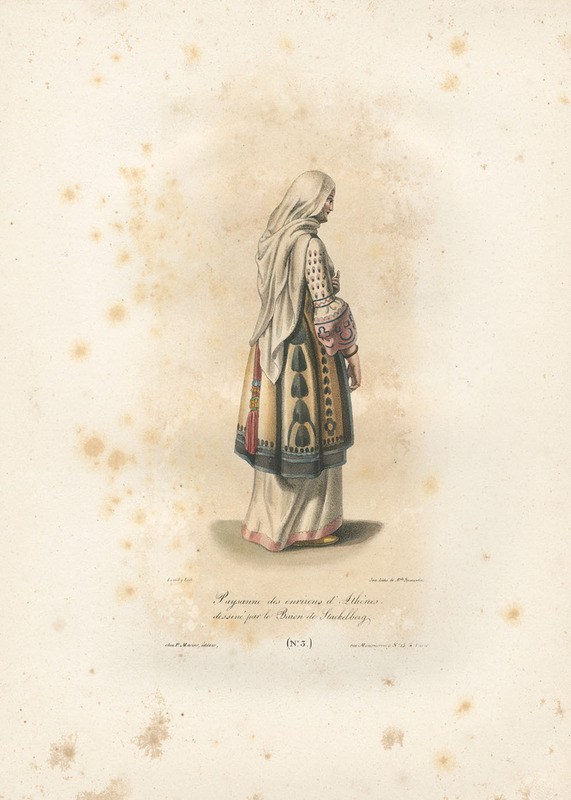
-
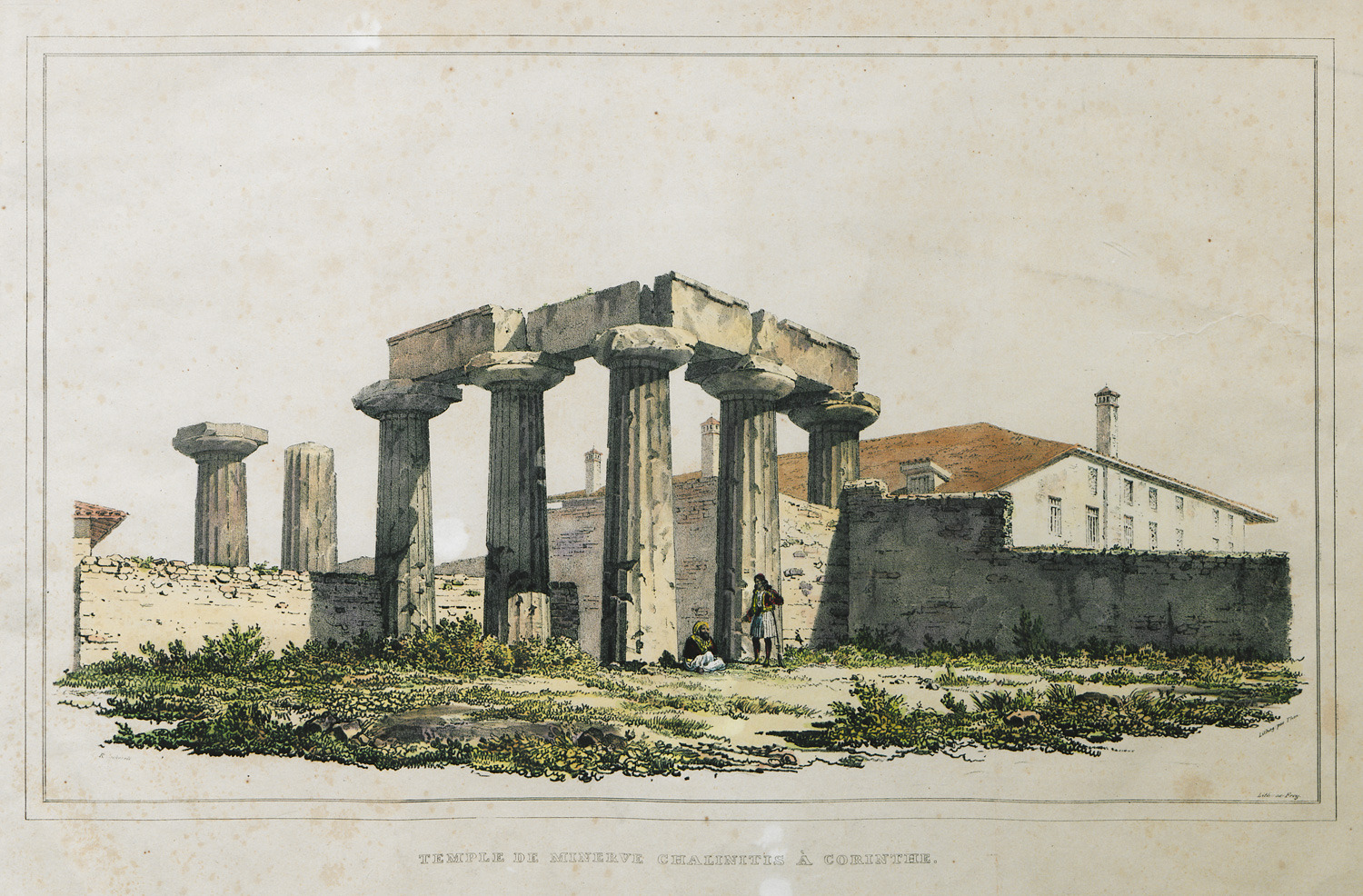
-
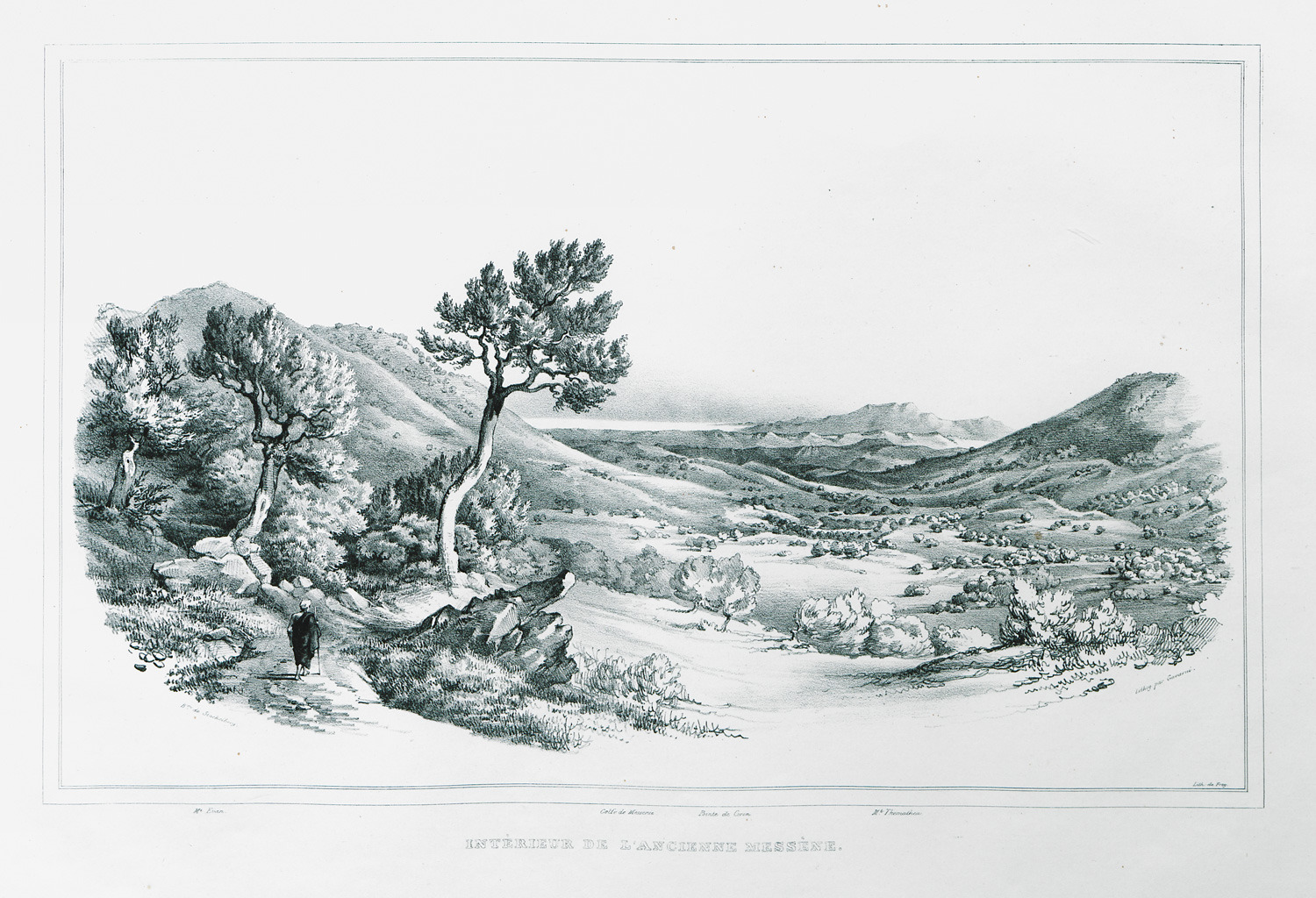
-
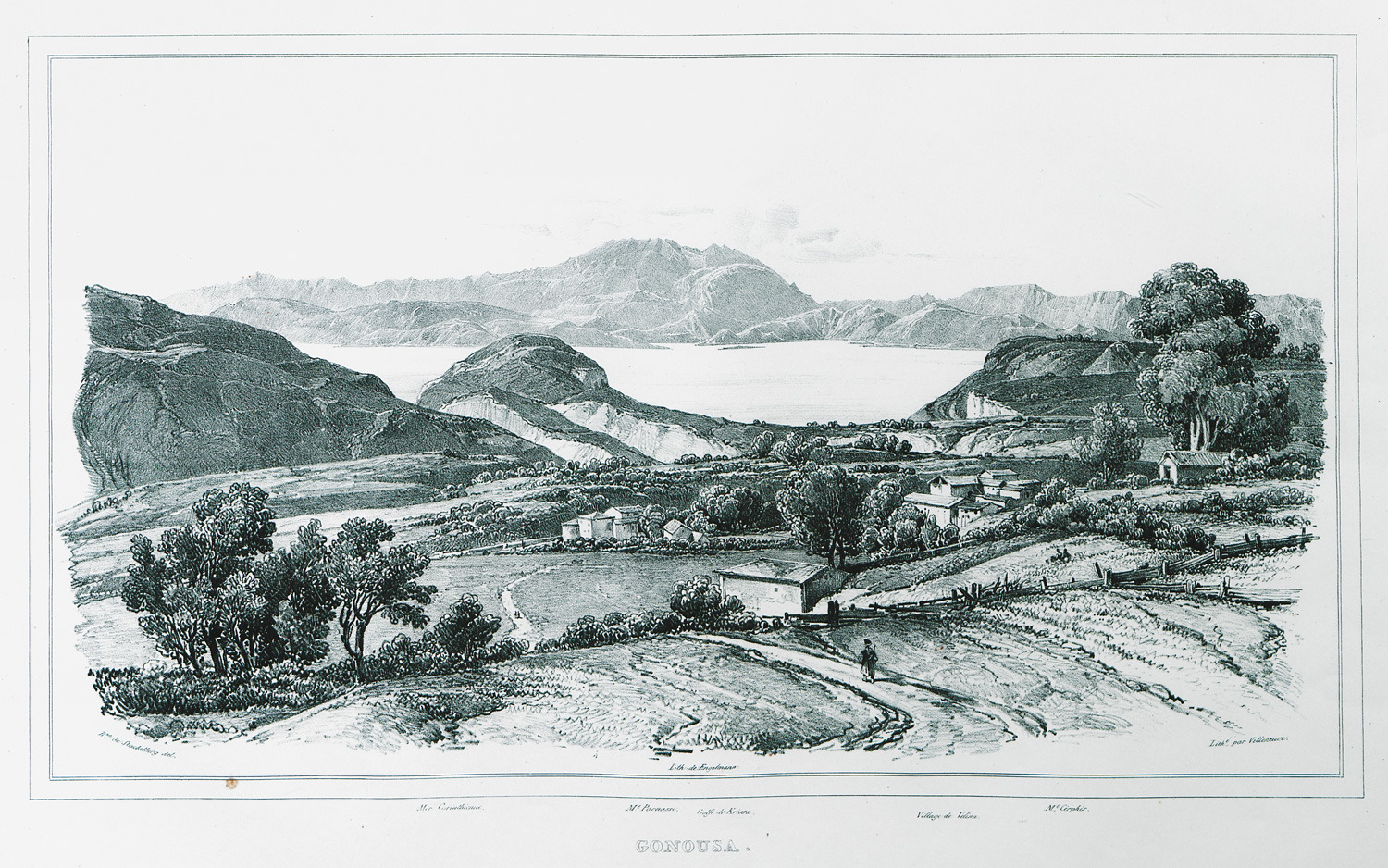
View of Gonousa, village of Corinthian prefecture, on Mount Cyllene.
-
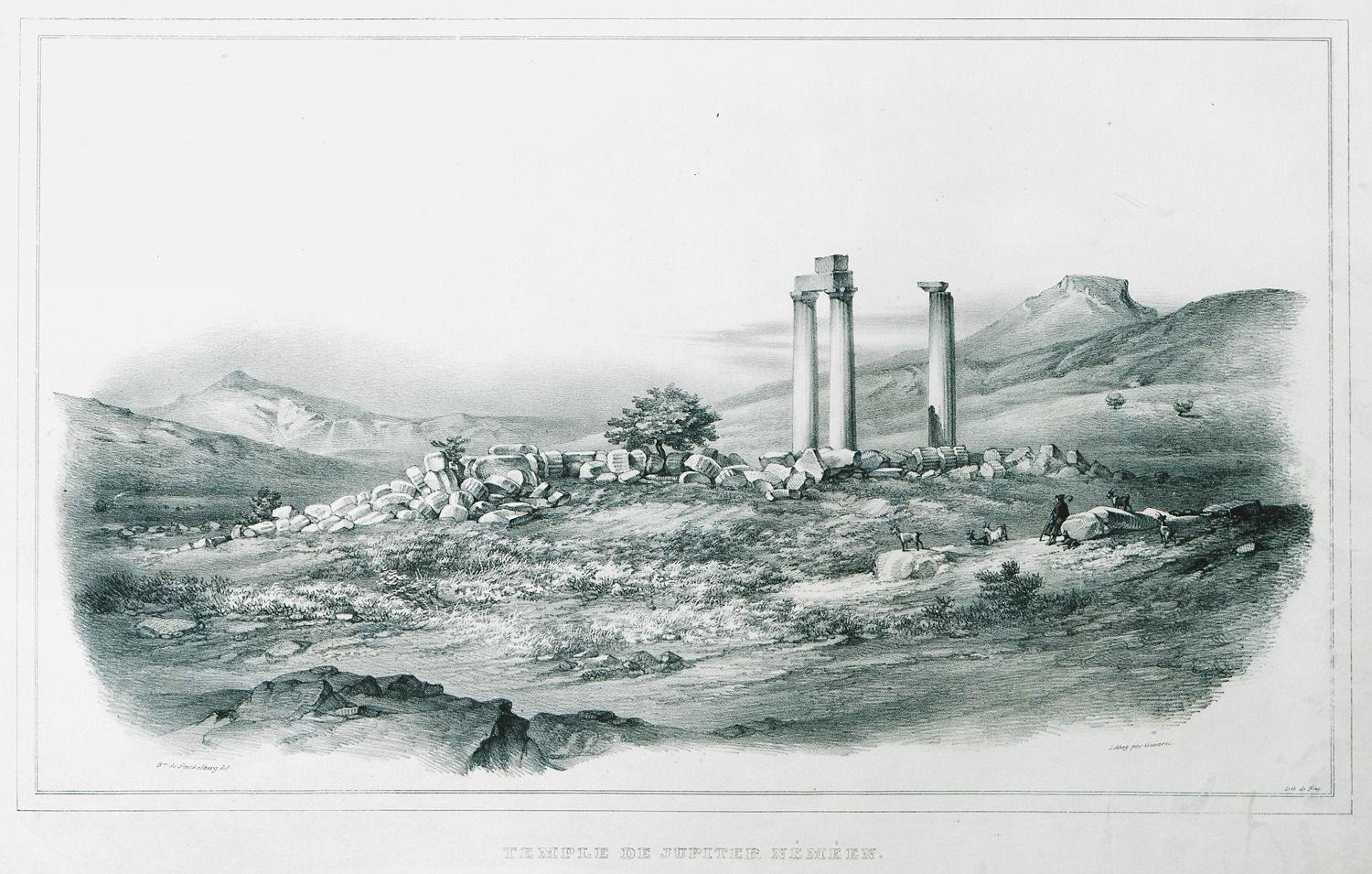
-
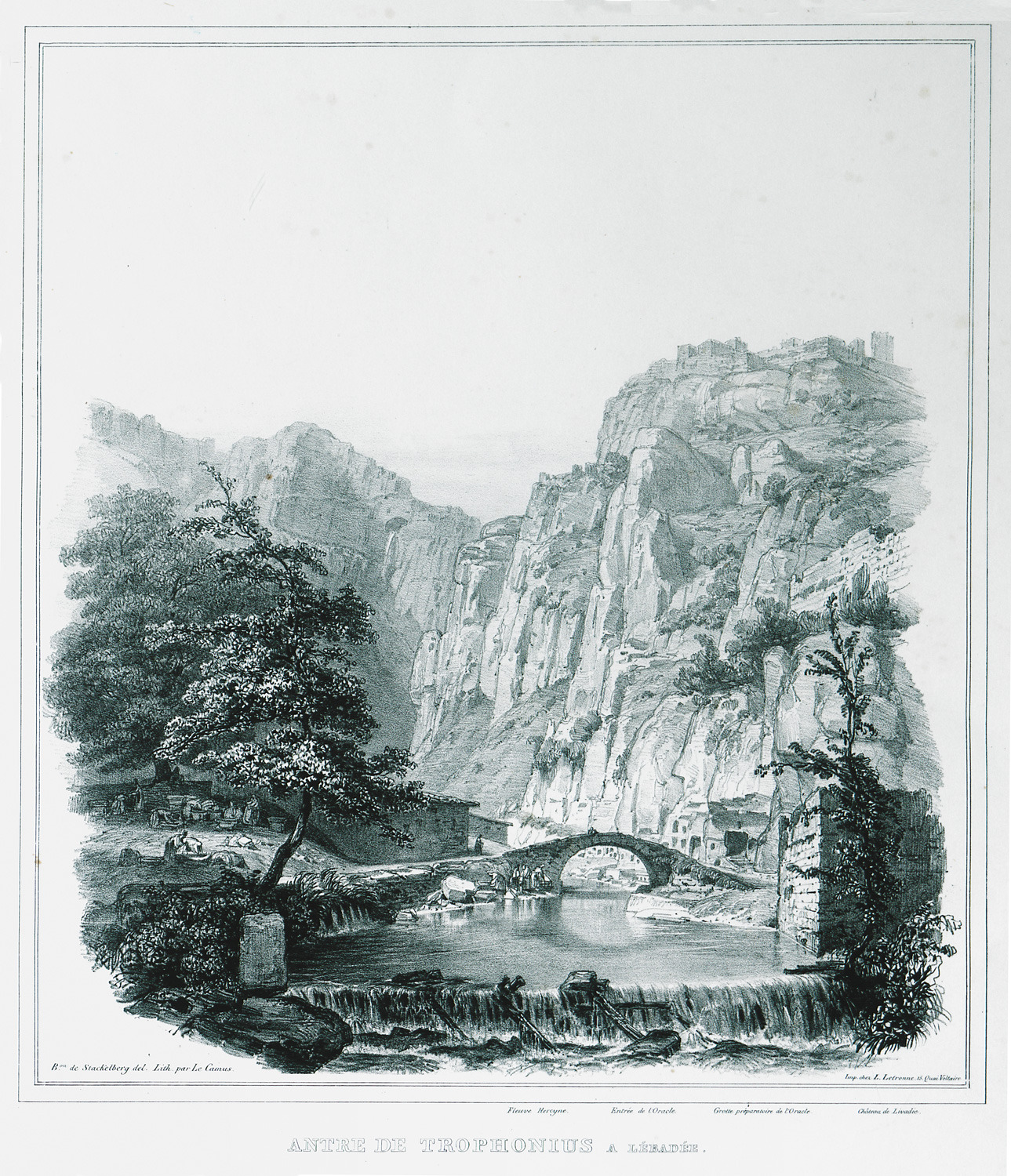
The ruins of the Oracle of Trophonius in Livadeia, and the Catalan castle.
-
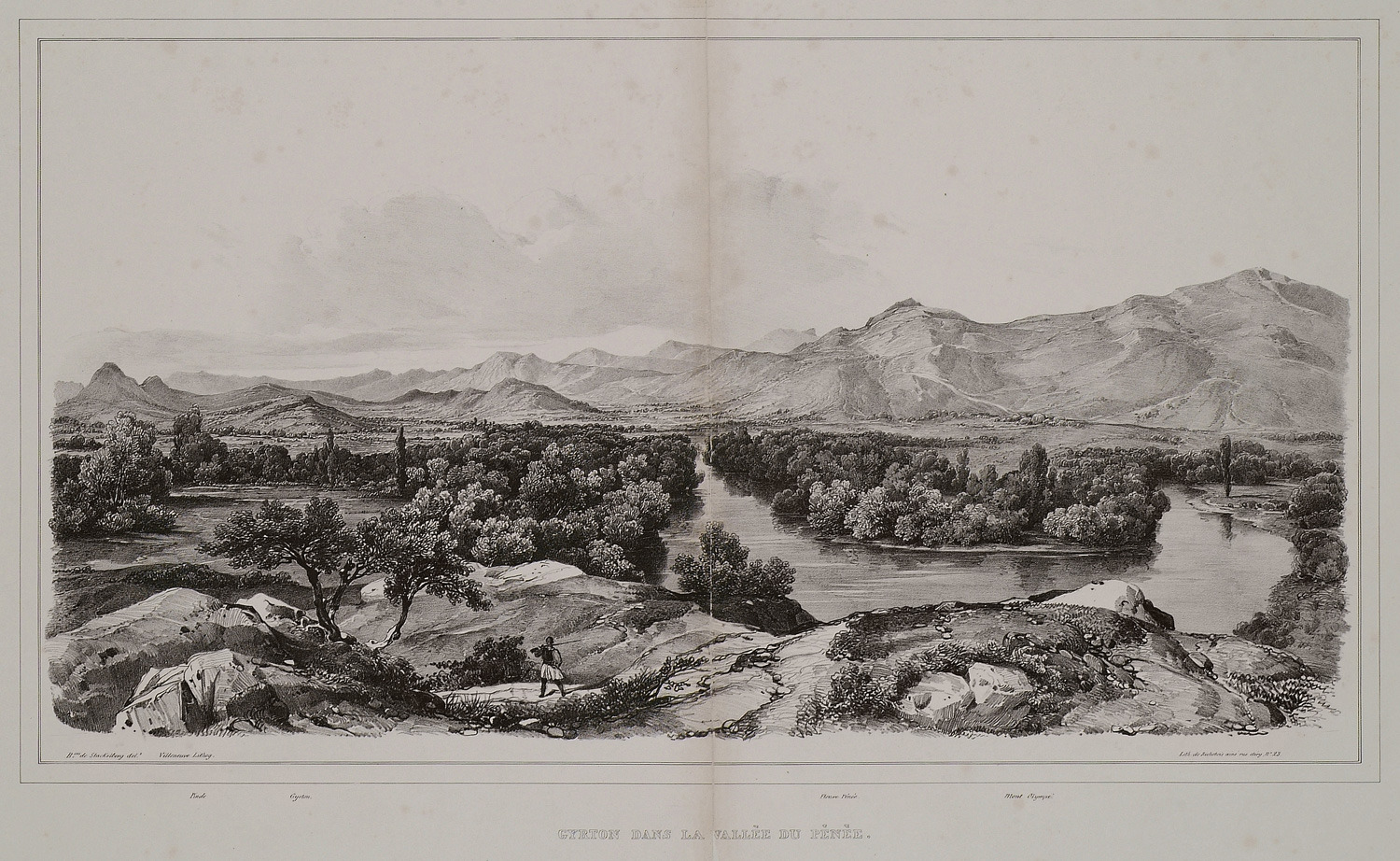
-
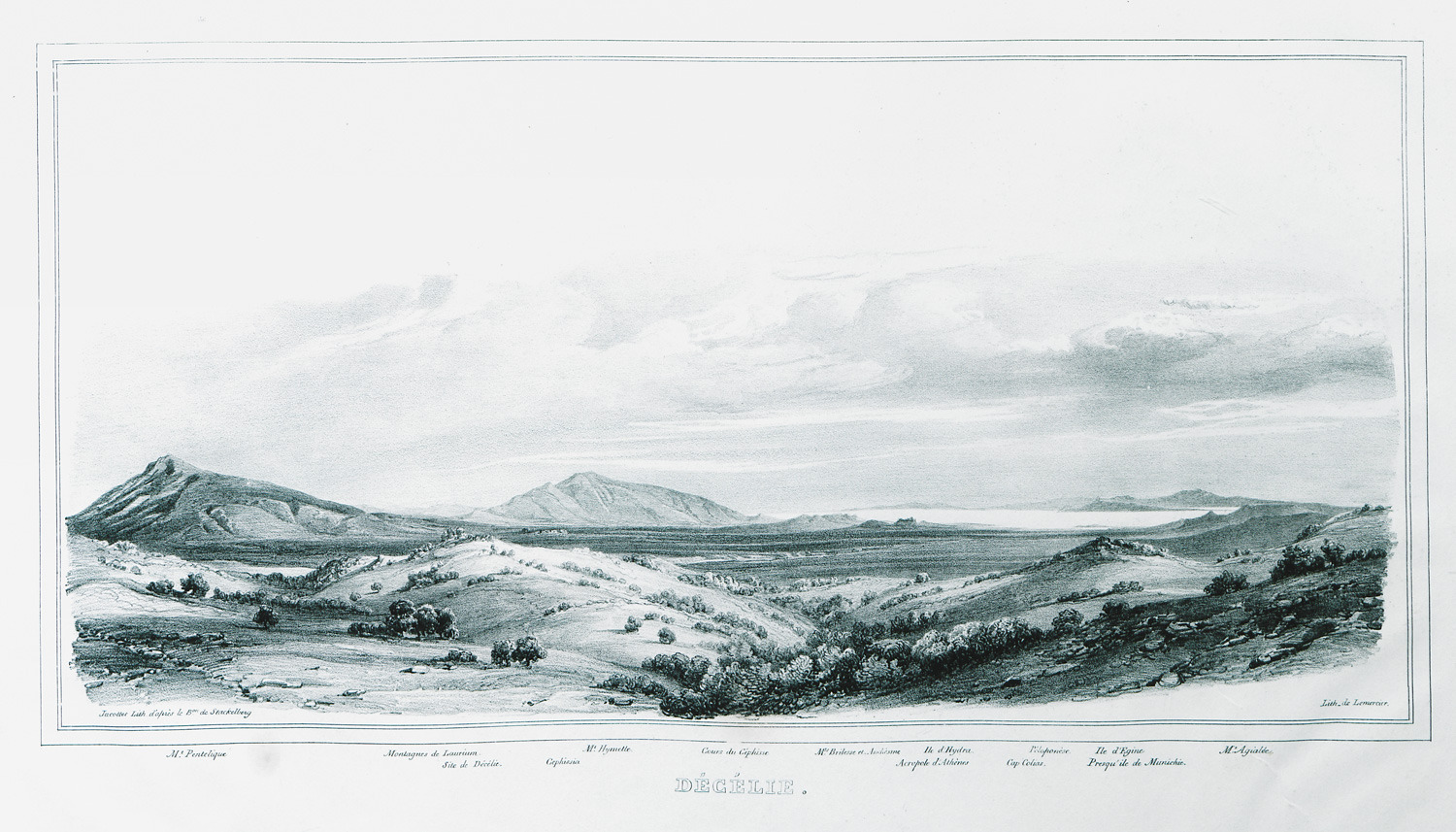
-
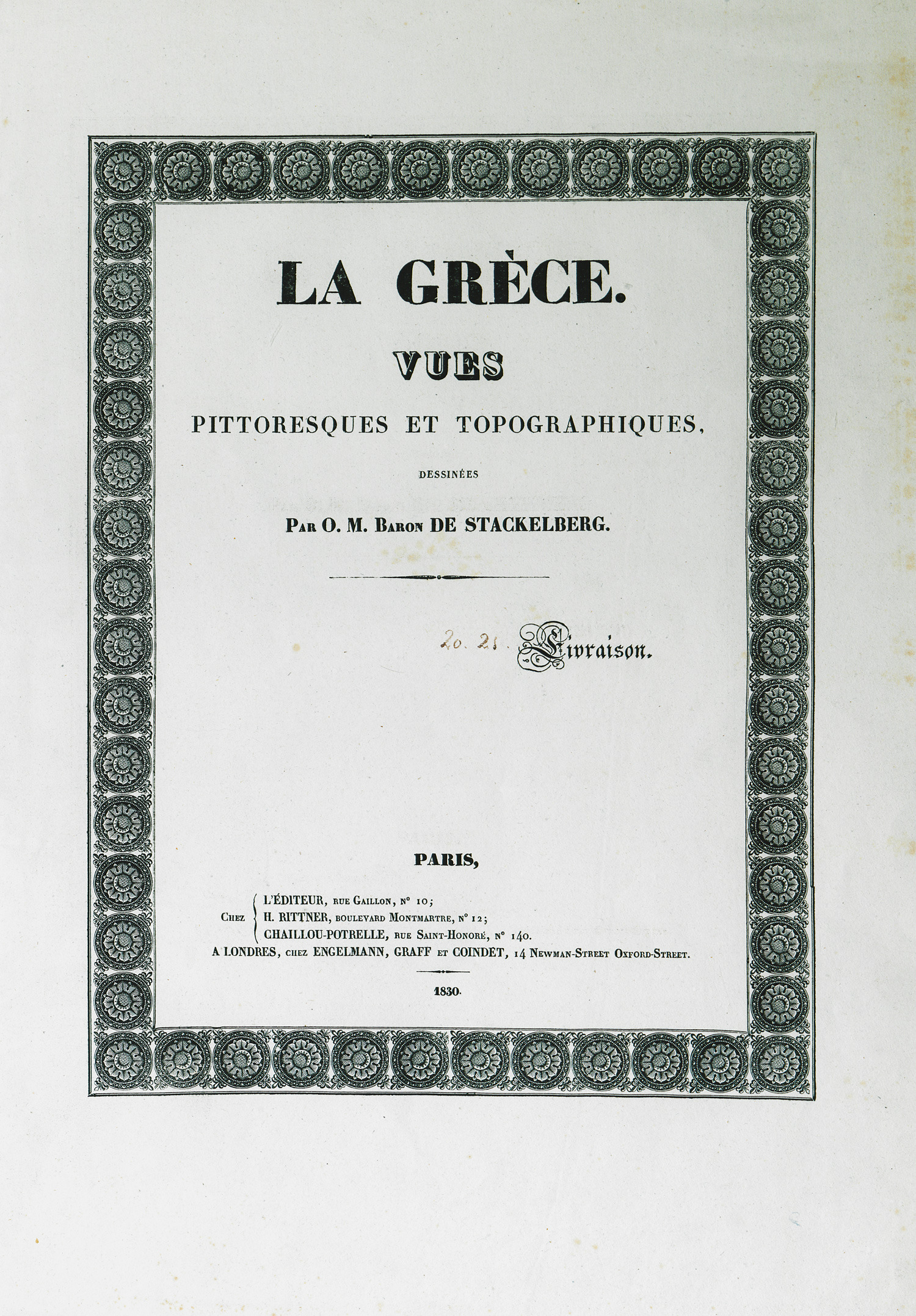
-
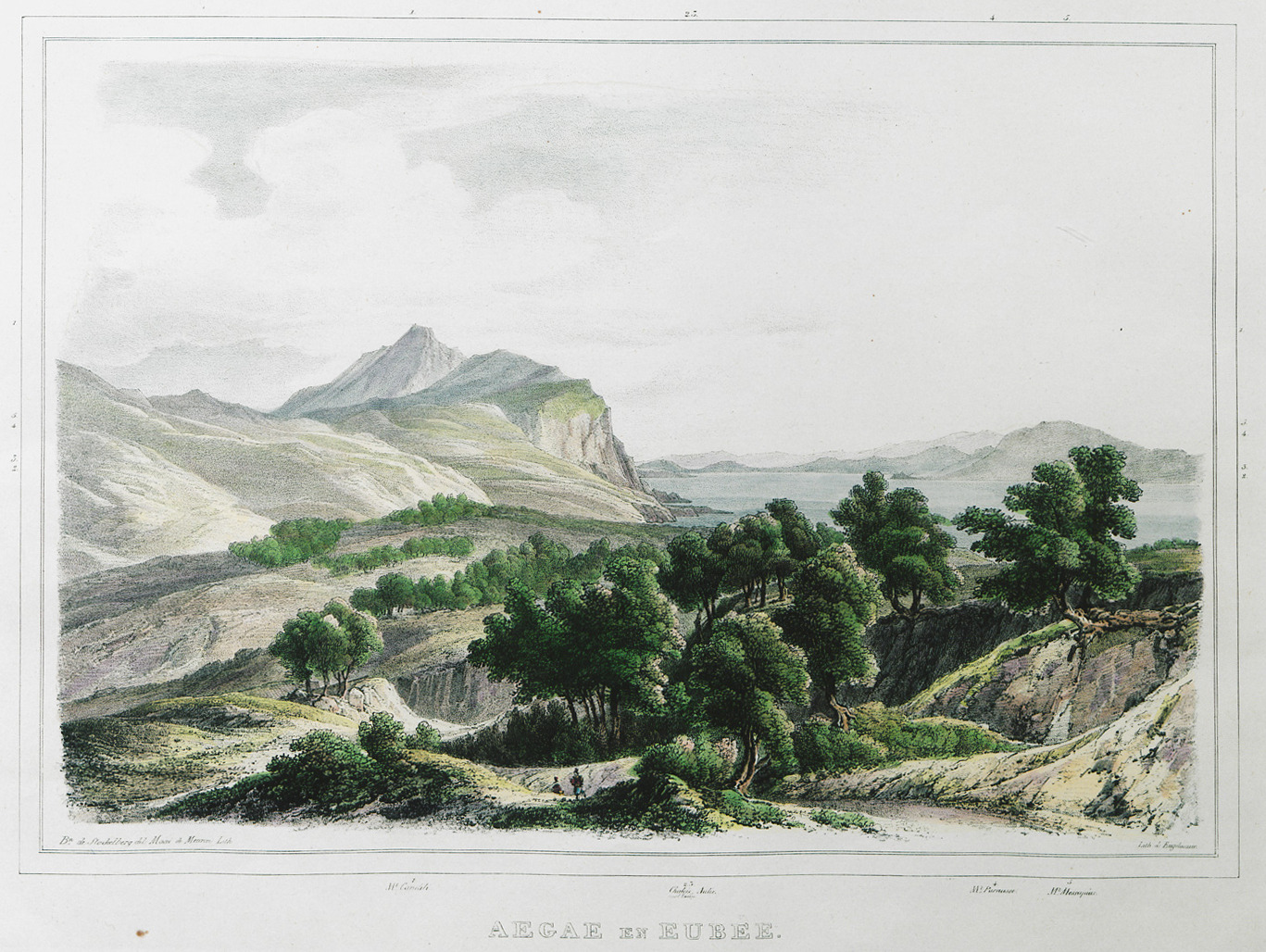
Landscape on Aigaia, somewhere in between Marmari and Carystus, in Euboea.
-
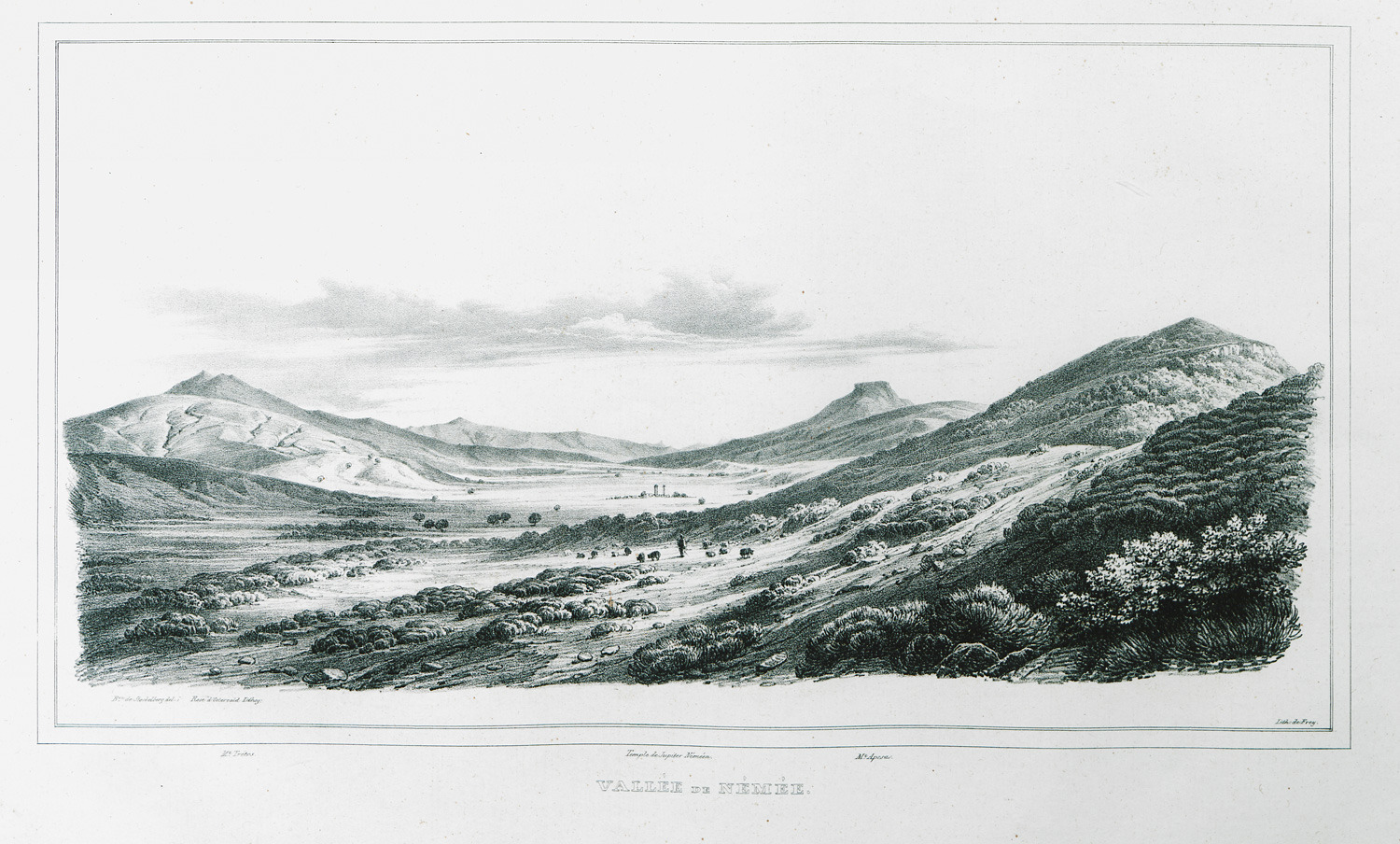
The valley of Nemea. In the background the pillars of the Temple of Zeus.
-
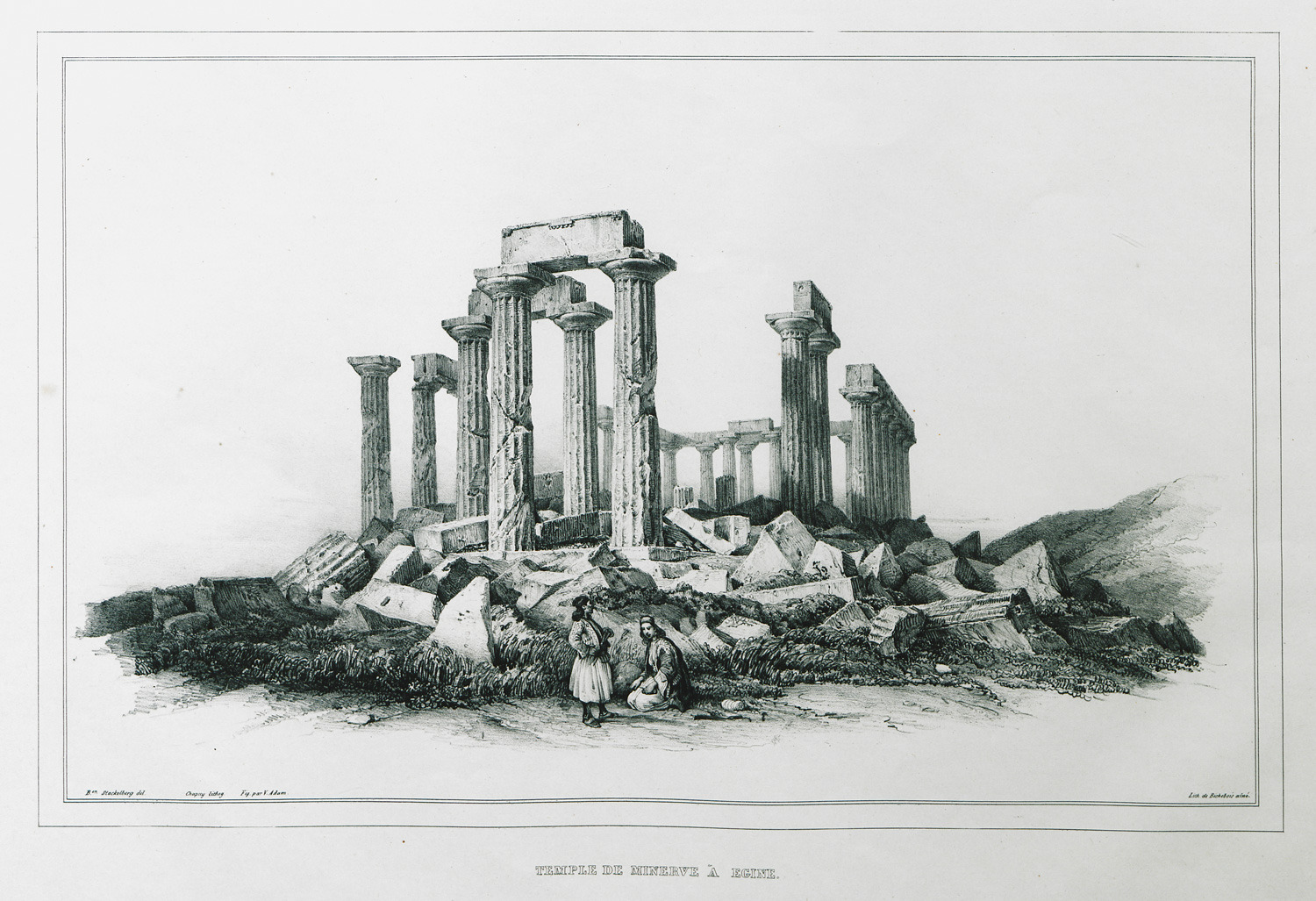
-
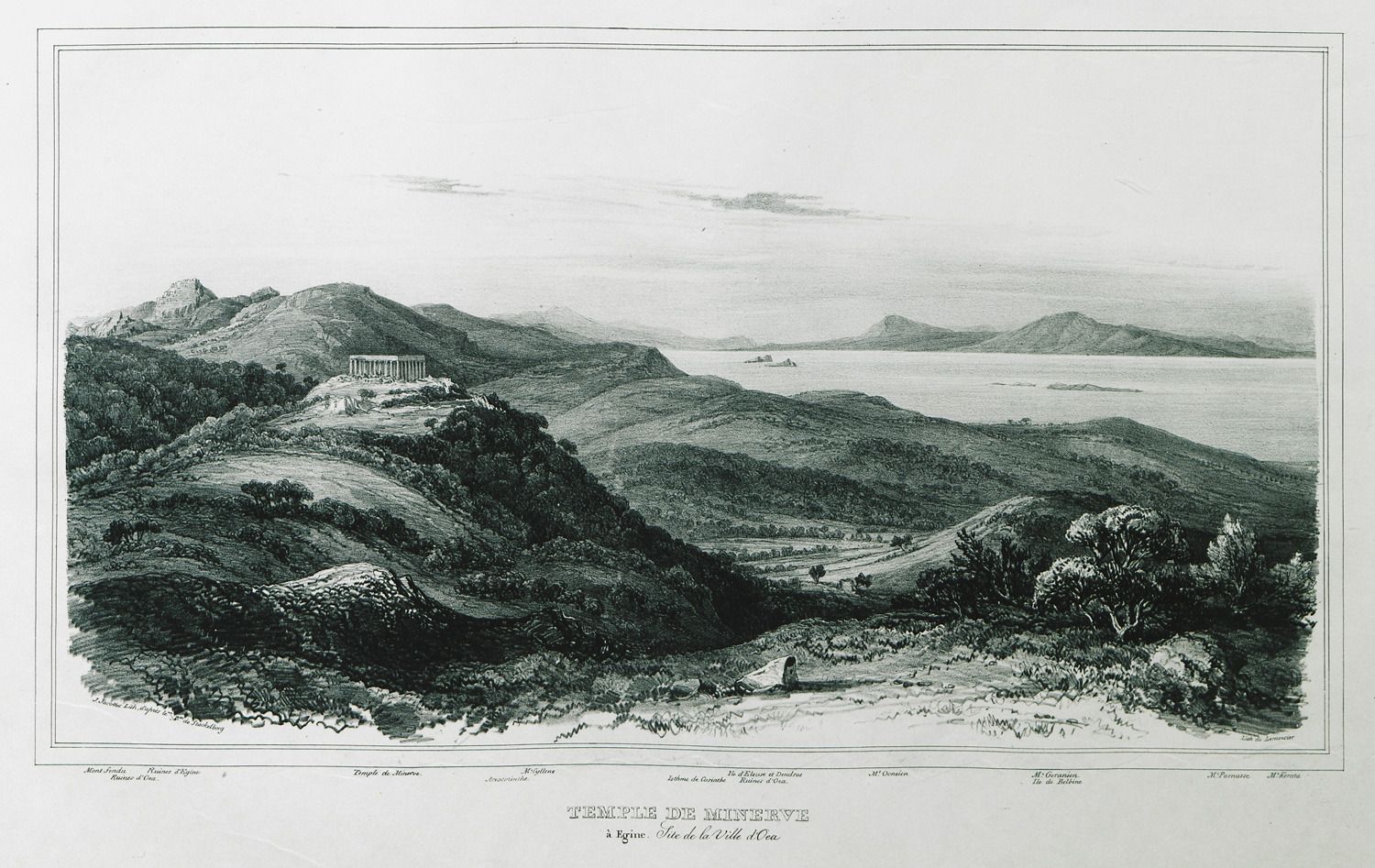
Landscape on Aegina island. In the background the Temple of Aphaia.
-
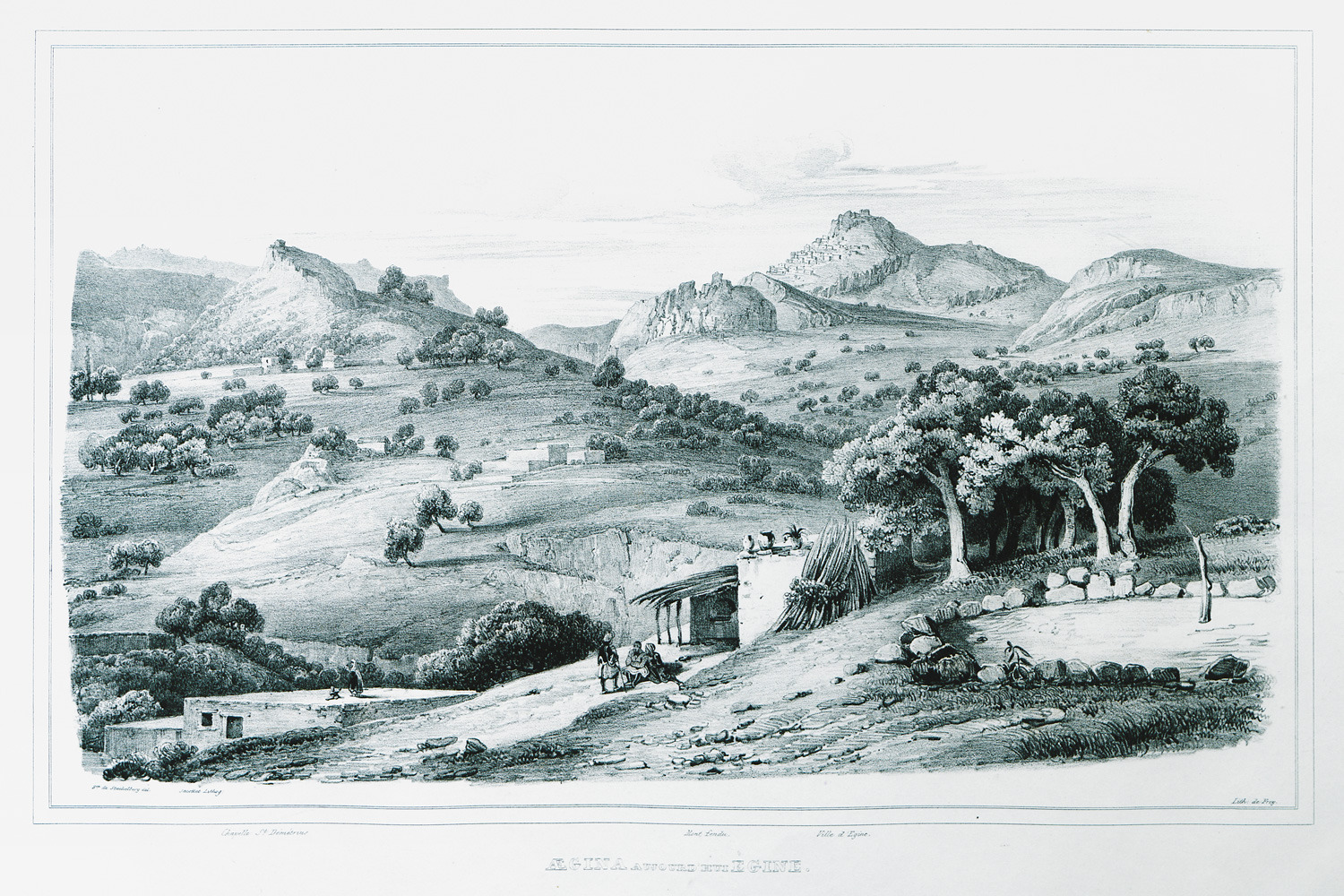
-
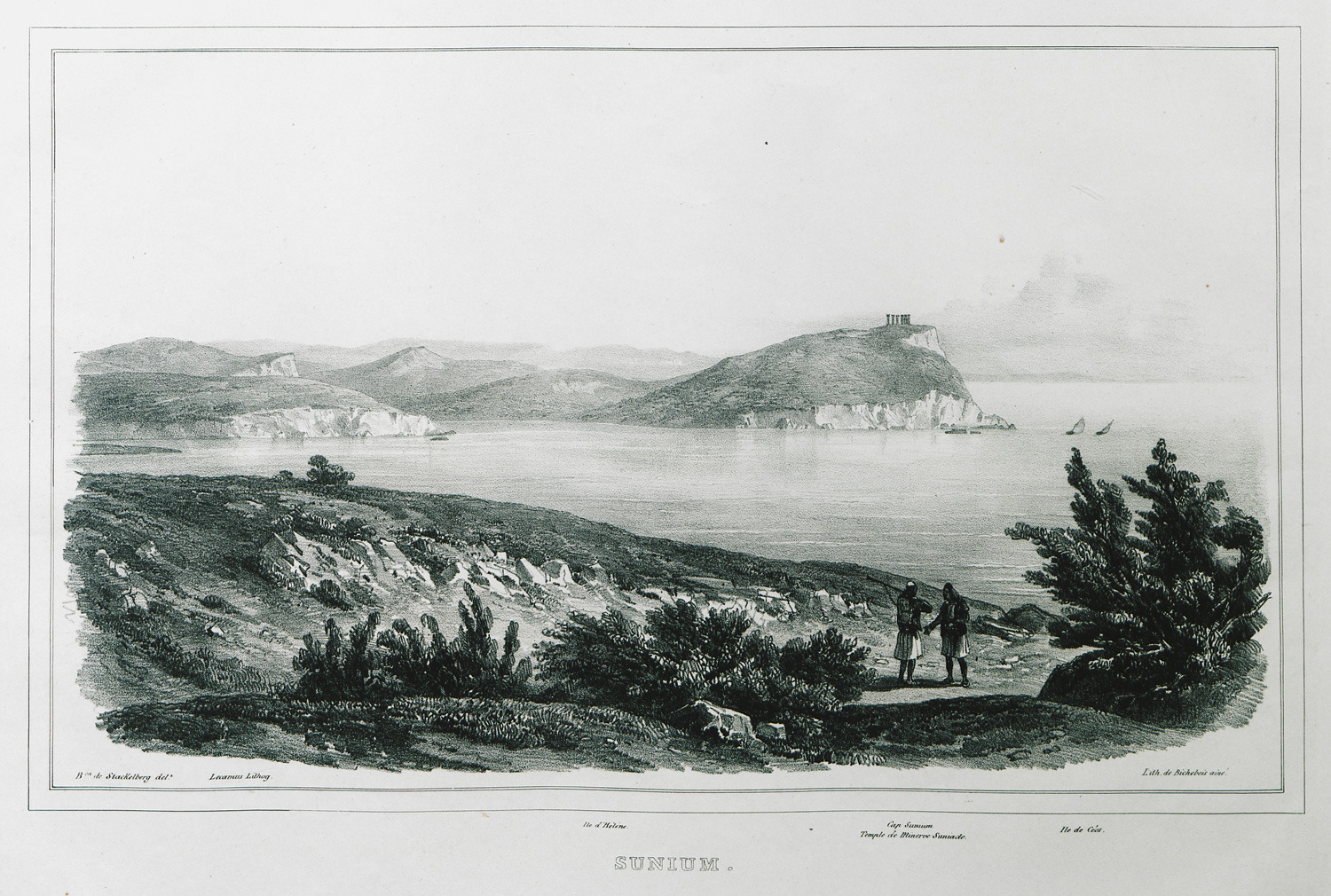
-
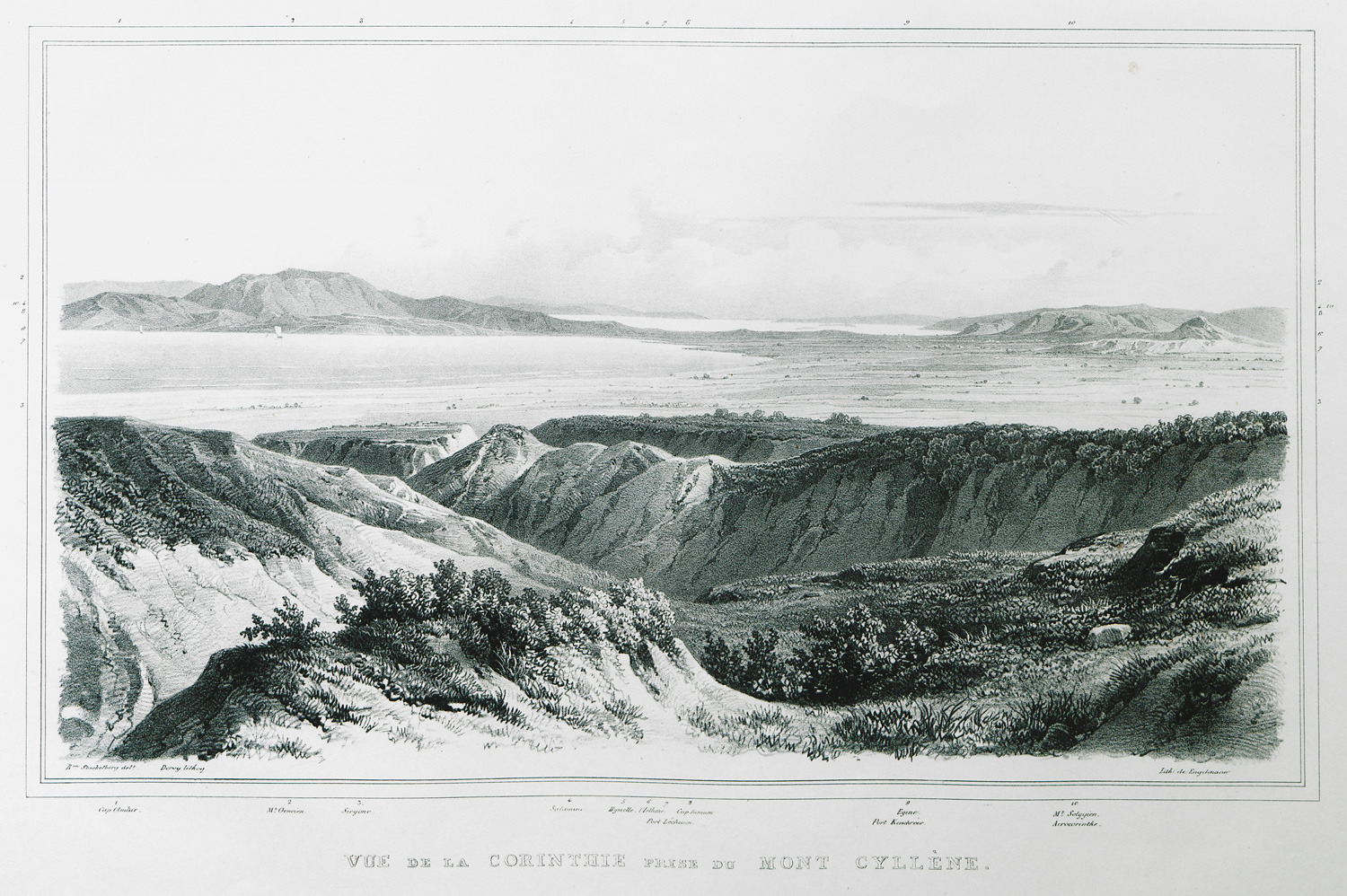
-
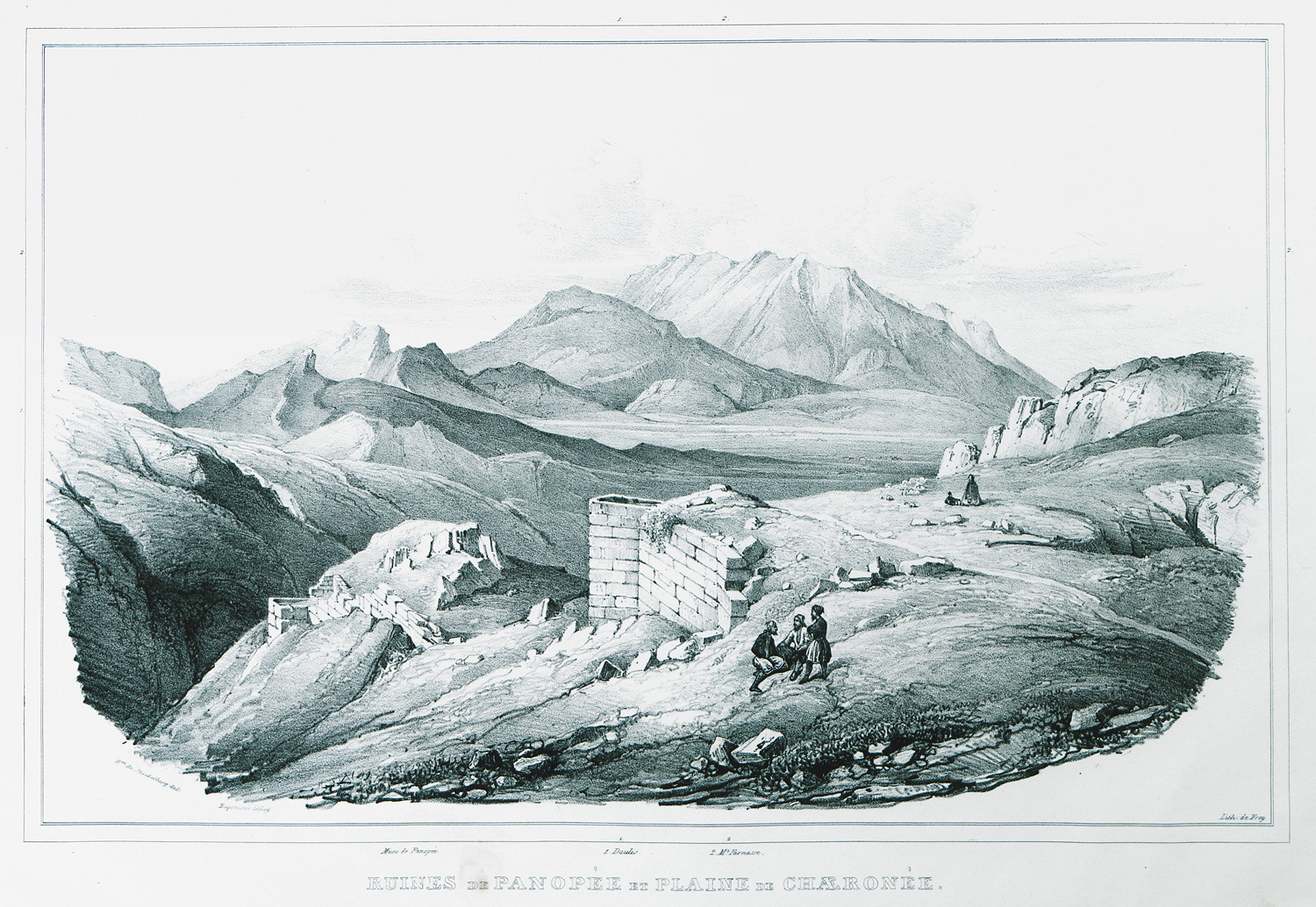
The ruins of the Acropolis of Panopeus and the valley of Chaeronea.
-
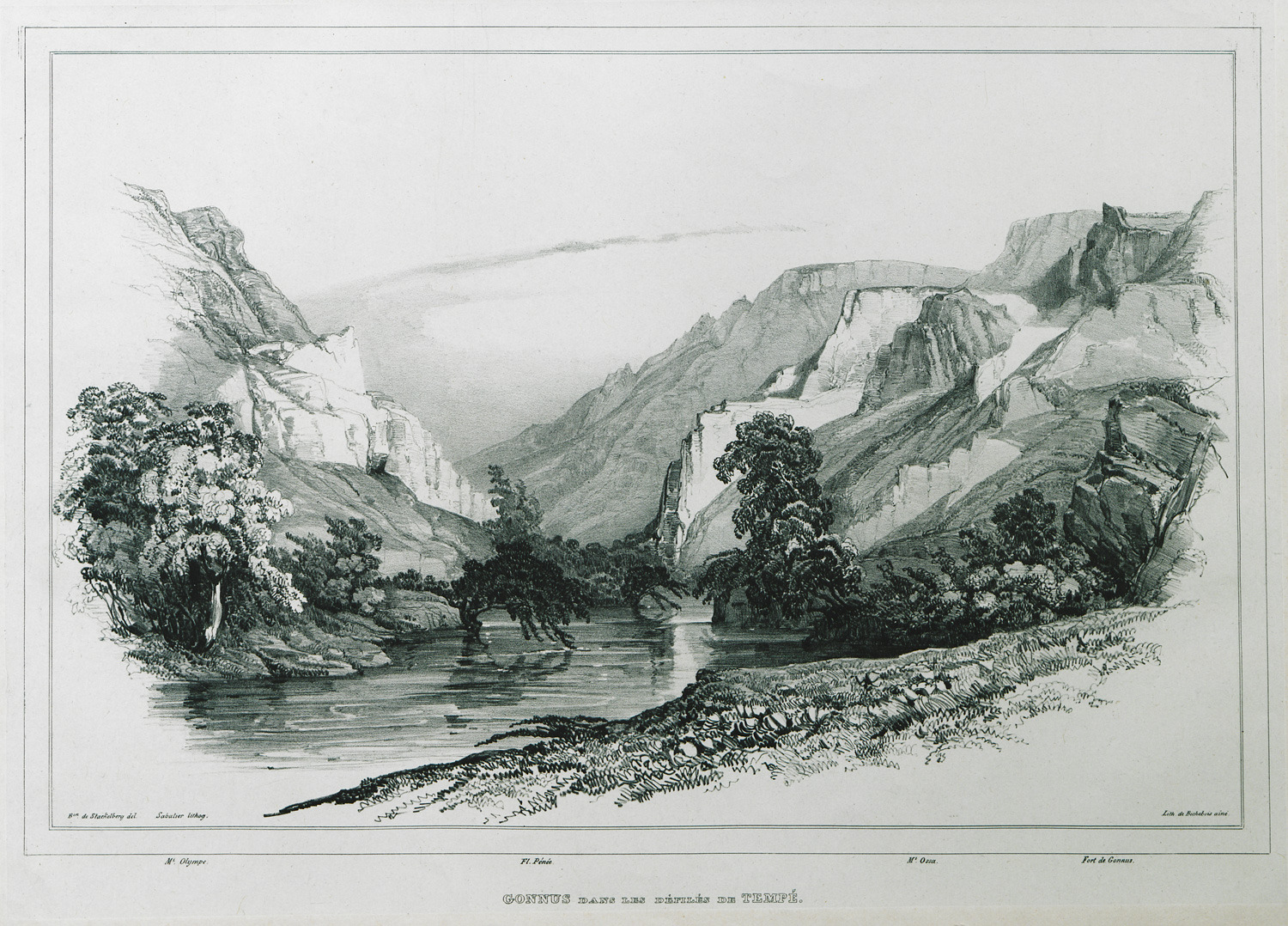
-
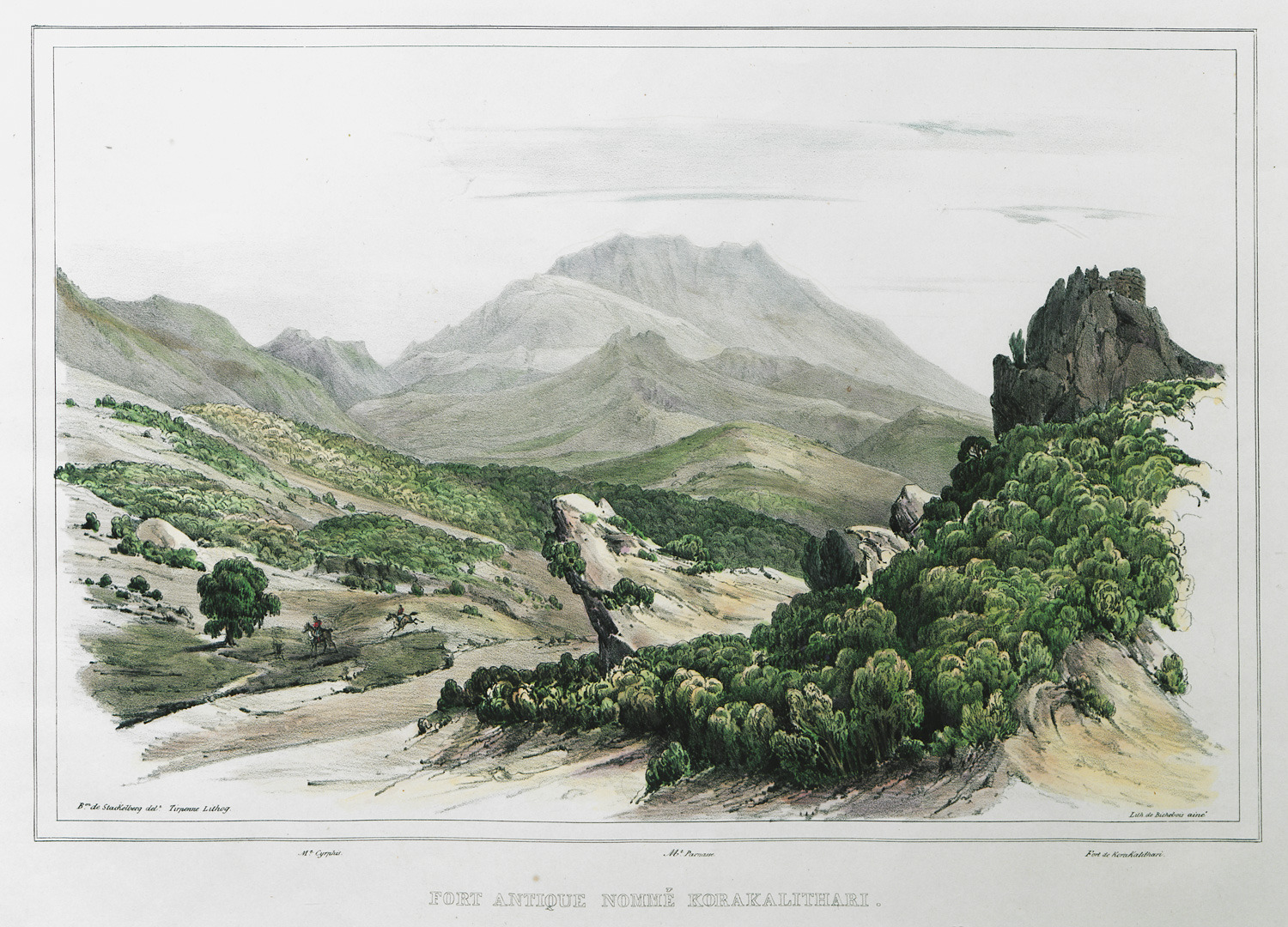
-
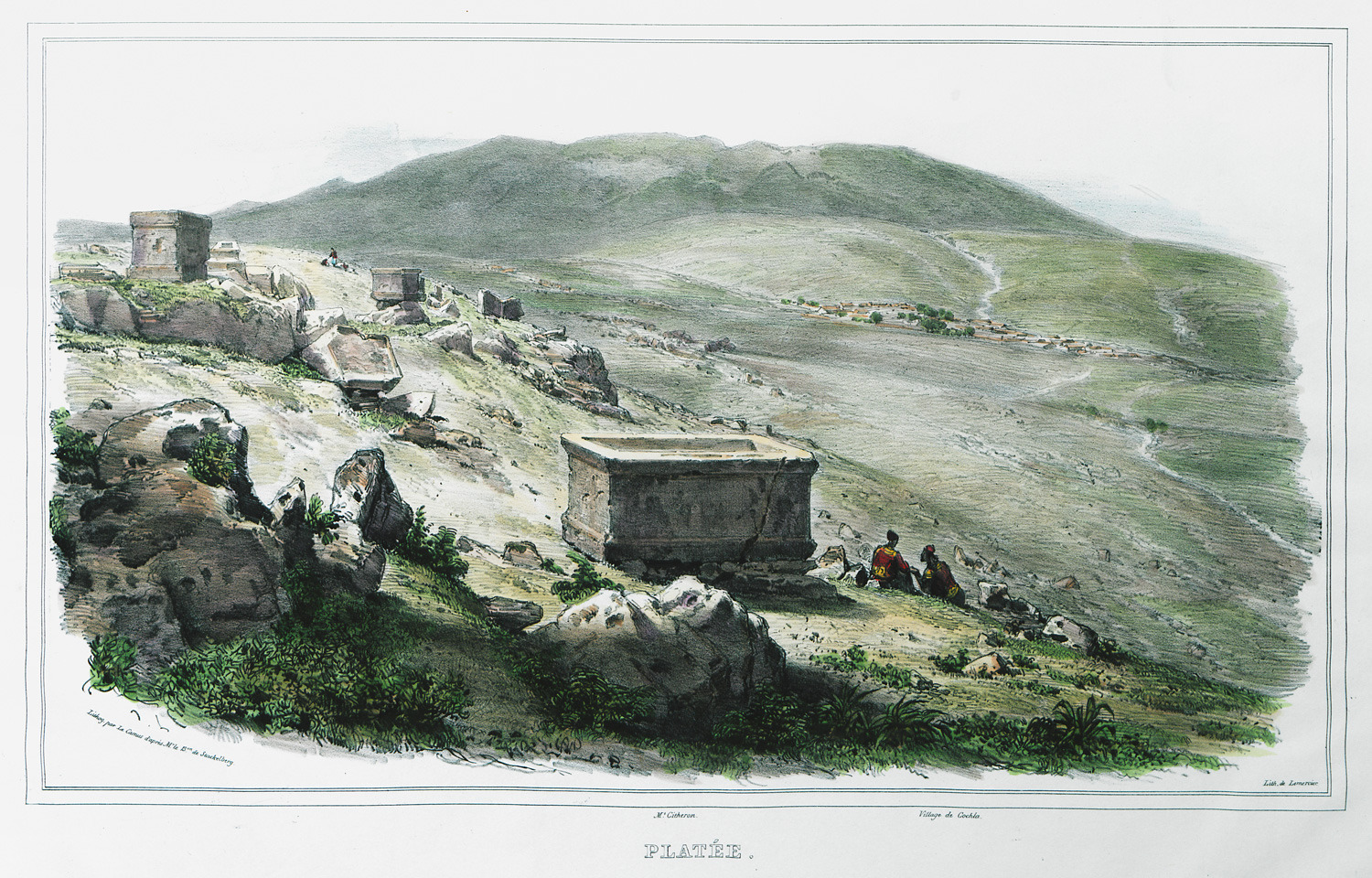
-
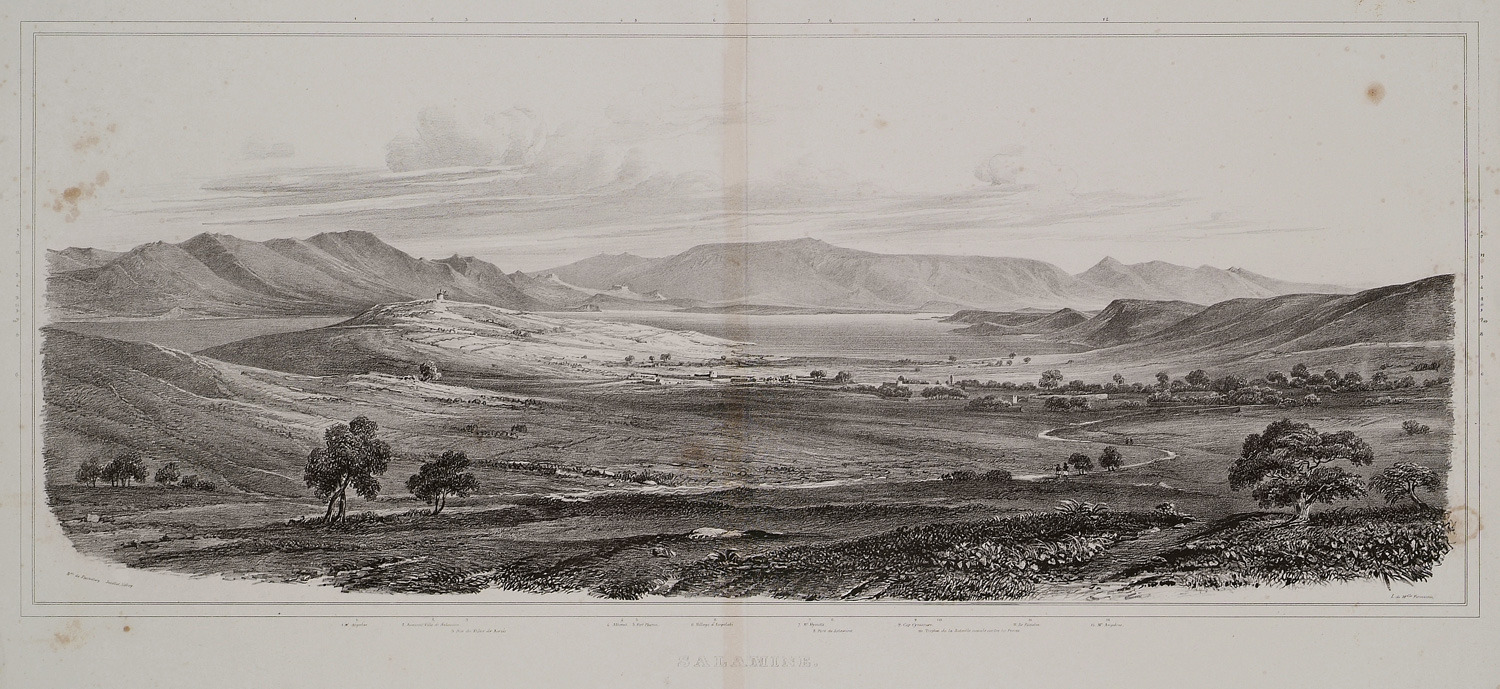
-
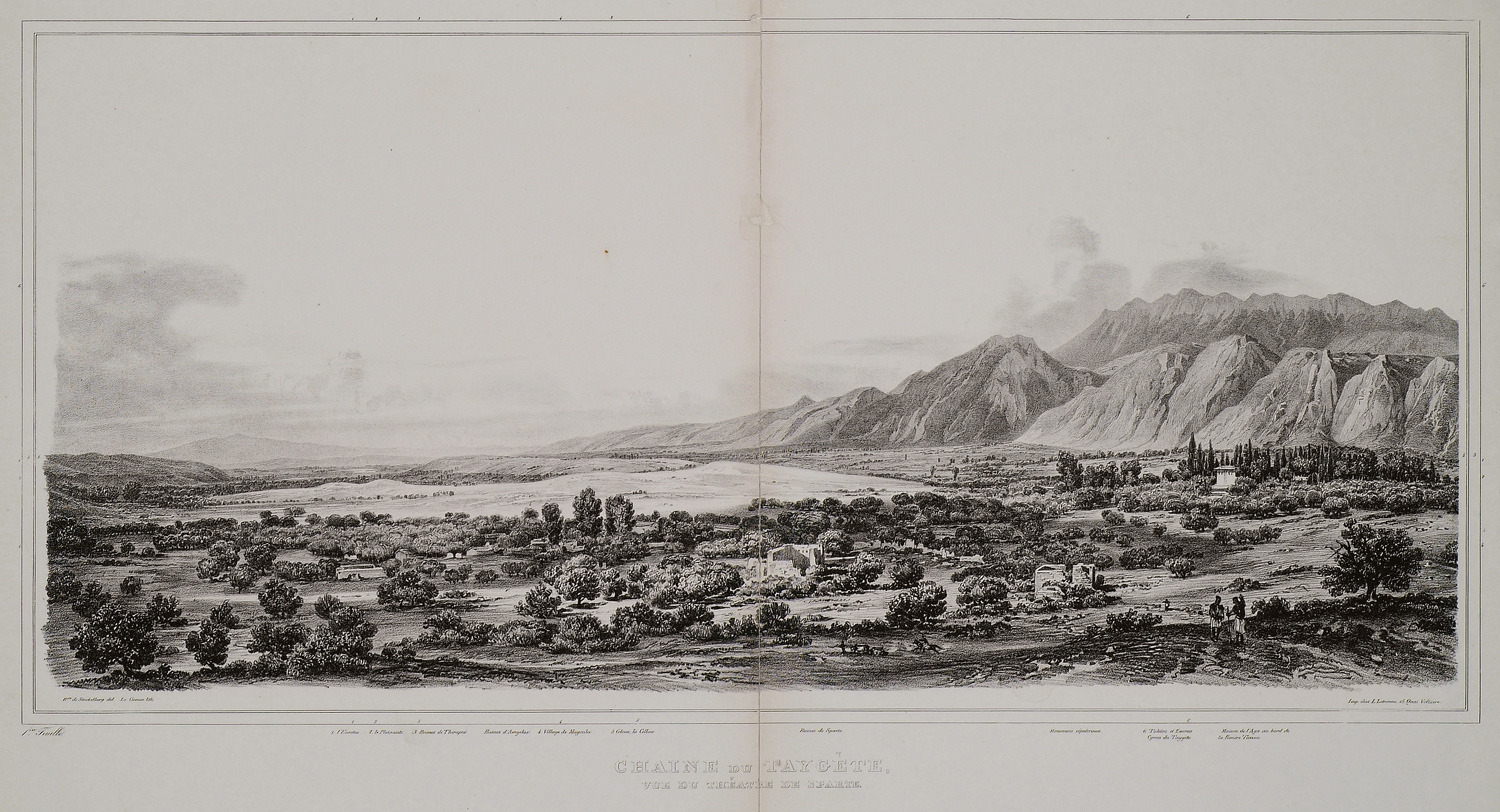
-
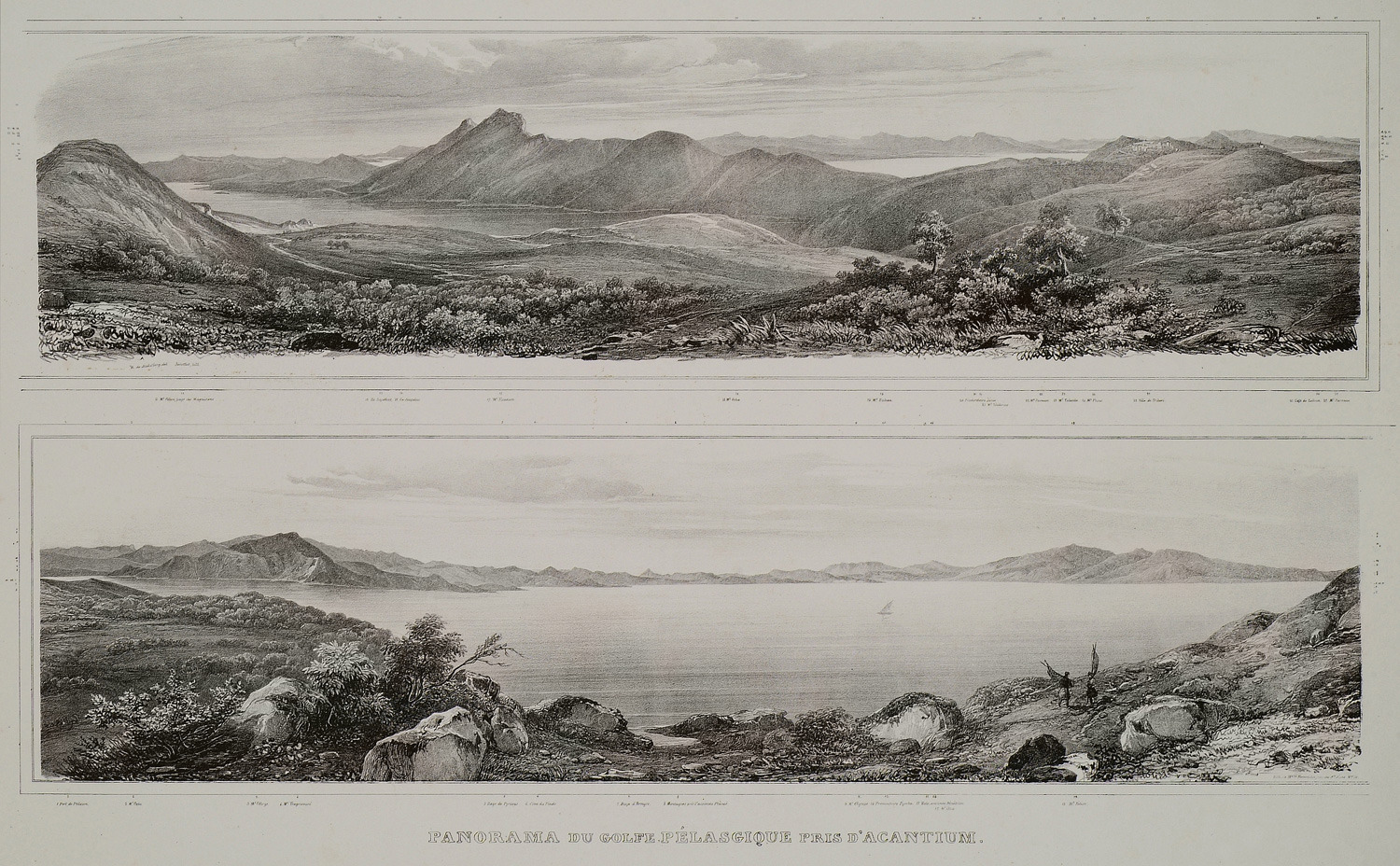
-
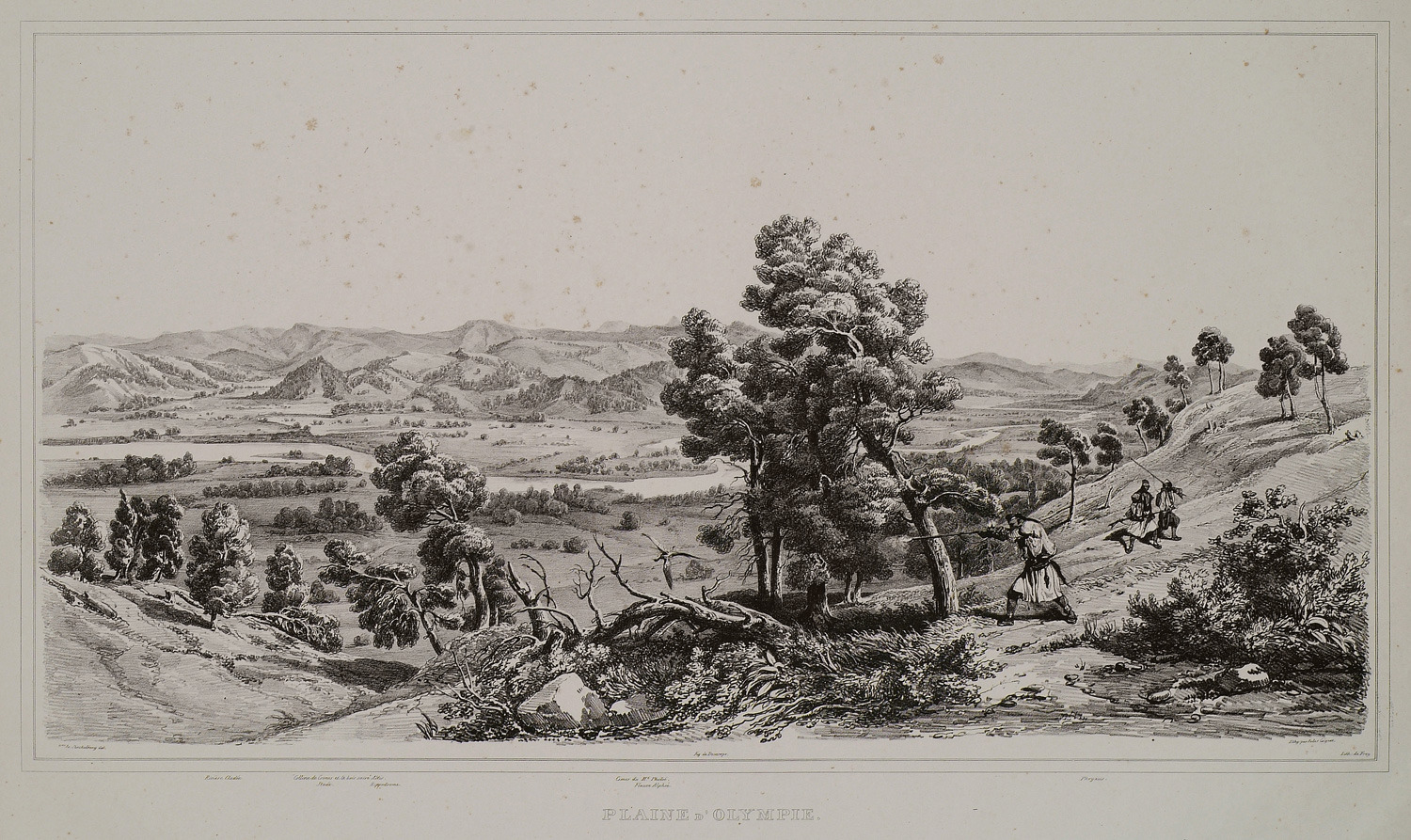
-
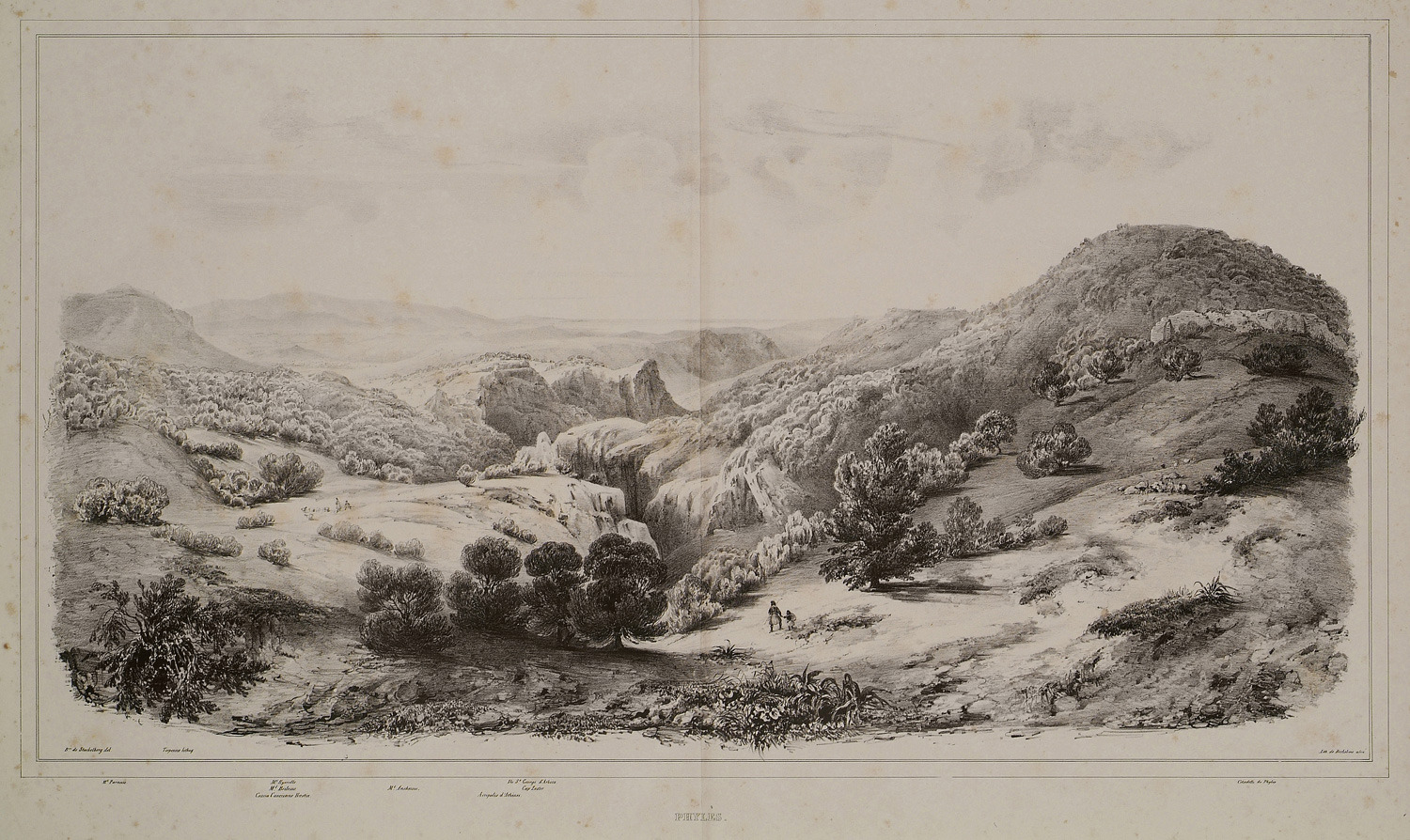
-
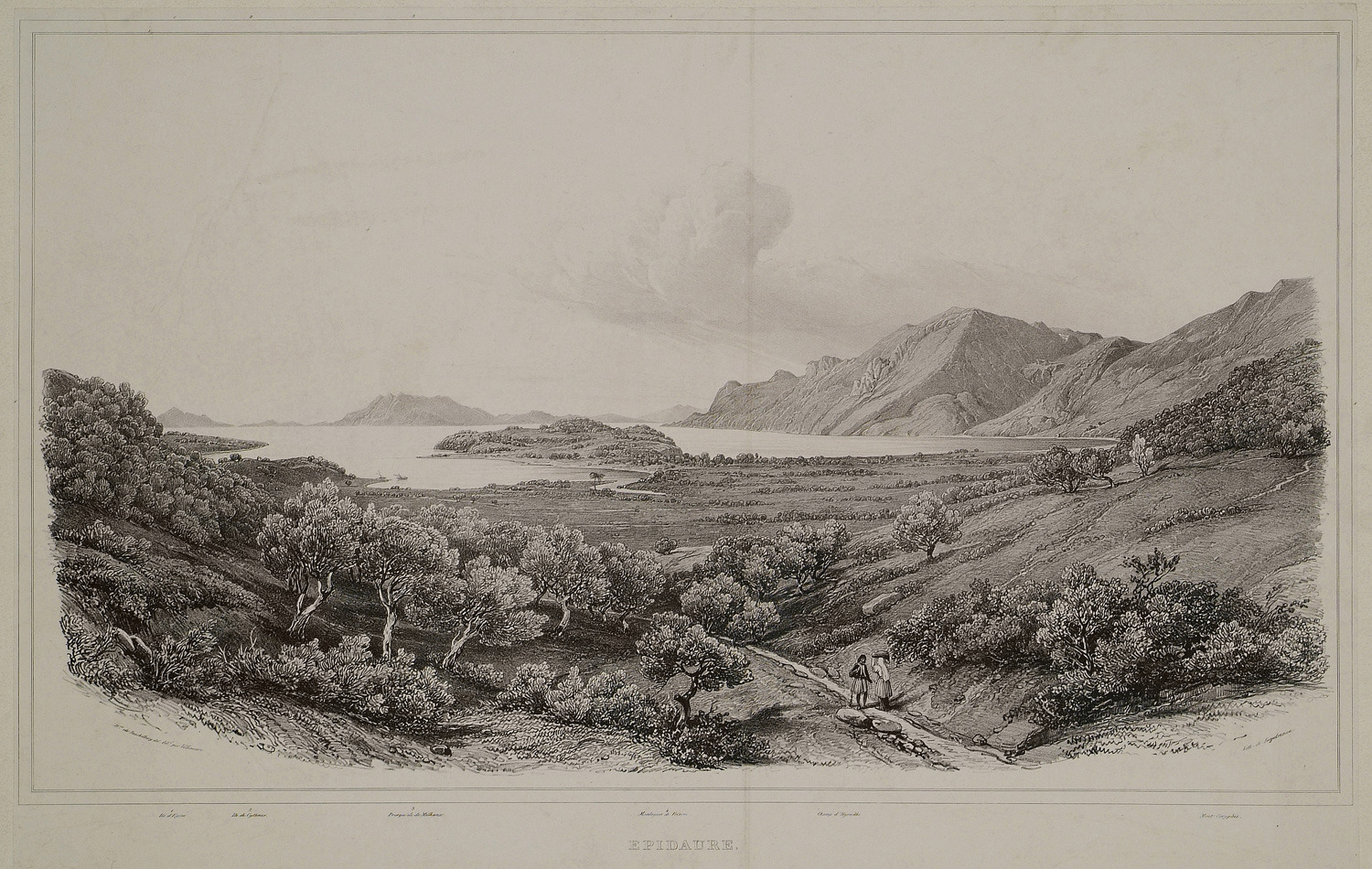
-
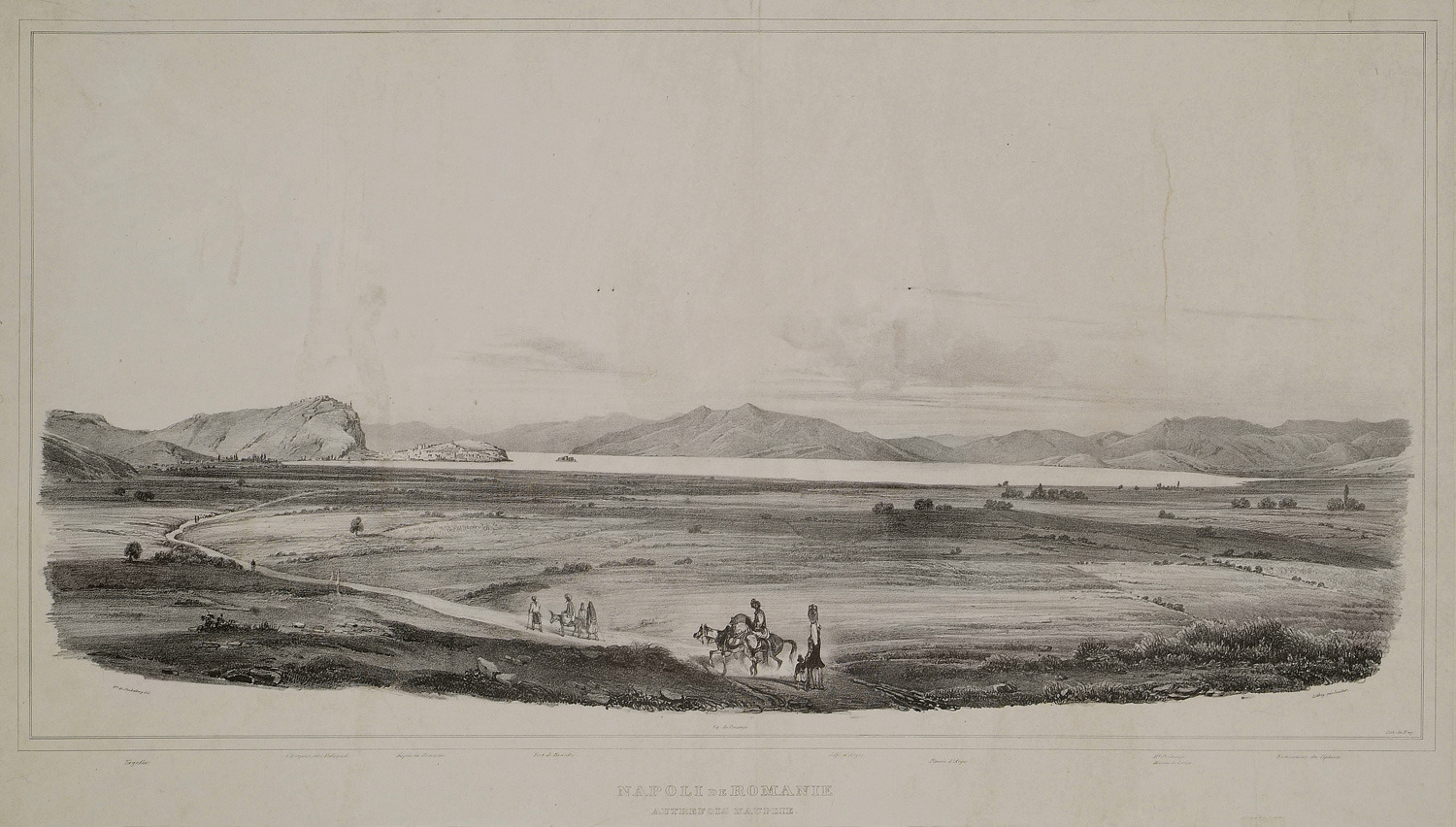
Landscape in Argolis. In the background the city of Nafplio.
-
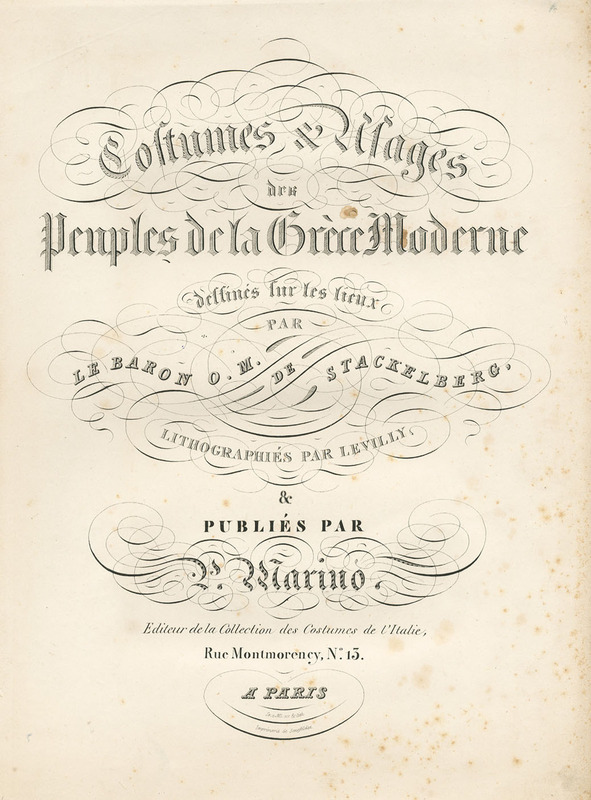
-
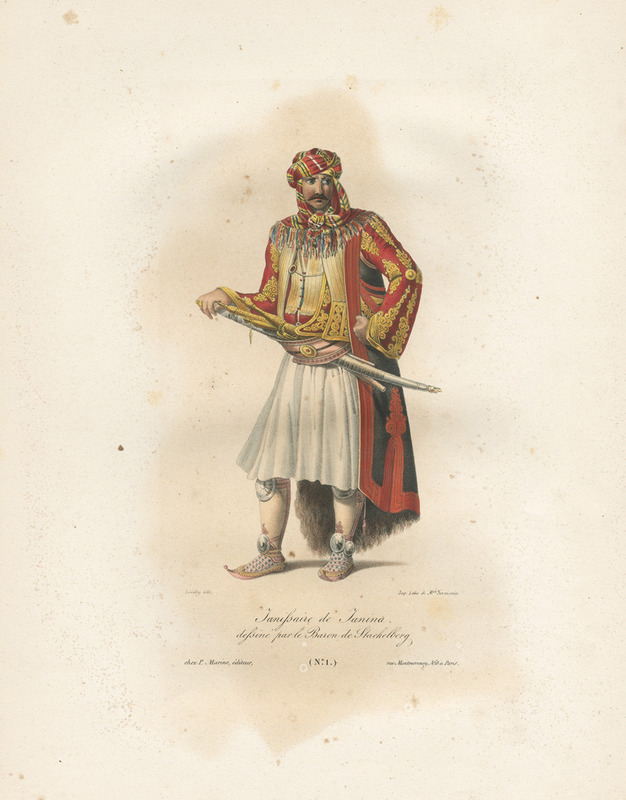
-
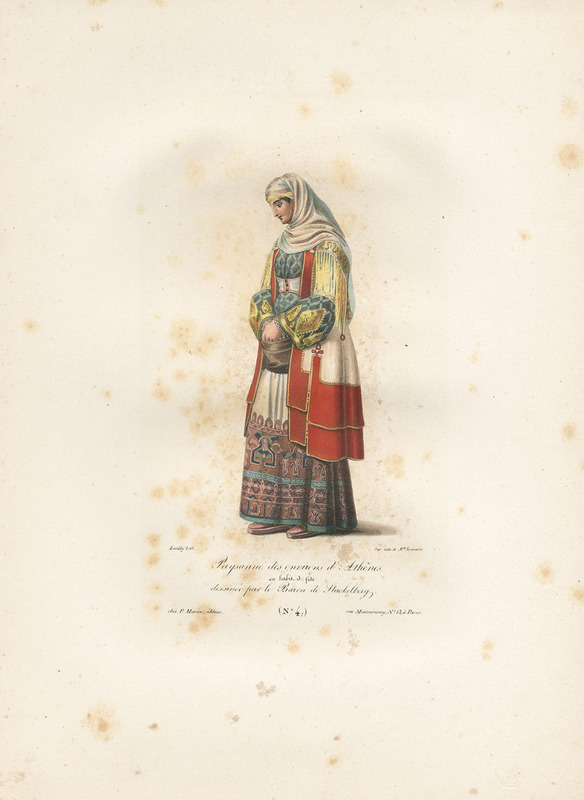
Peasant woman from the outskirts of Athens in festive costume.
-
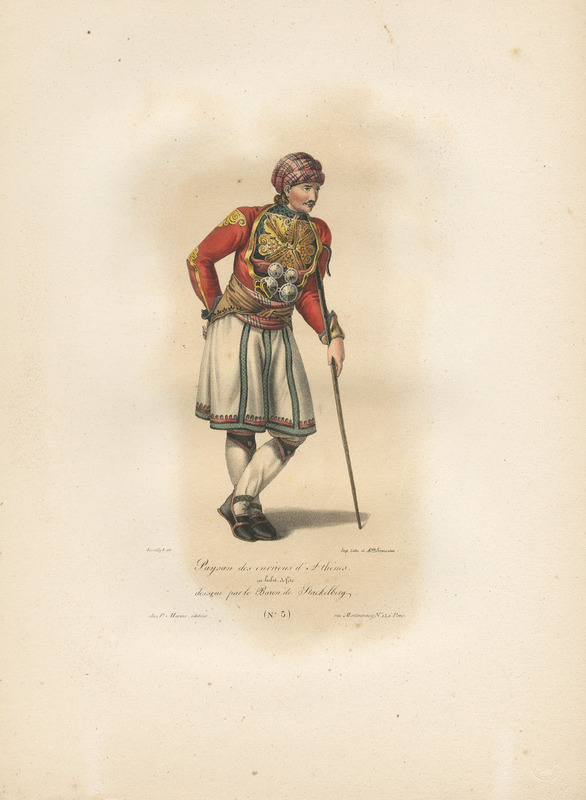
Peasant woman from the outskirts of Athens in festive costume.
-
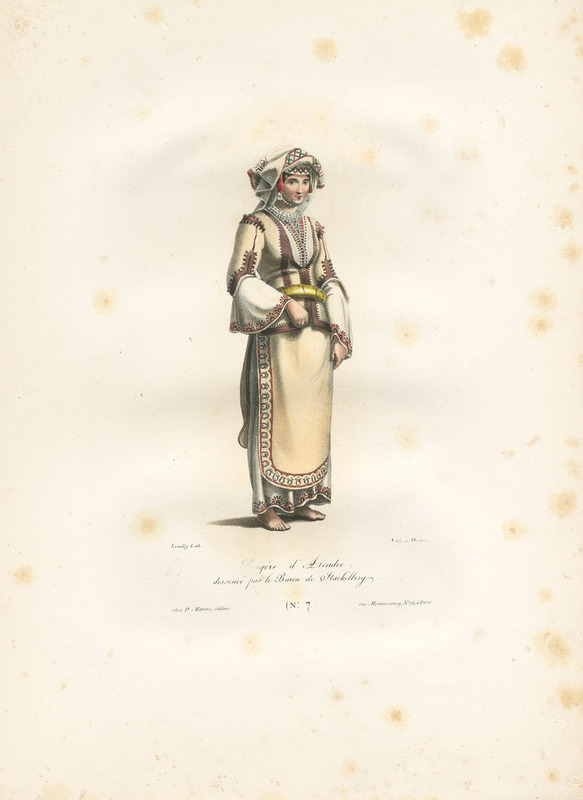
-
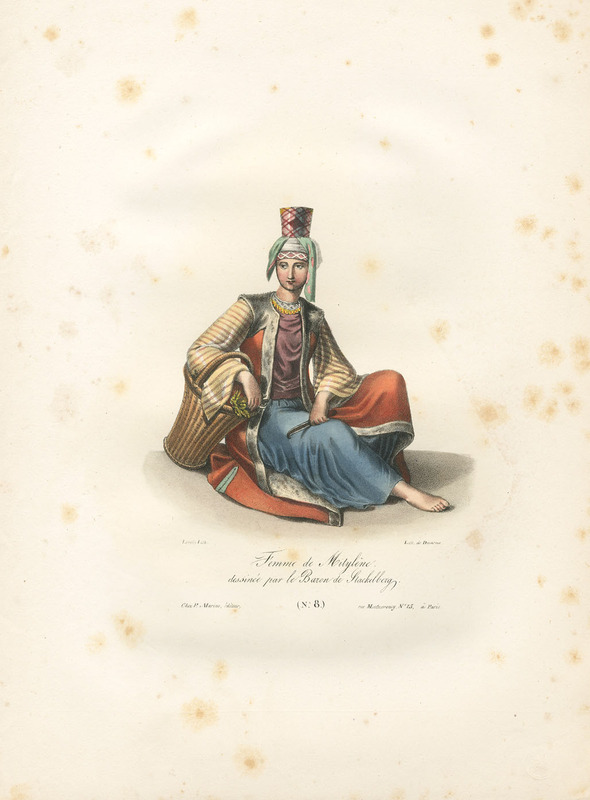
-
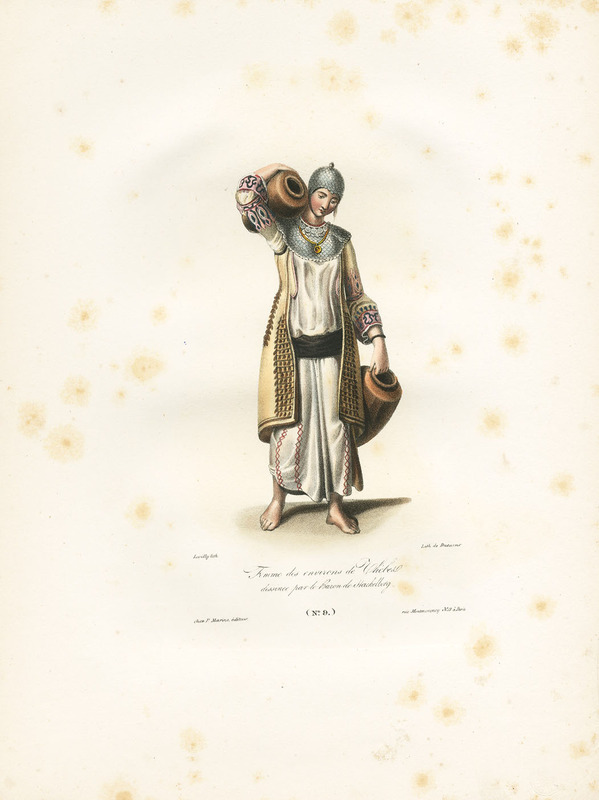
-
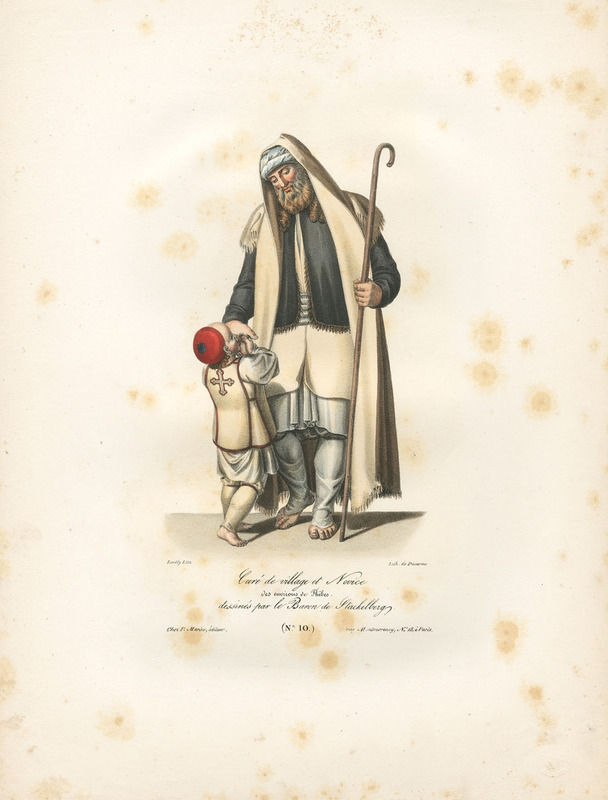
Village priest and child assistant to the priest from the ouskirts of Thebes.
-
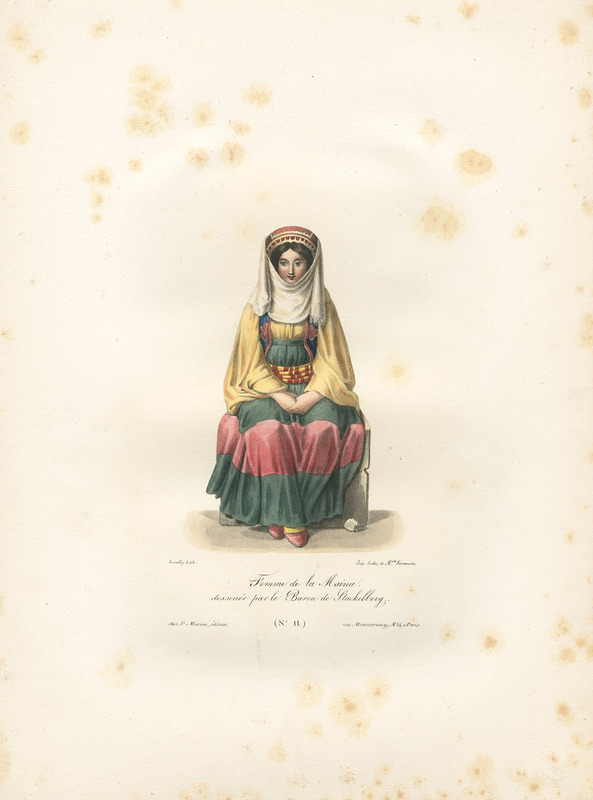
-
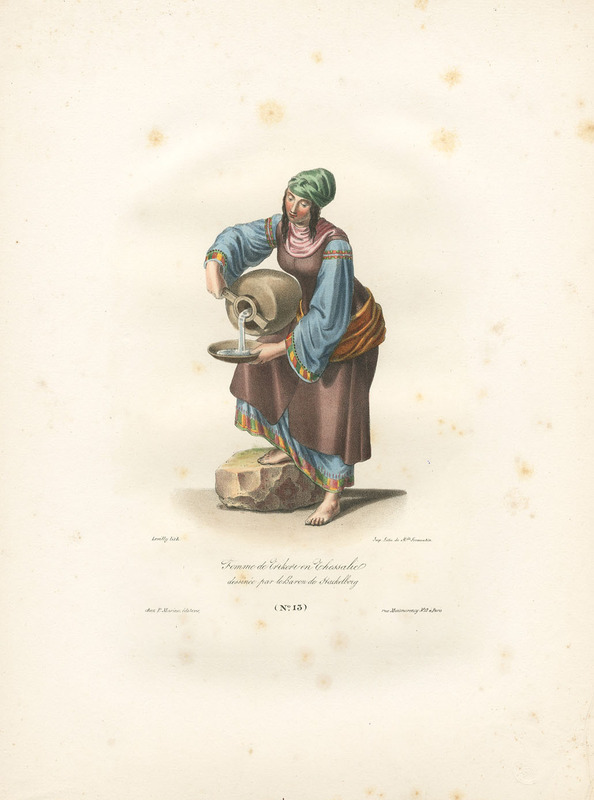
-
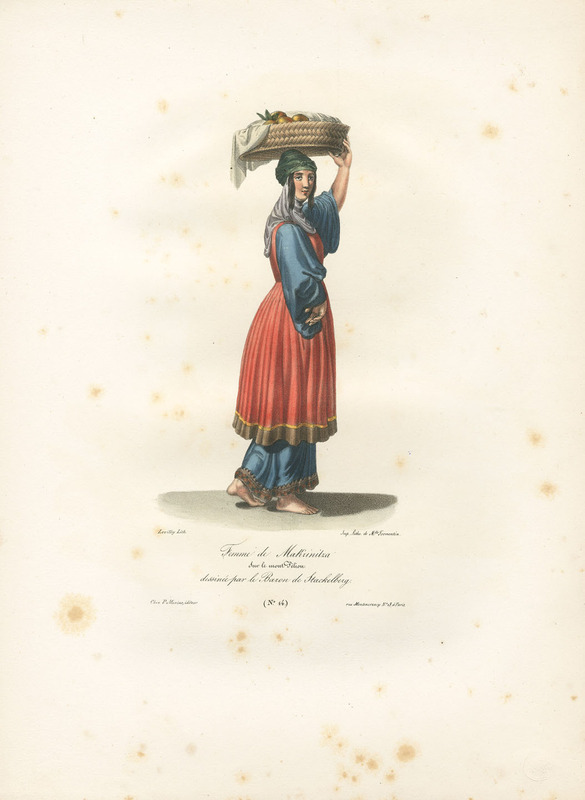
-
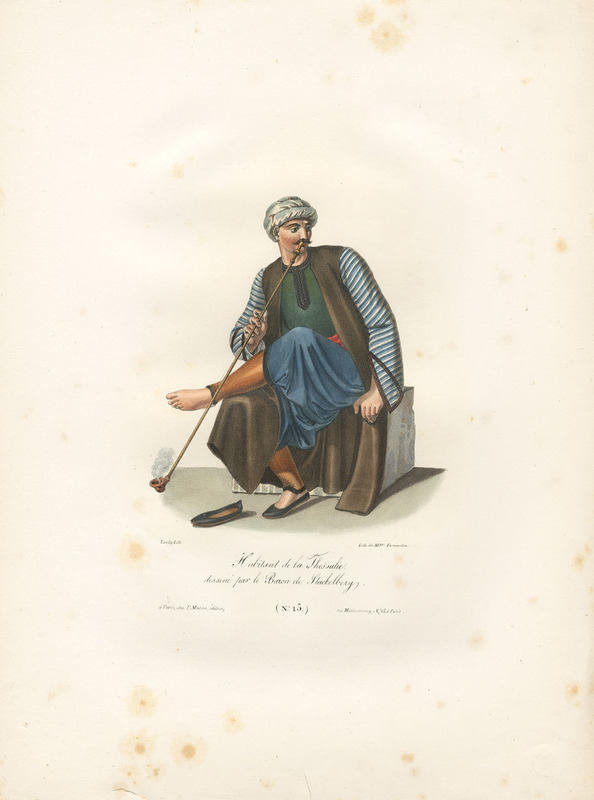
-
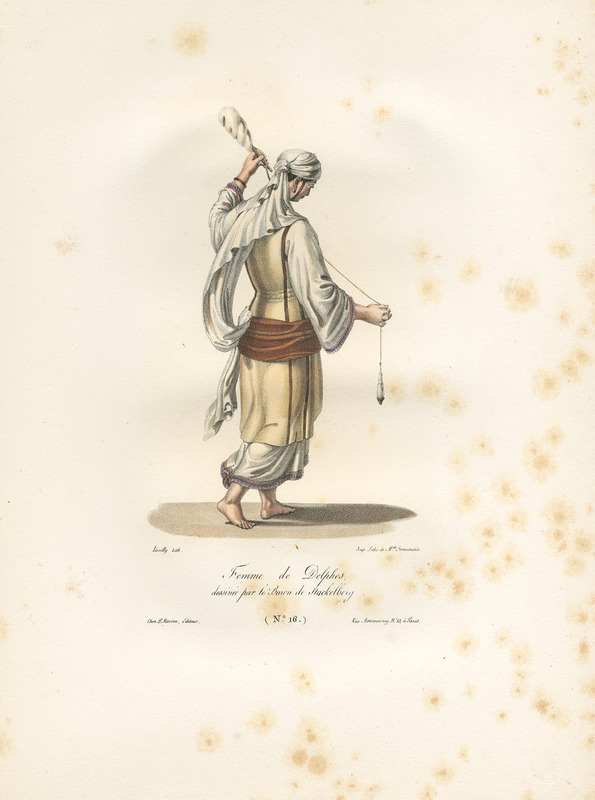
-
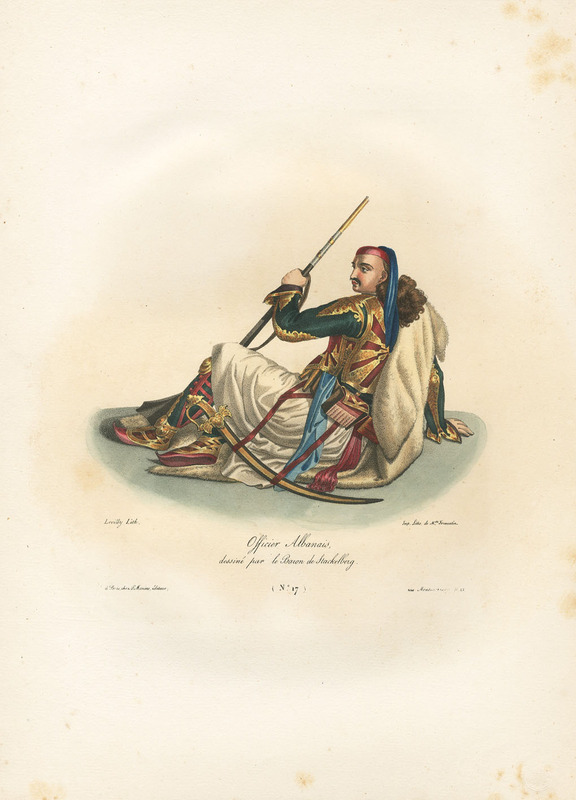
-
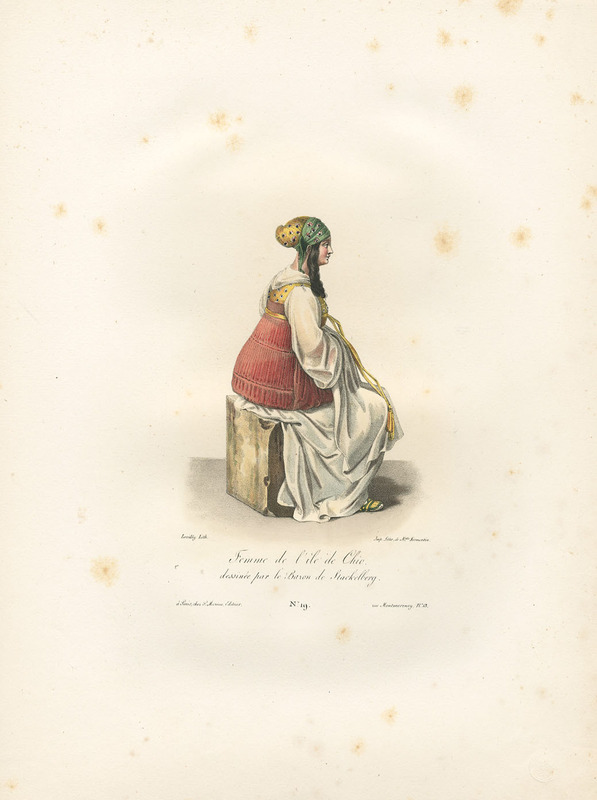
-
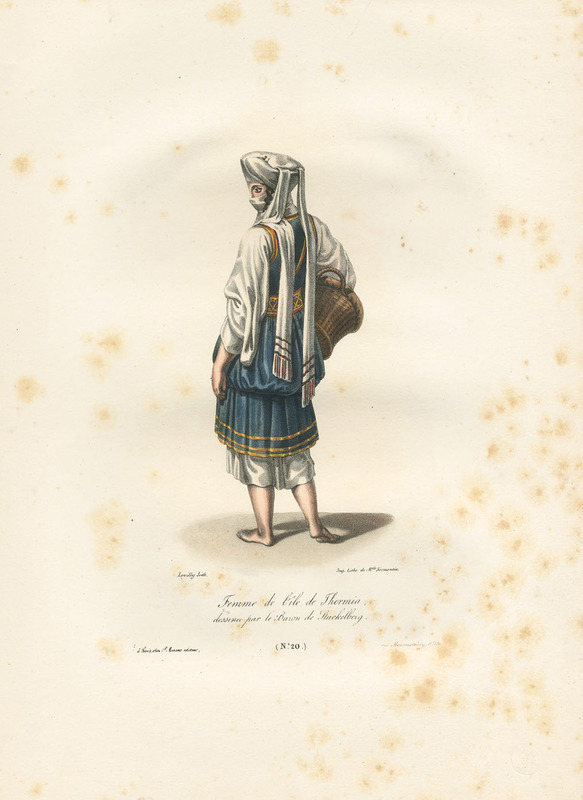
-
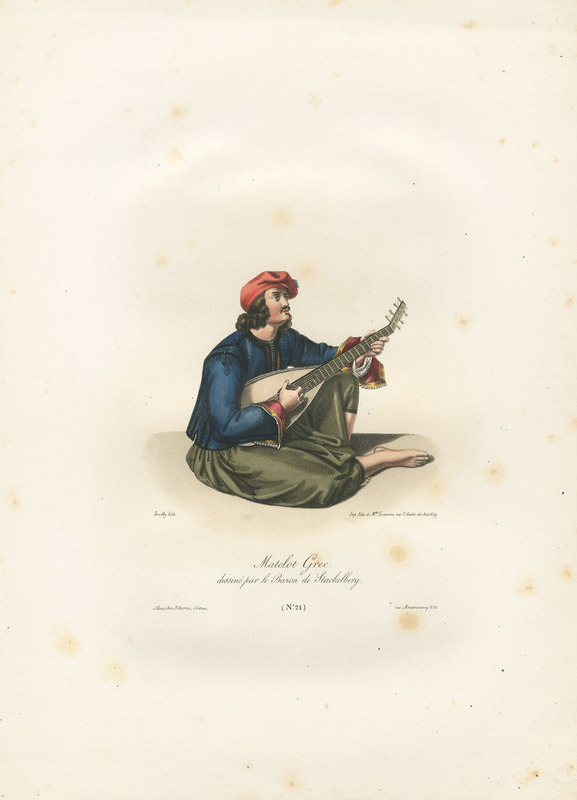
-
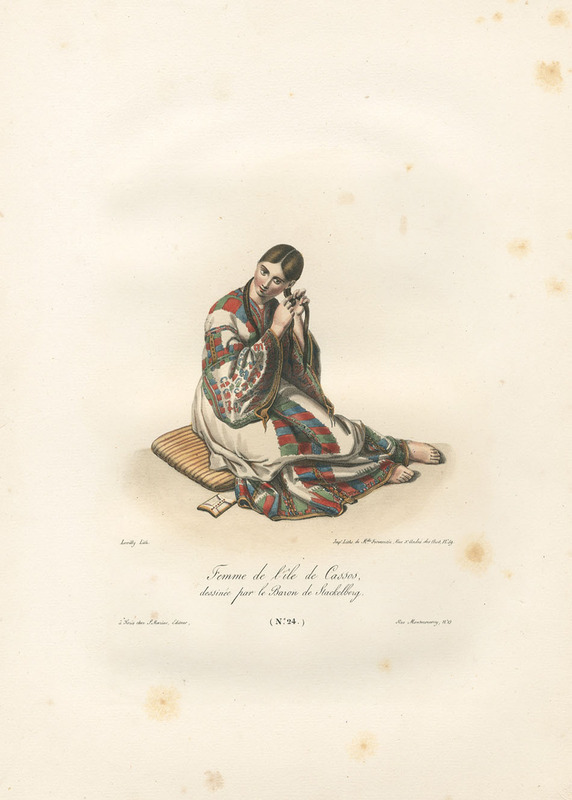
-
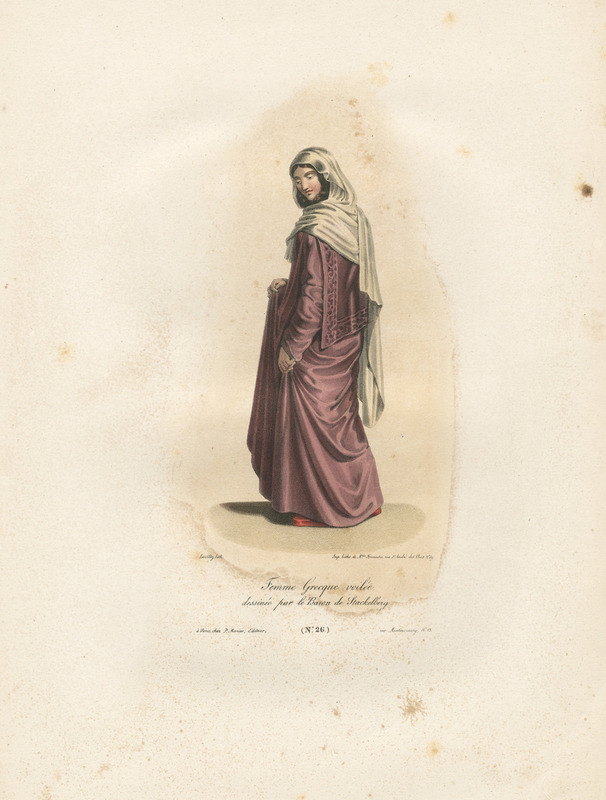
-
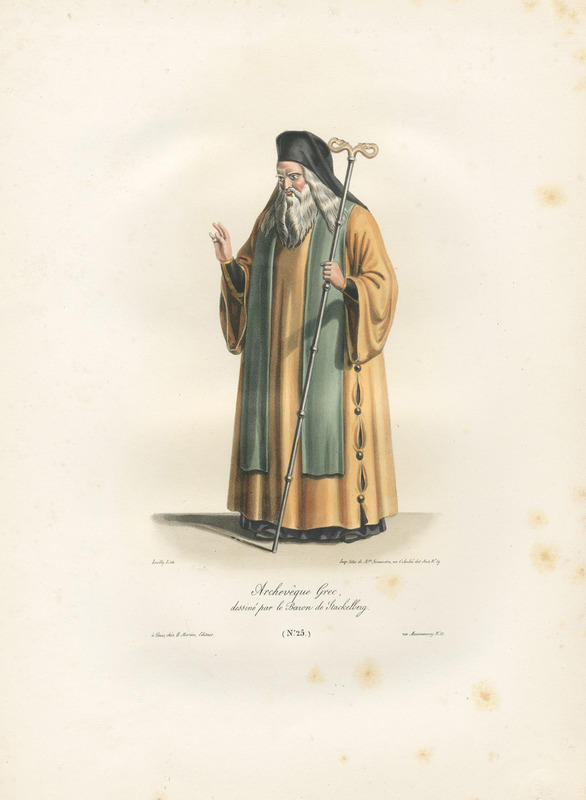
-
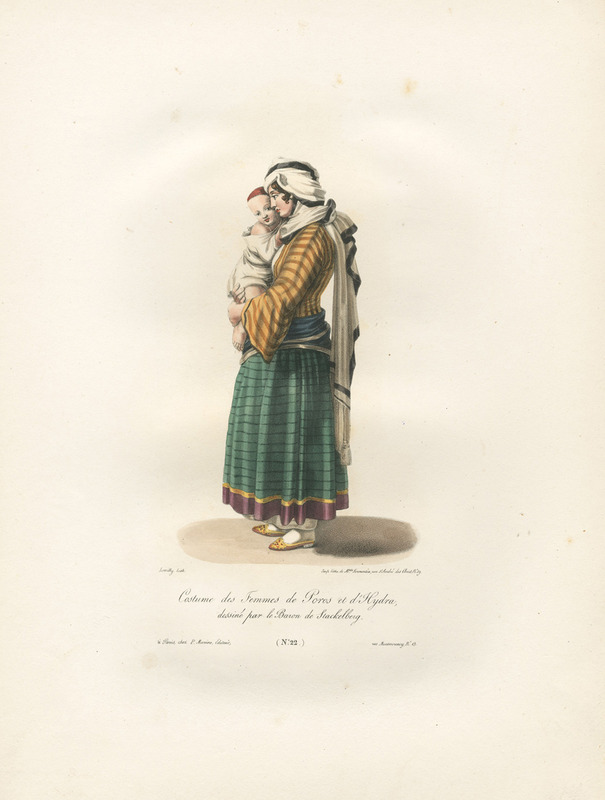
-
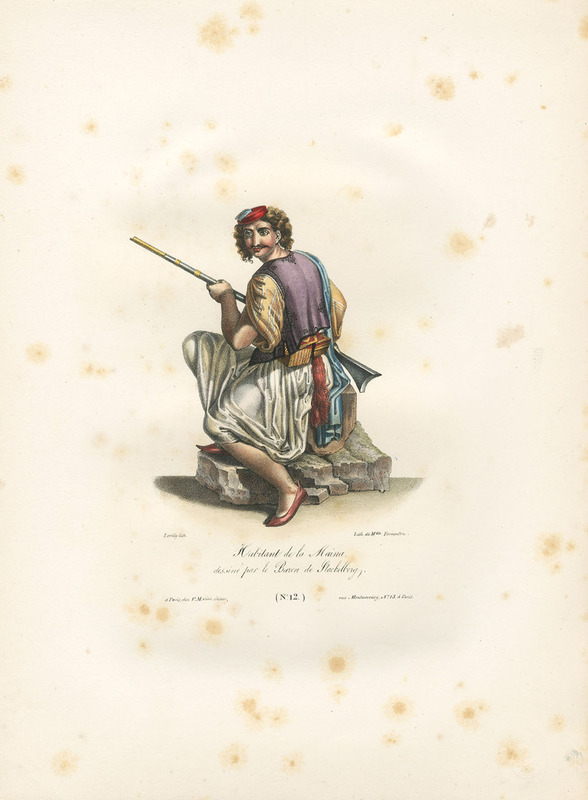
-
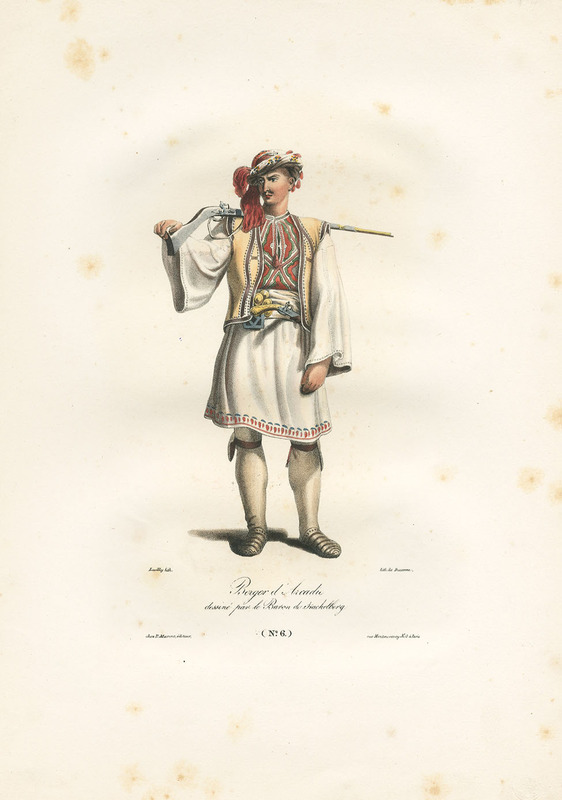
-
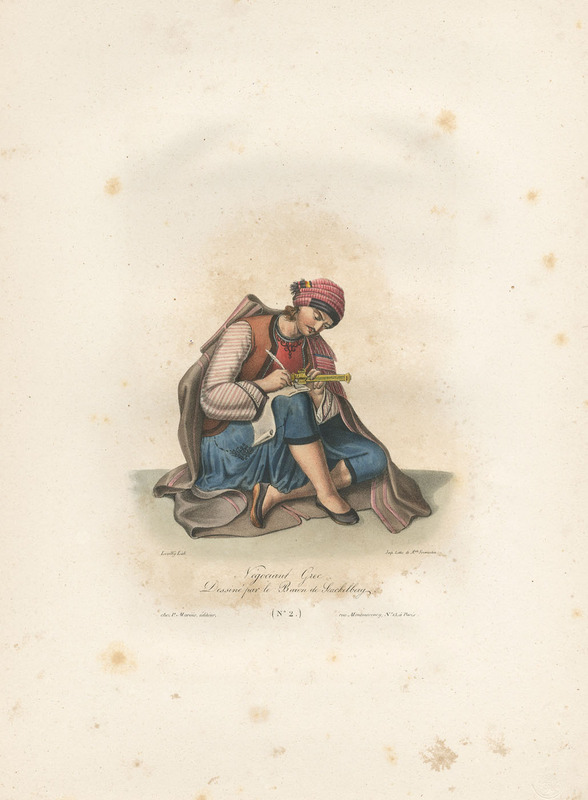
-
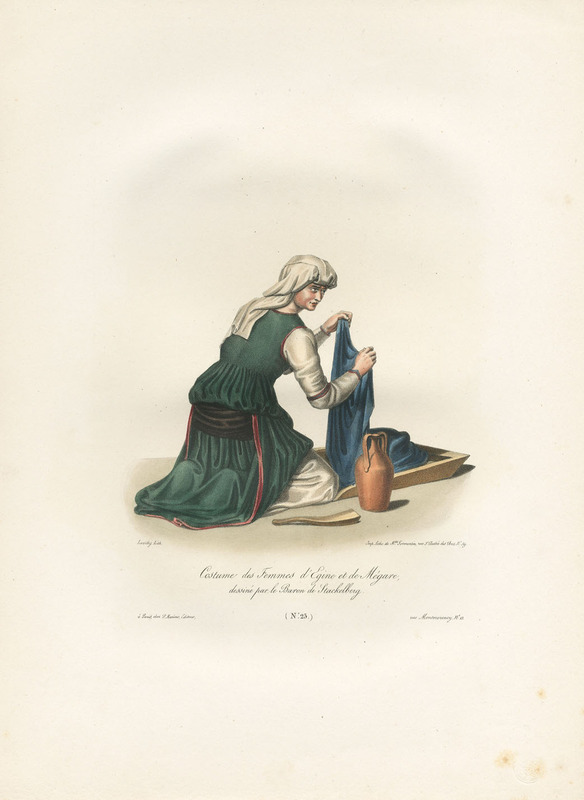
-
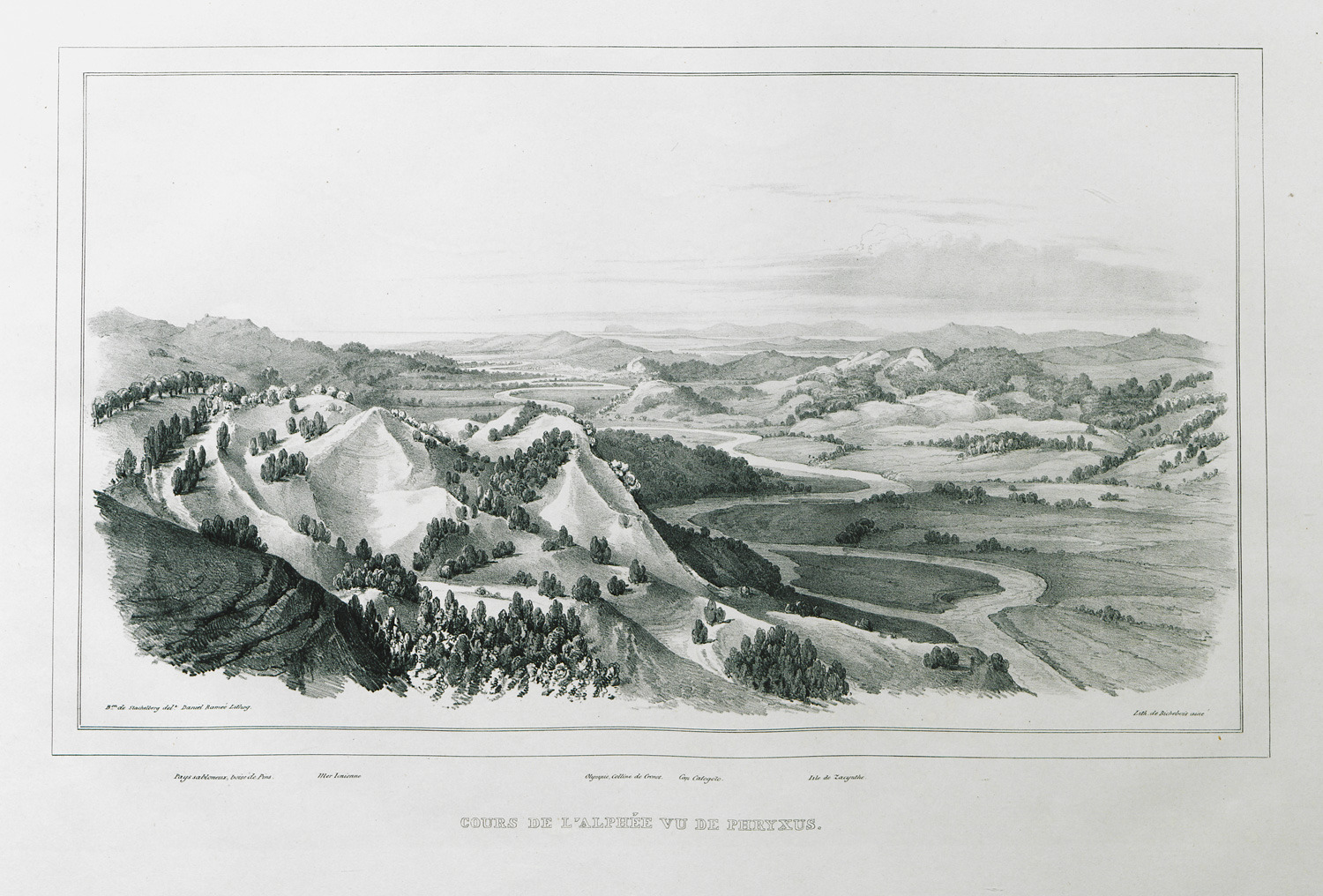
-
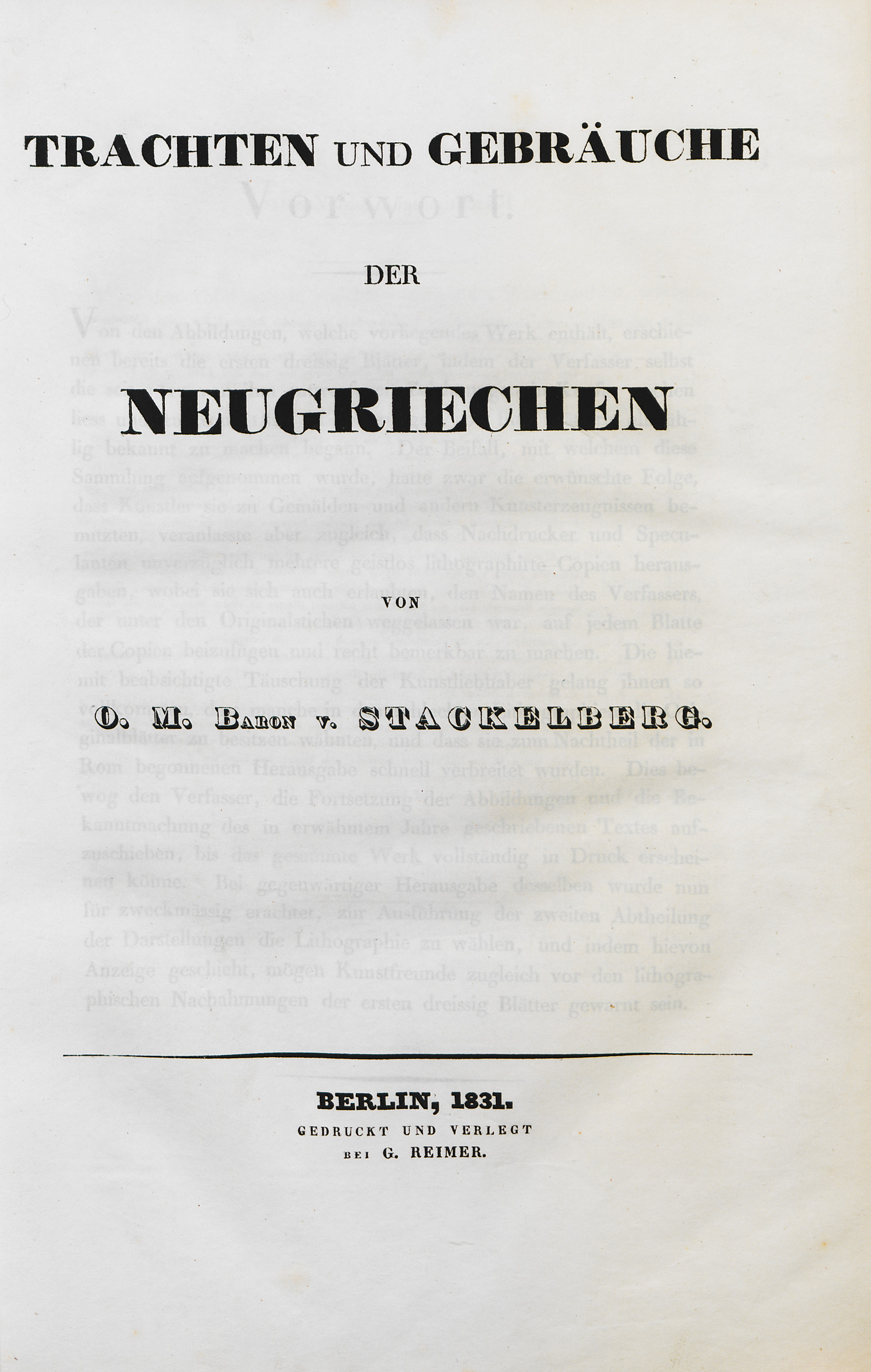
-
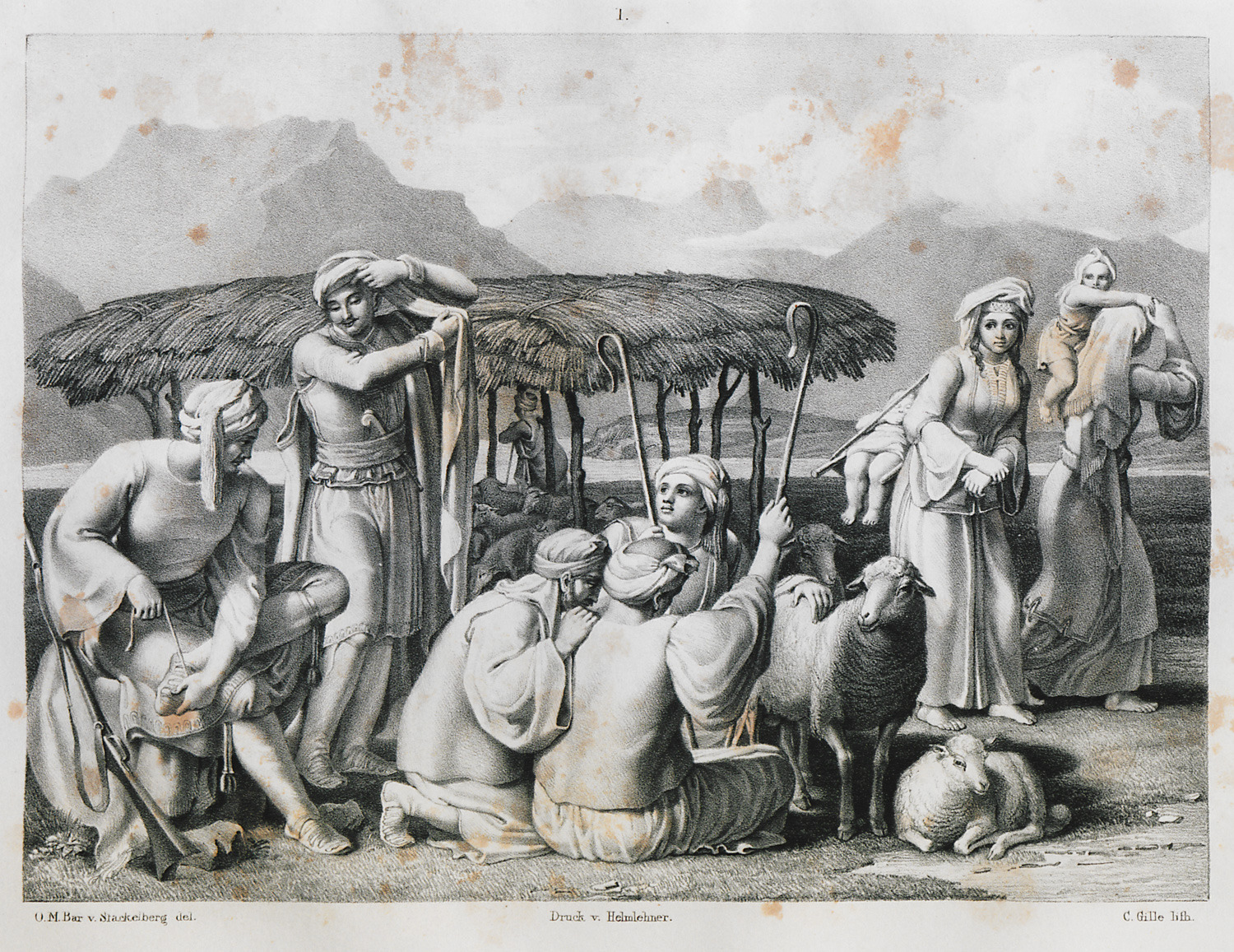
-
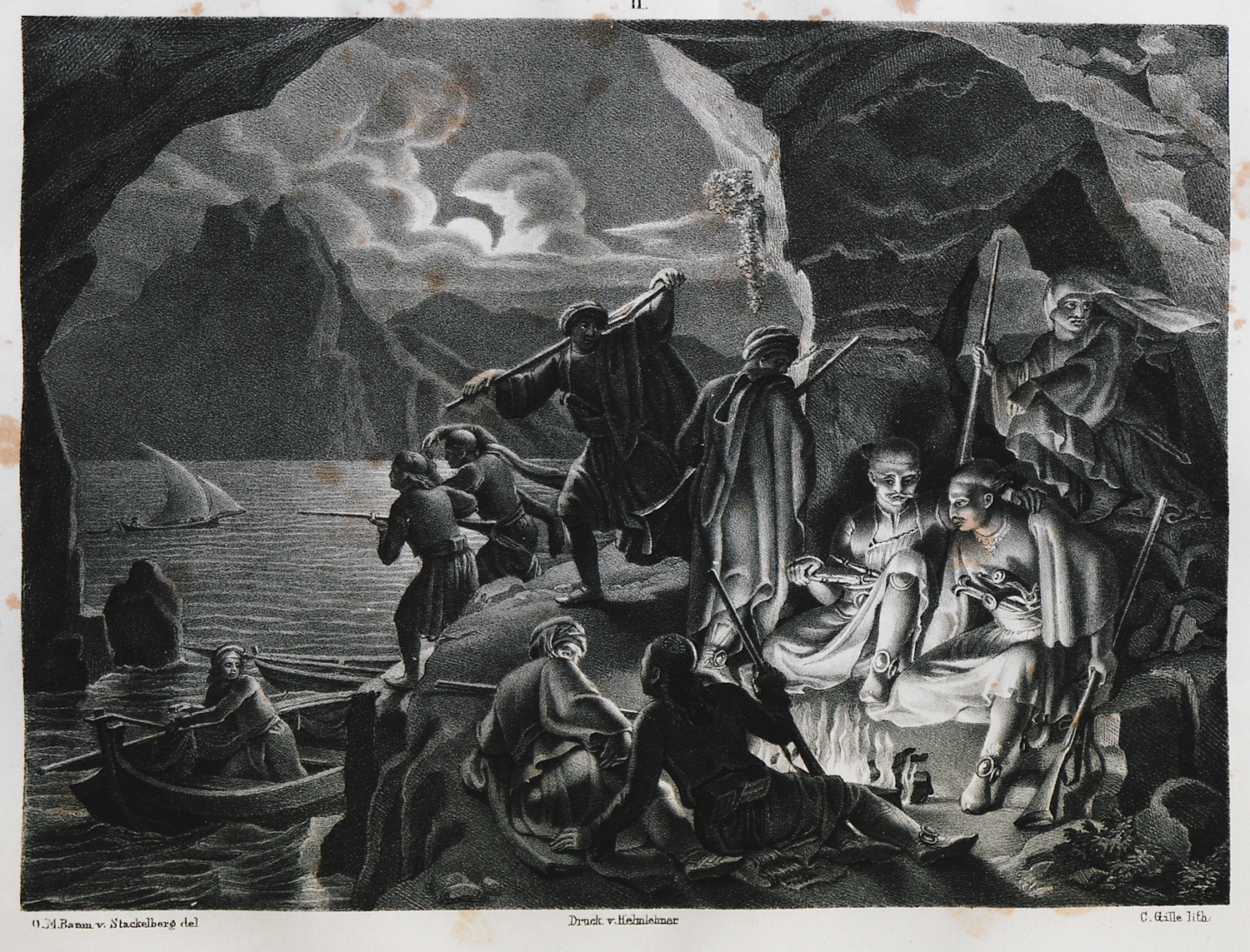
-
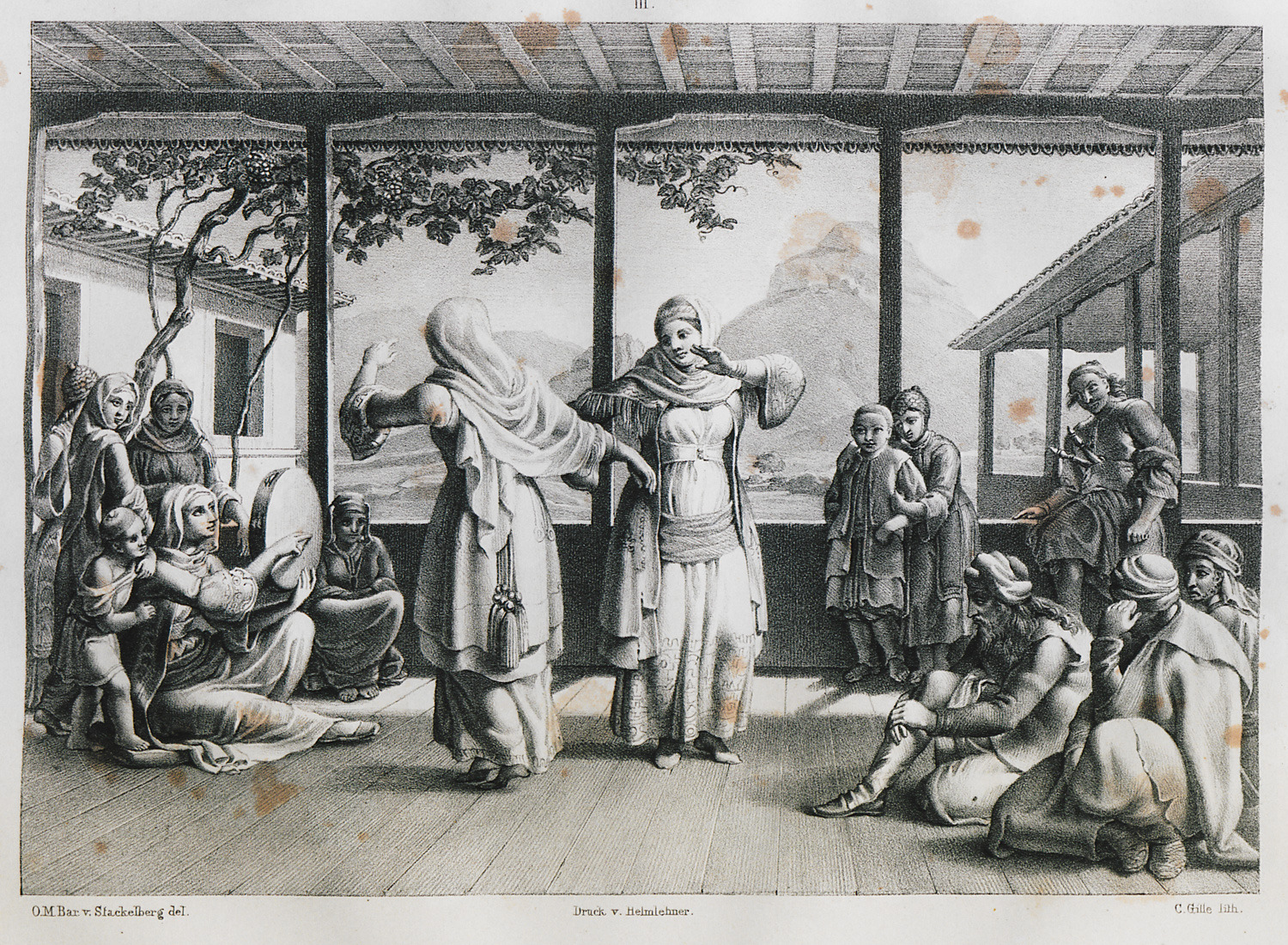
-
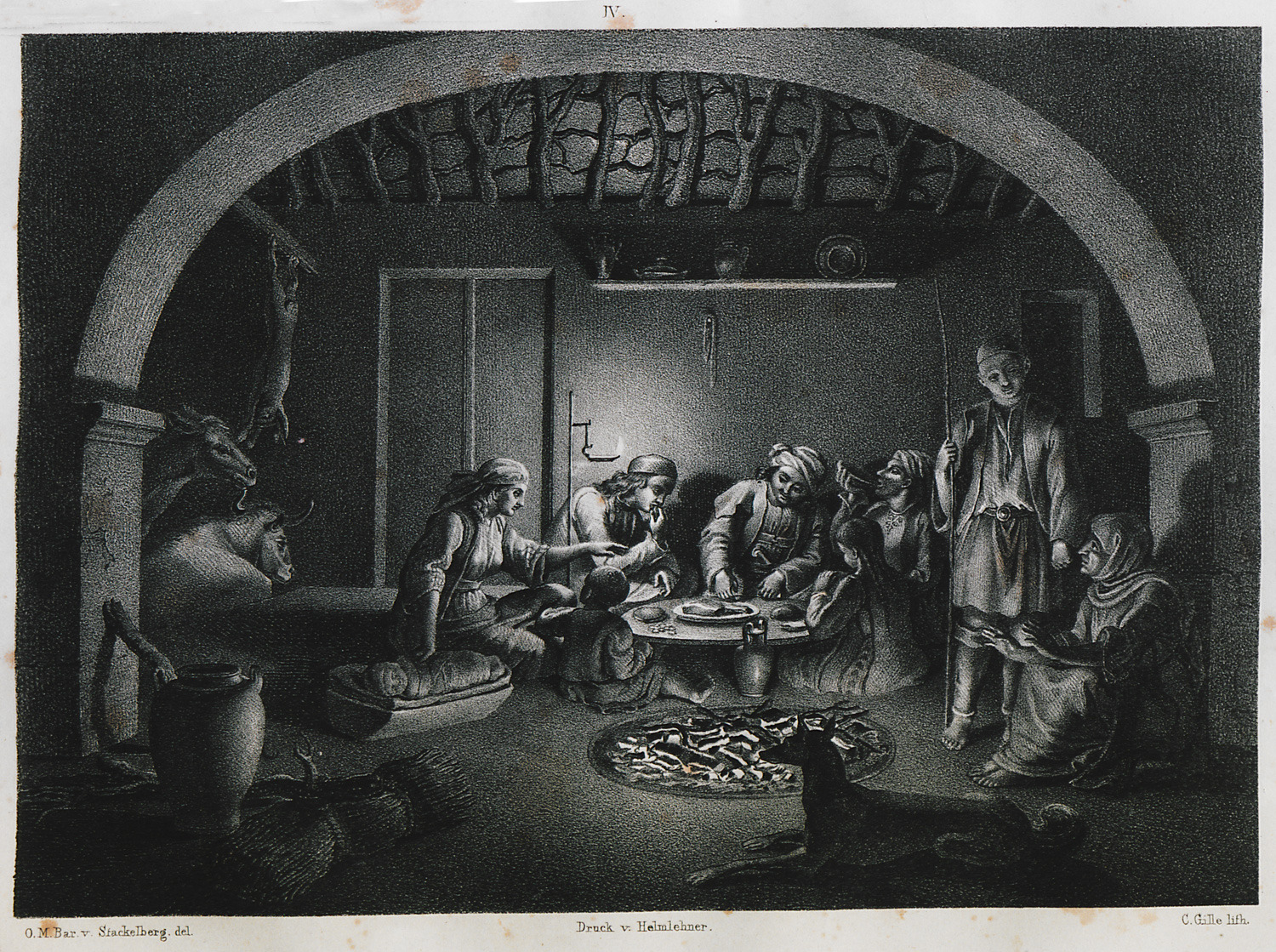
-
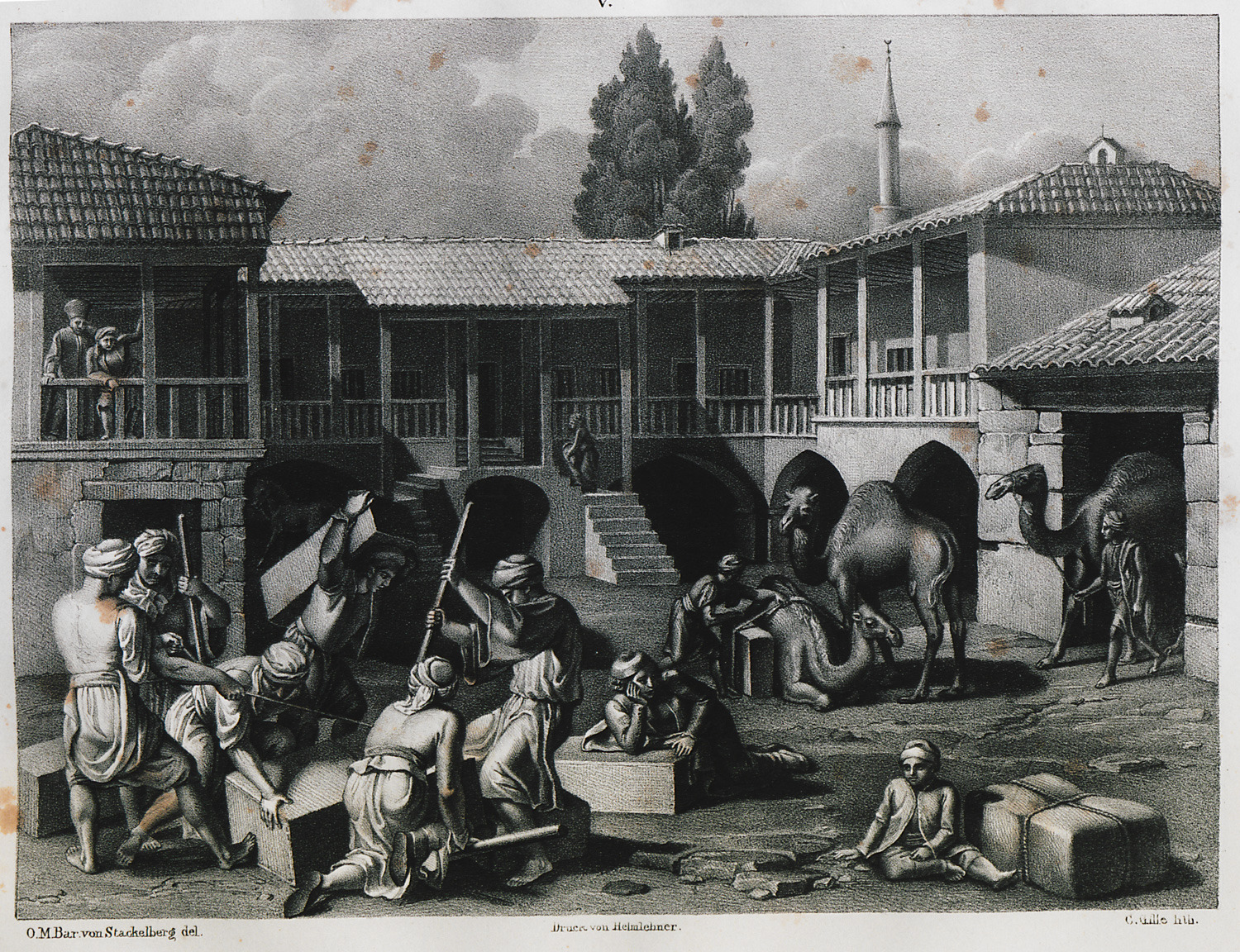
-
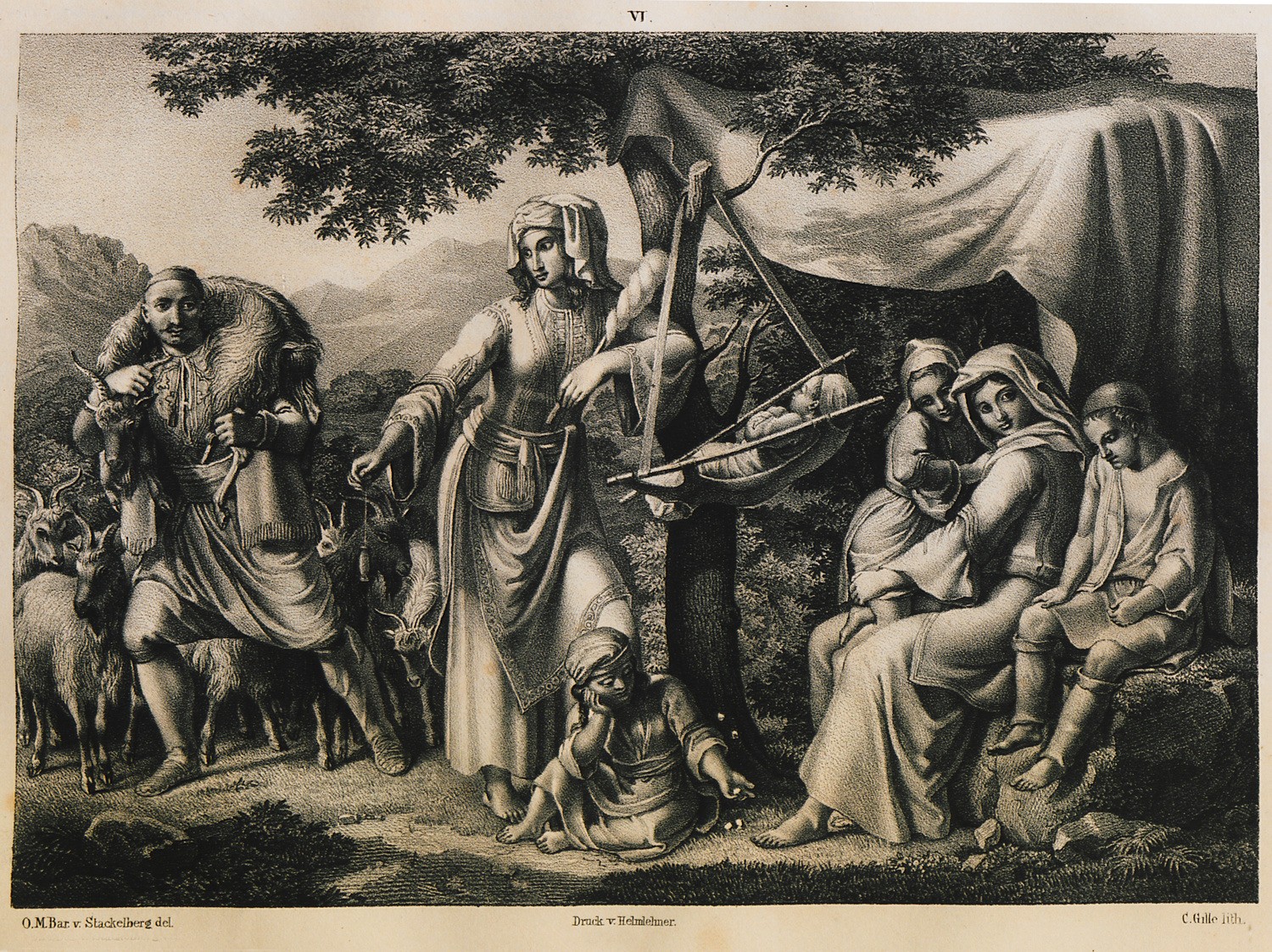
-
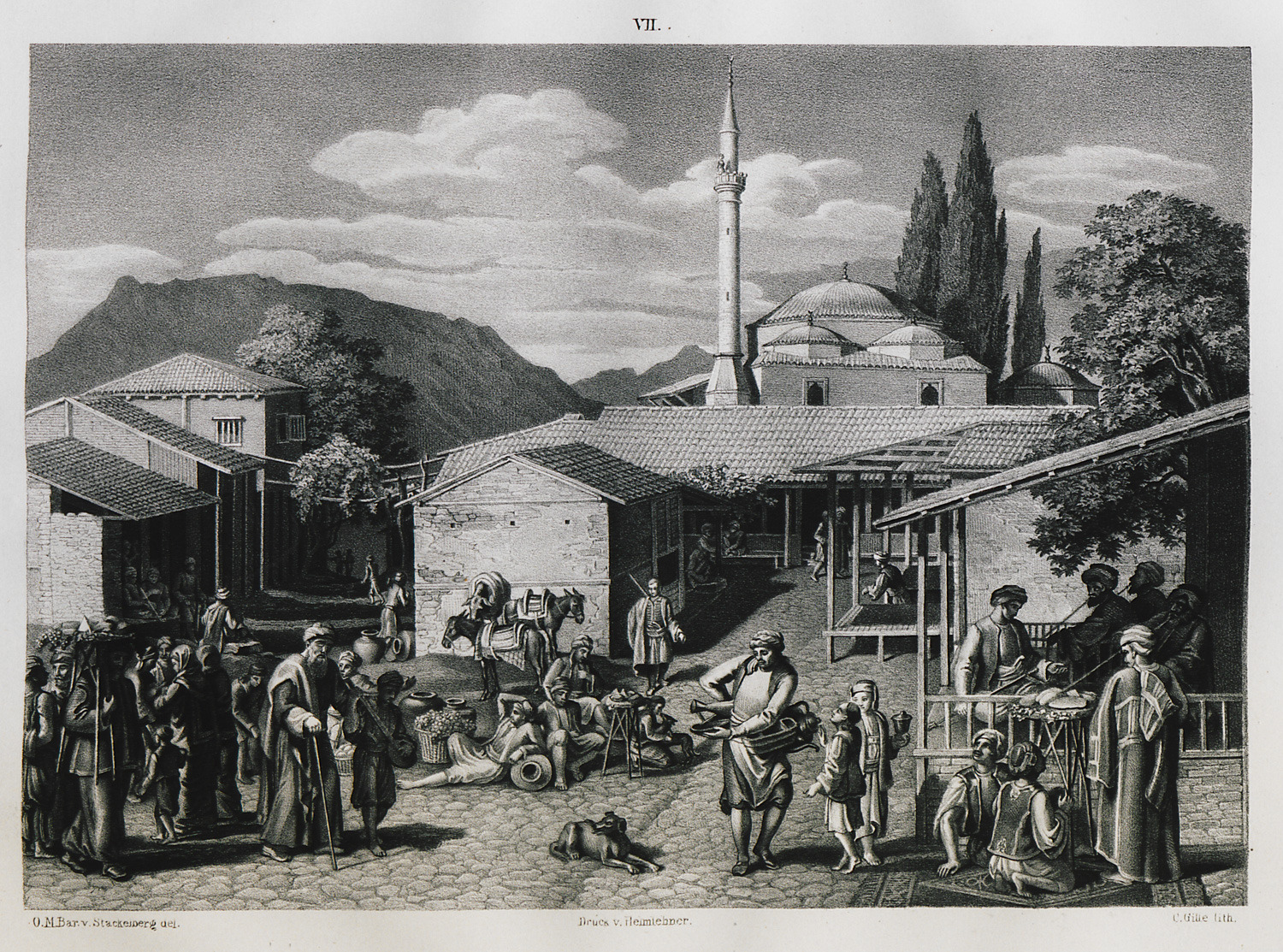
-
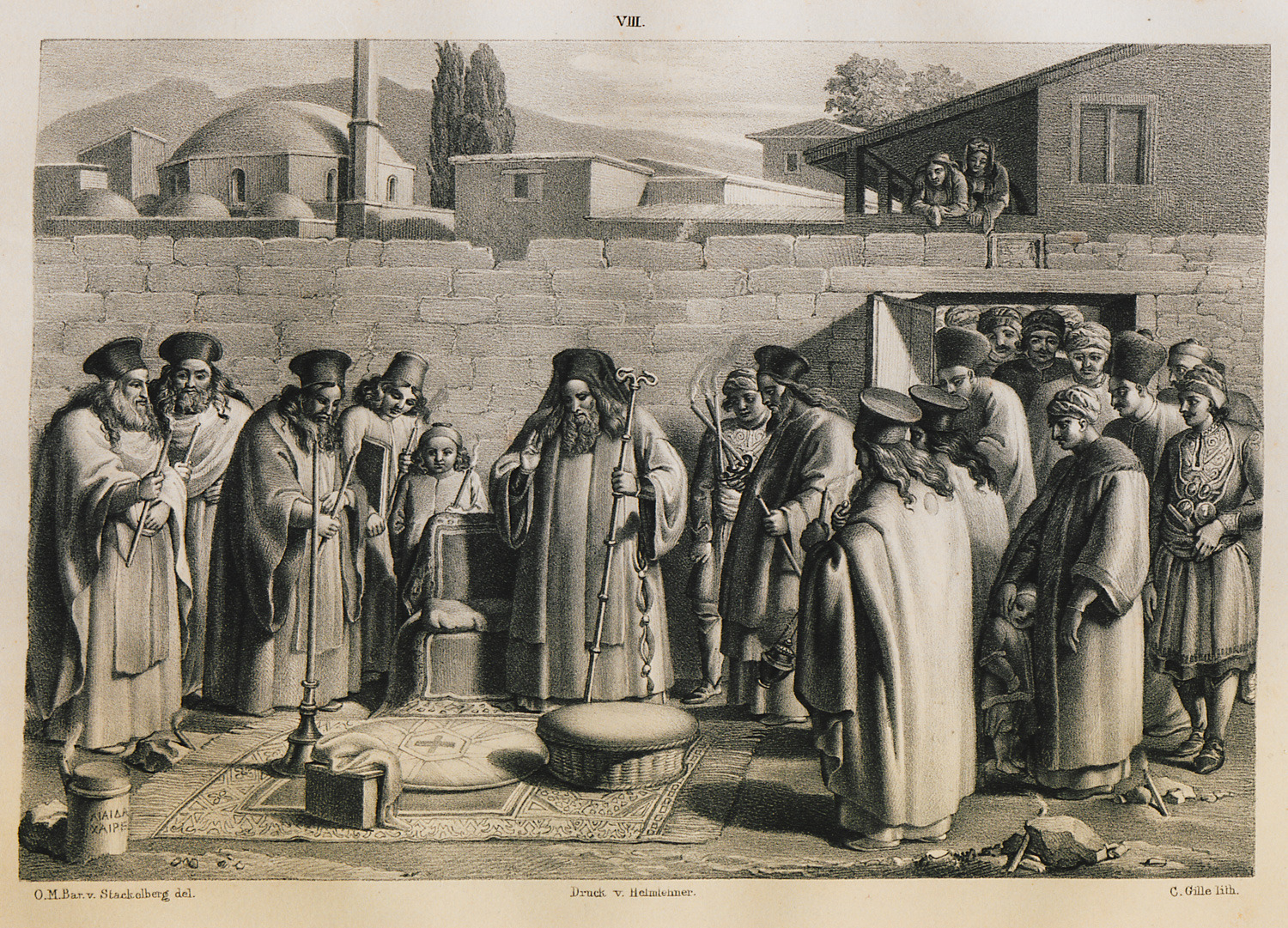
-
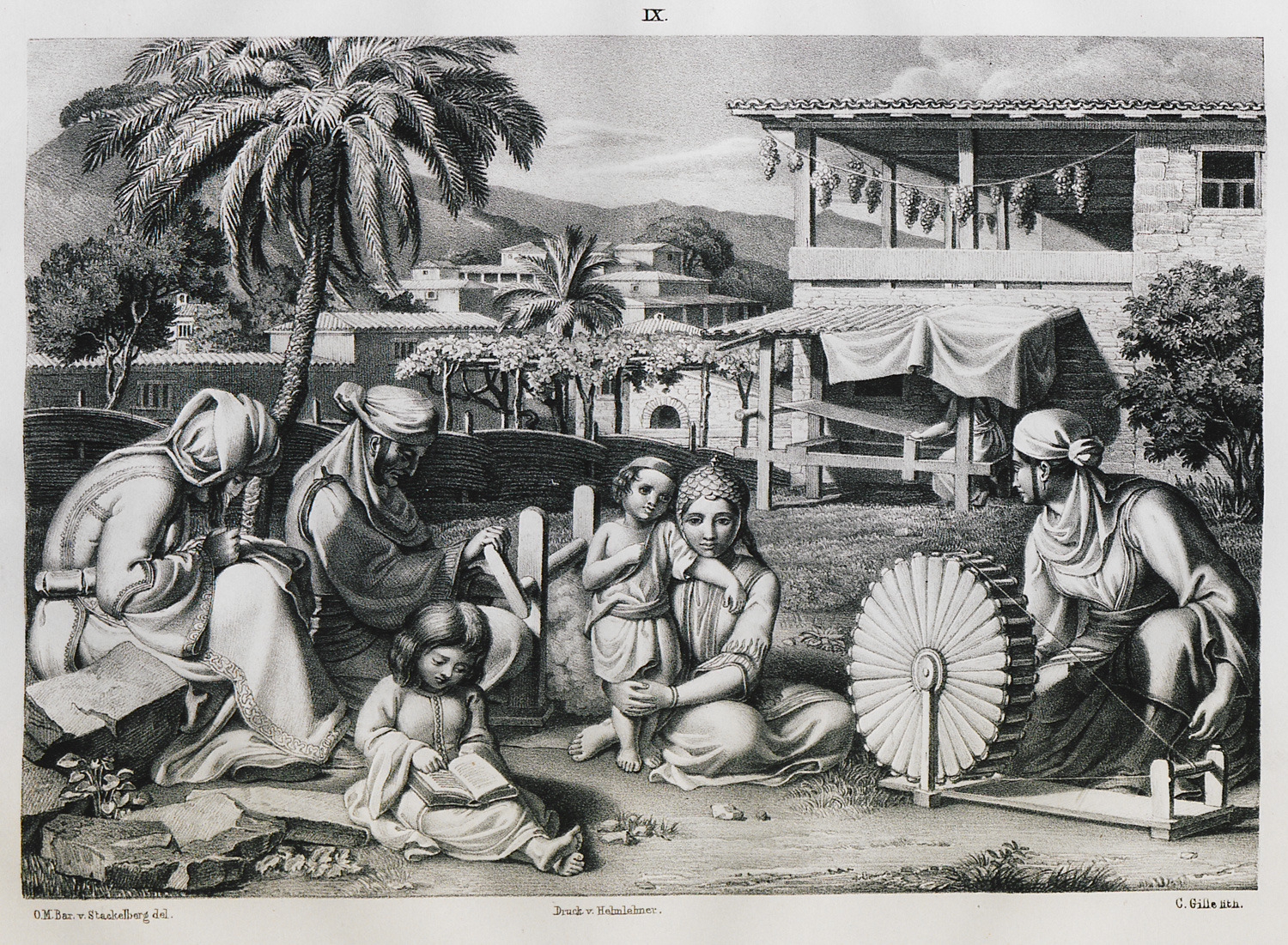
-
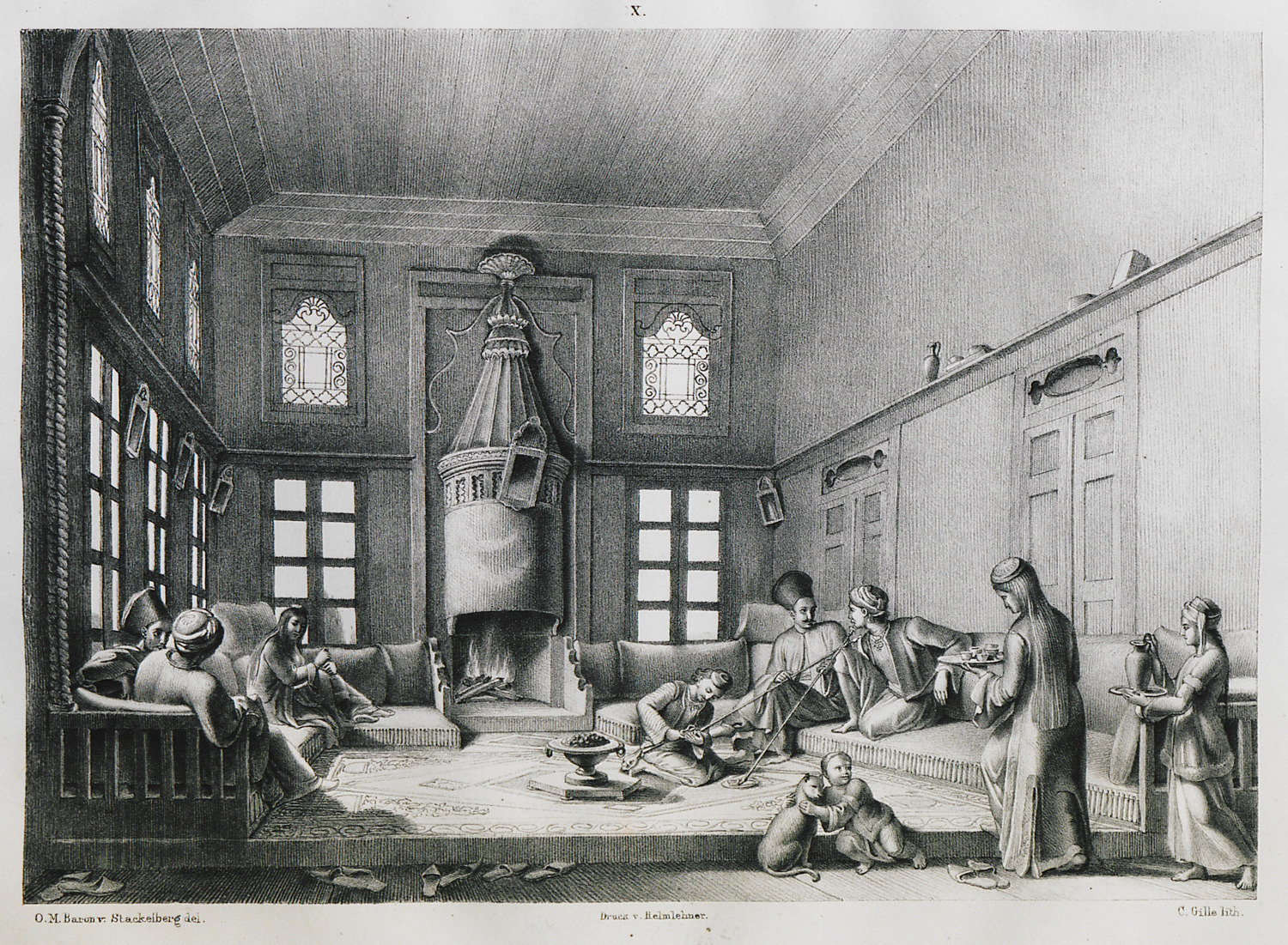
-
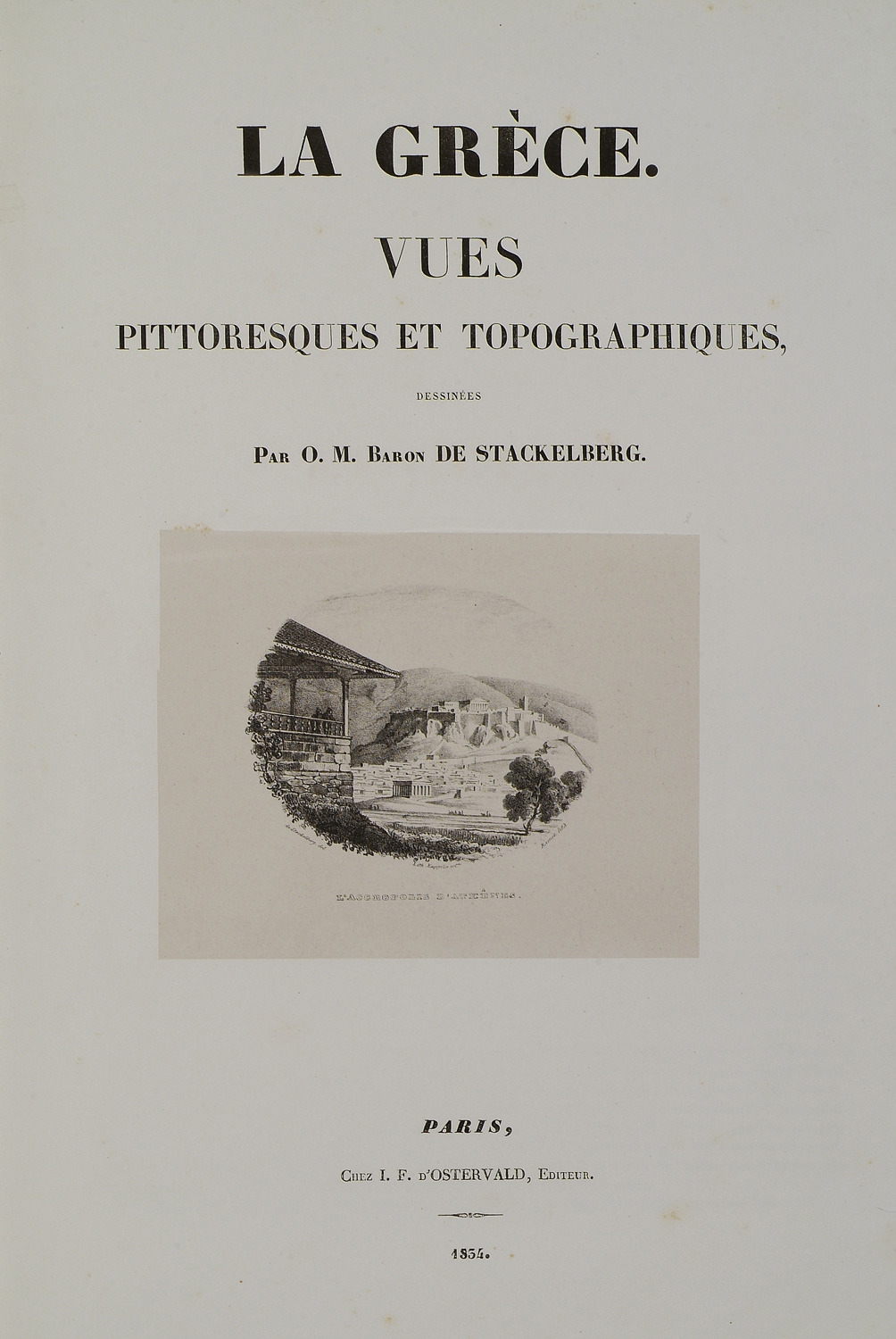
Title page. The Acropolis and Temple of Hephaestus in Athens.
-
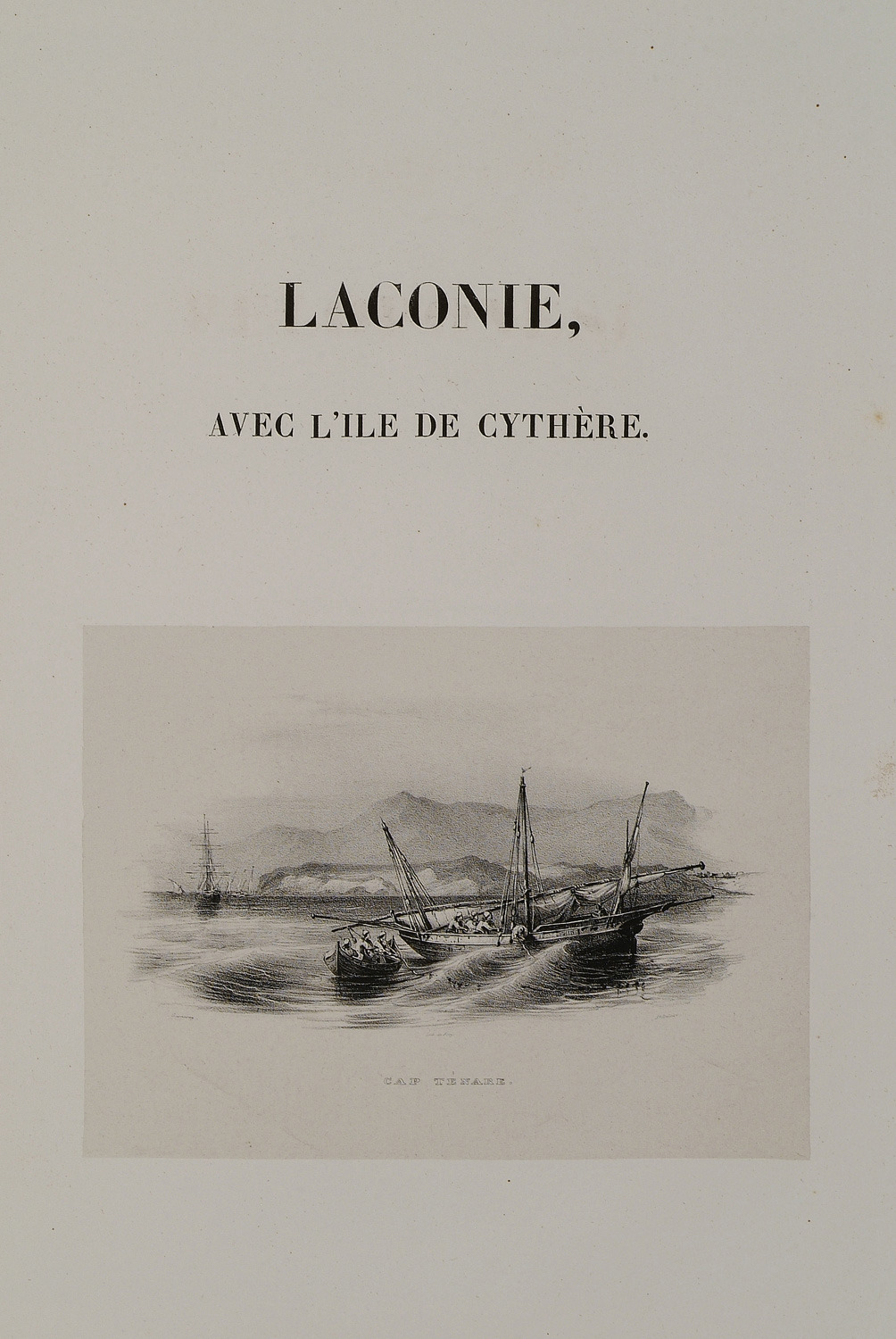
-
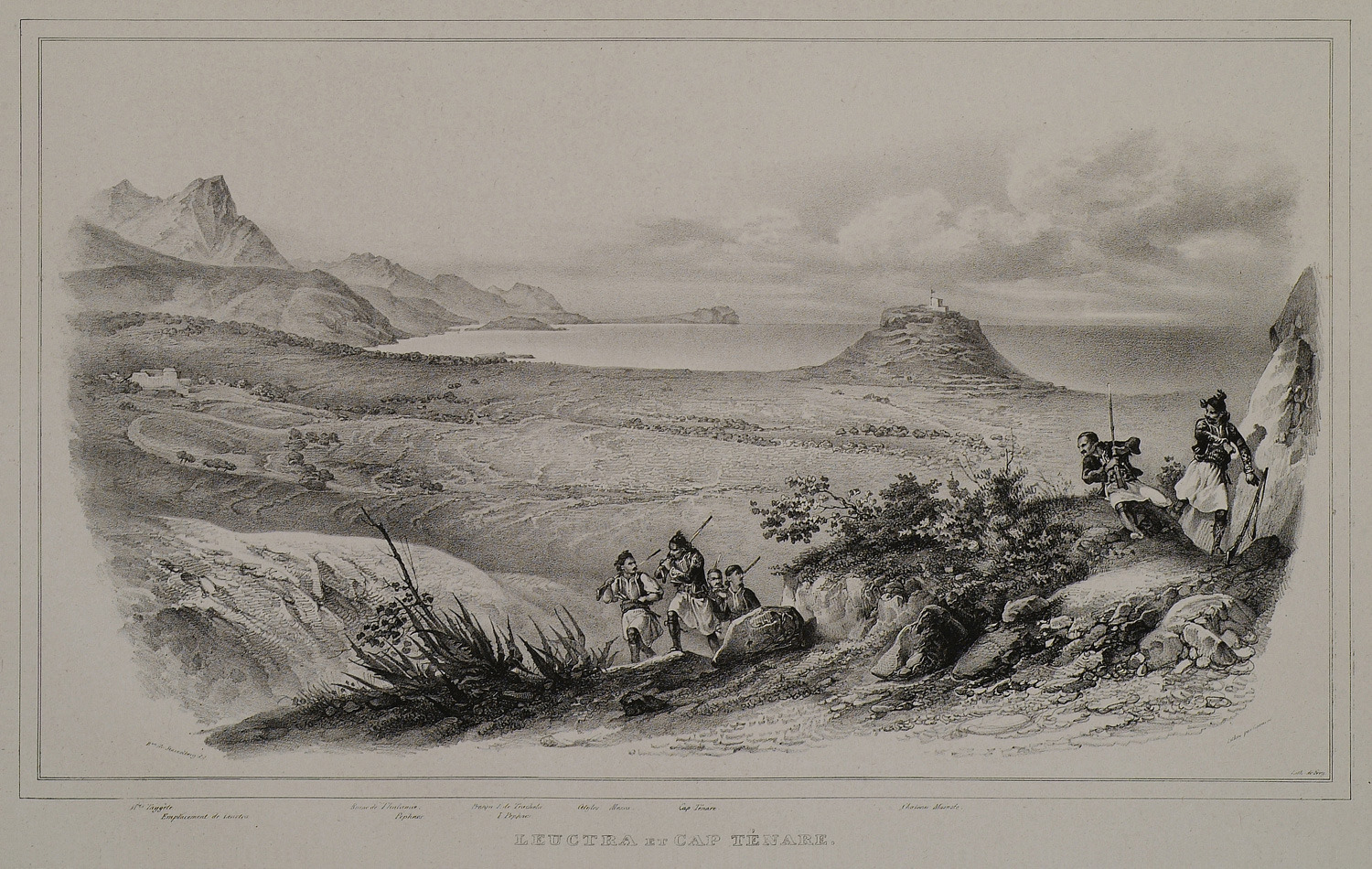
-
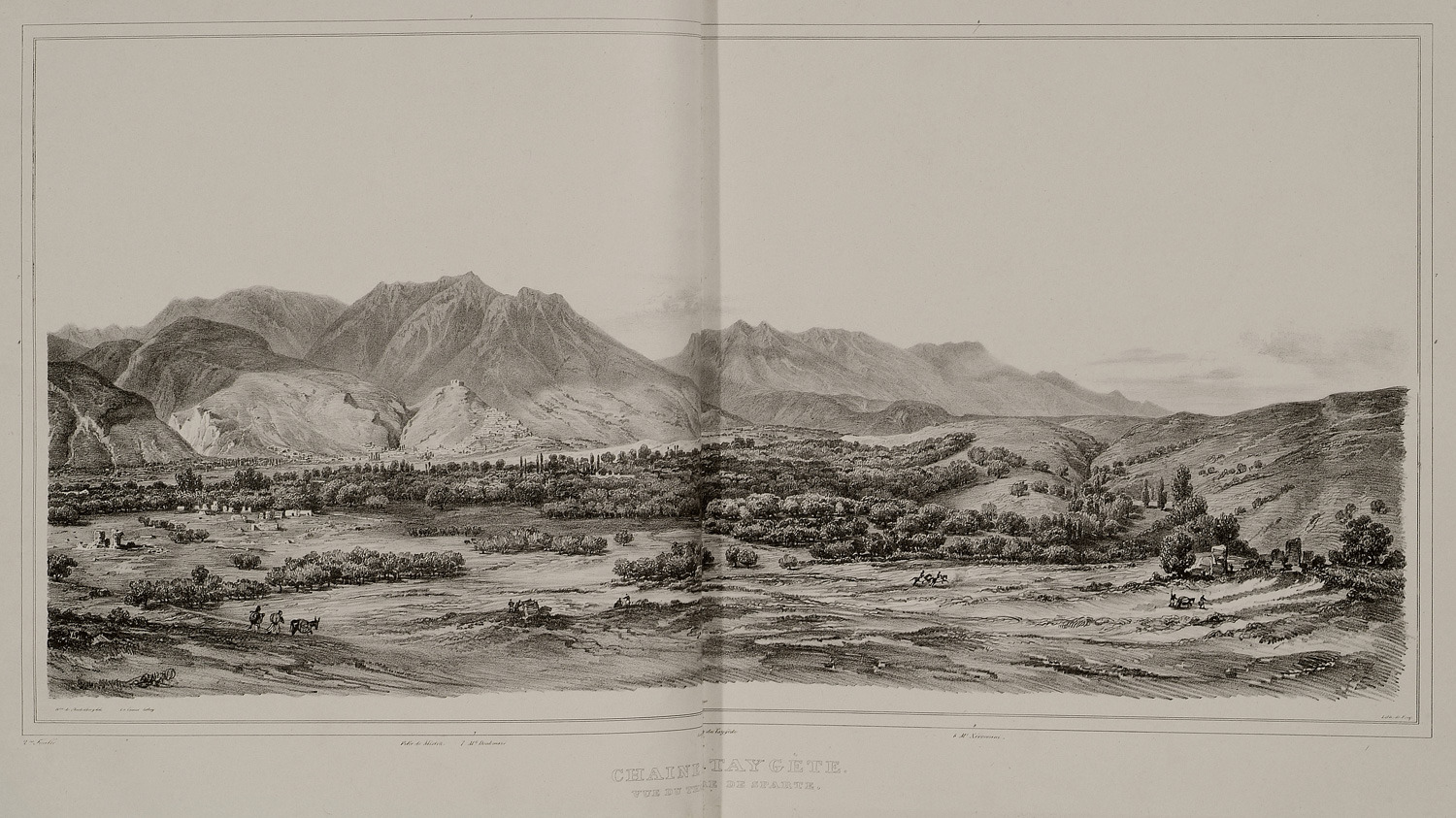
-
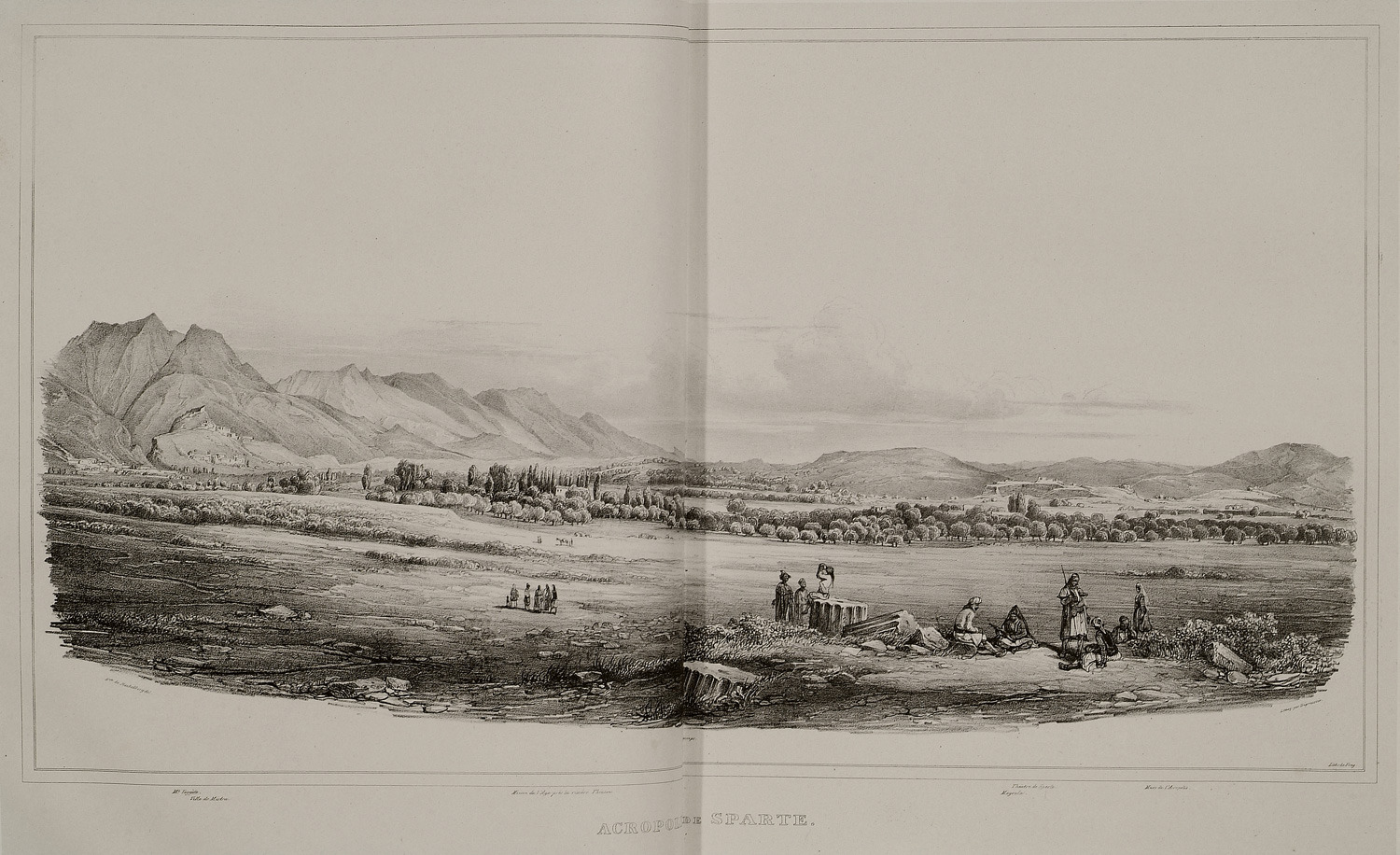
-
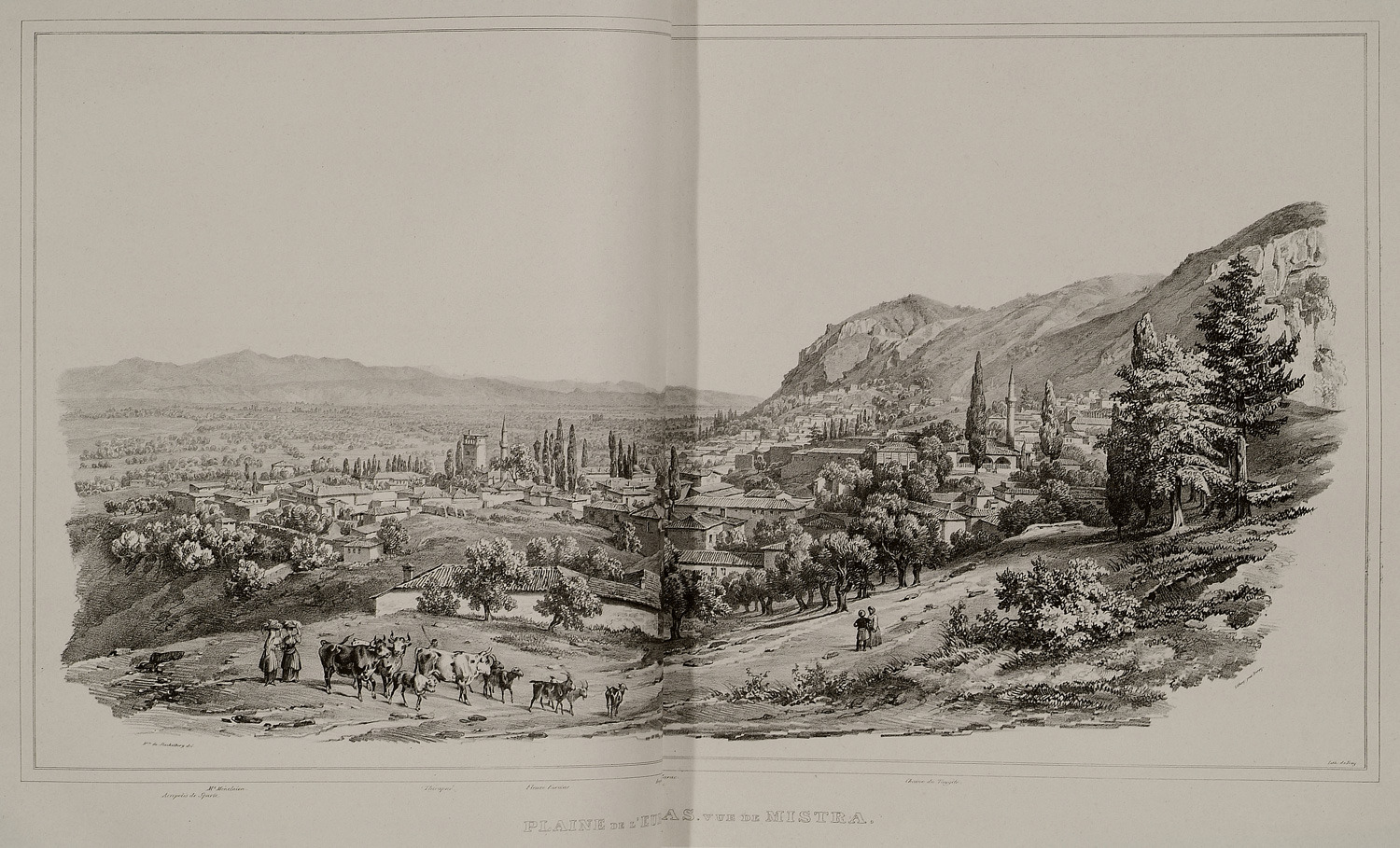
-
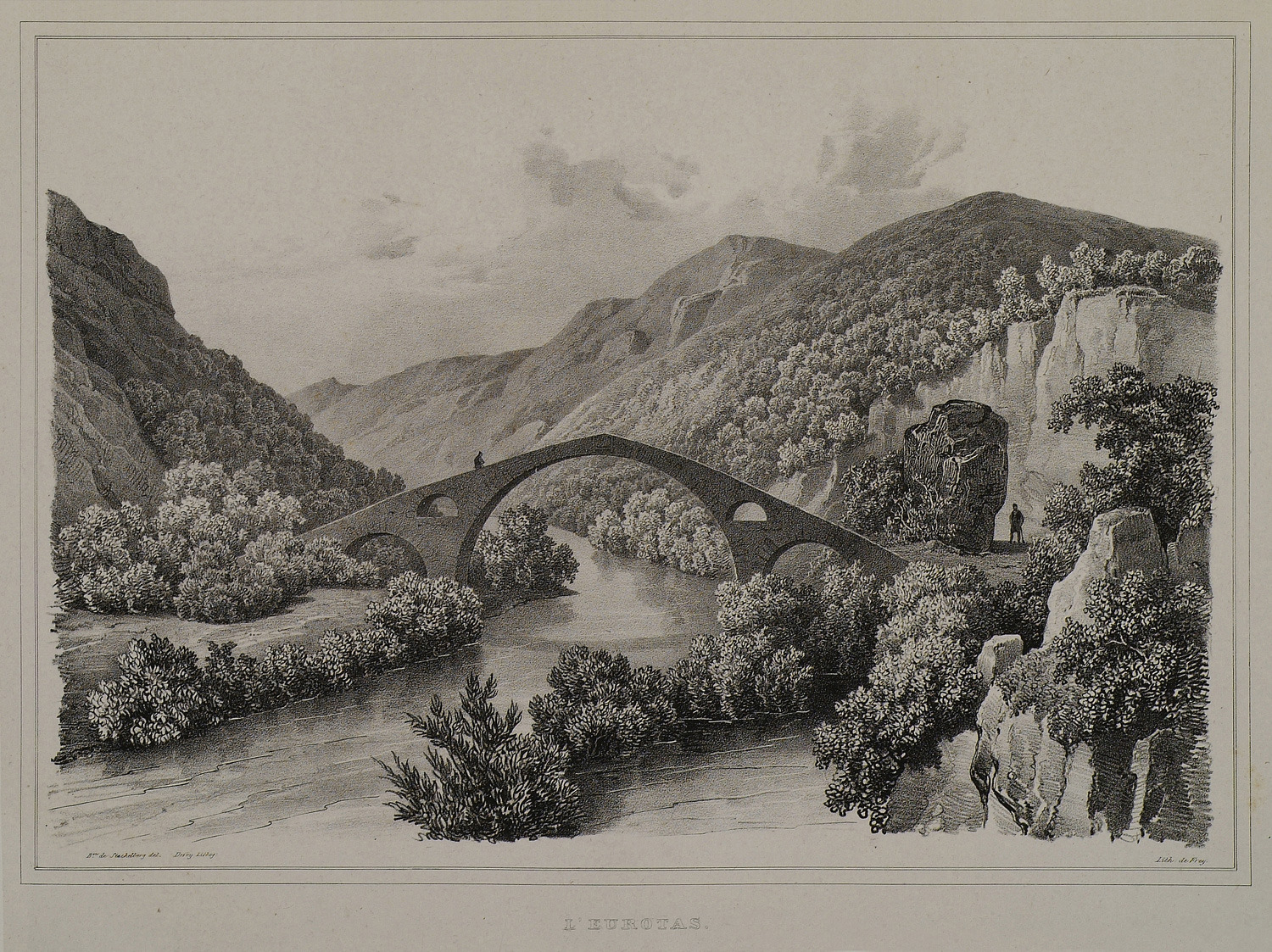
-
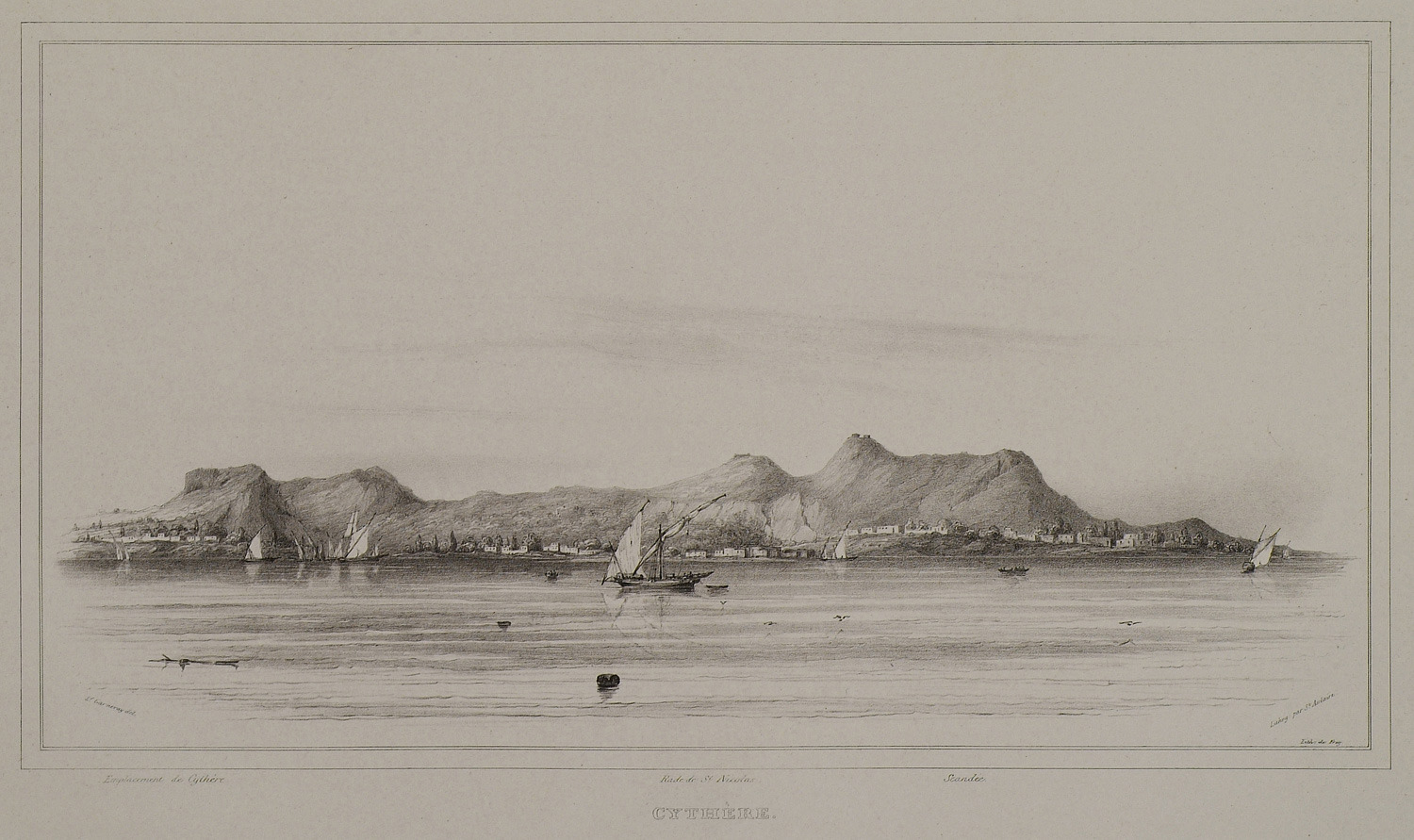
View of the port of Avlemonas or Kastri or Agios Nikolaos on Cythera island.
-
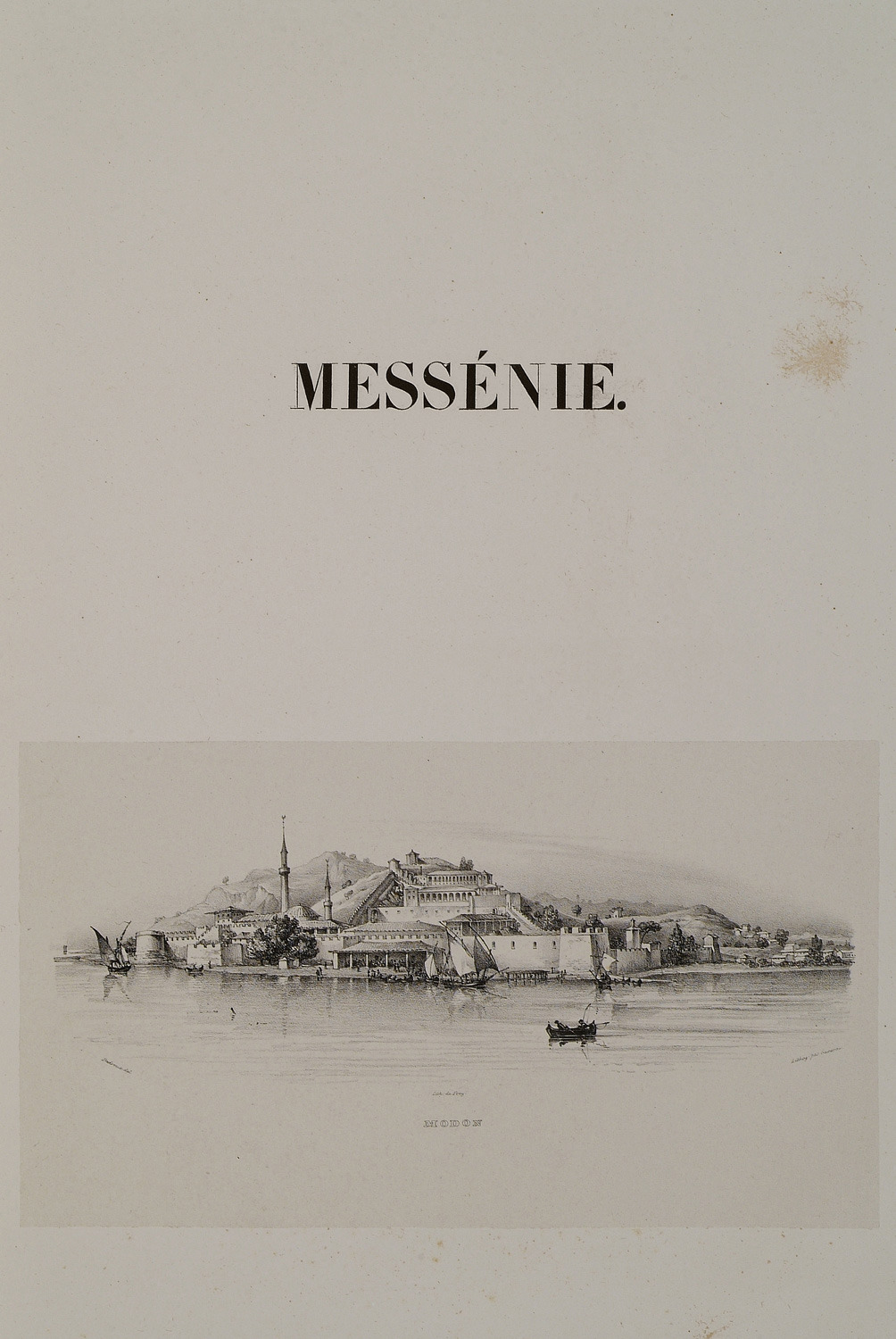
-
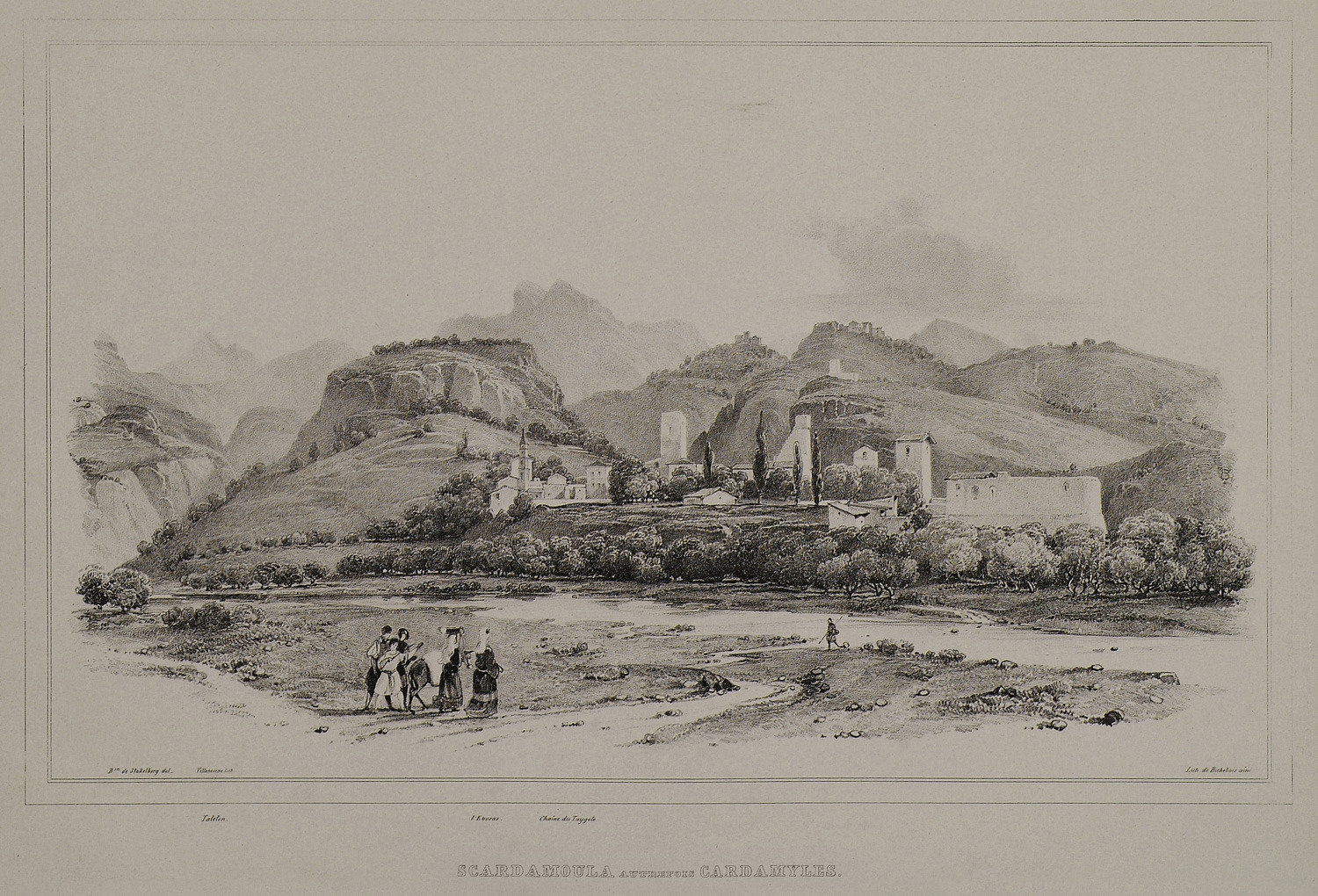
-
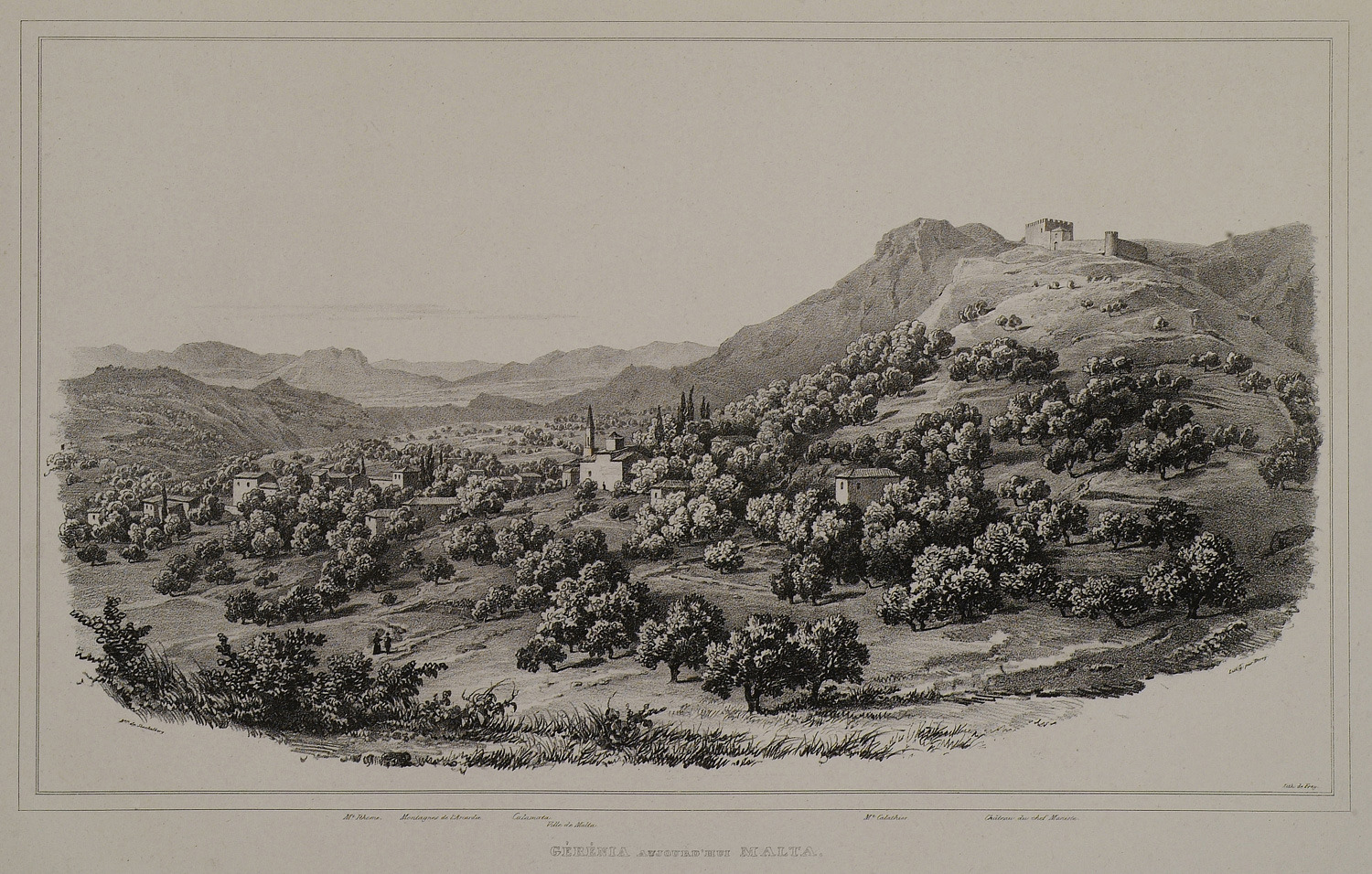
-
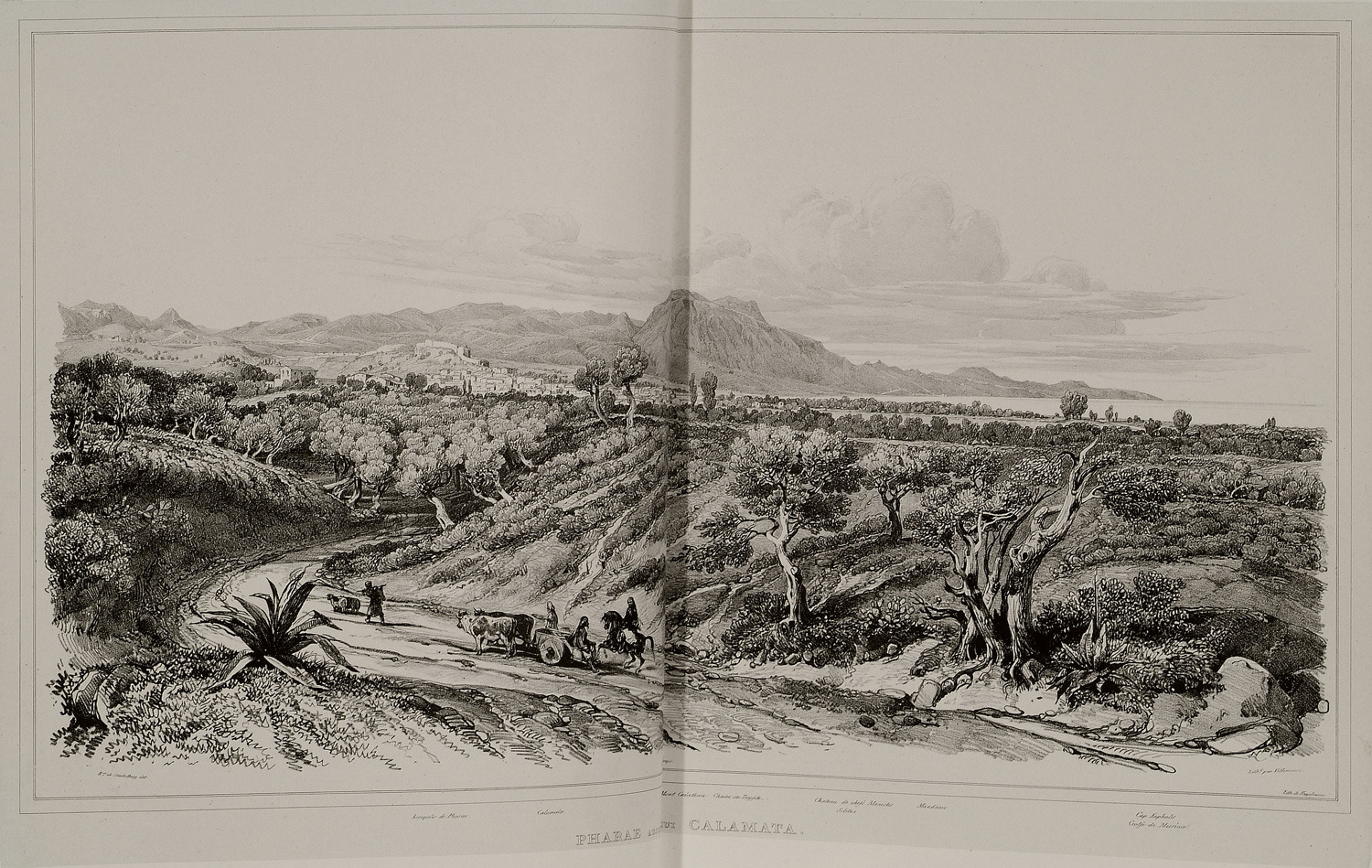
-
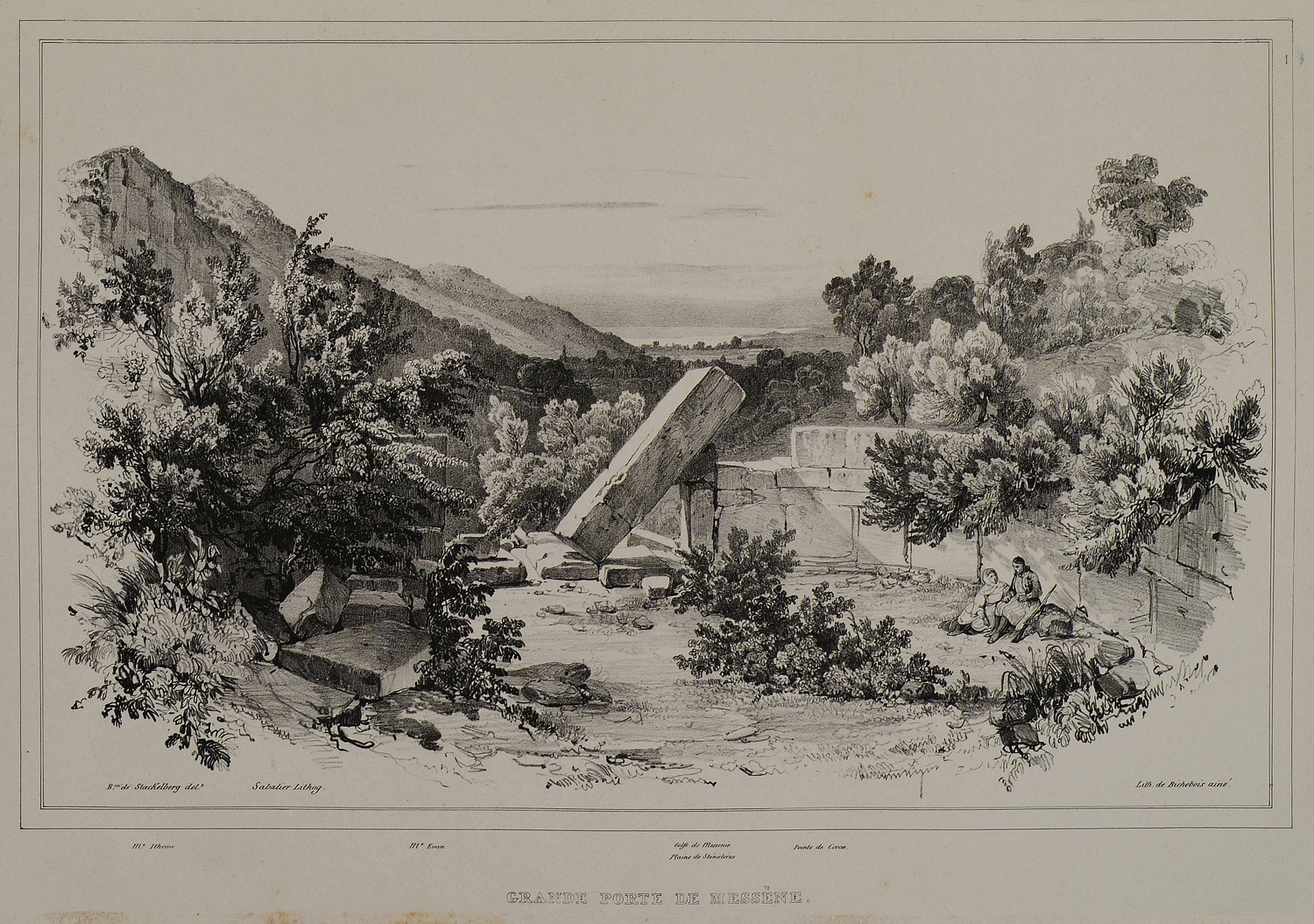
-
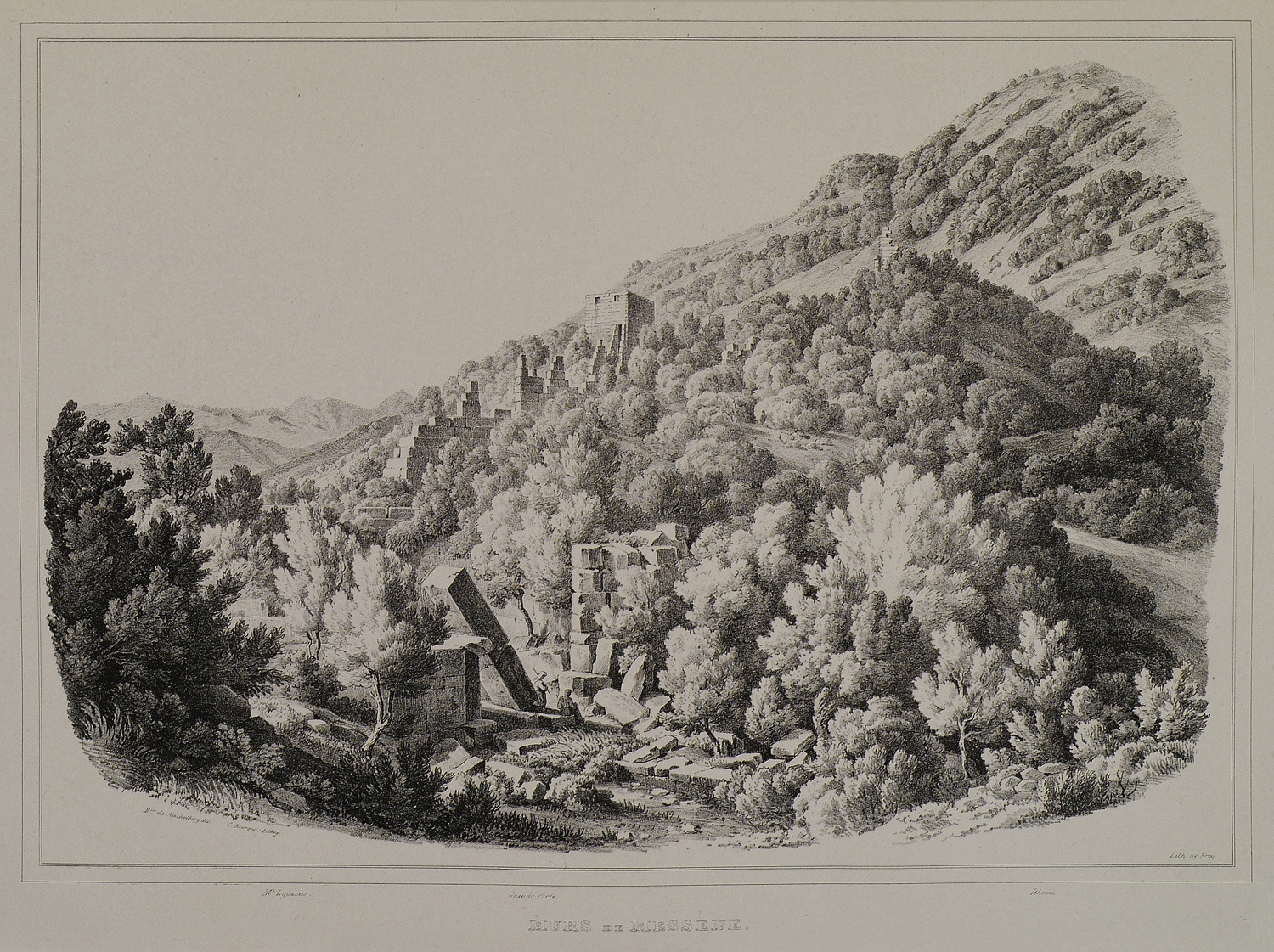
-
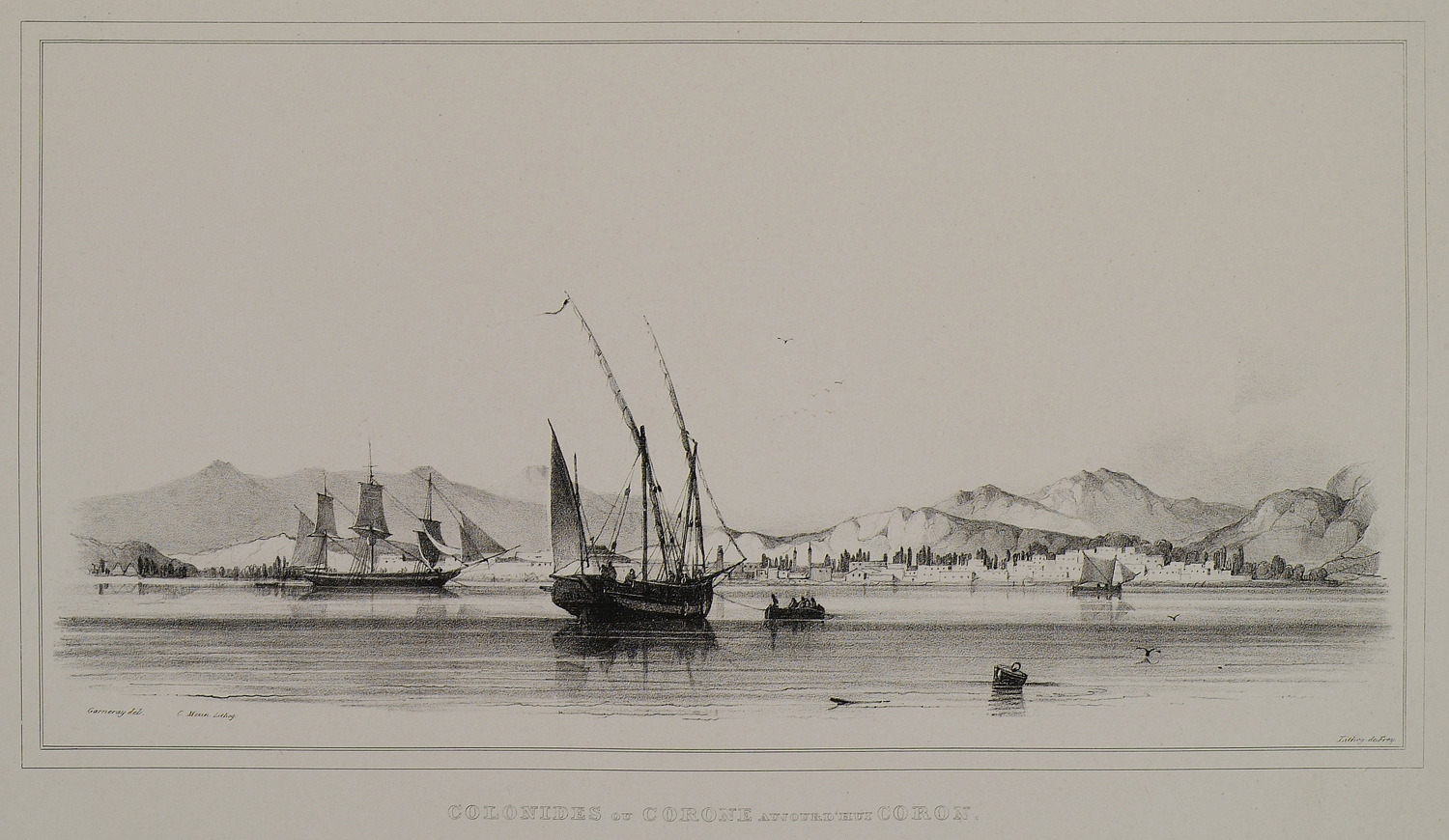
-
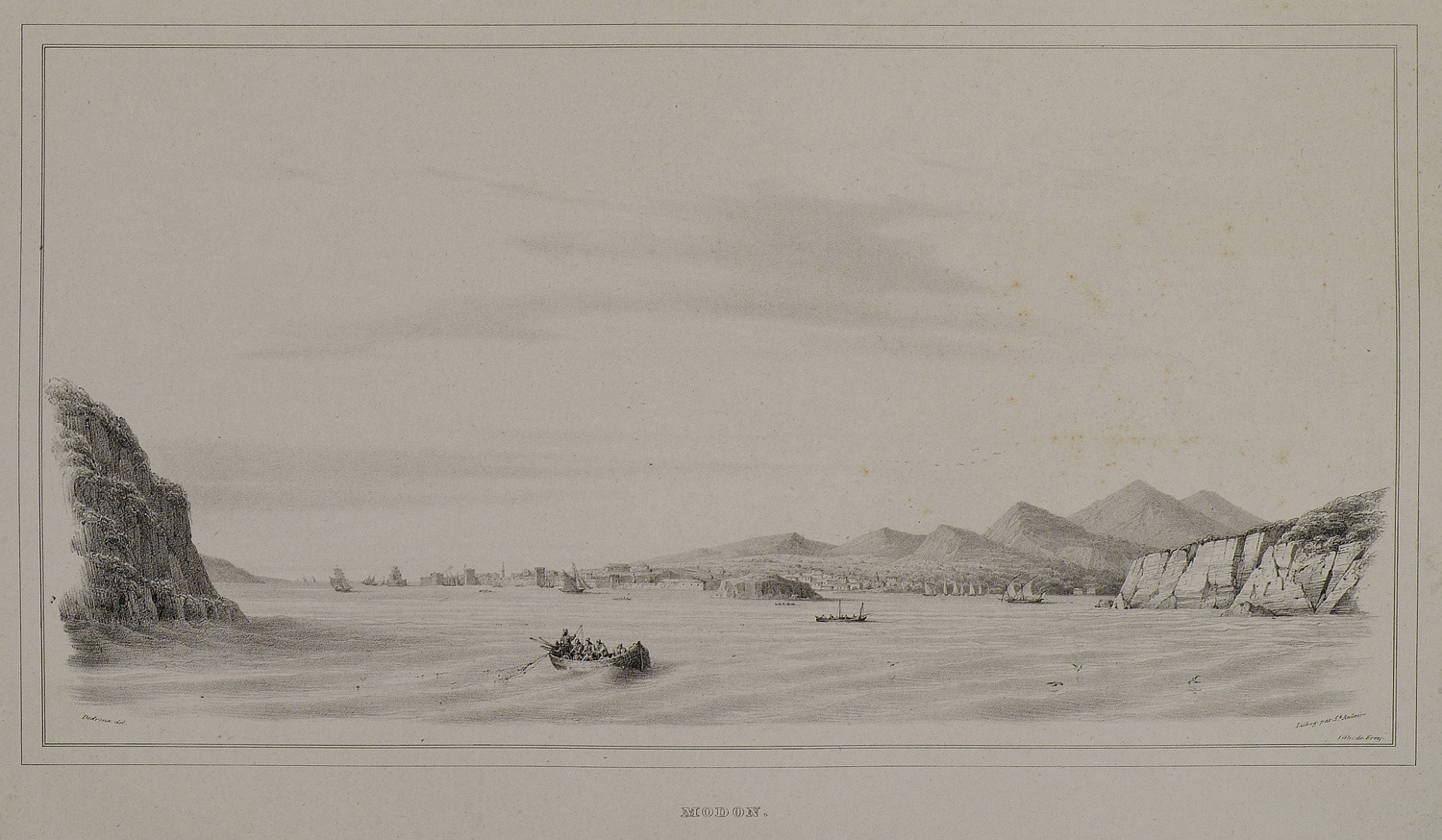
-
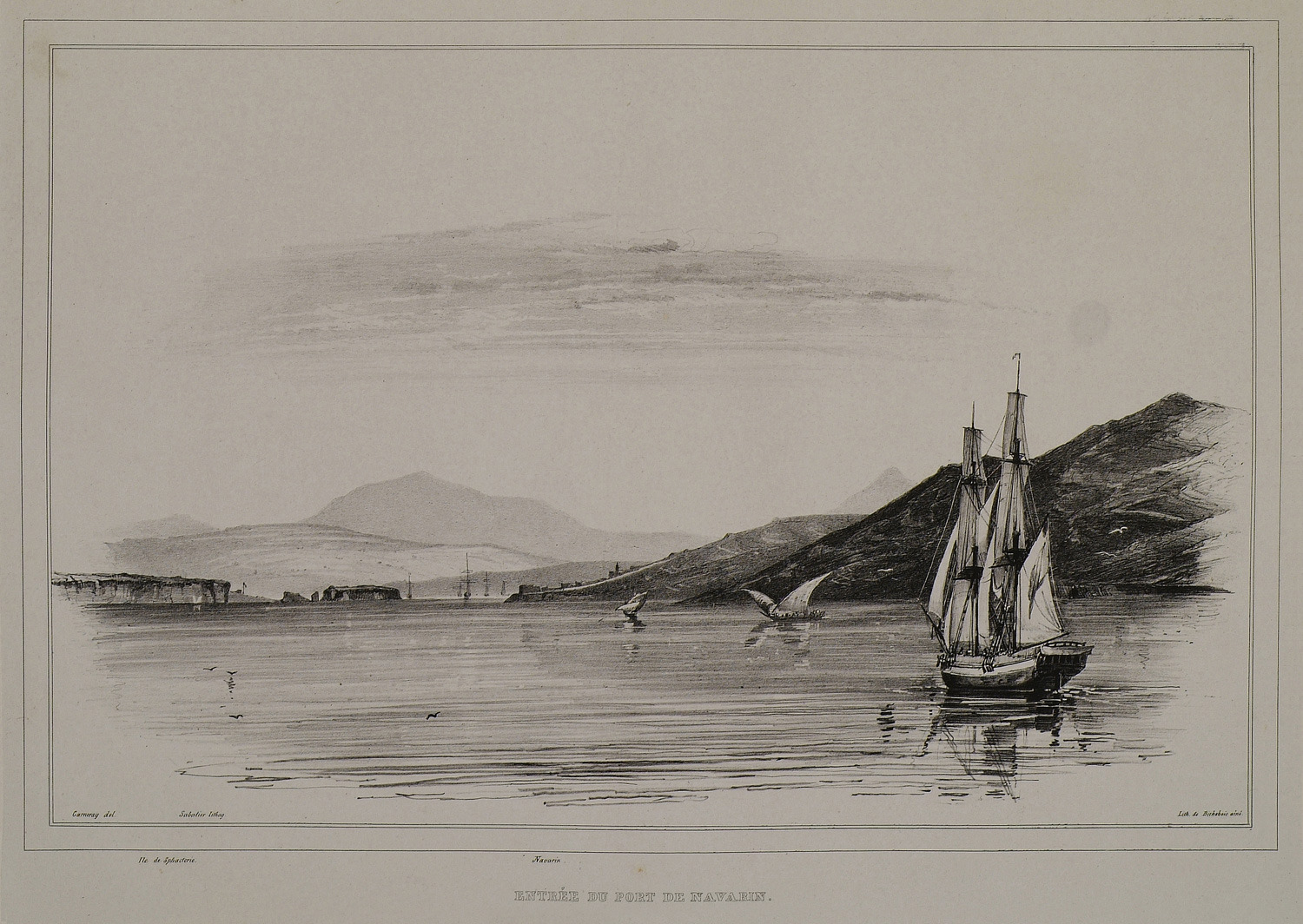
-
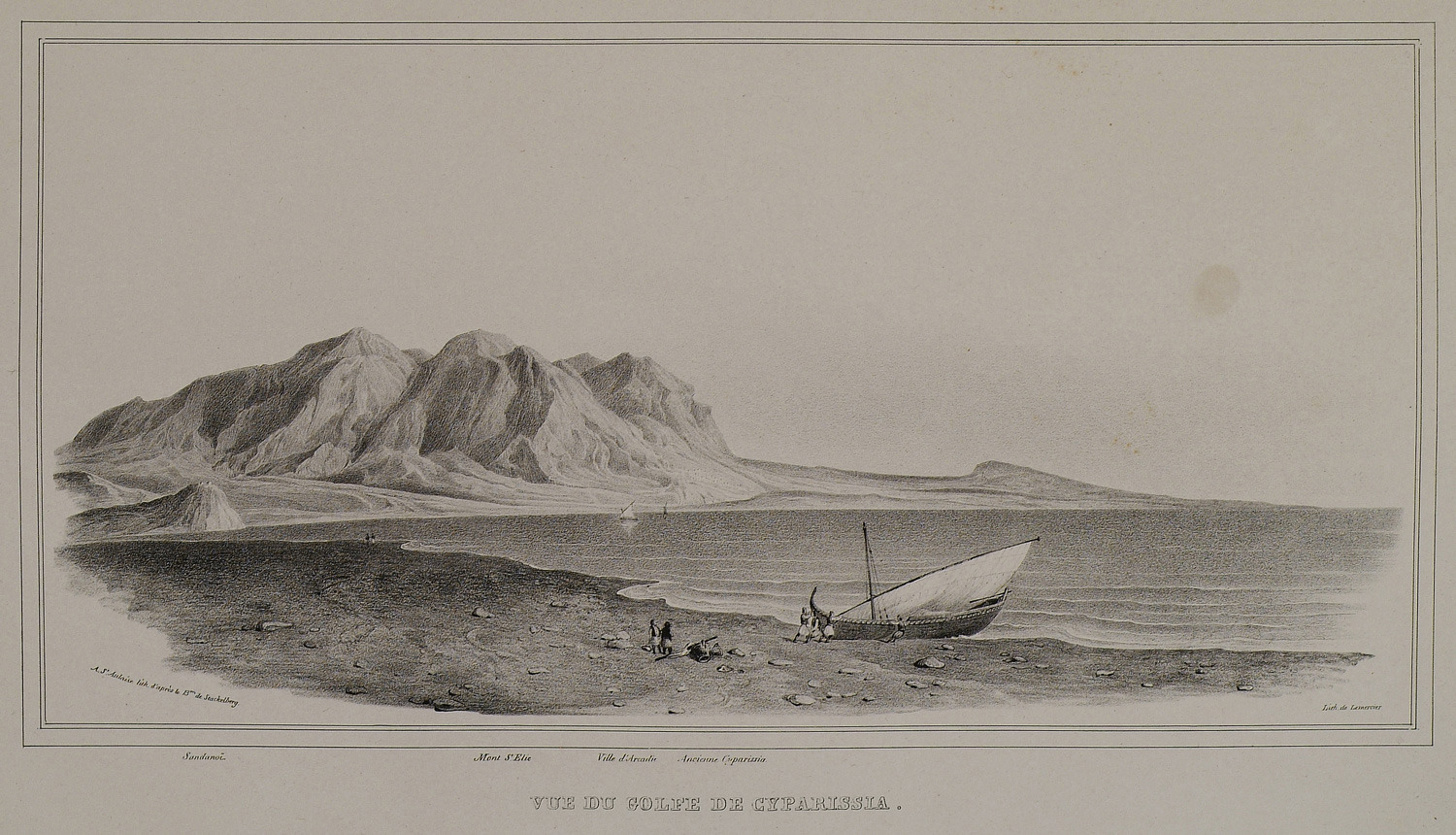
-

View of Pylos from the sea. The Castle of Pylos (Niokastro).
-
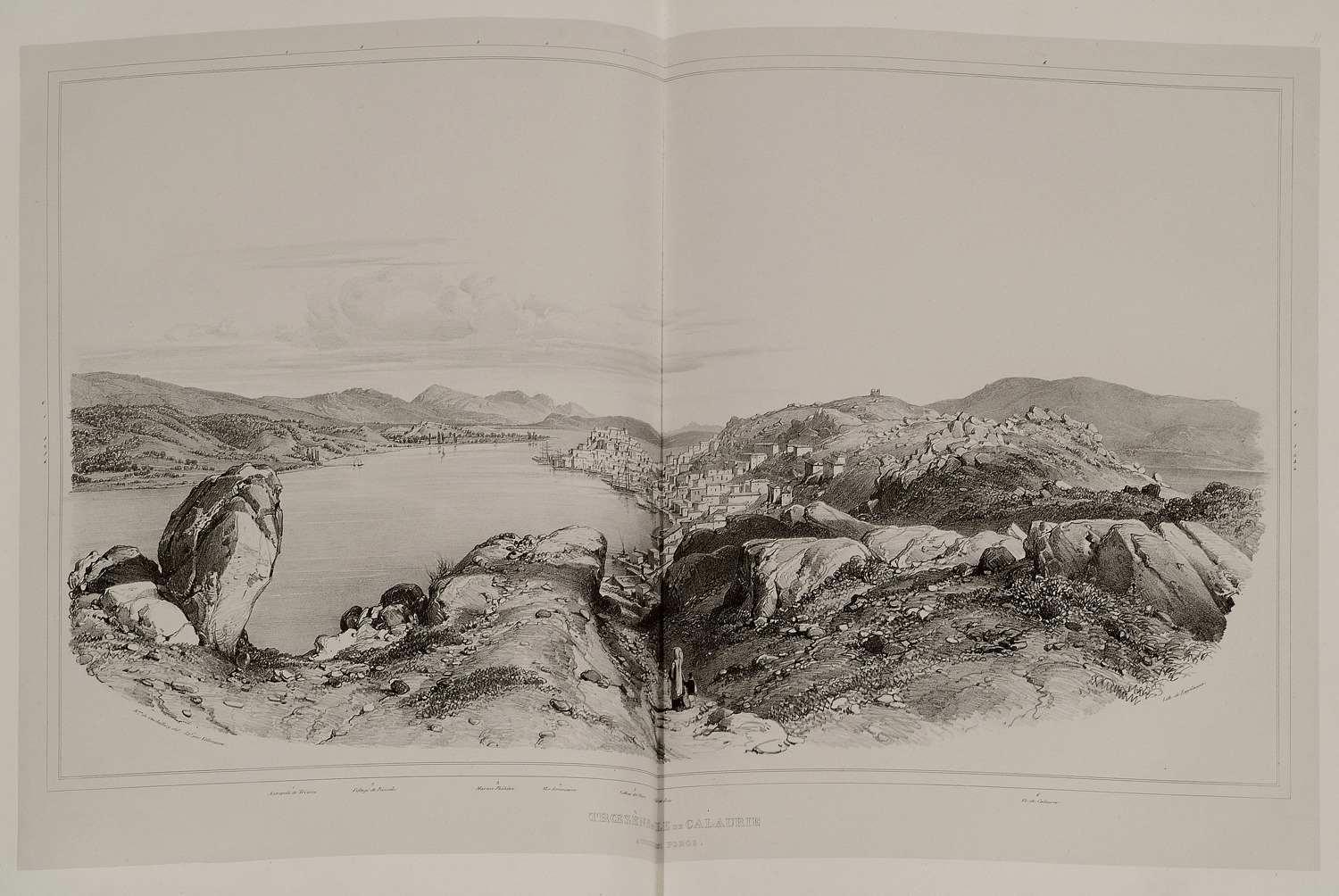
-
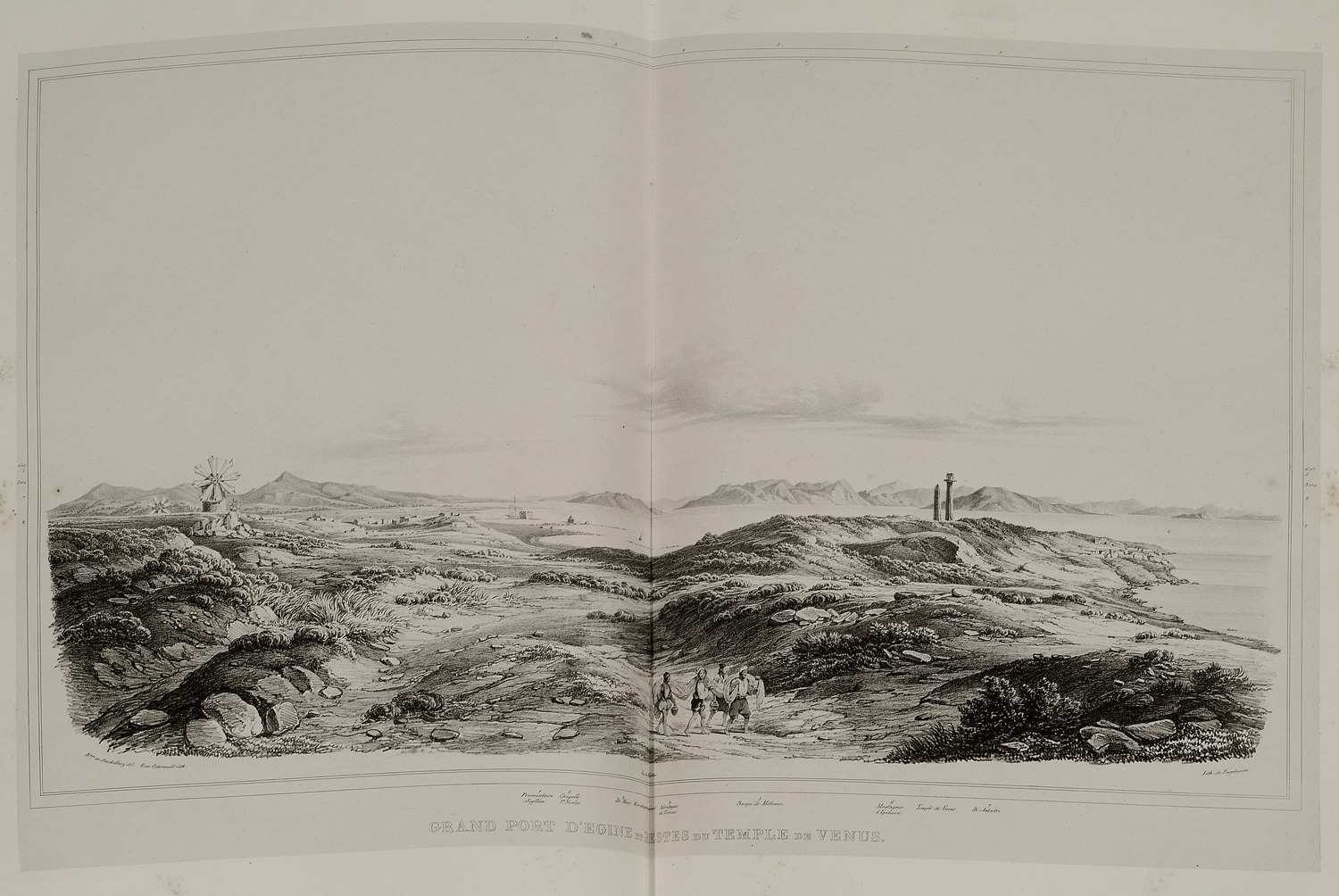
The port of Aegina as seen from the archaeological site of Kolonna.
-
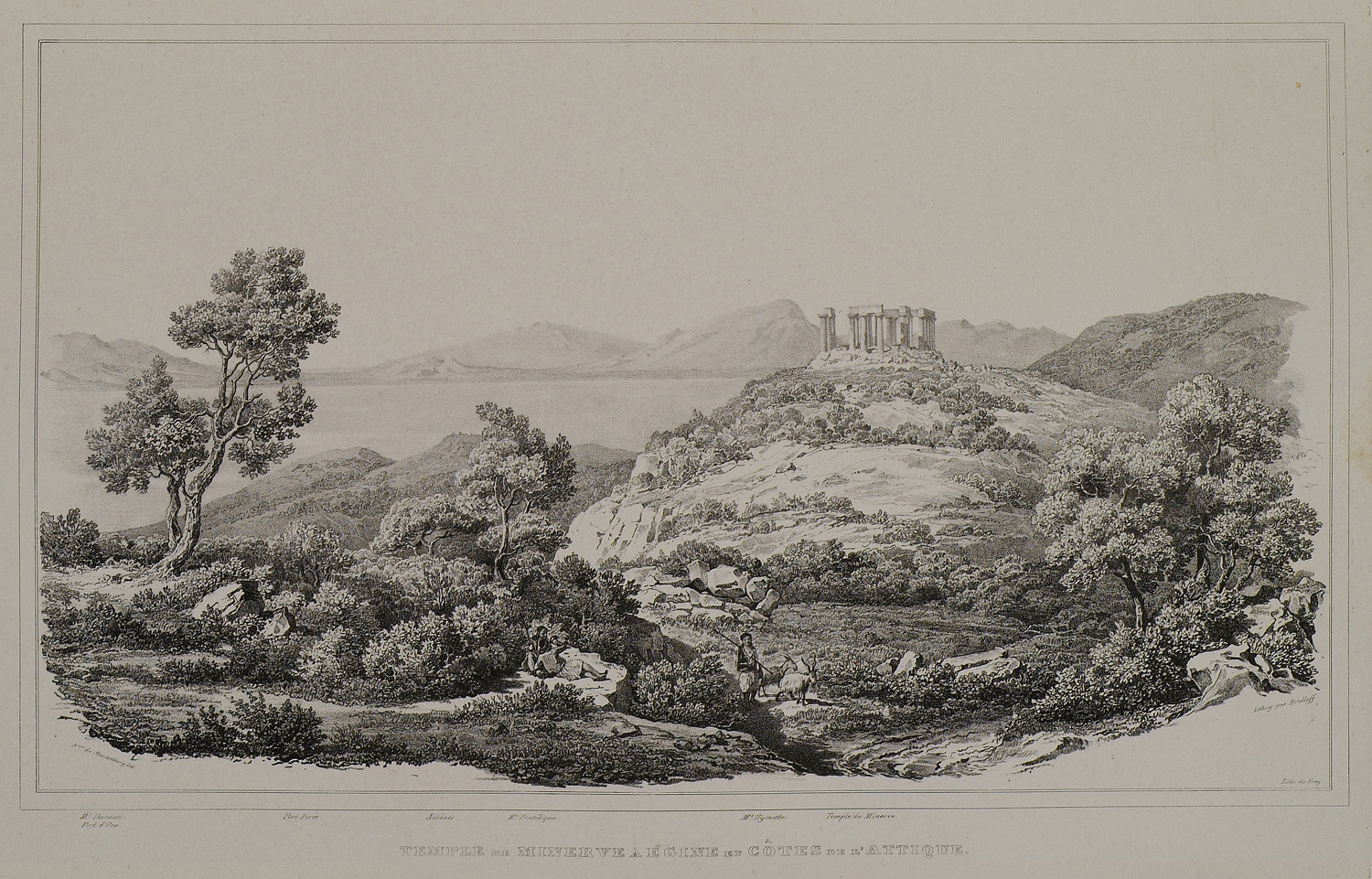
-
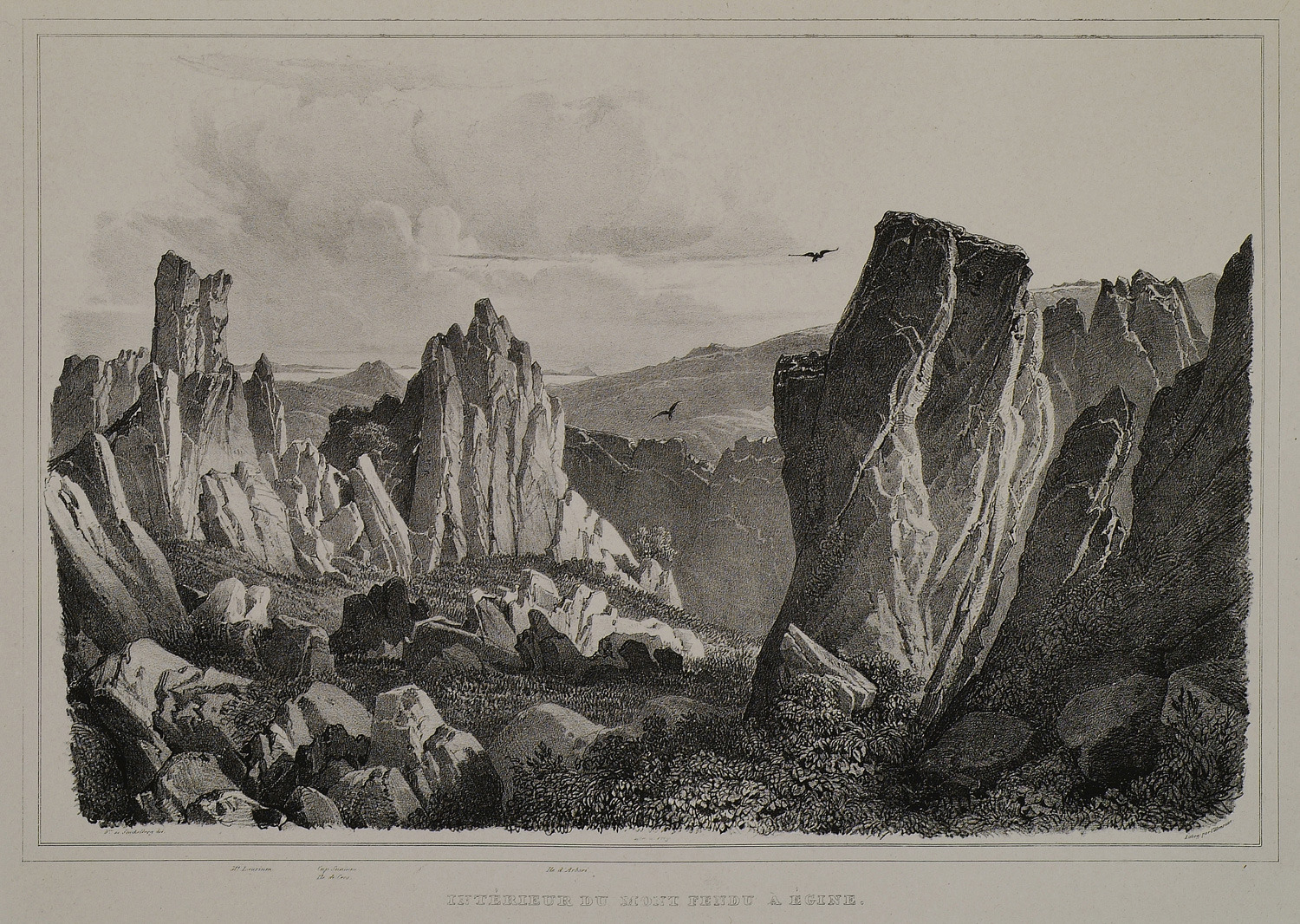
-
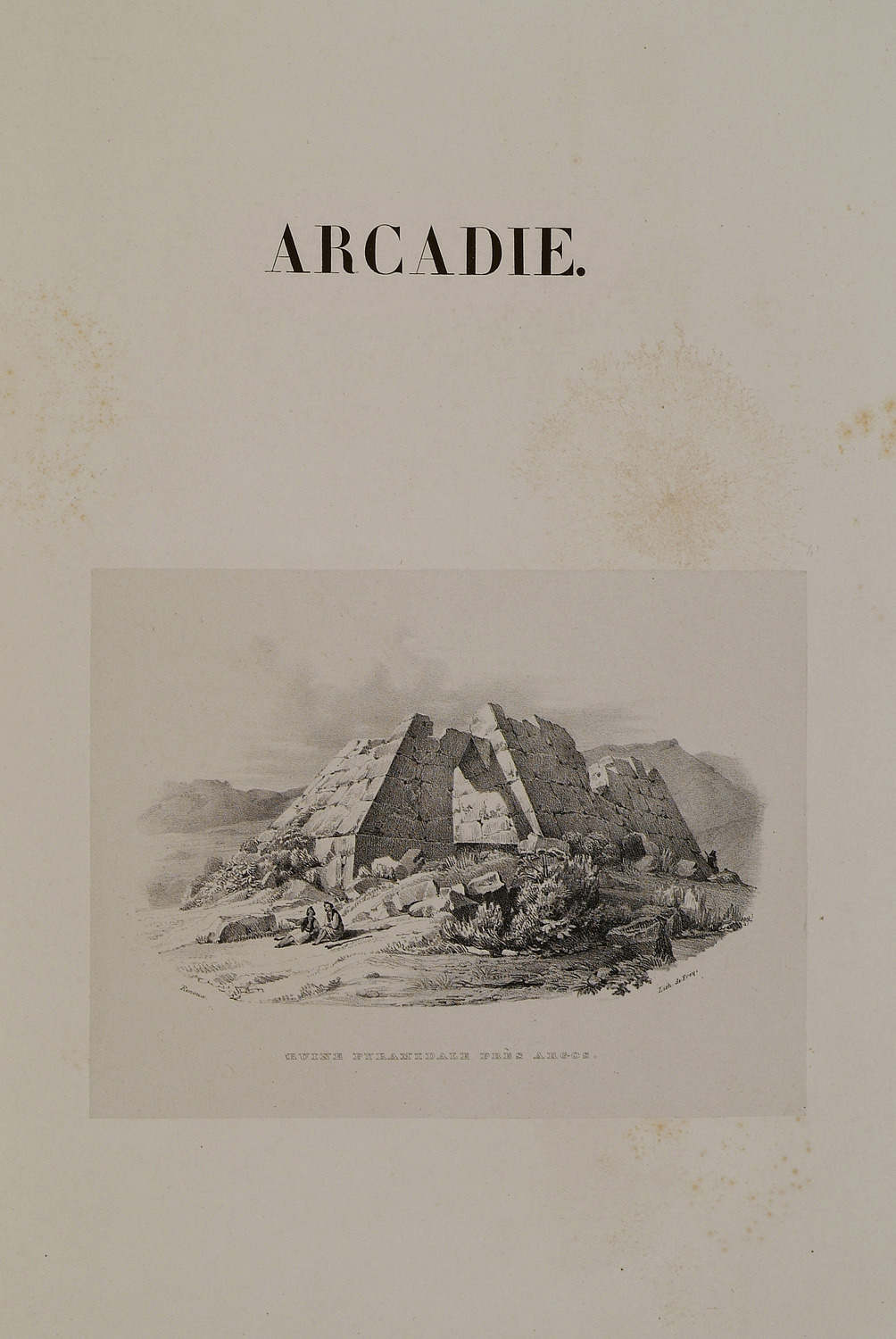
-
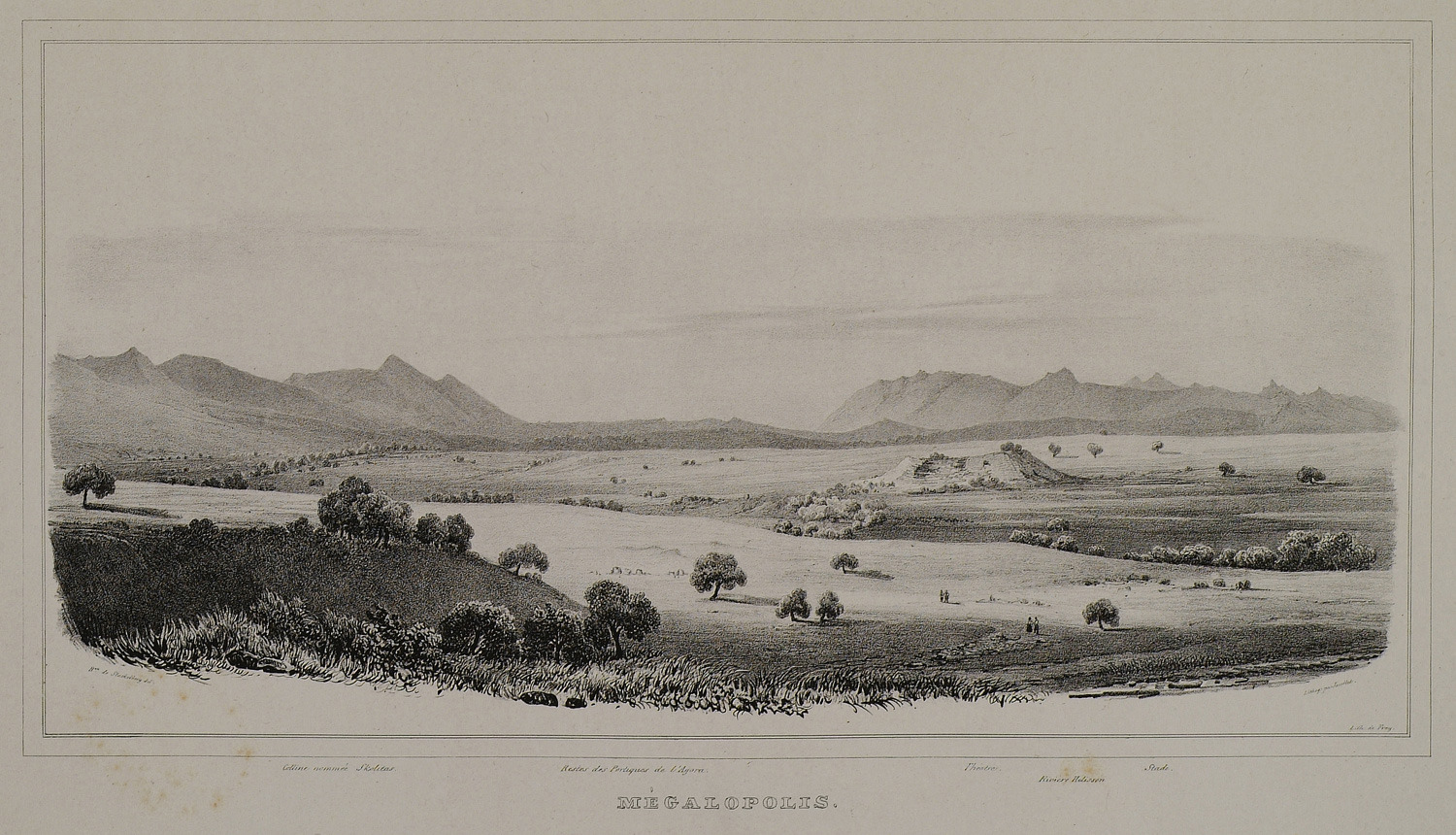
-
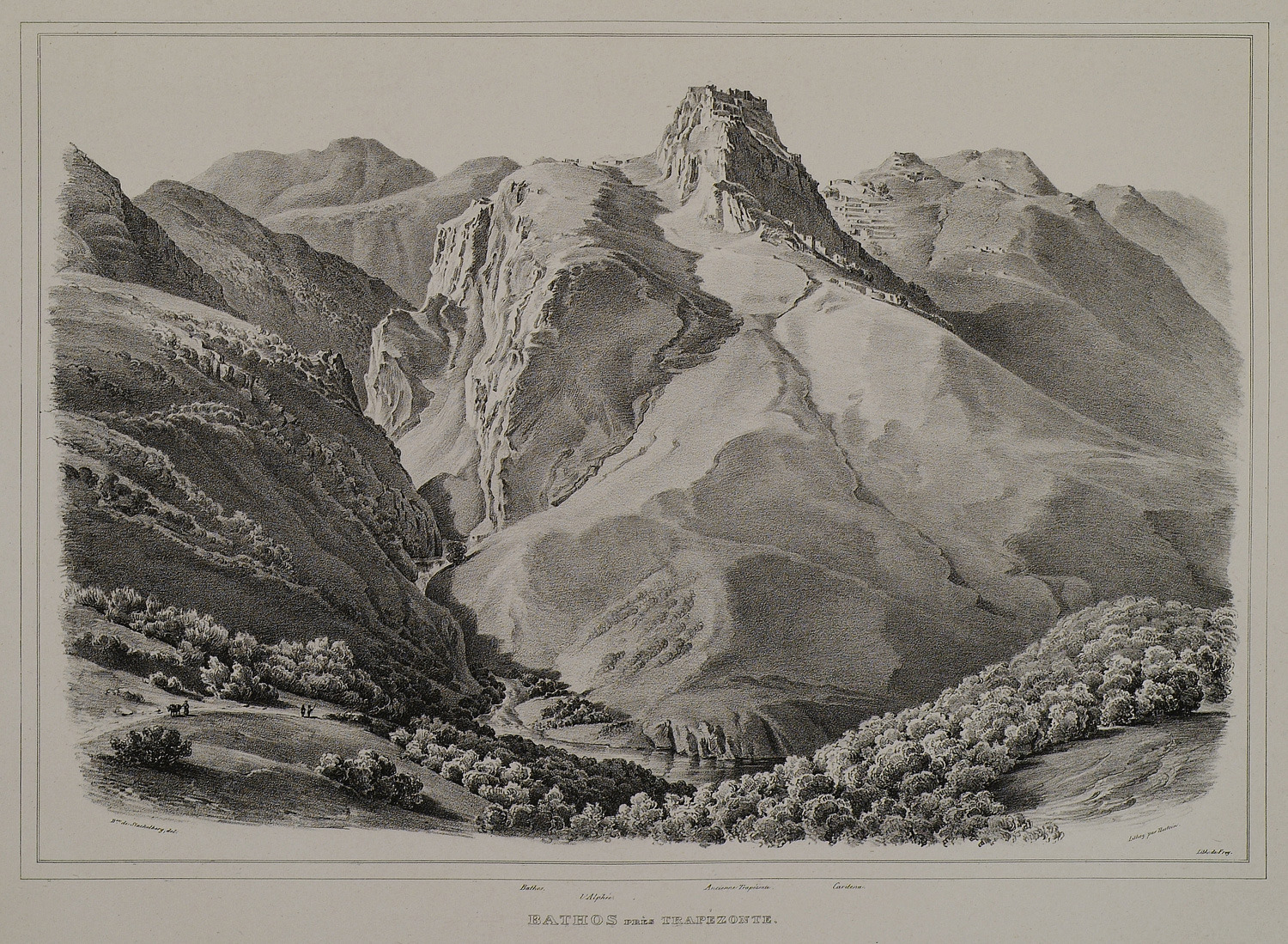
-
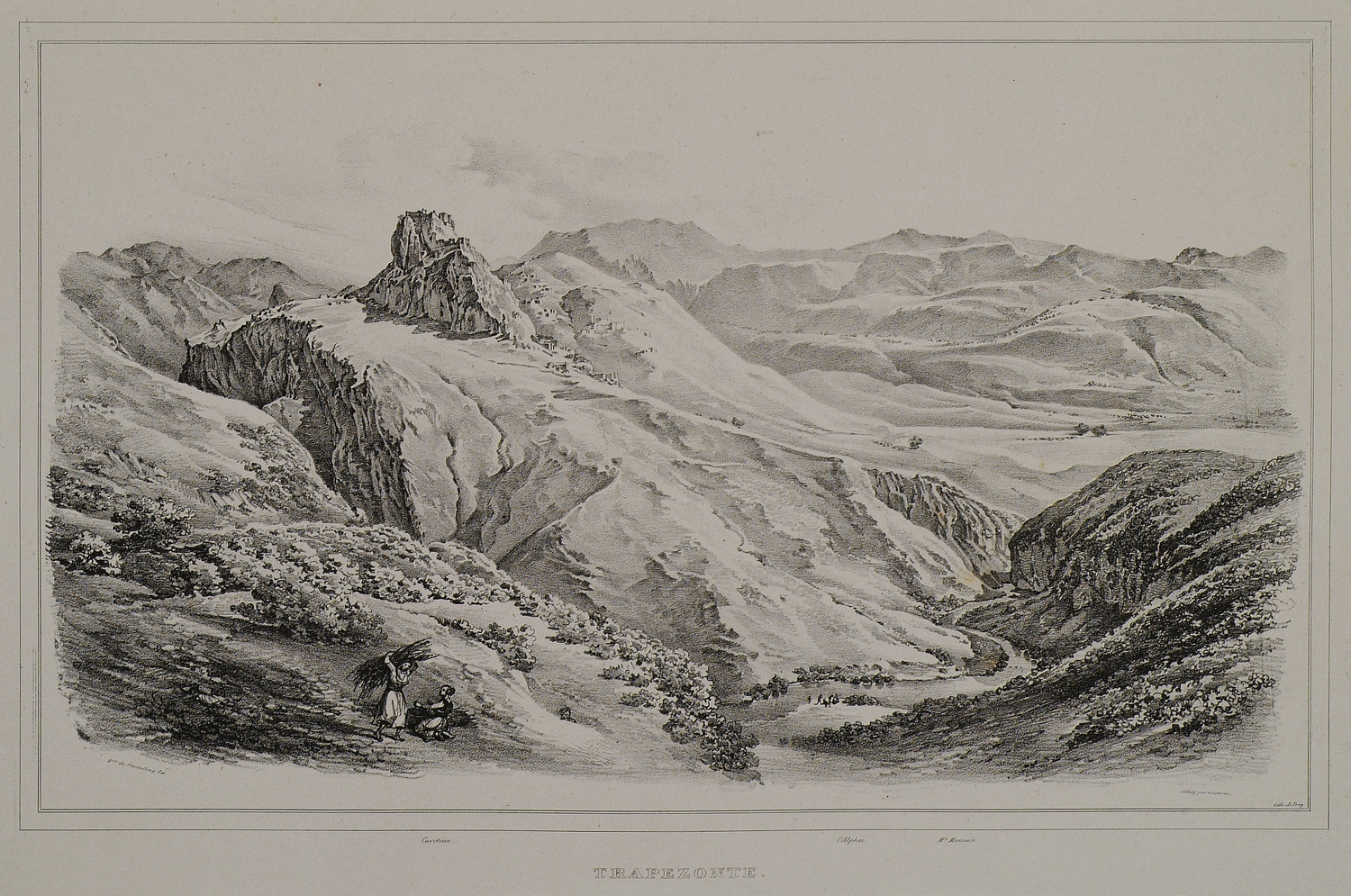
-
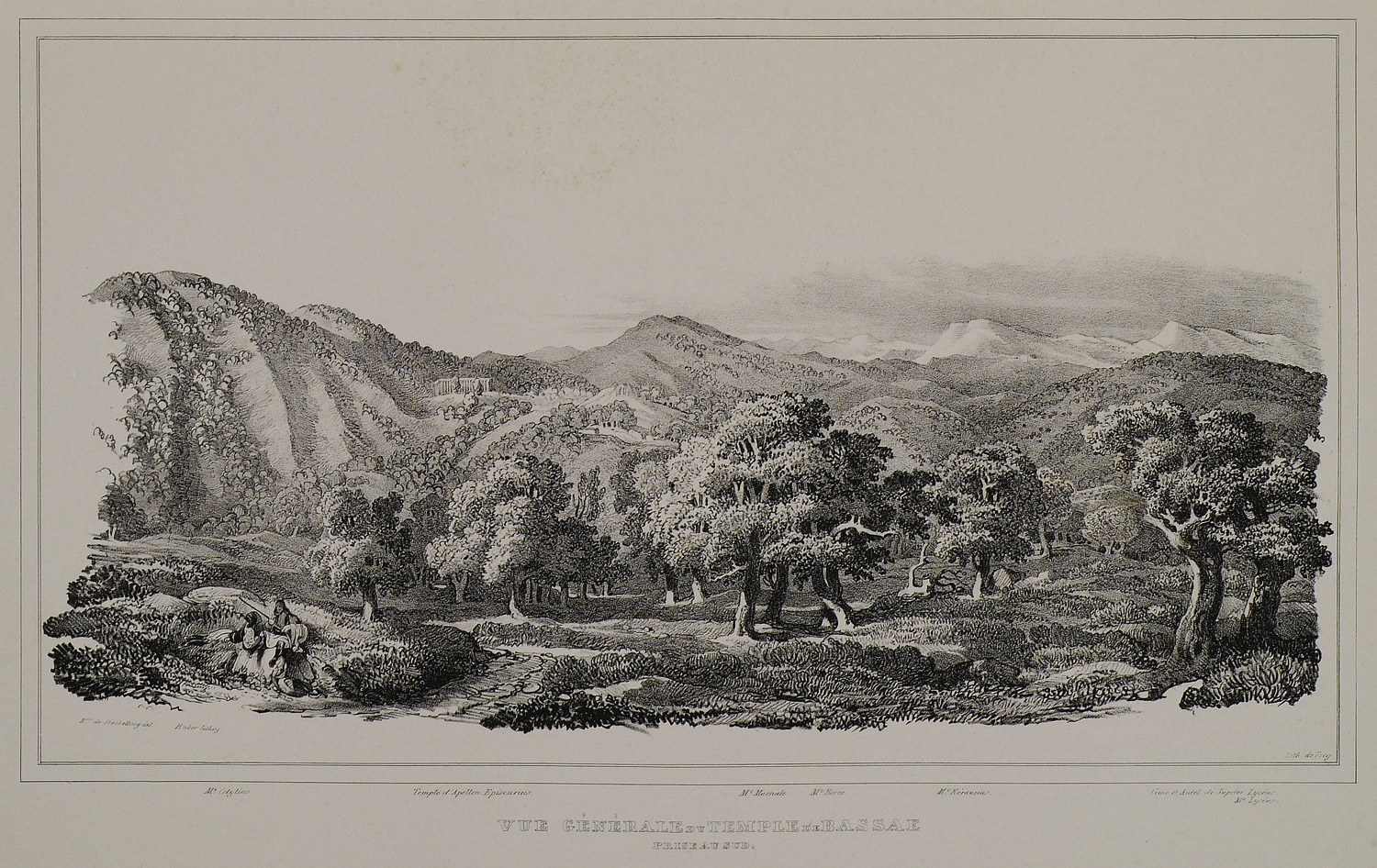
-
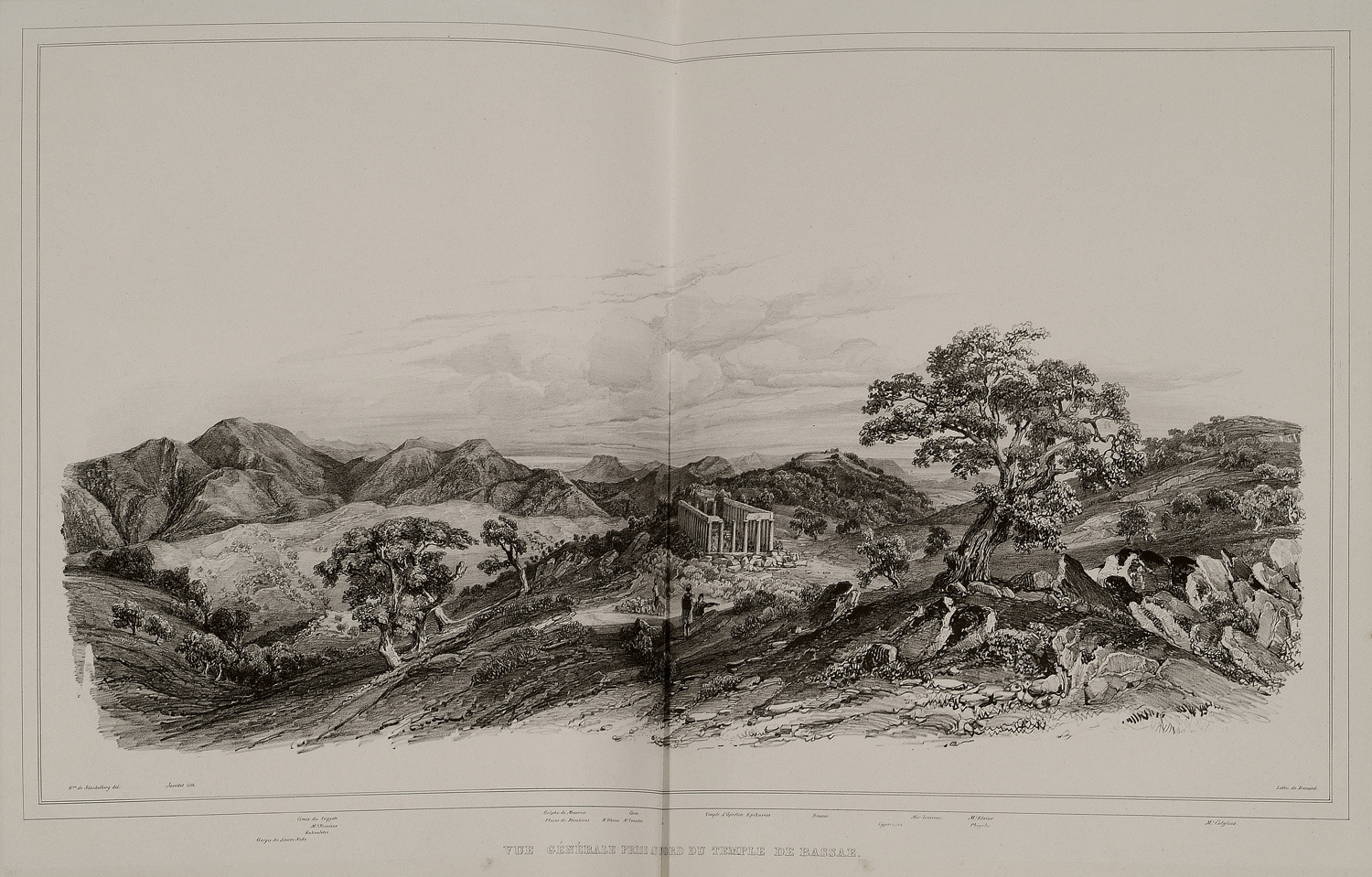
View of the temple of Apollo Epicurius in Bassae, Phigaleia.
-
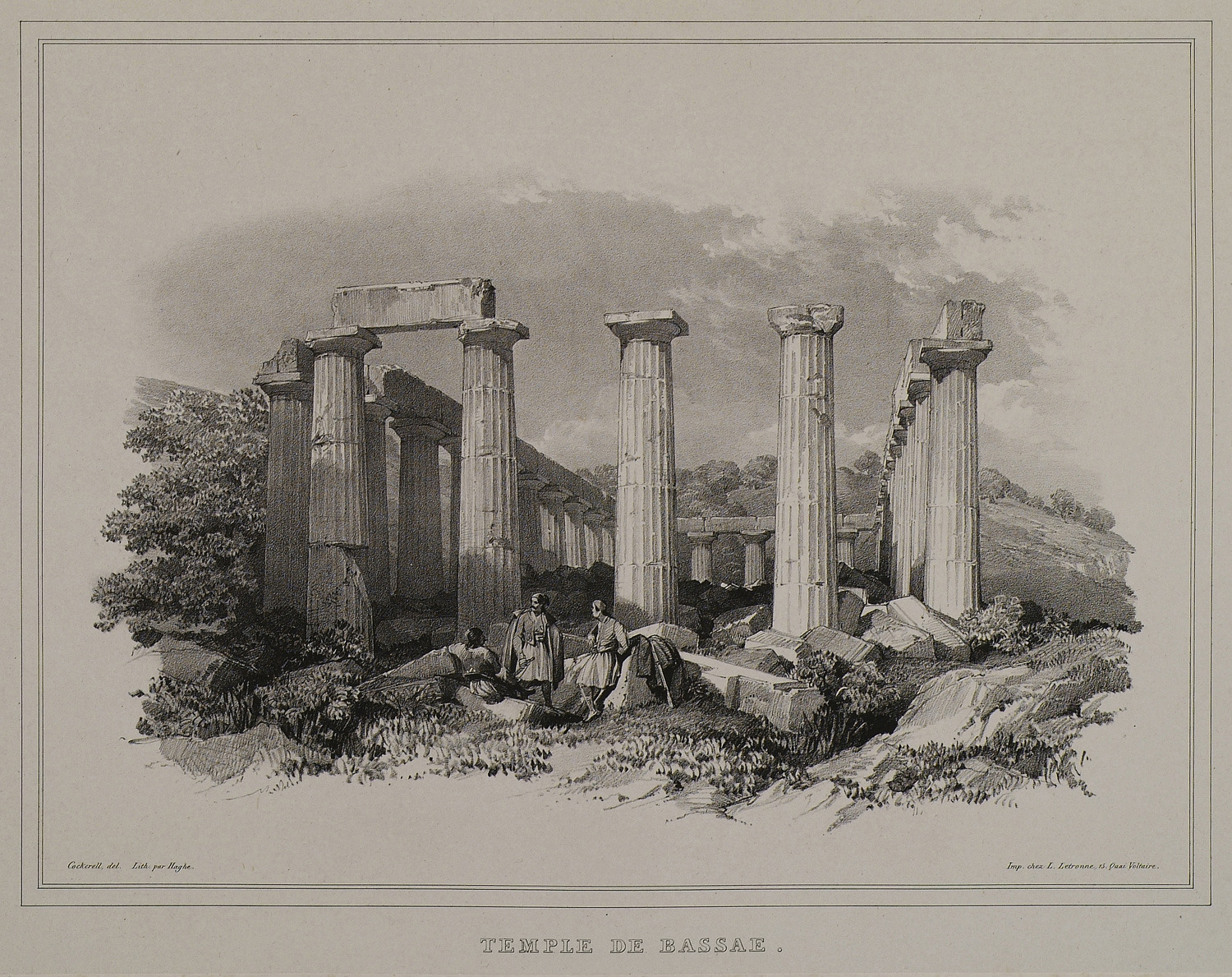
View of the temple of Apollo Epicurius in Bassae, Phigaleia.
-
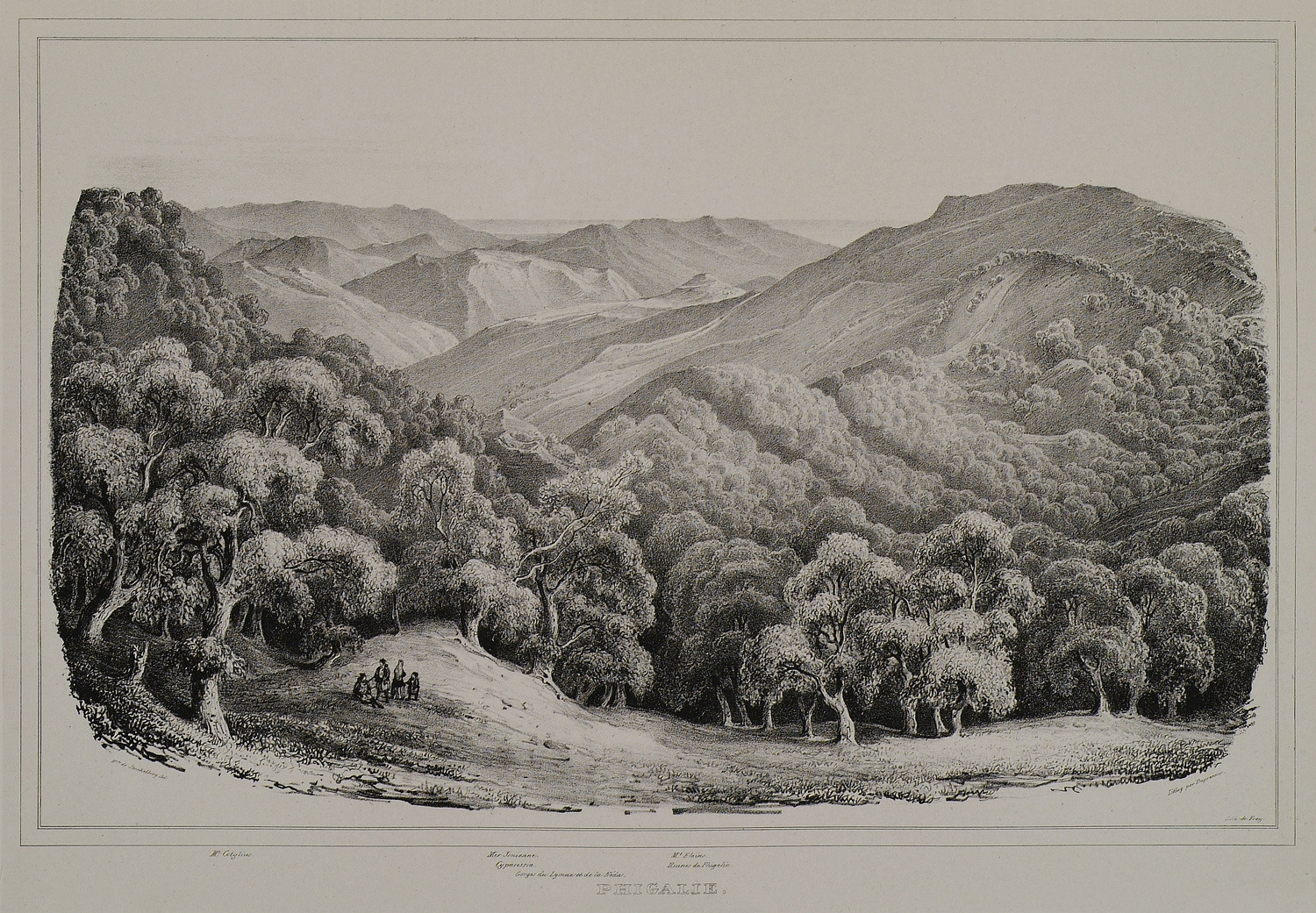
-
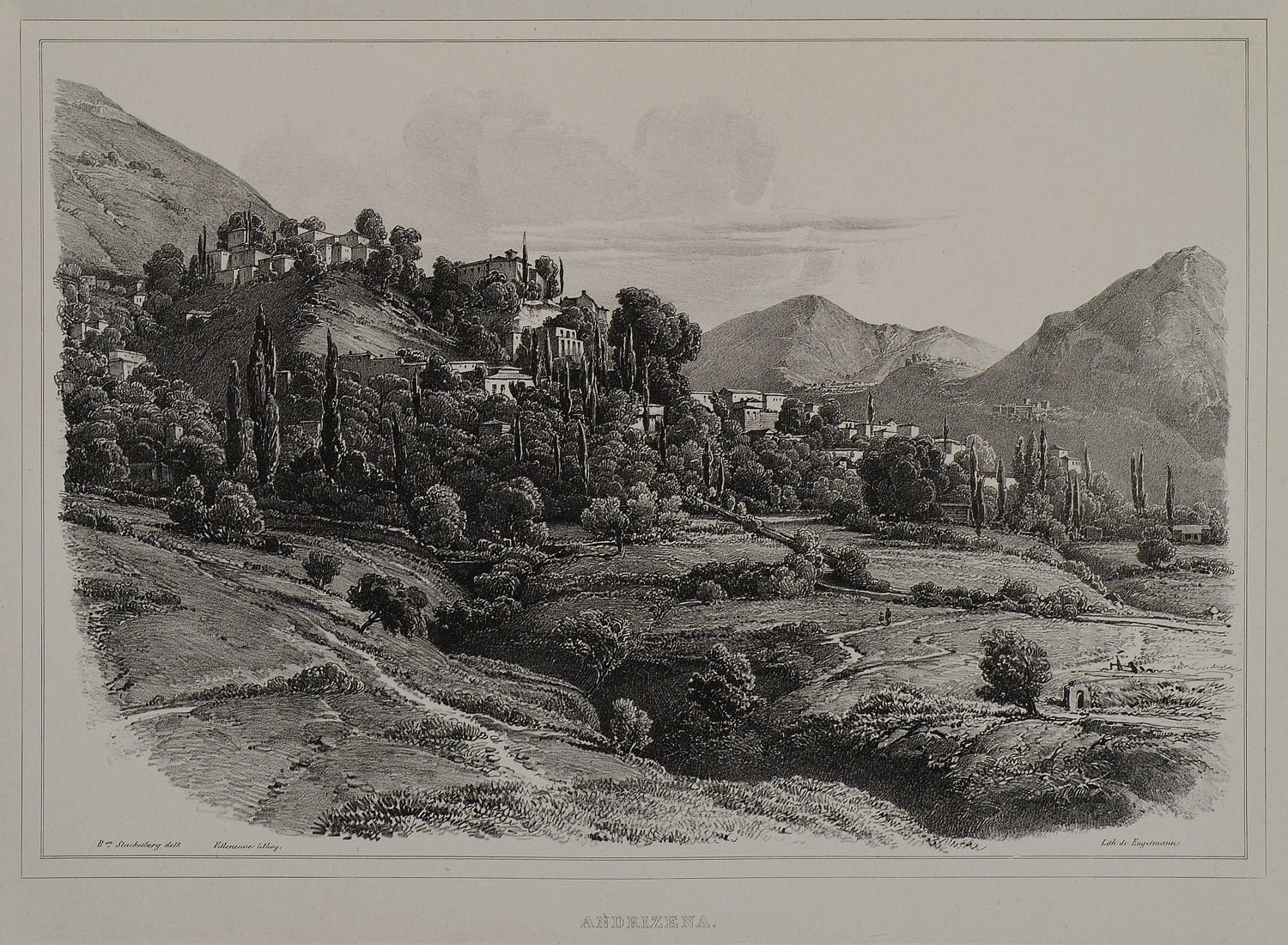
-
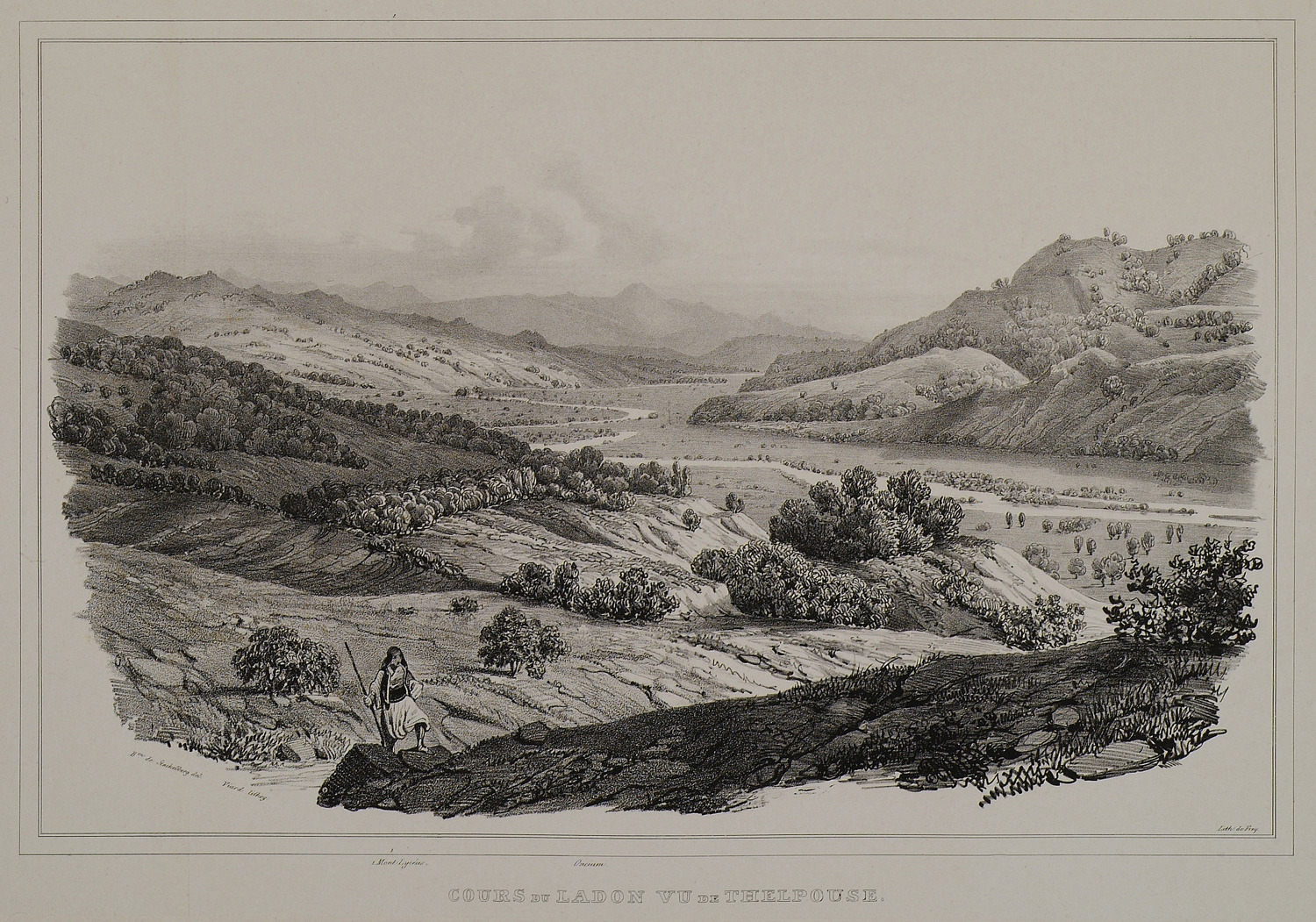
The course of Ladon river (tributary to Alfeios river), Arcadia.
-
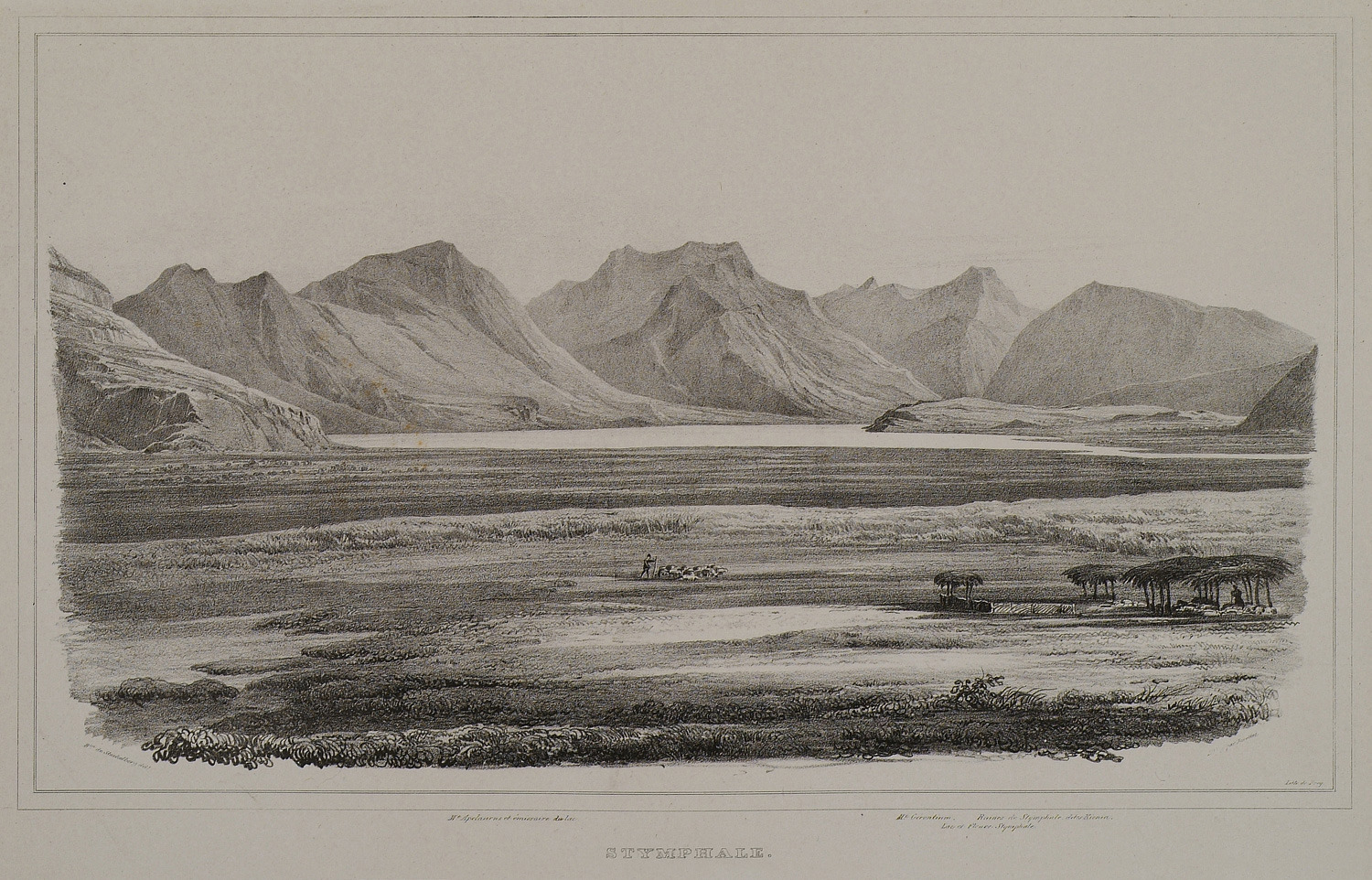
-
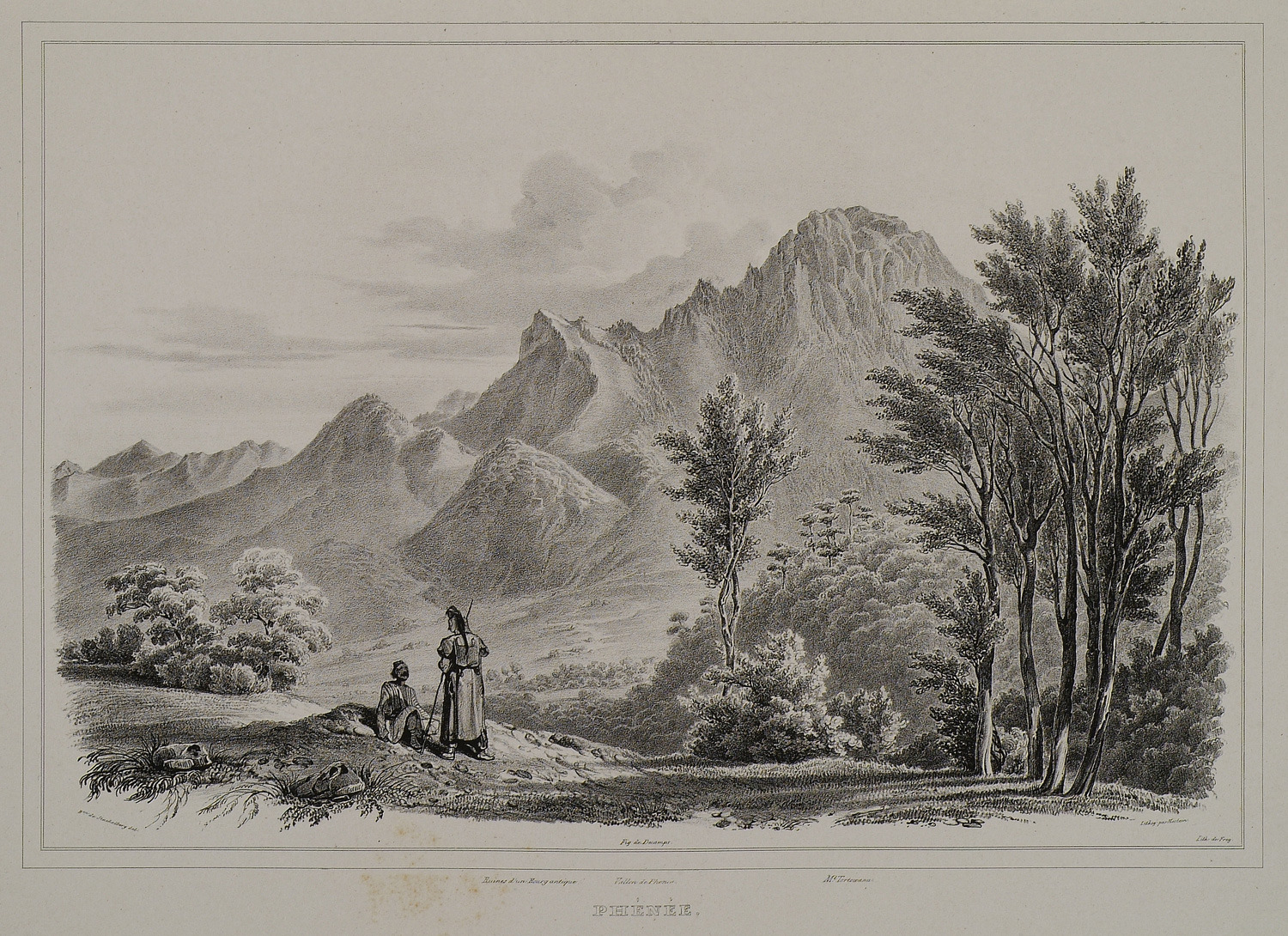
-
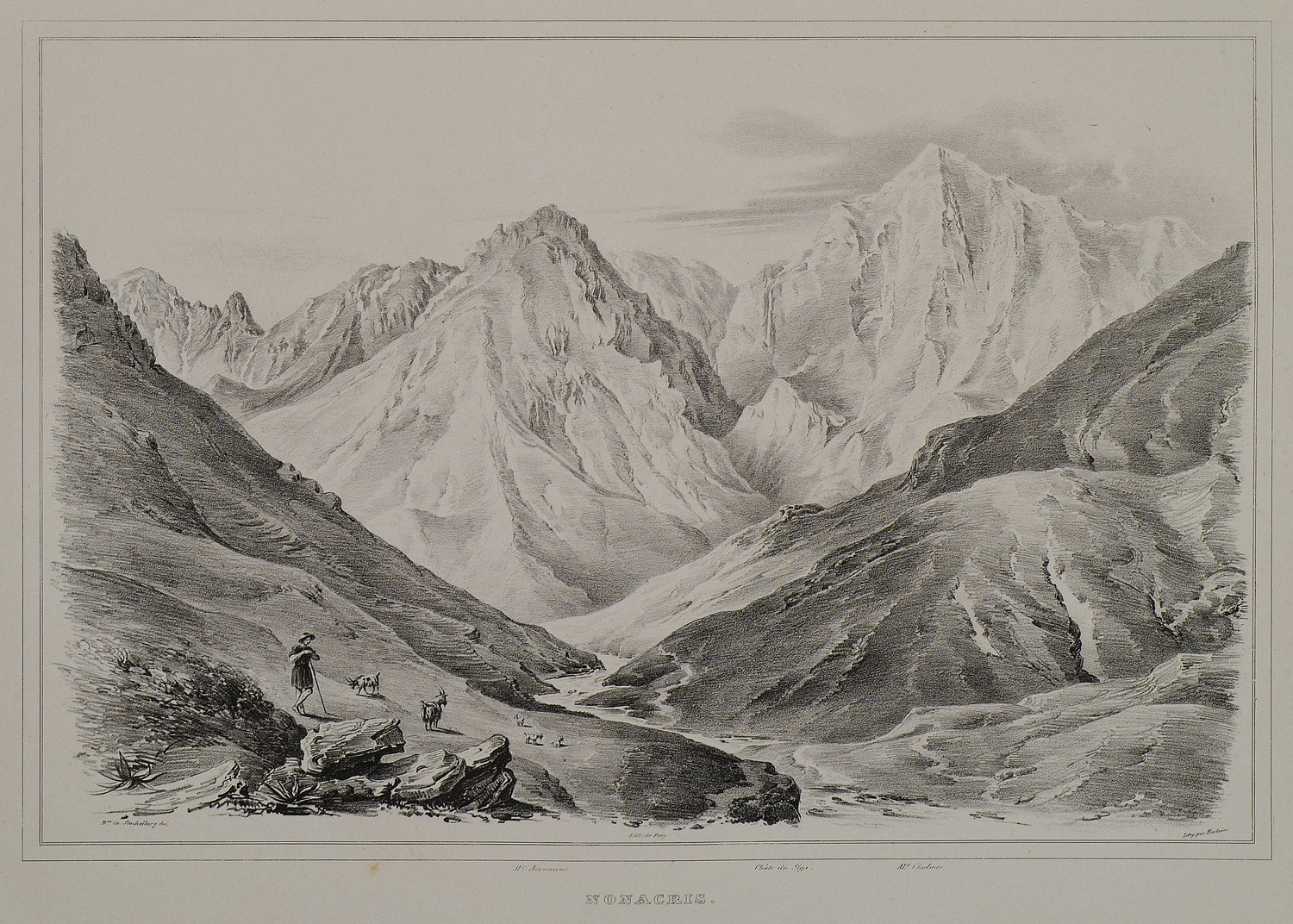
-
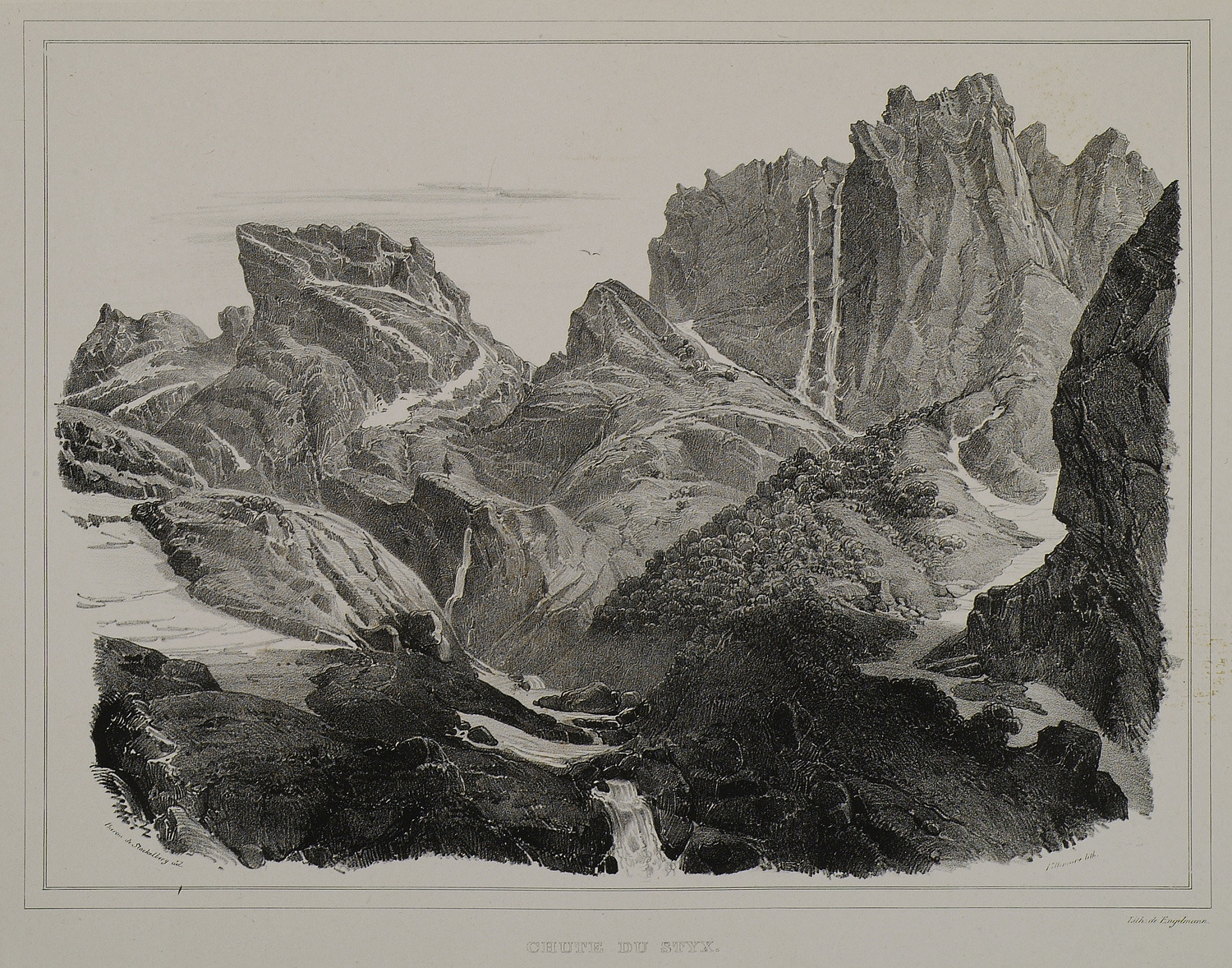
-
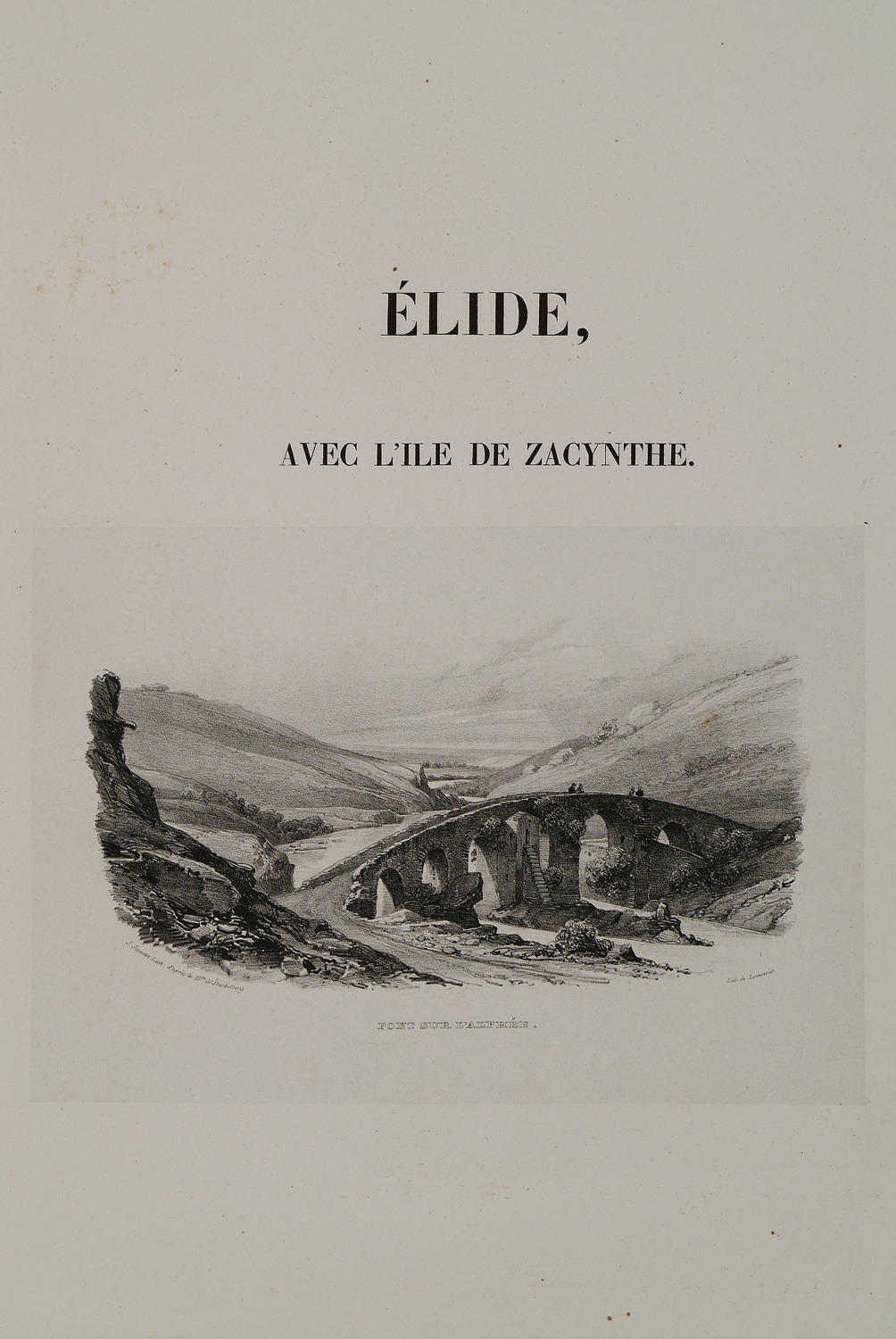
-
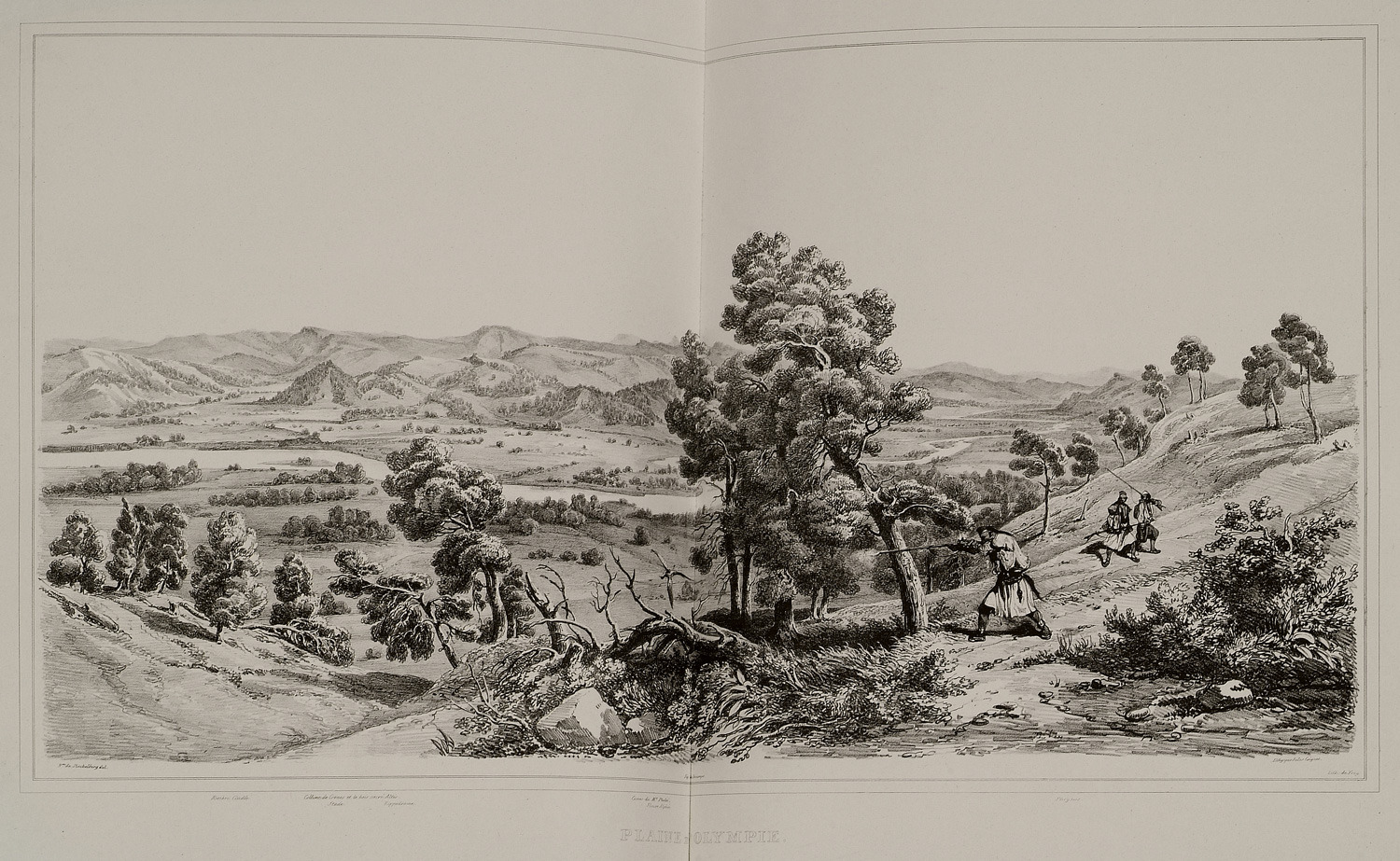
-
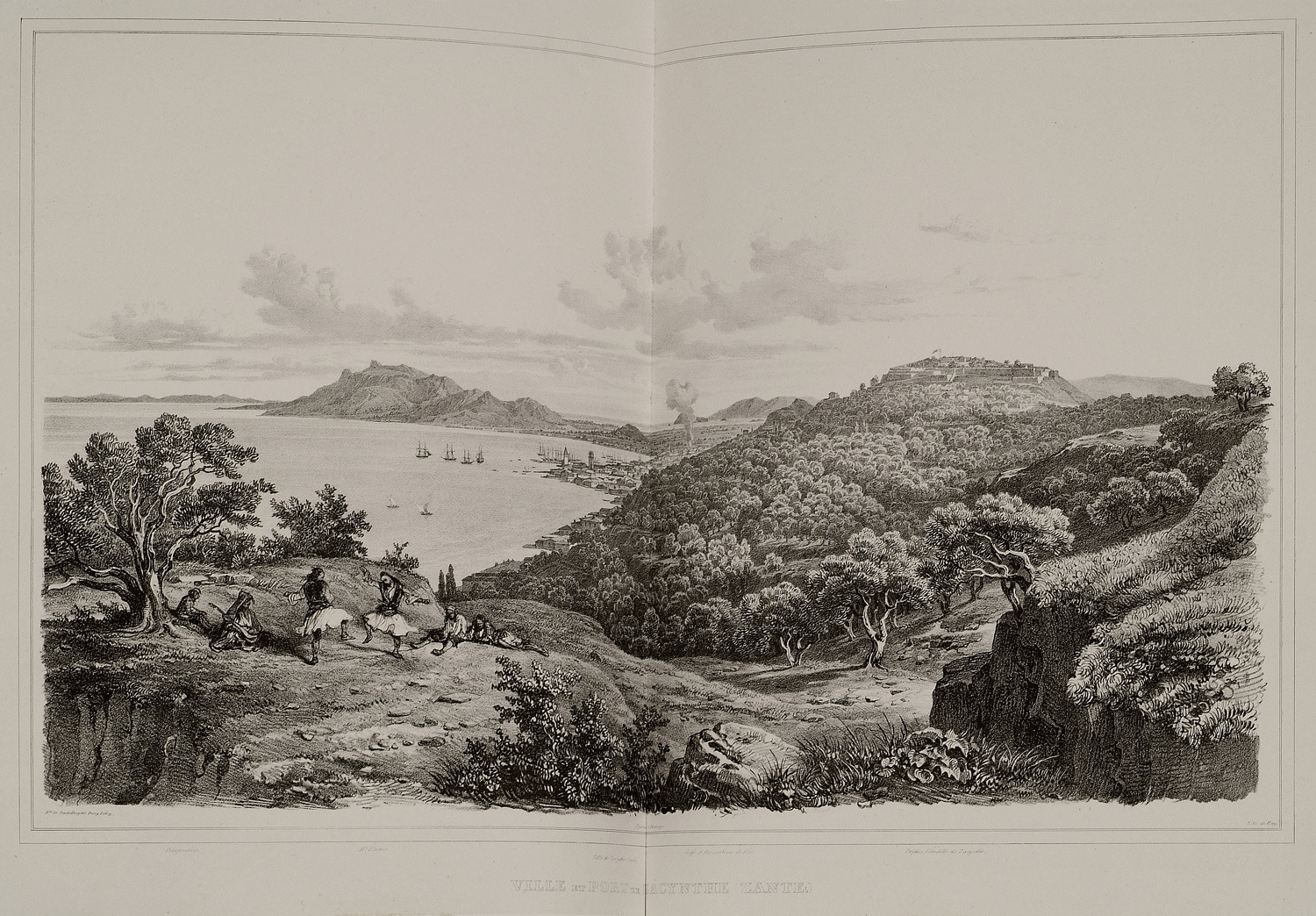
-
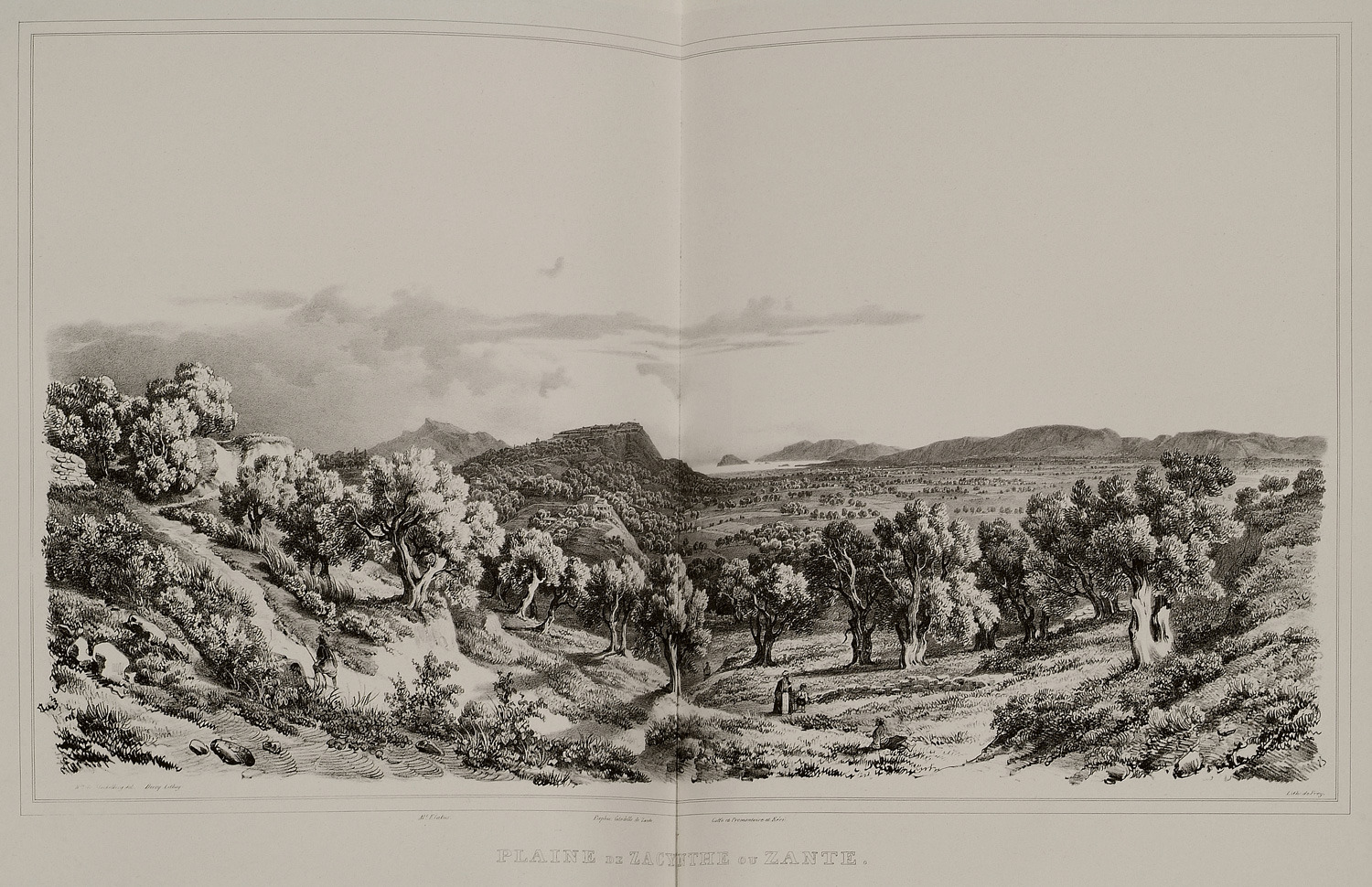
Lanscape in Zakynthos. The city of Zakynthos with the Venetian fortress in the background.
-
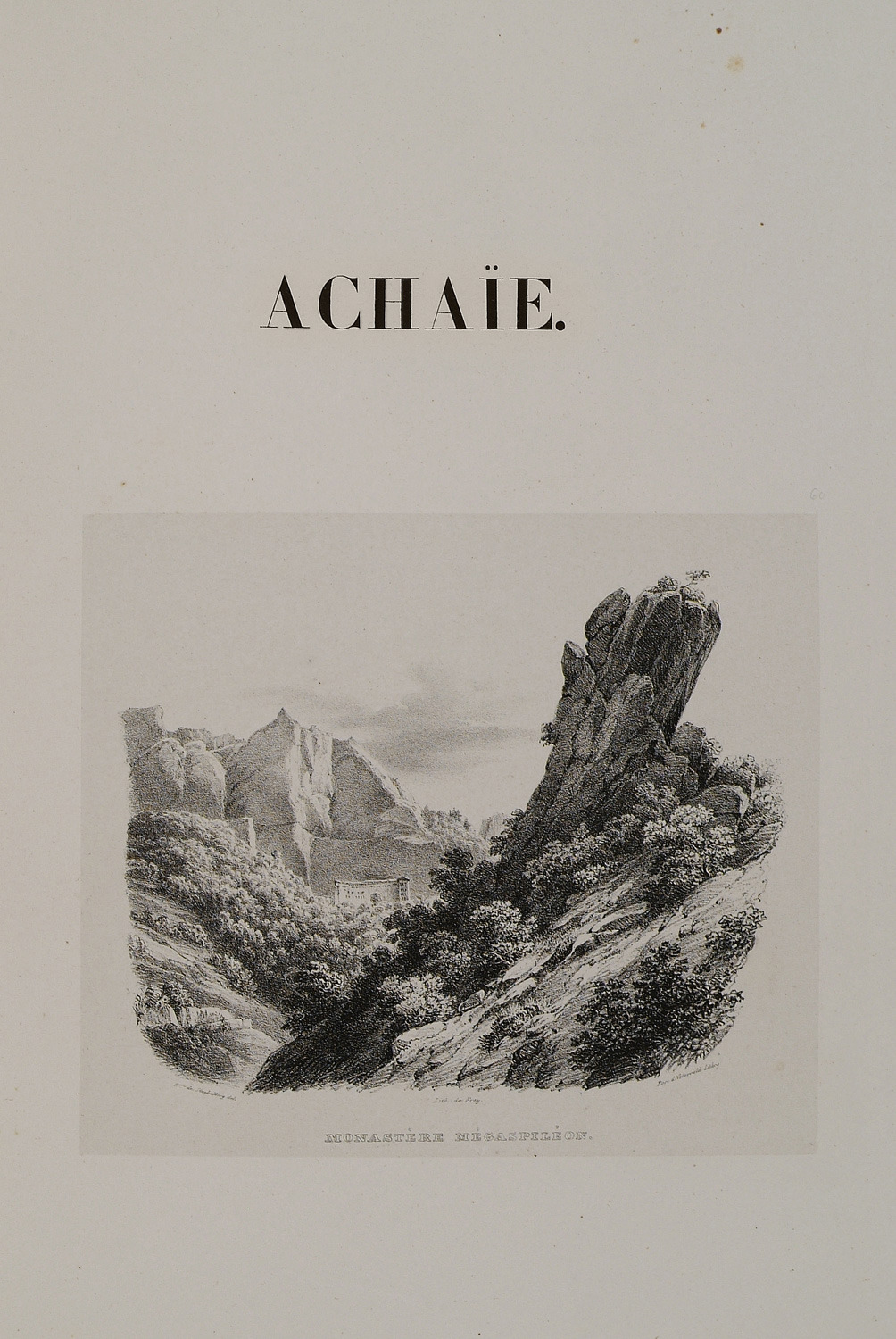
-
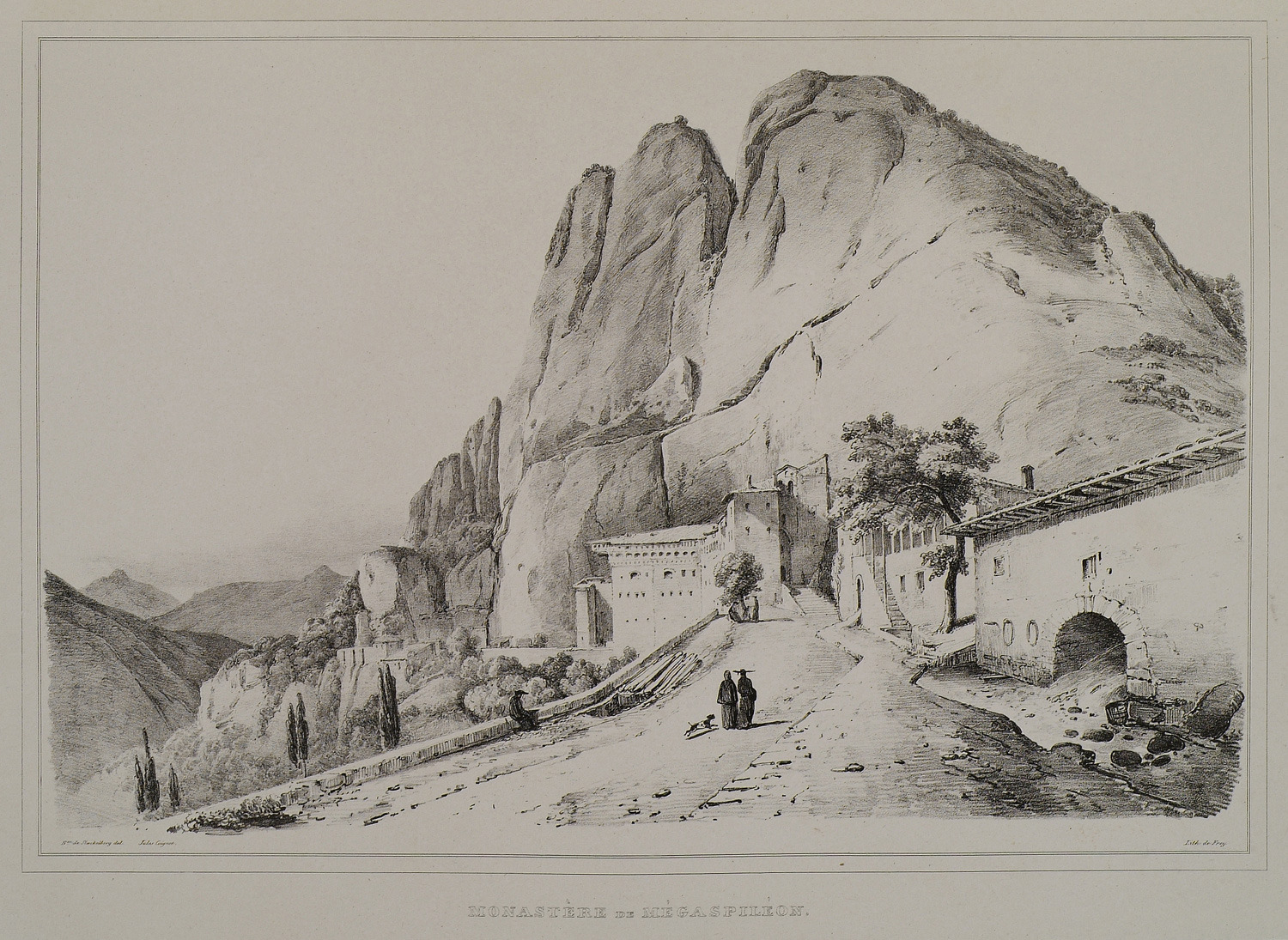
-
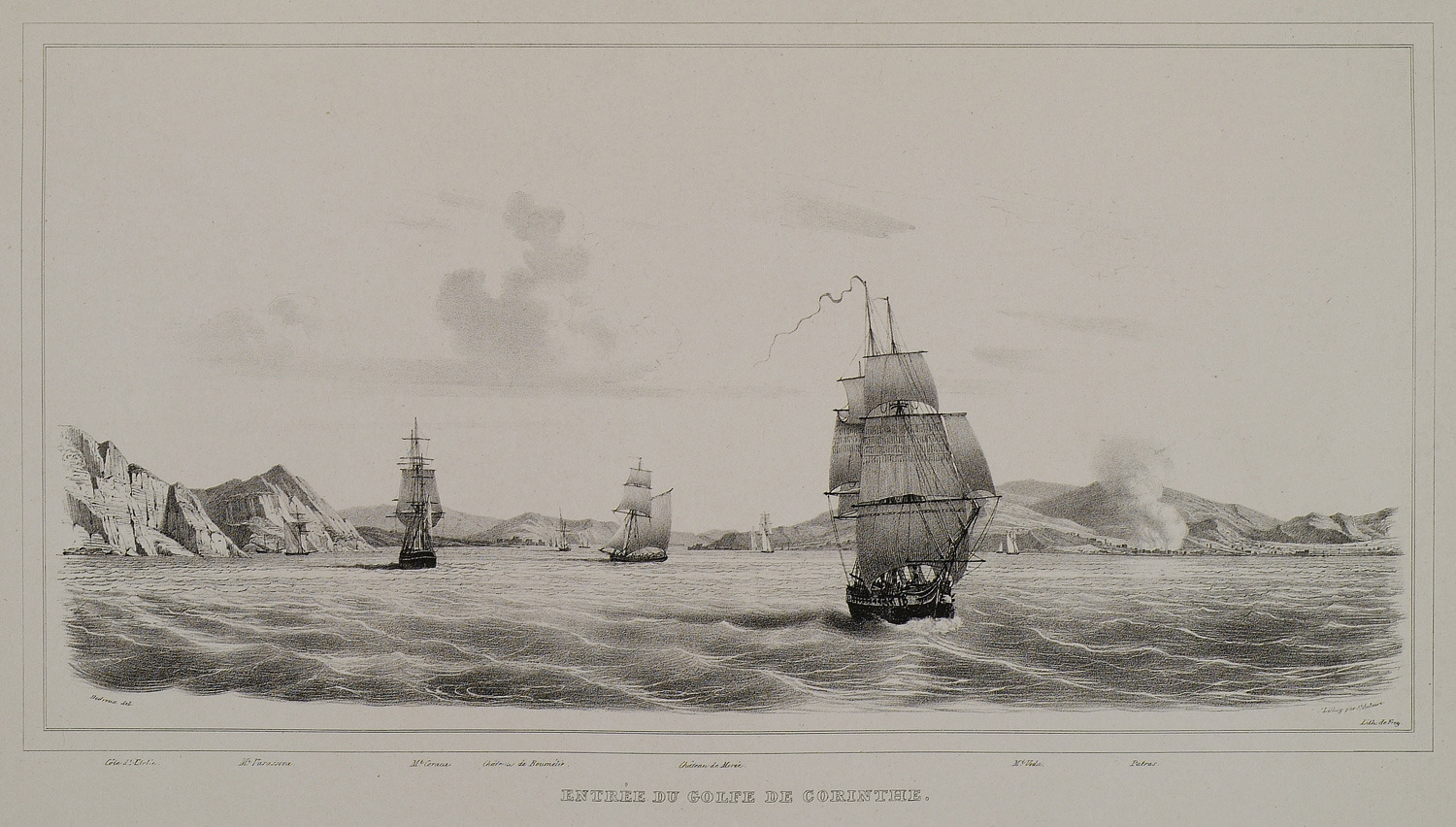
Ships entering the Gulf of Corinth. The city of Patras in the background, on the right.
-
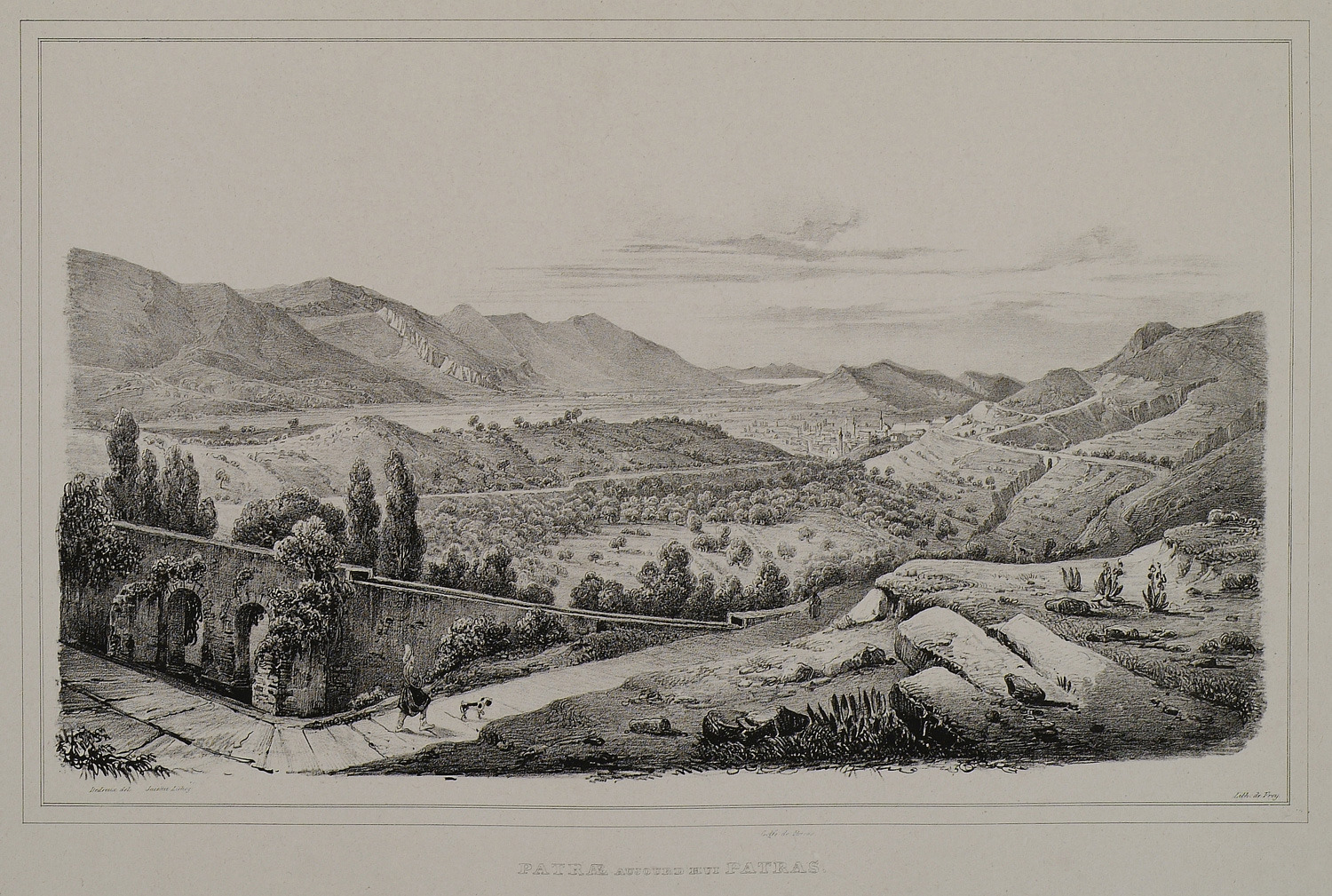
-
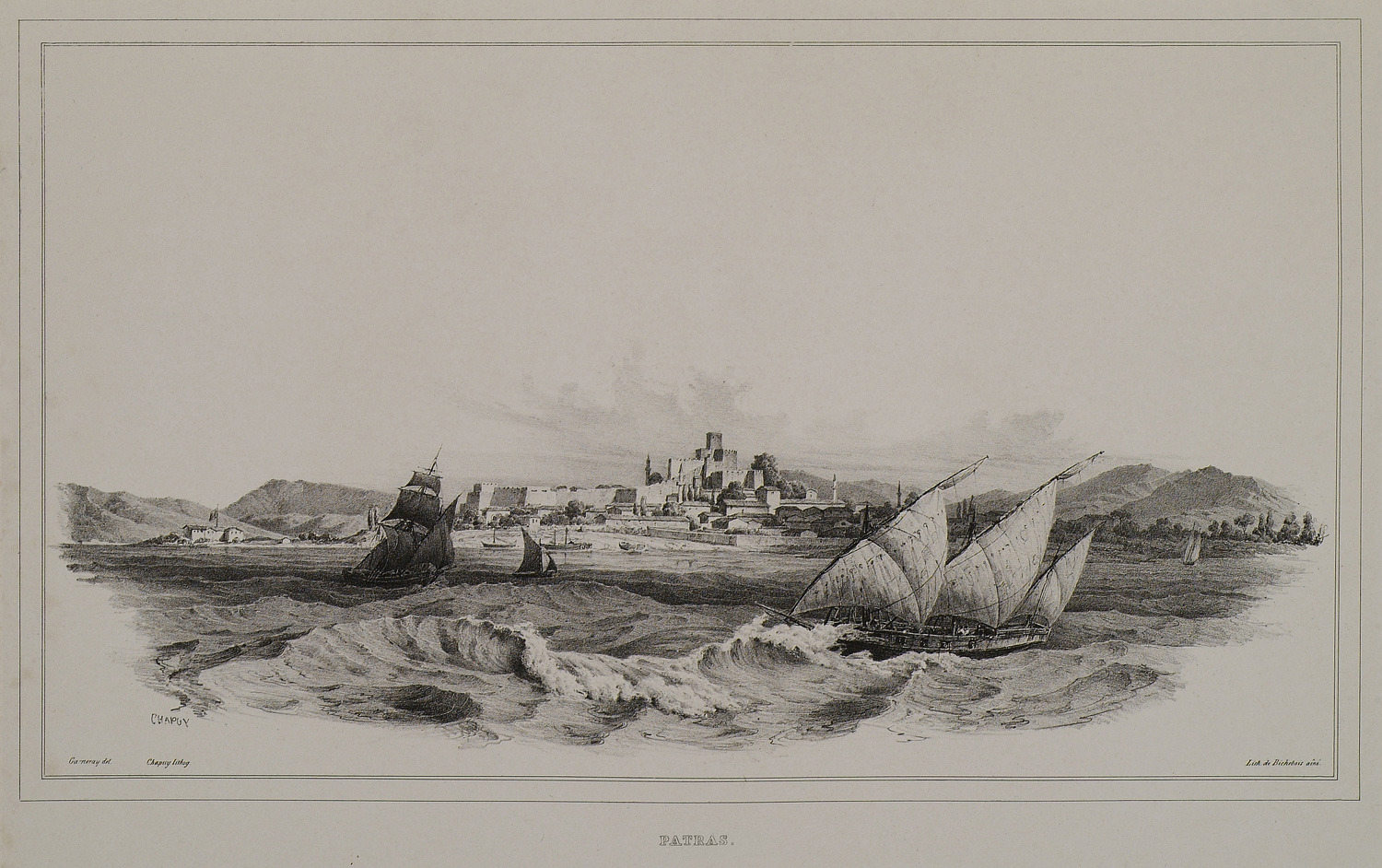
-
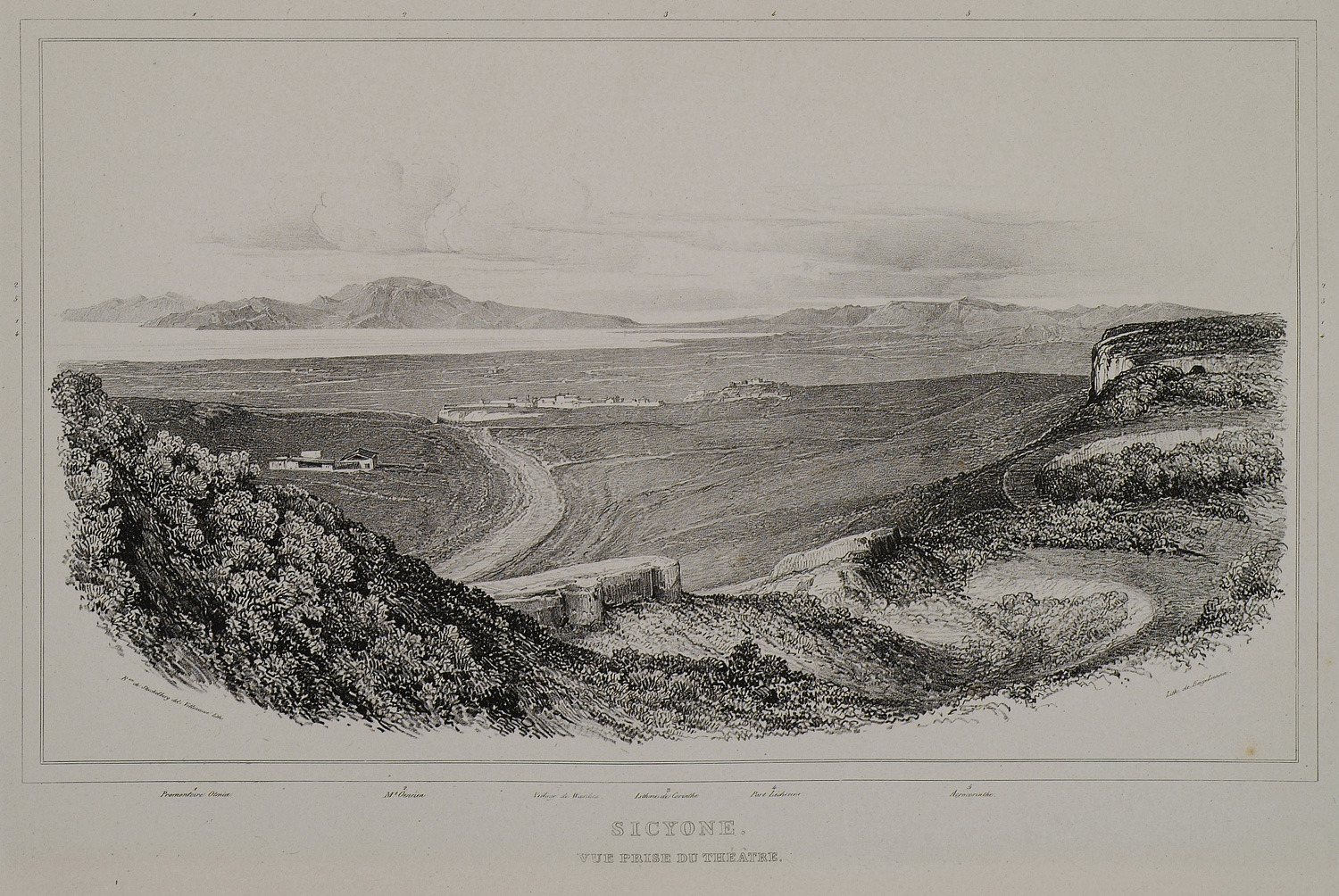
Ancient Sicyon as seen from the ruins of the Ancient Theatre.
-
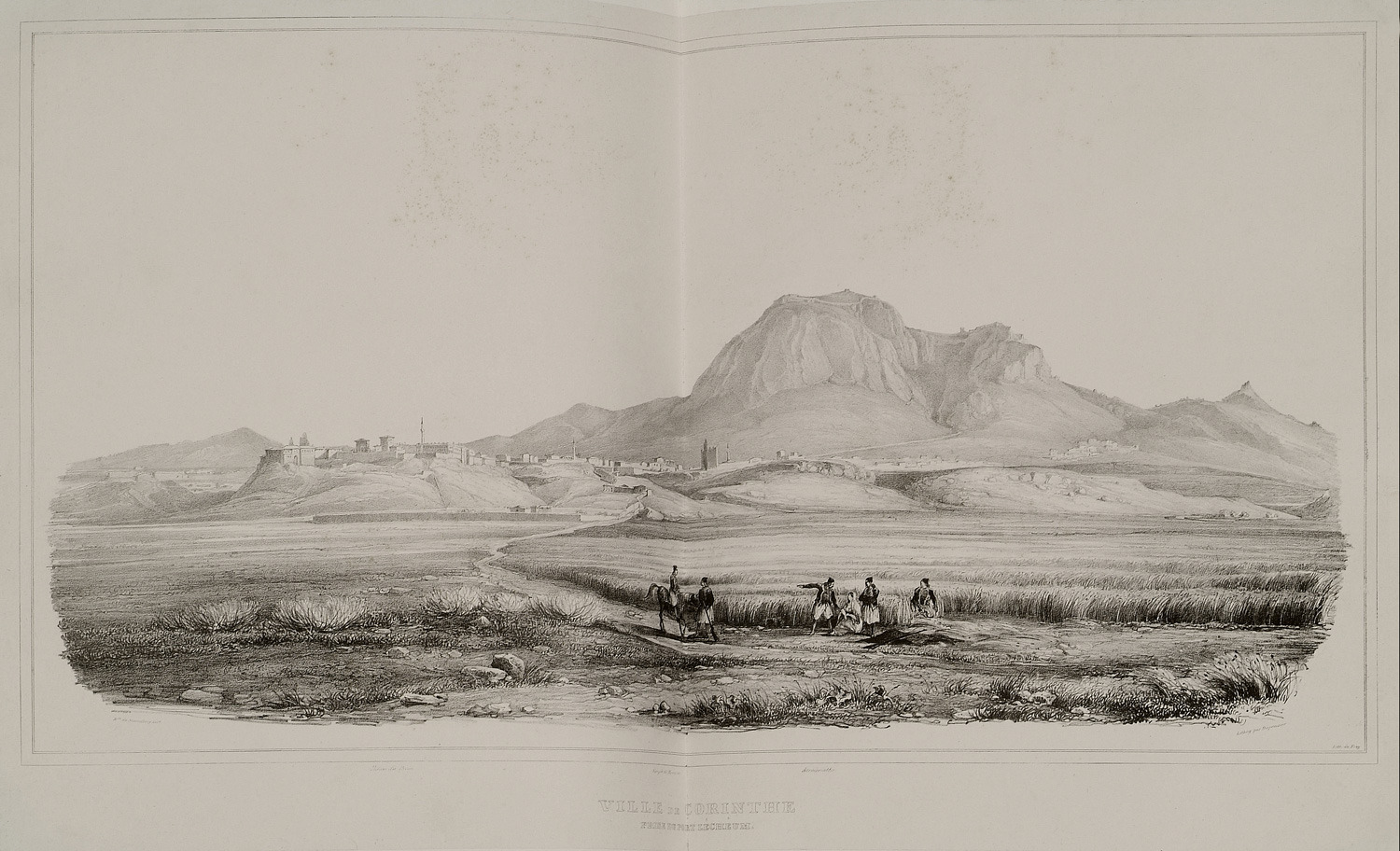
-
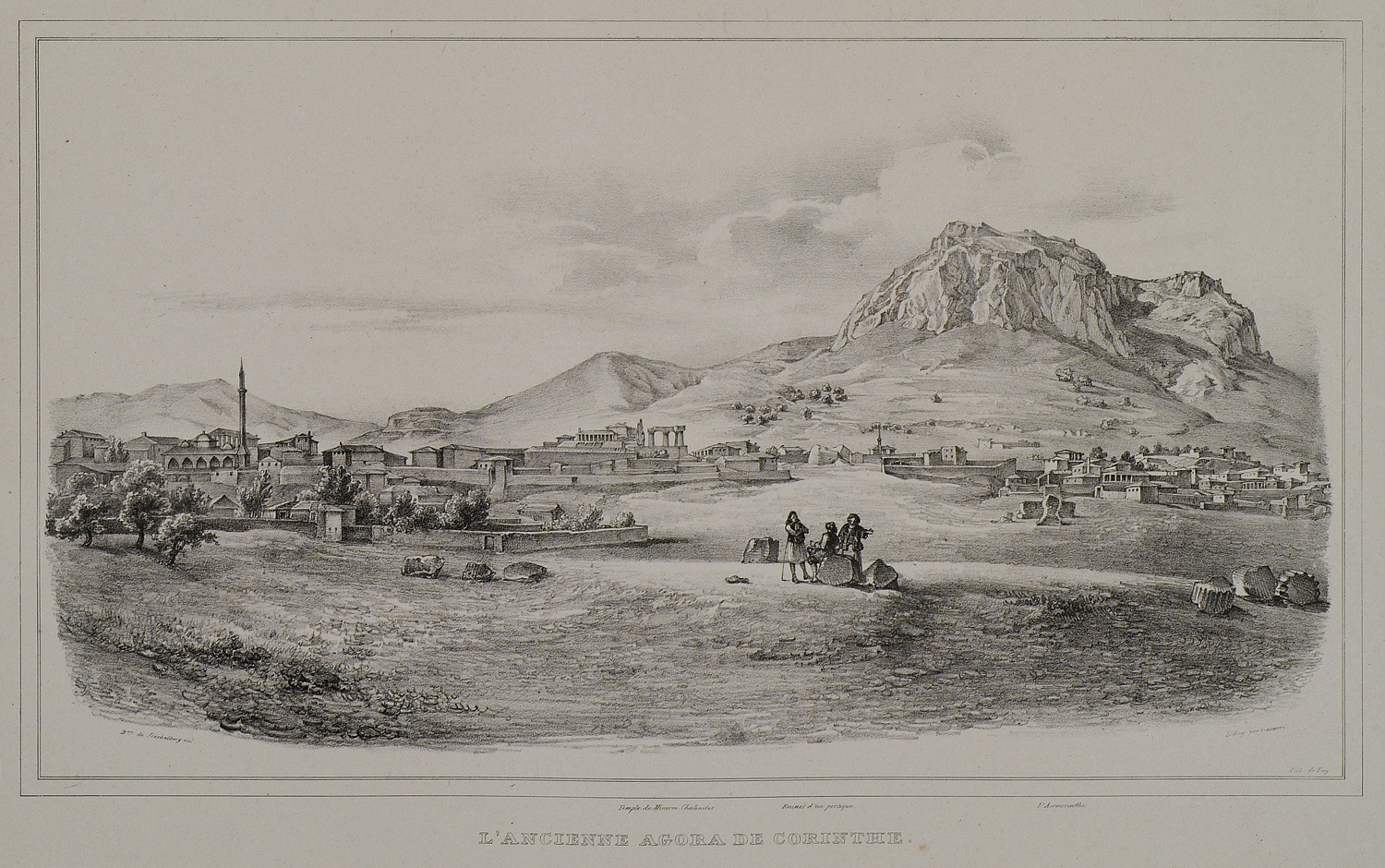
-
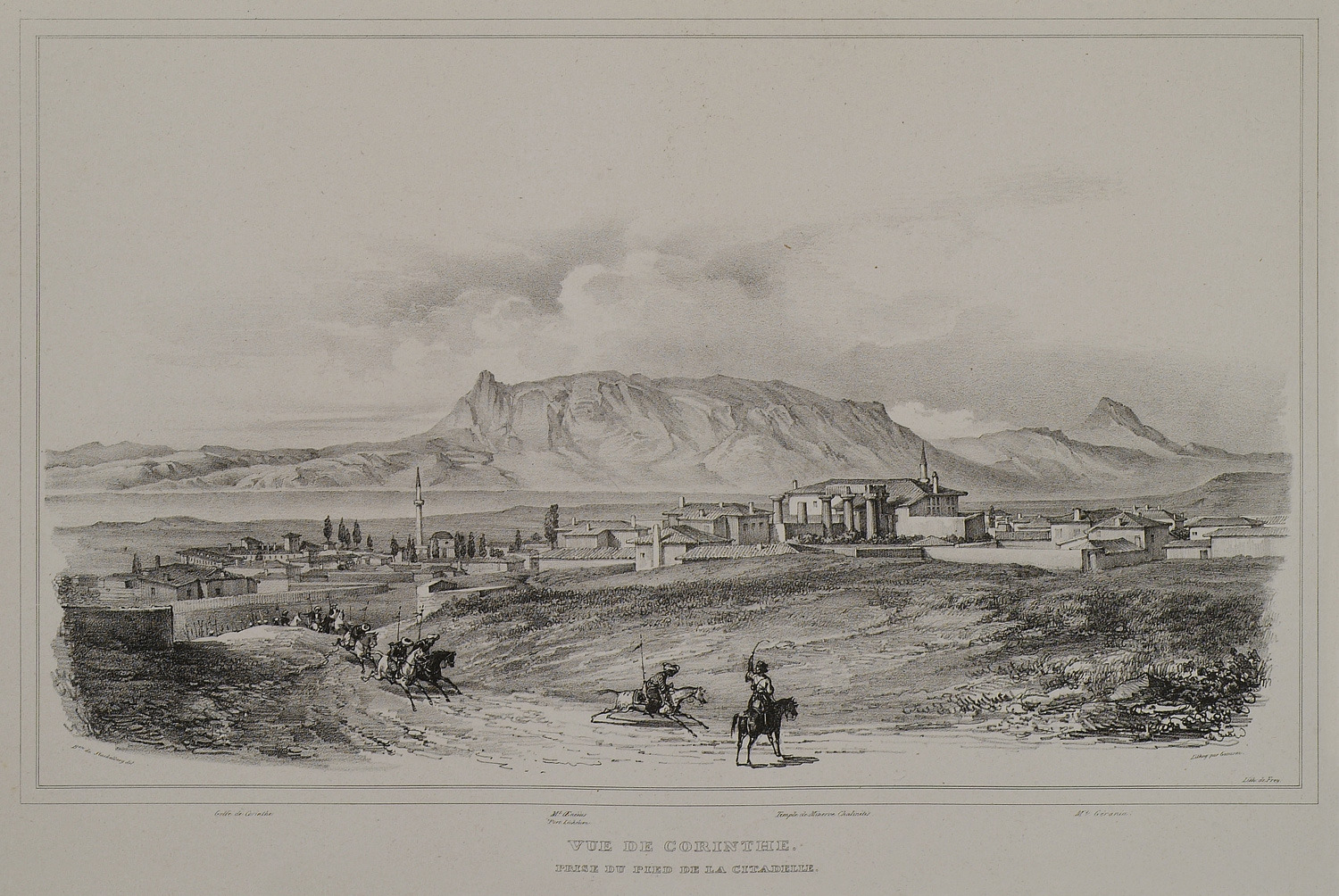
-
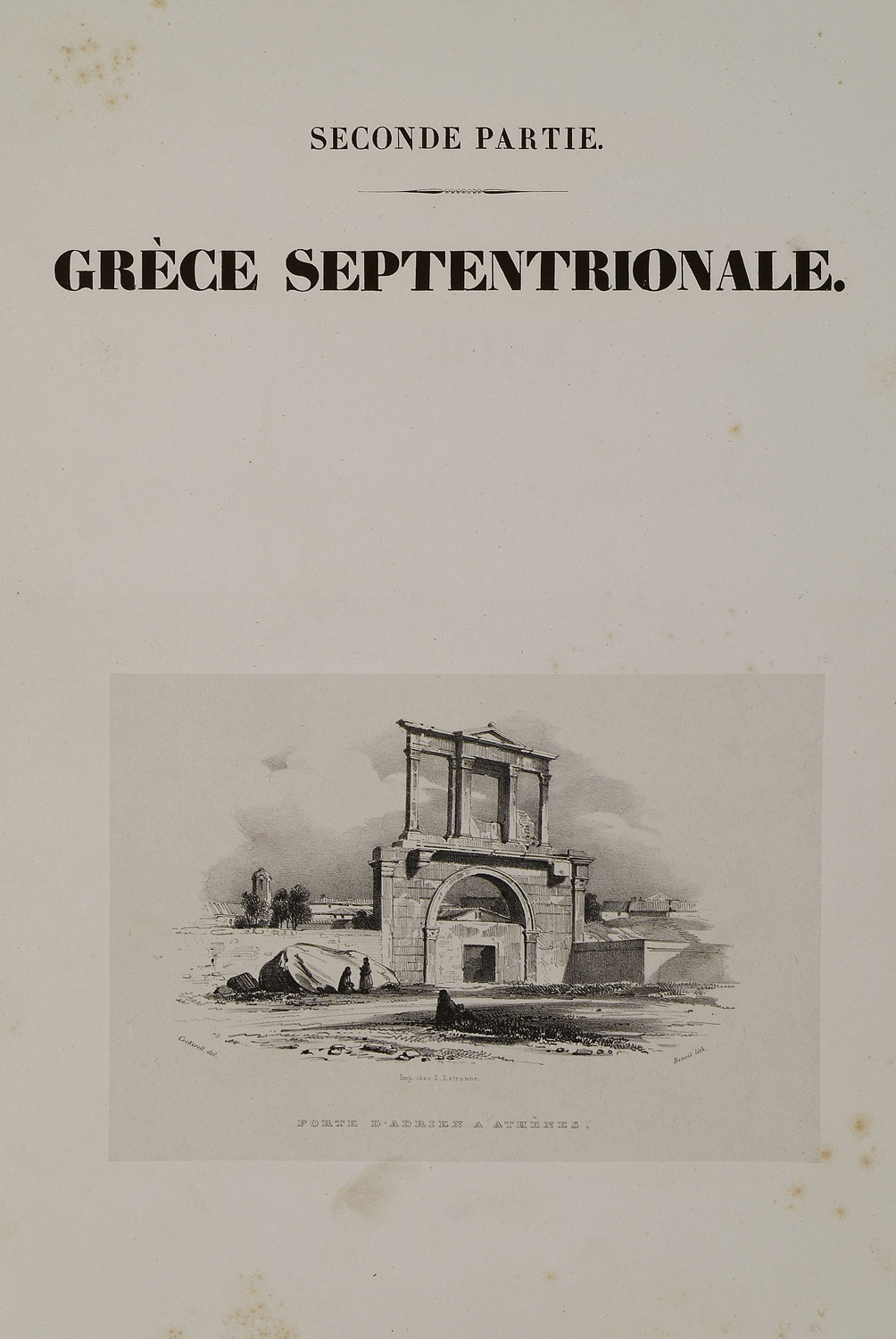
Title page of the second part of the book. The Arch of Hadrian in Athens.
-
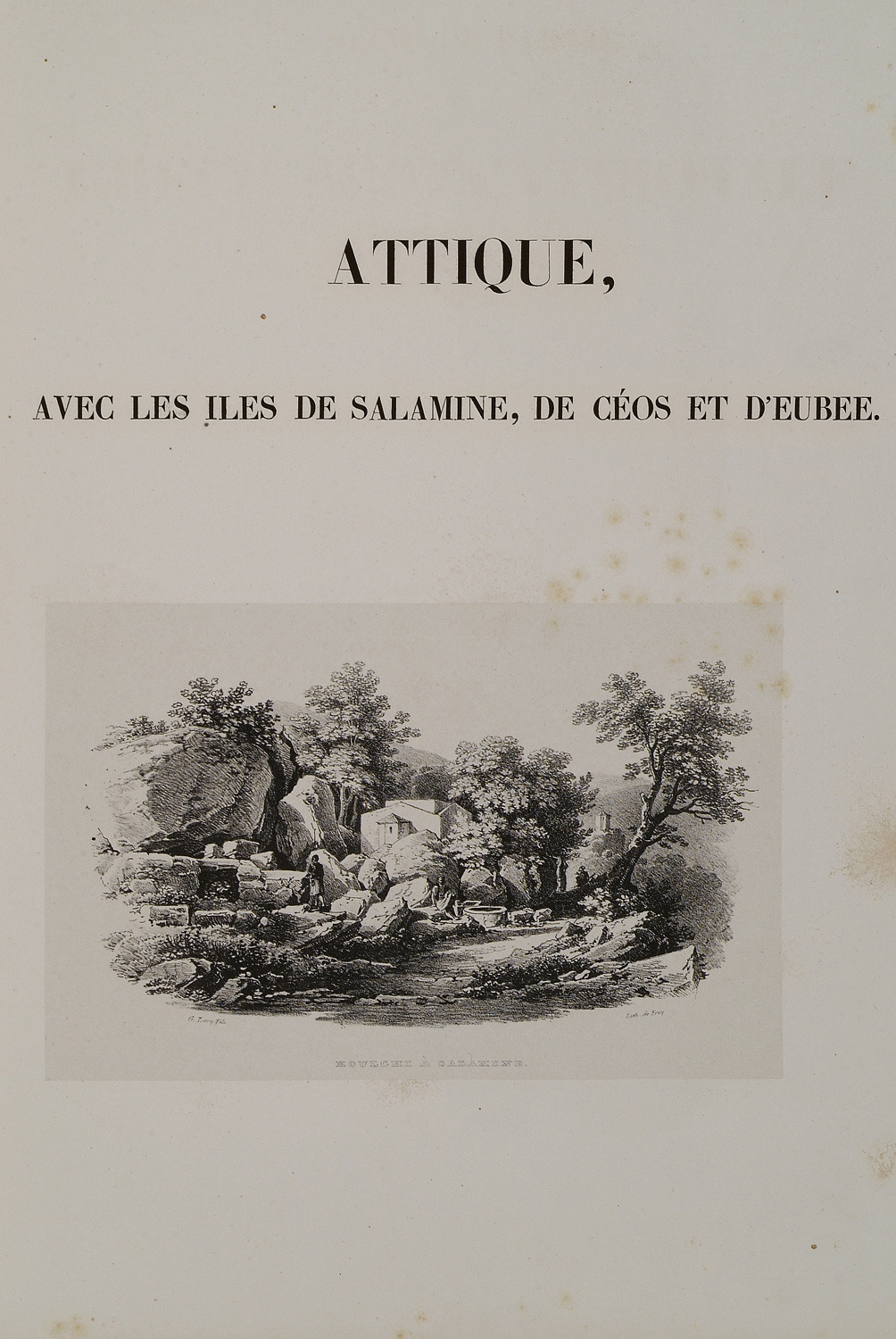
-
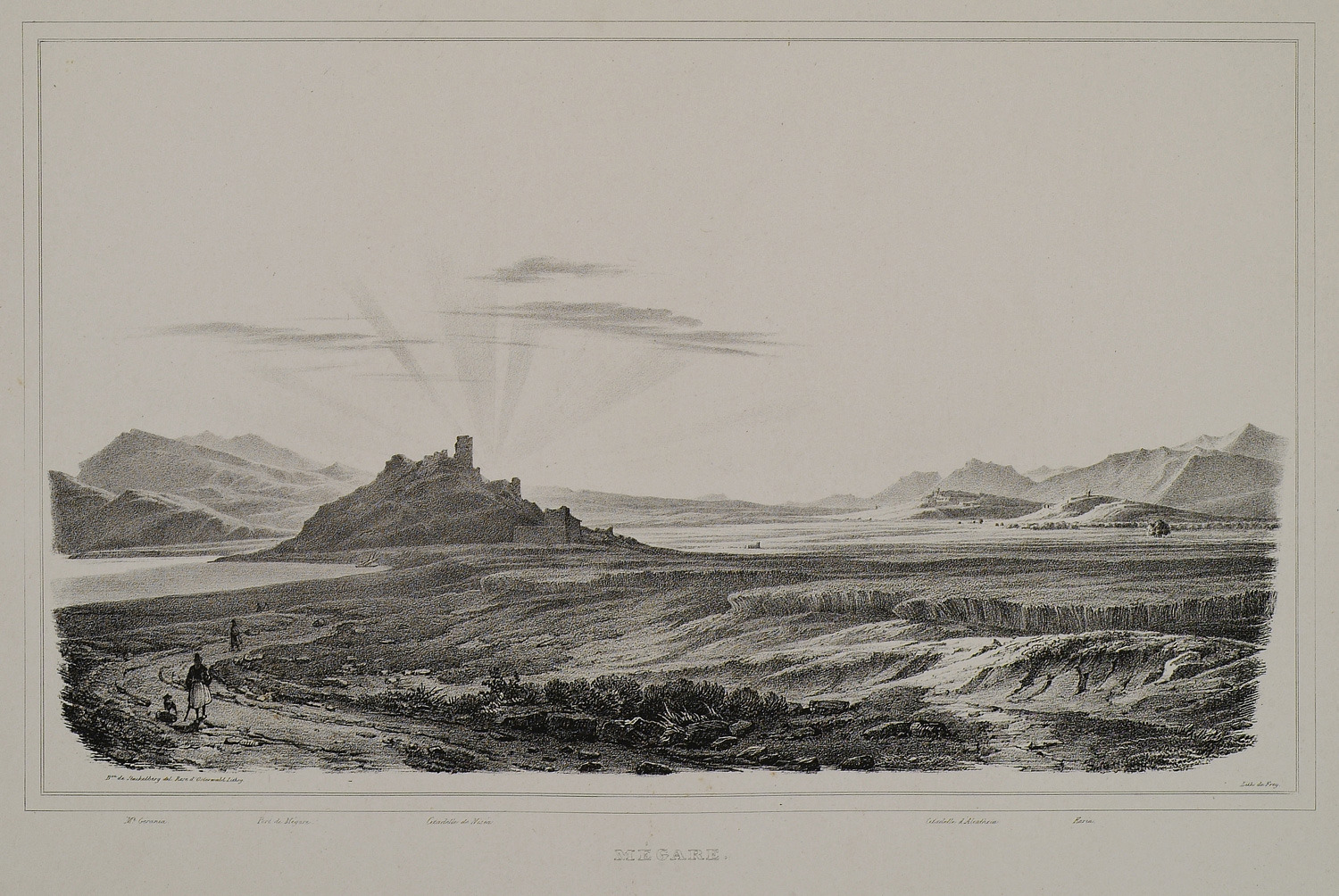
-
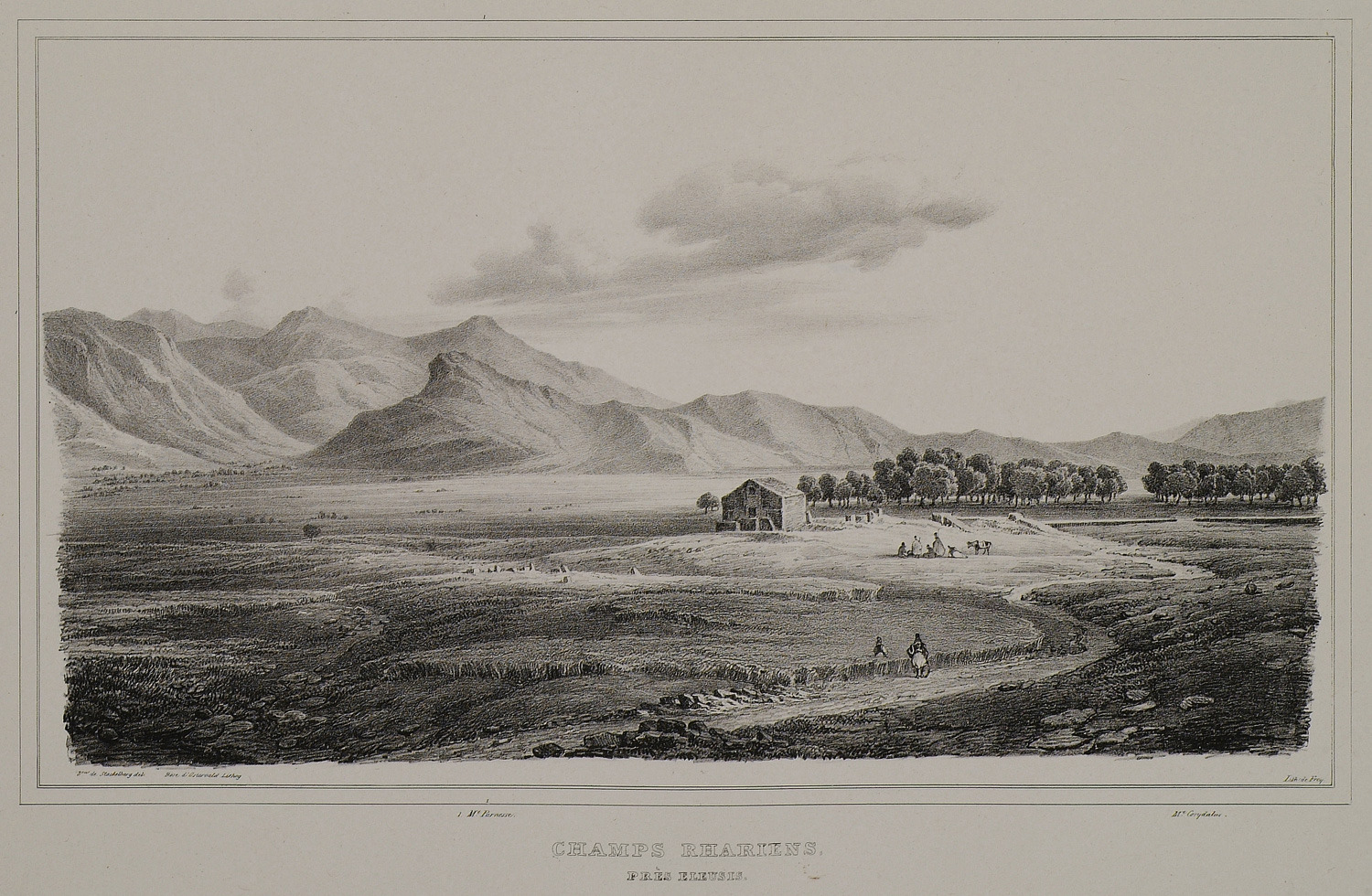
-
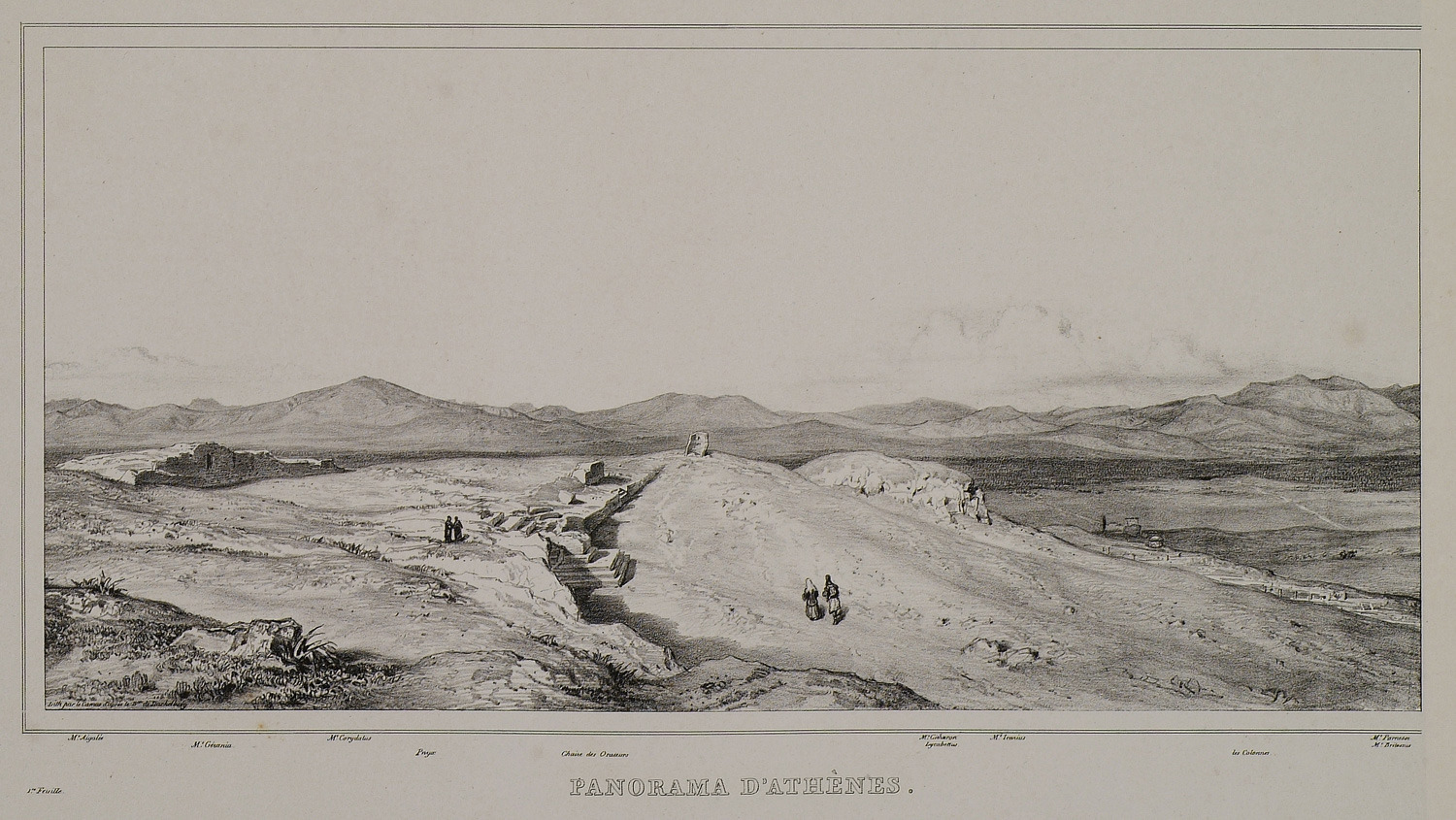
-
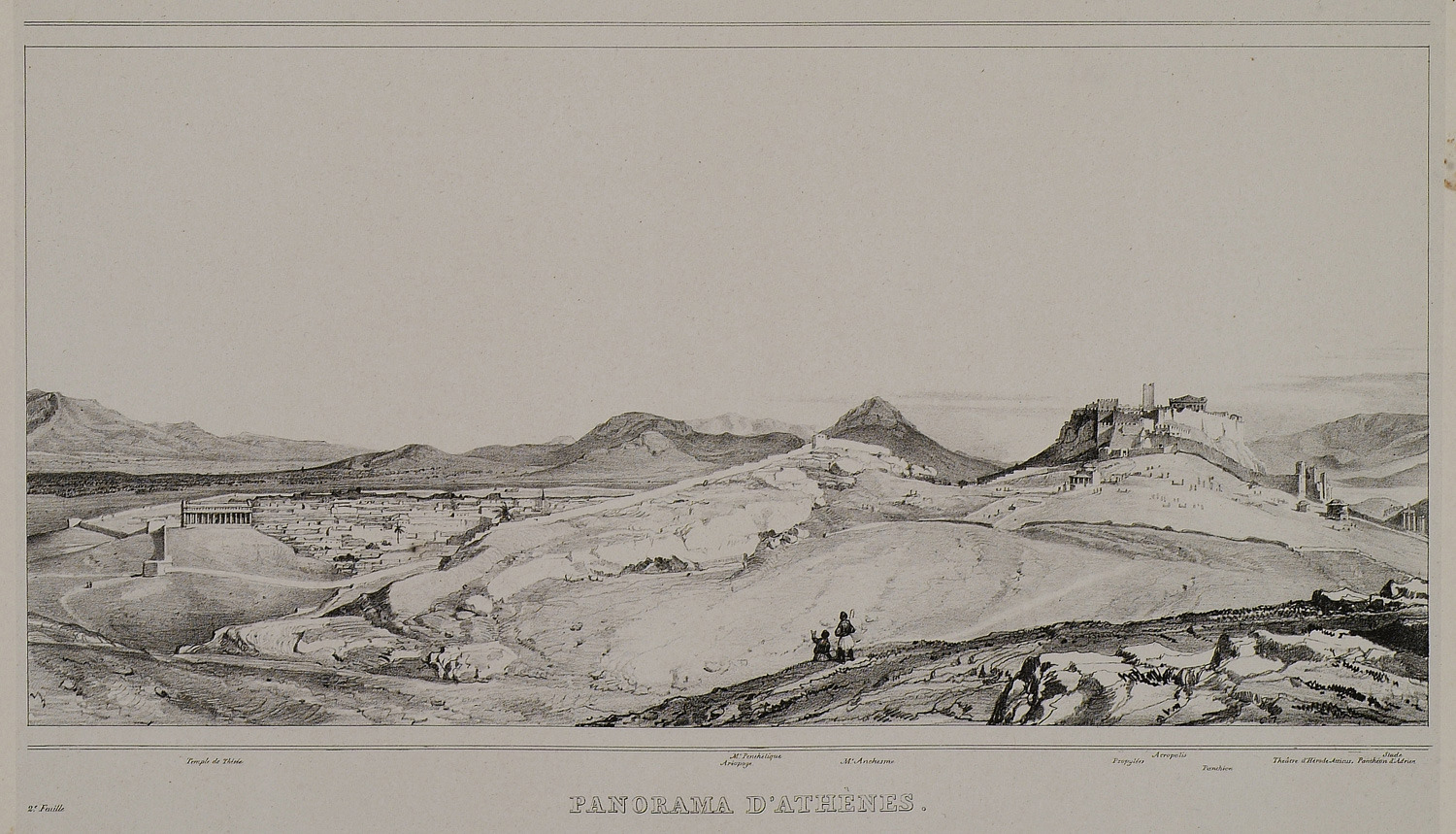
-
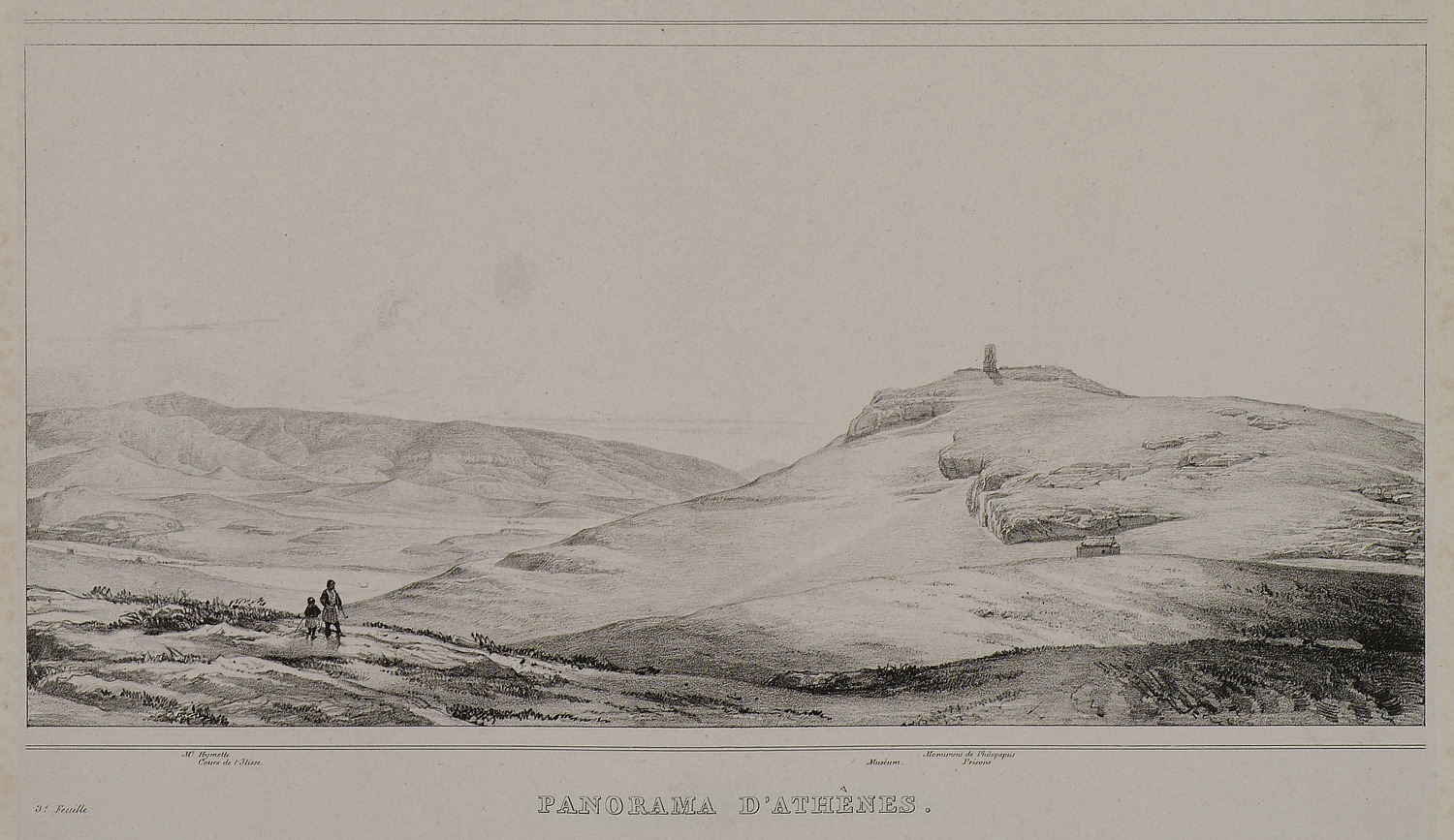
-
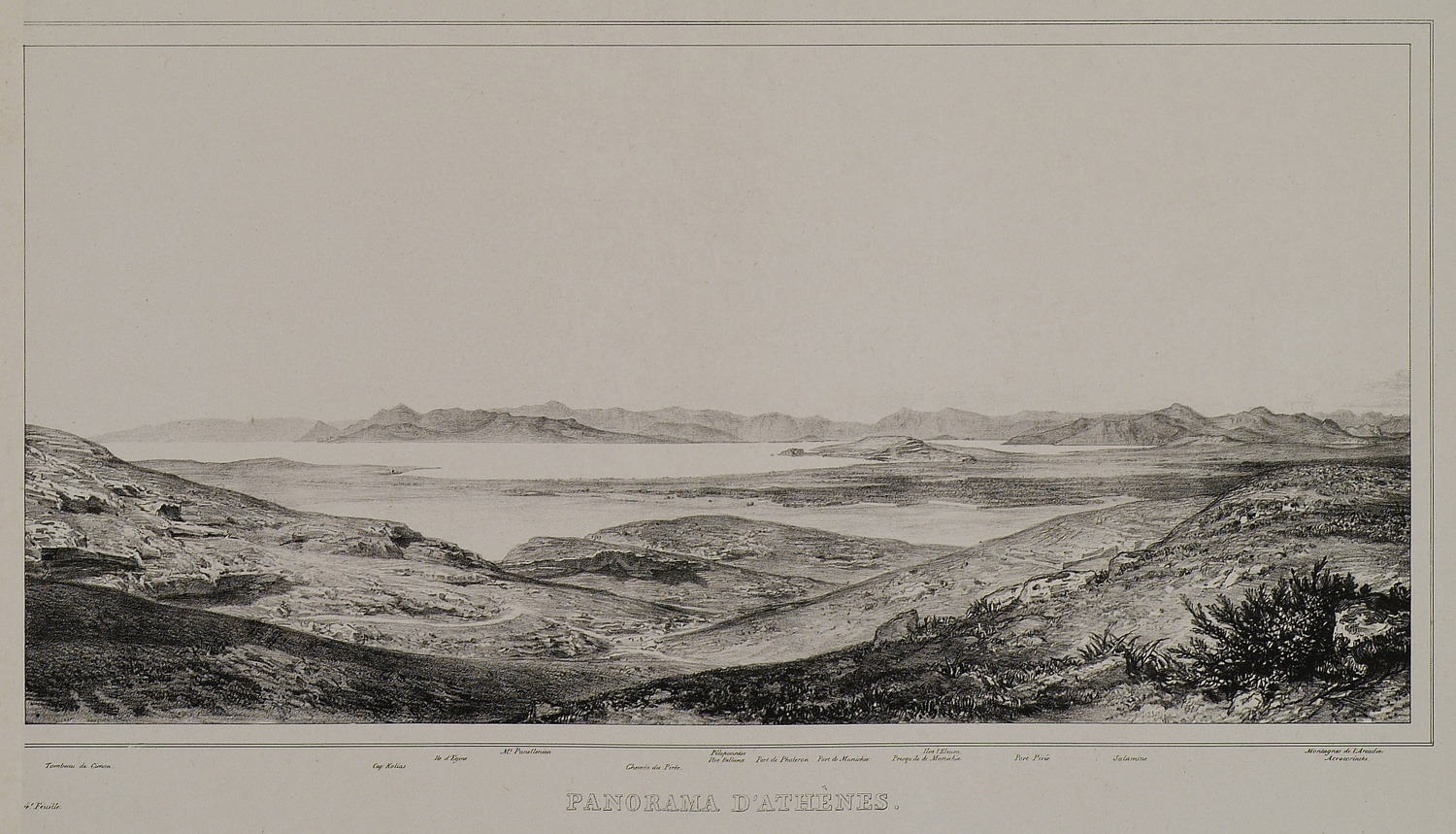
-
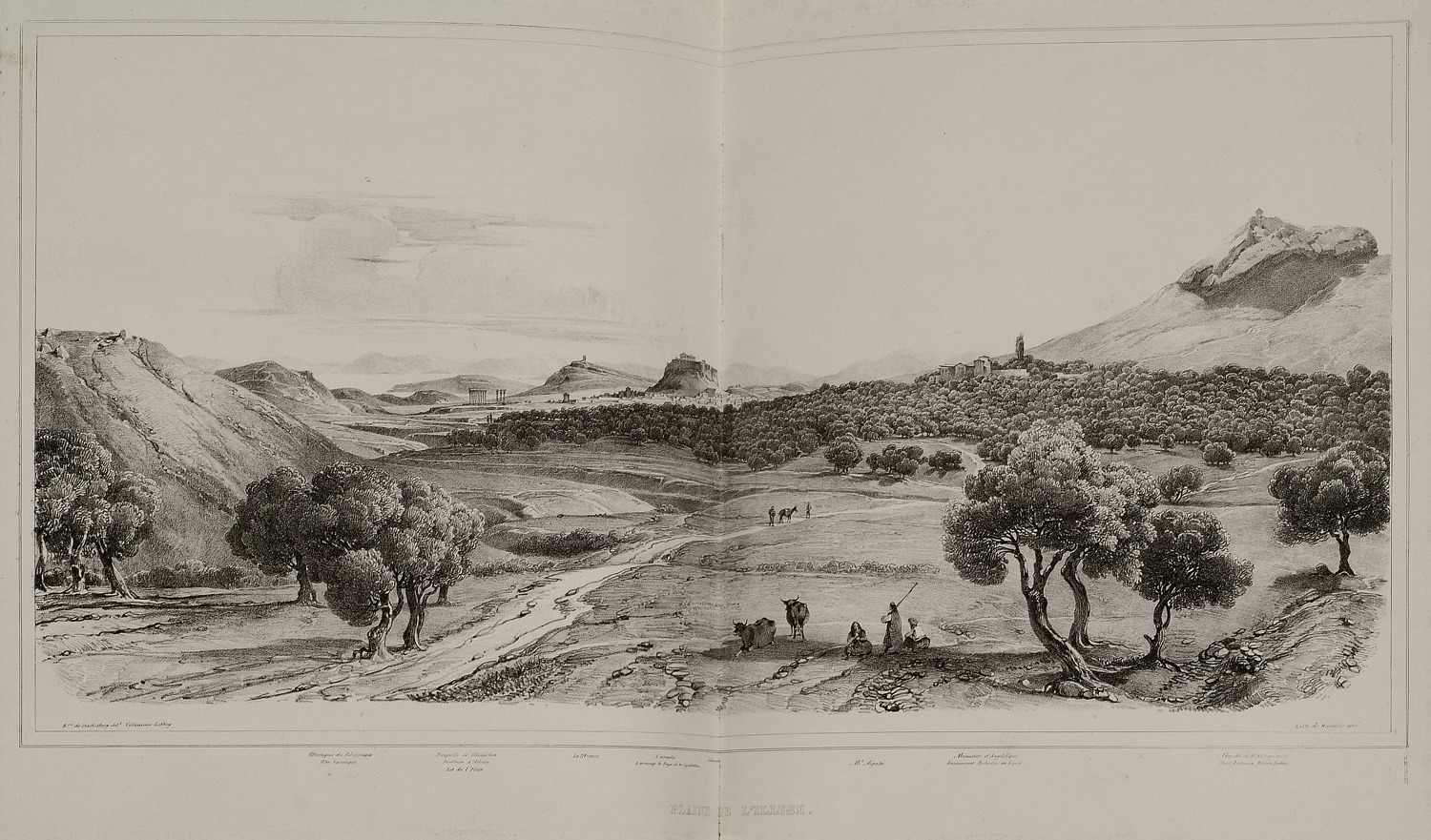
-
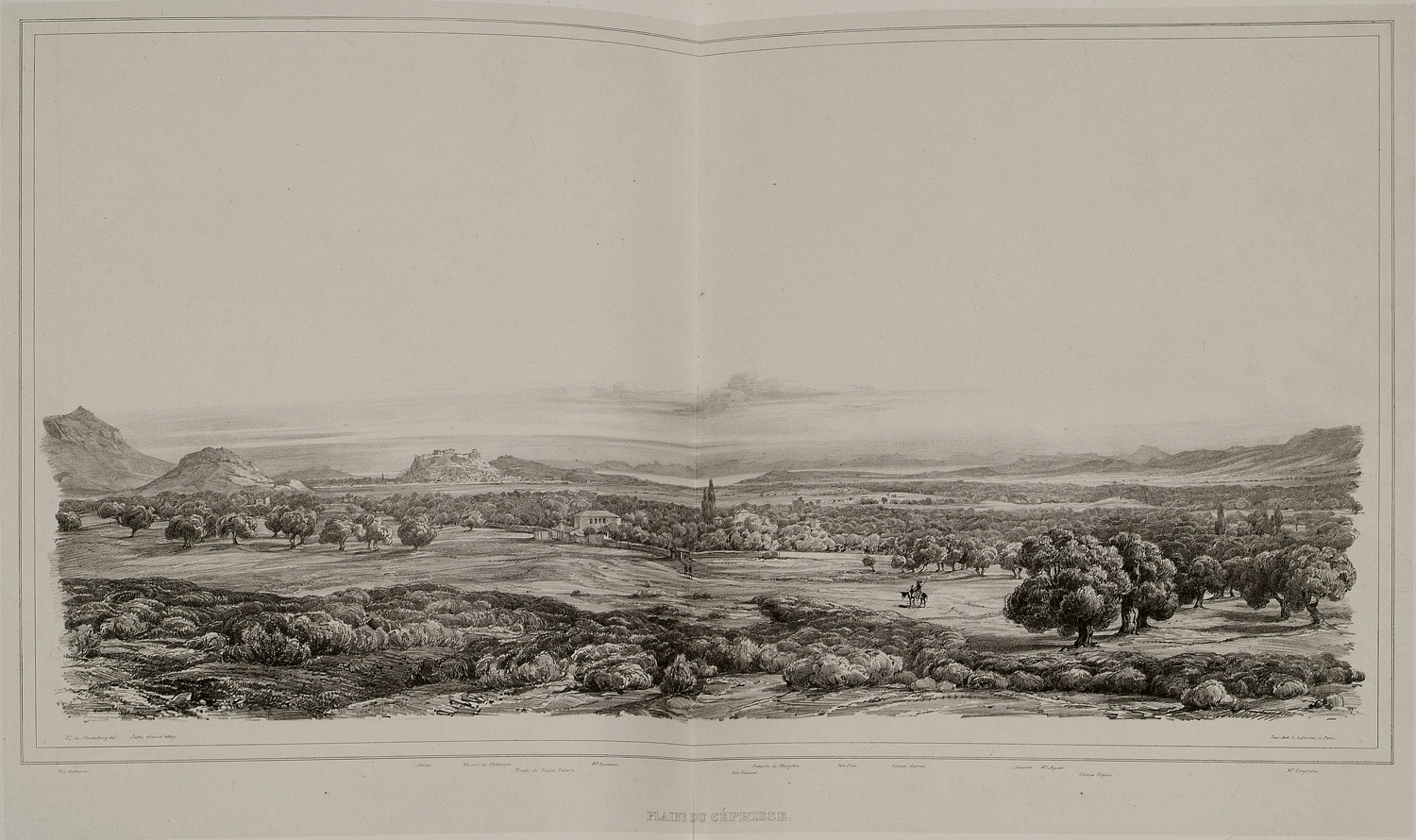
-
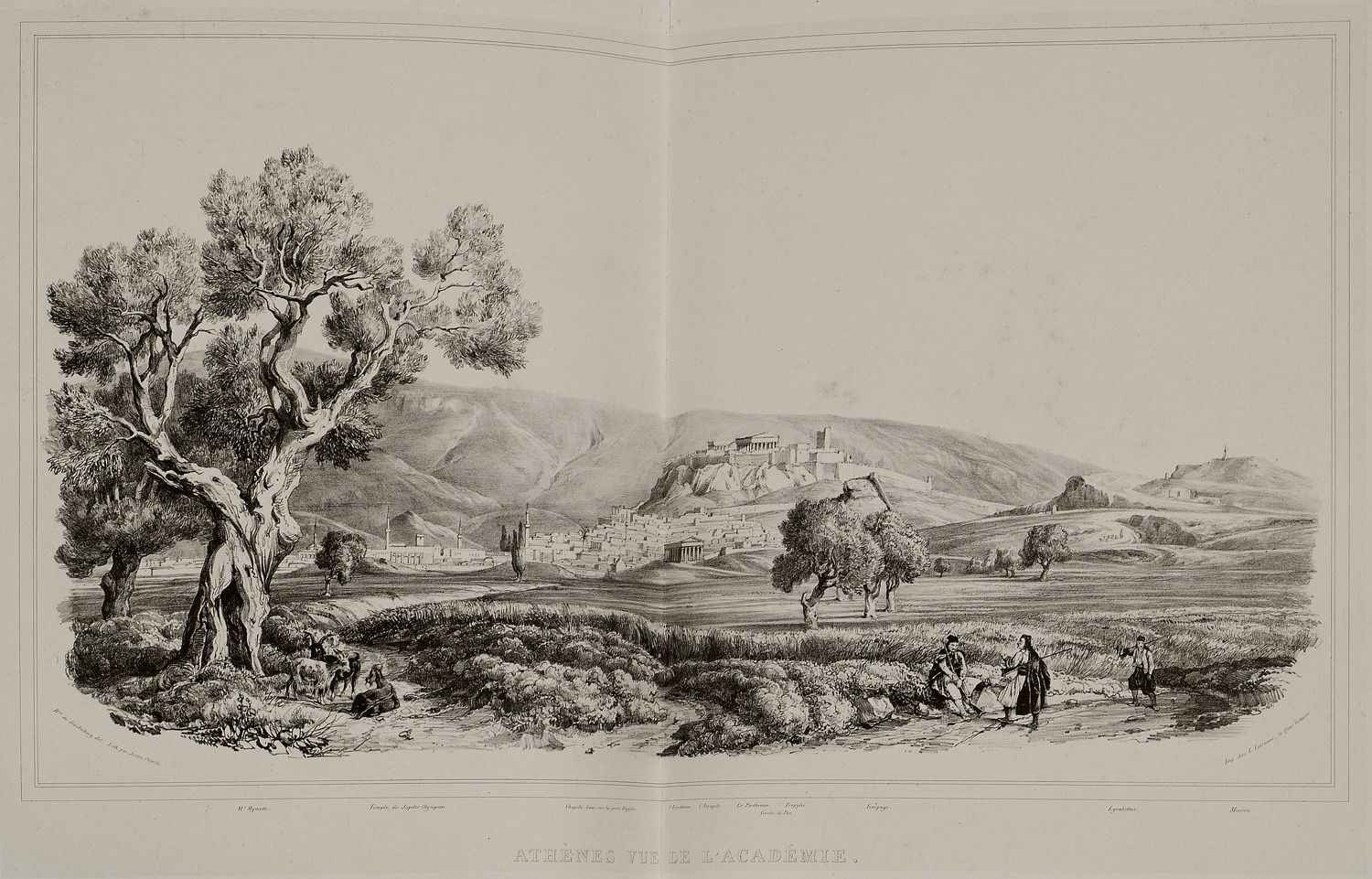
-
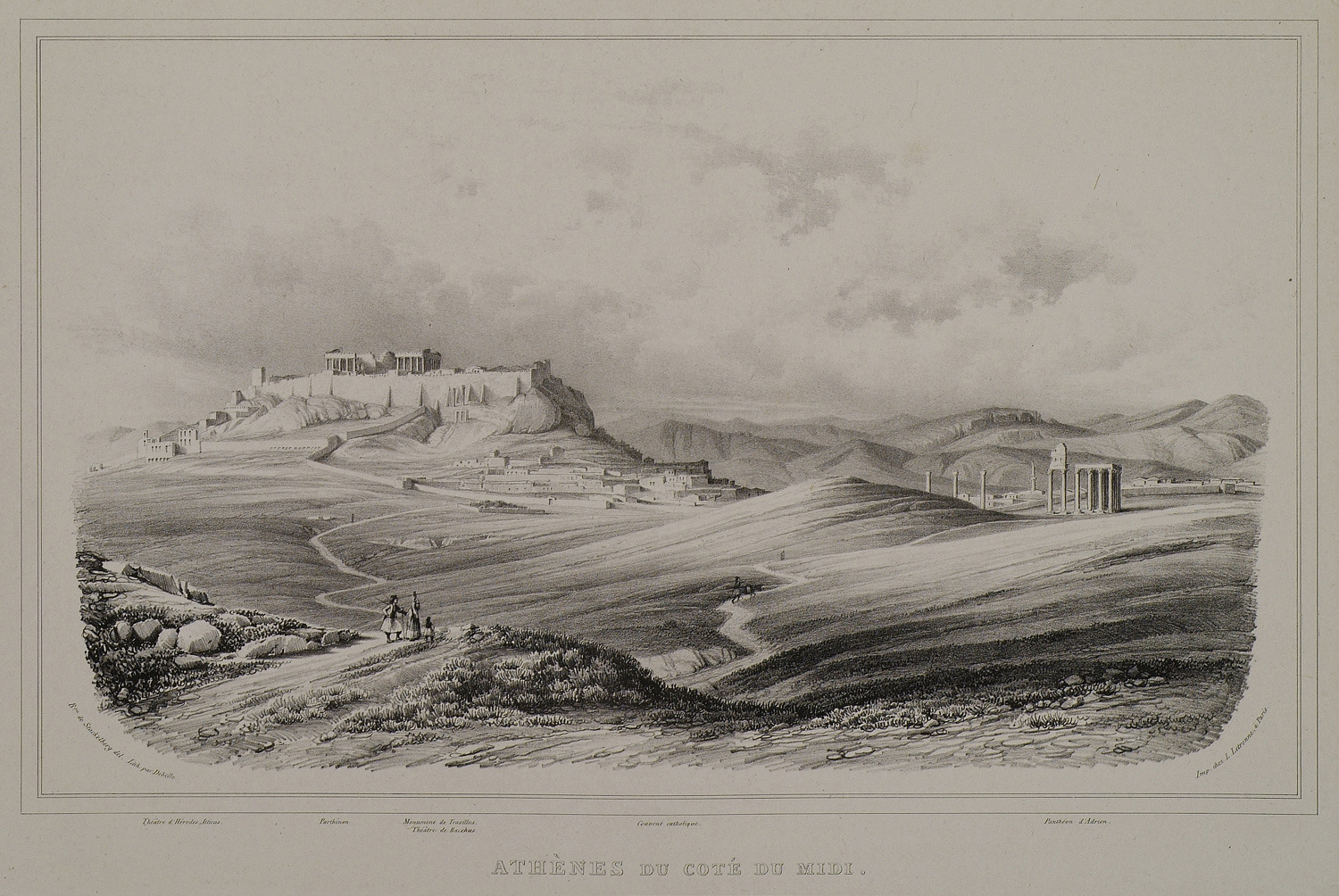
-
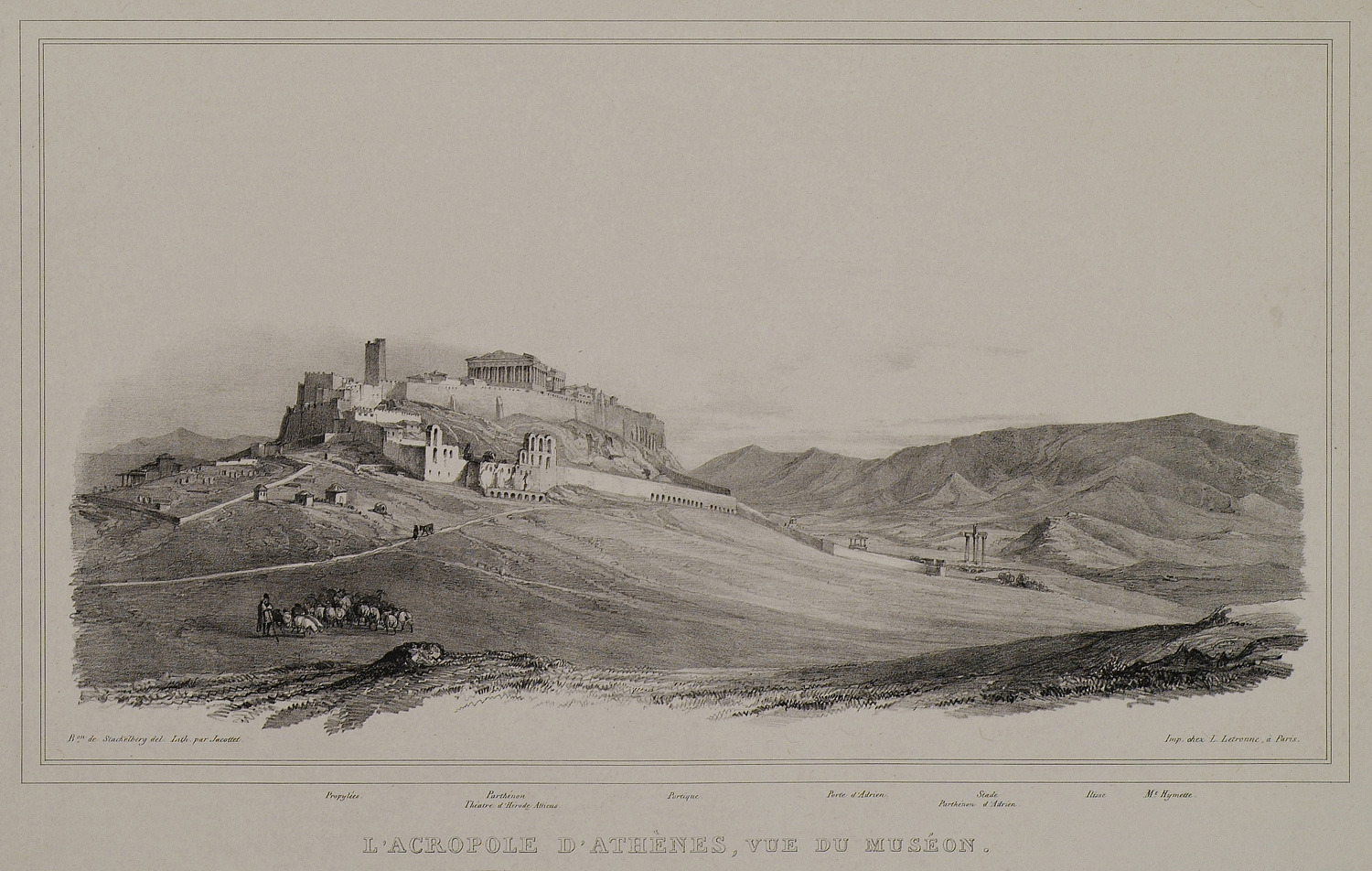
-

-
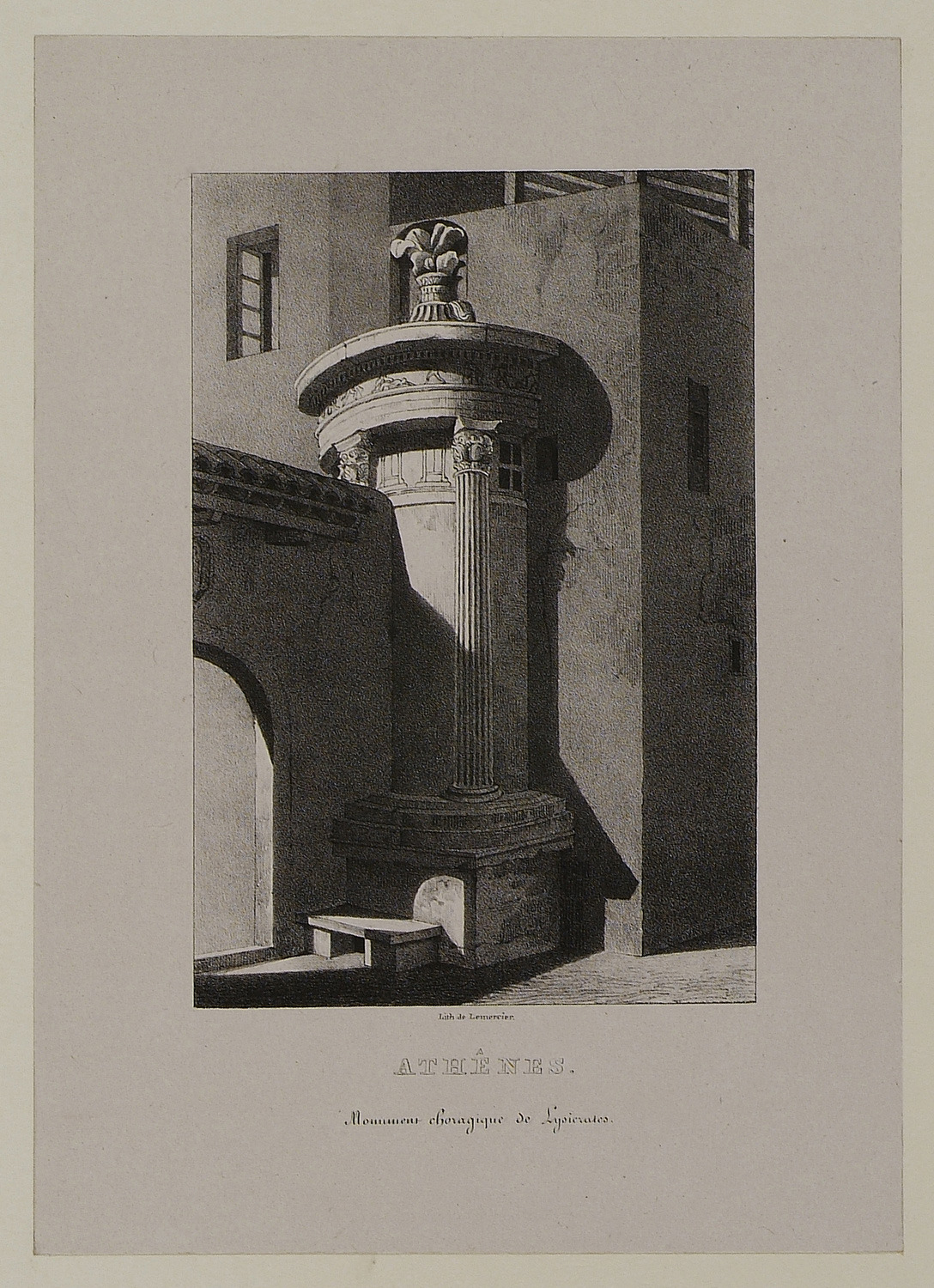
-
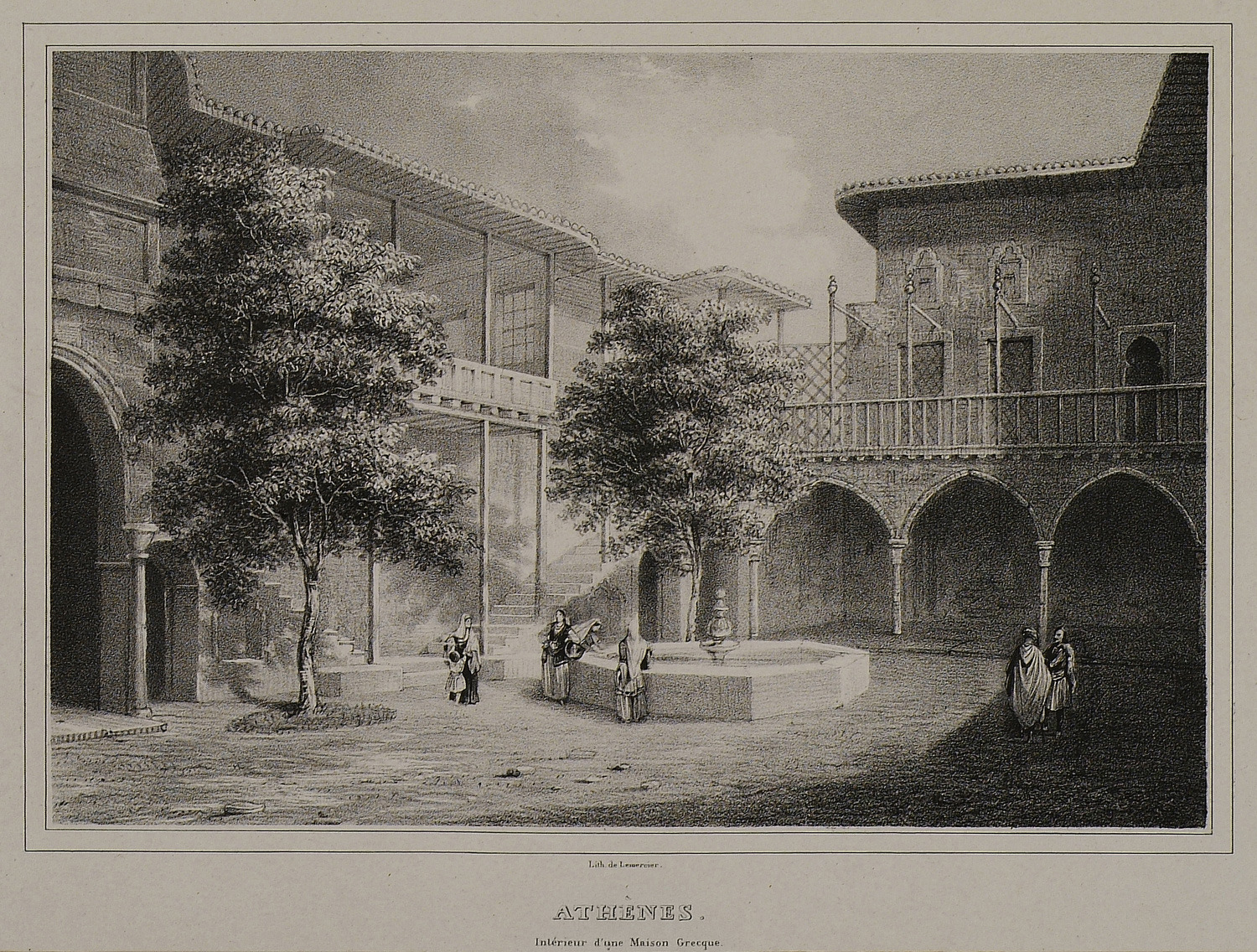
-
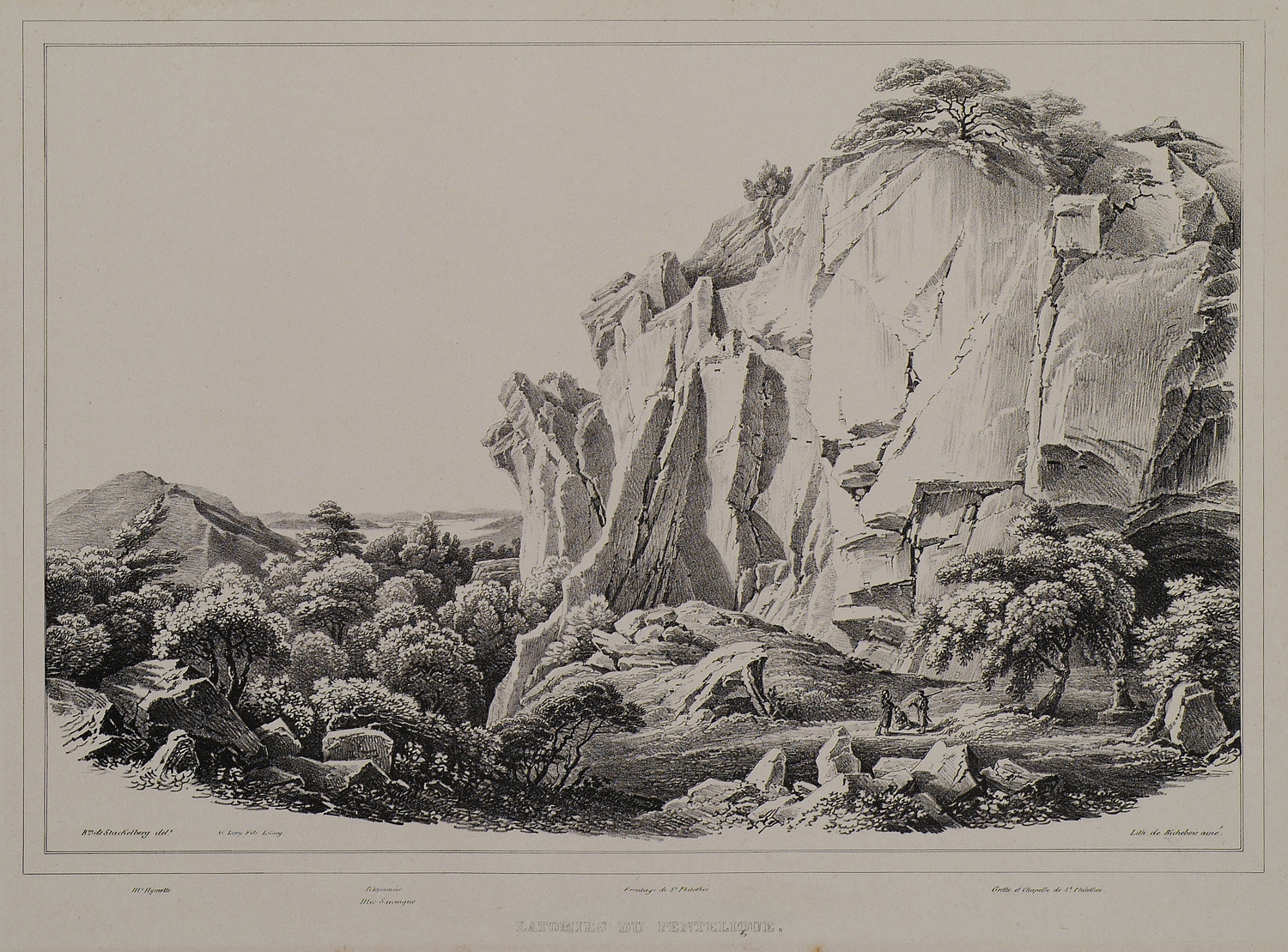
-
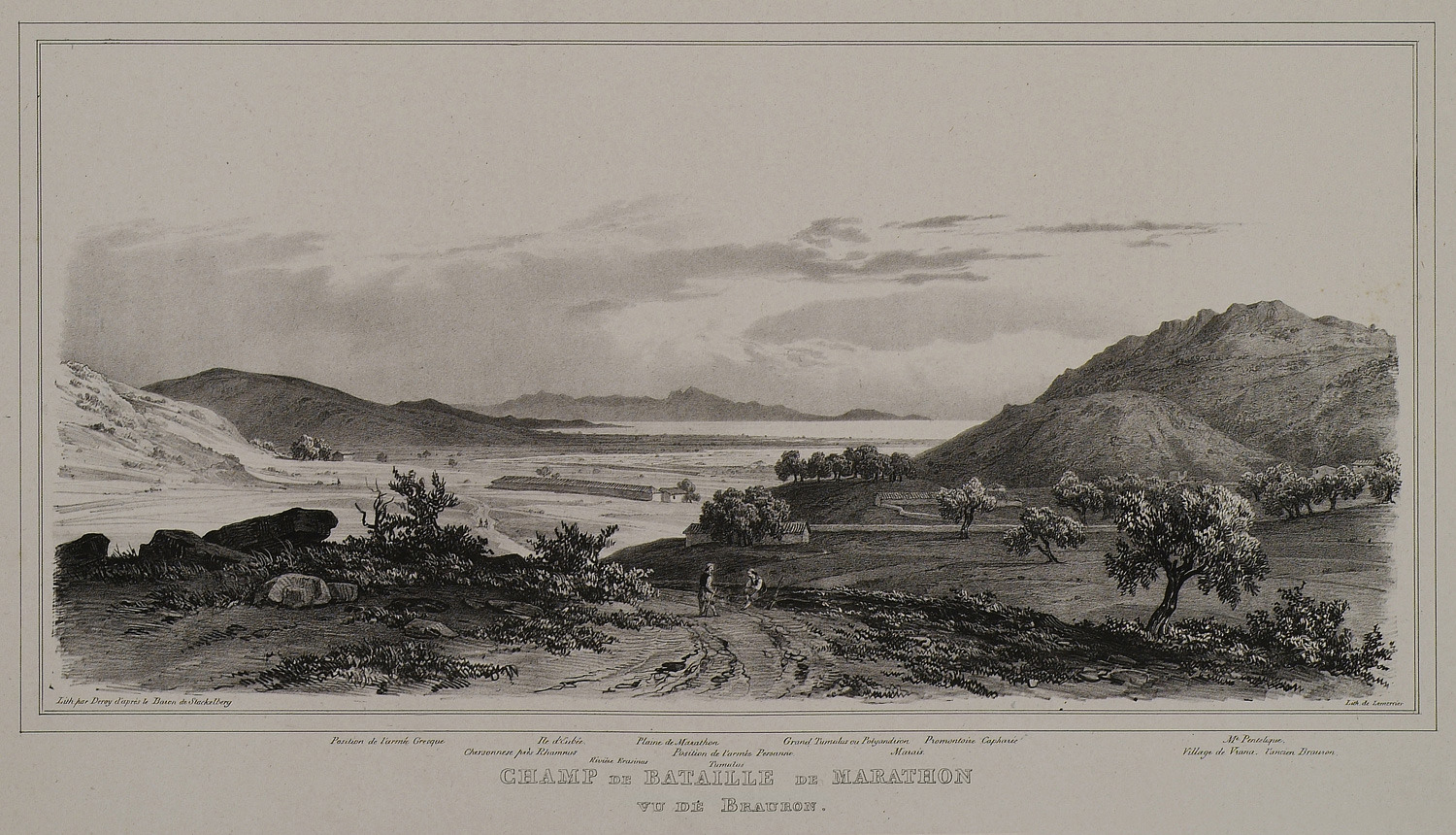
-
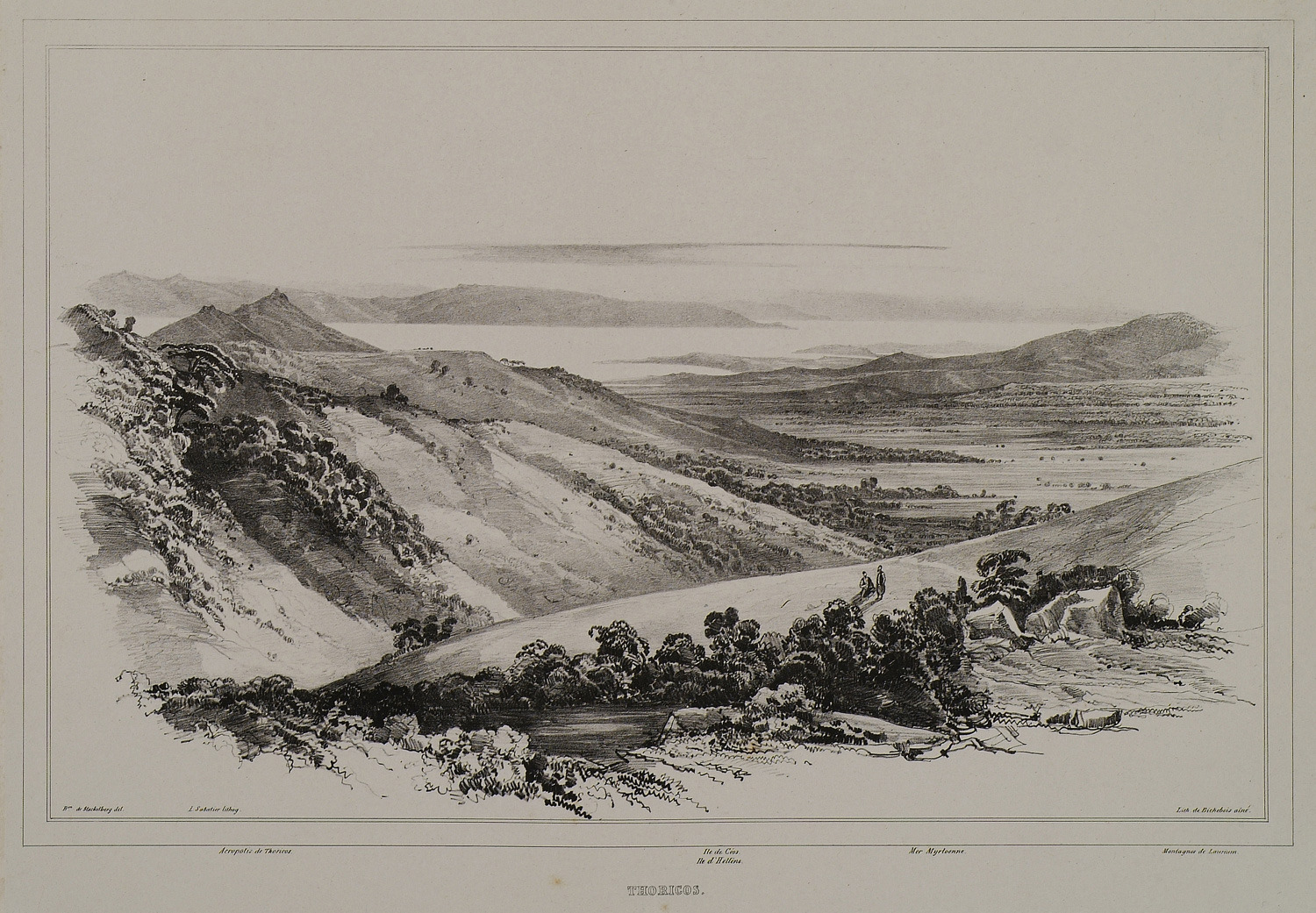
-
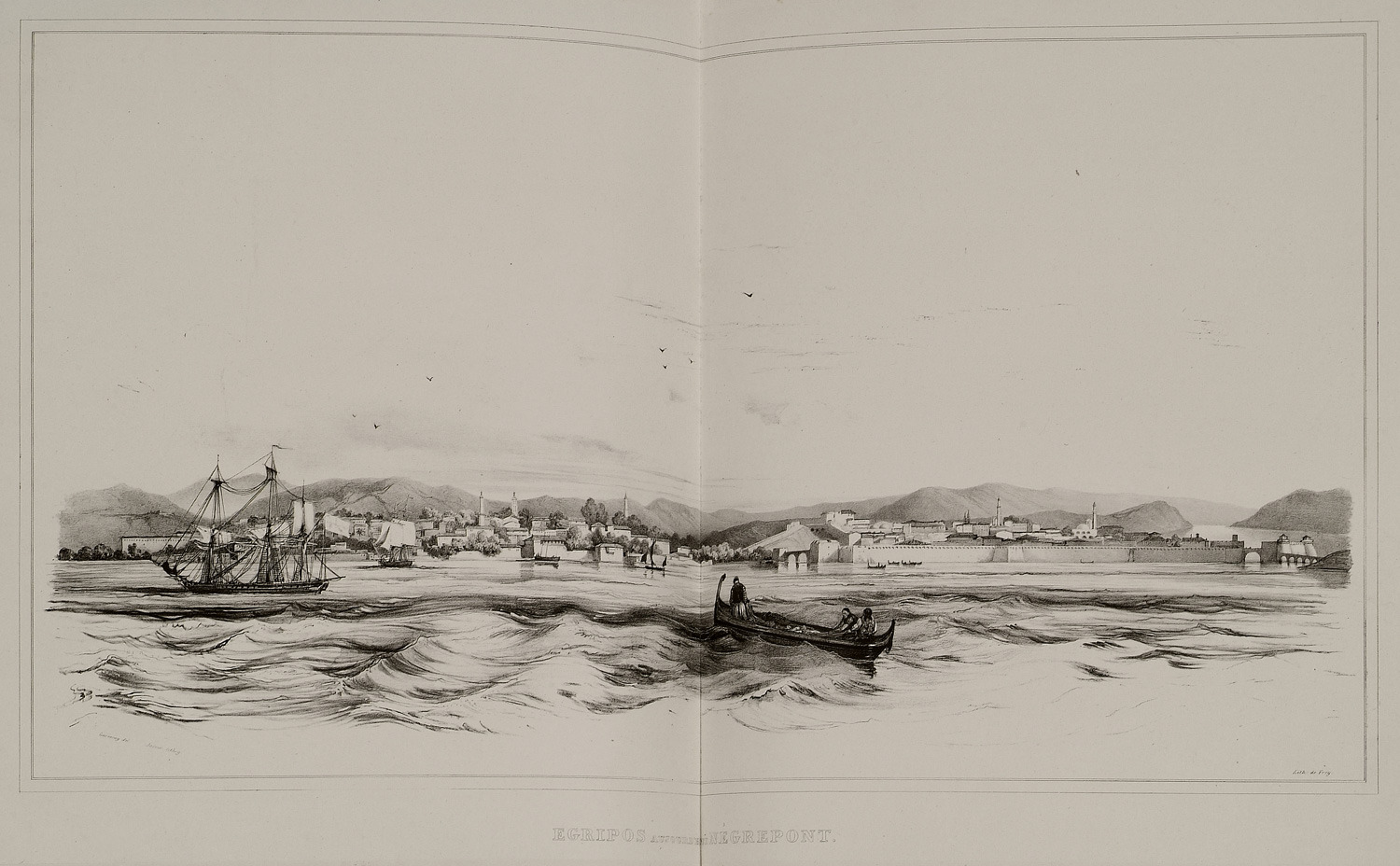
-
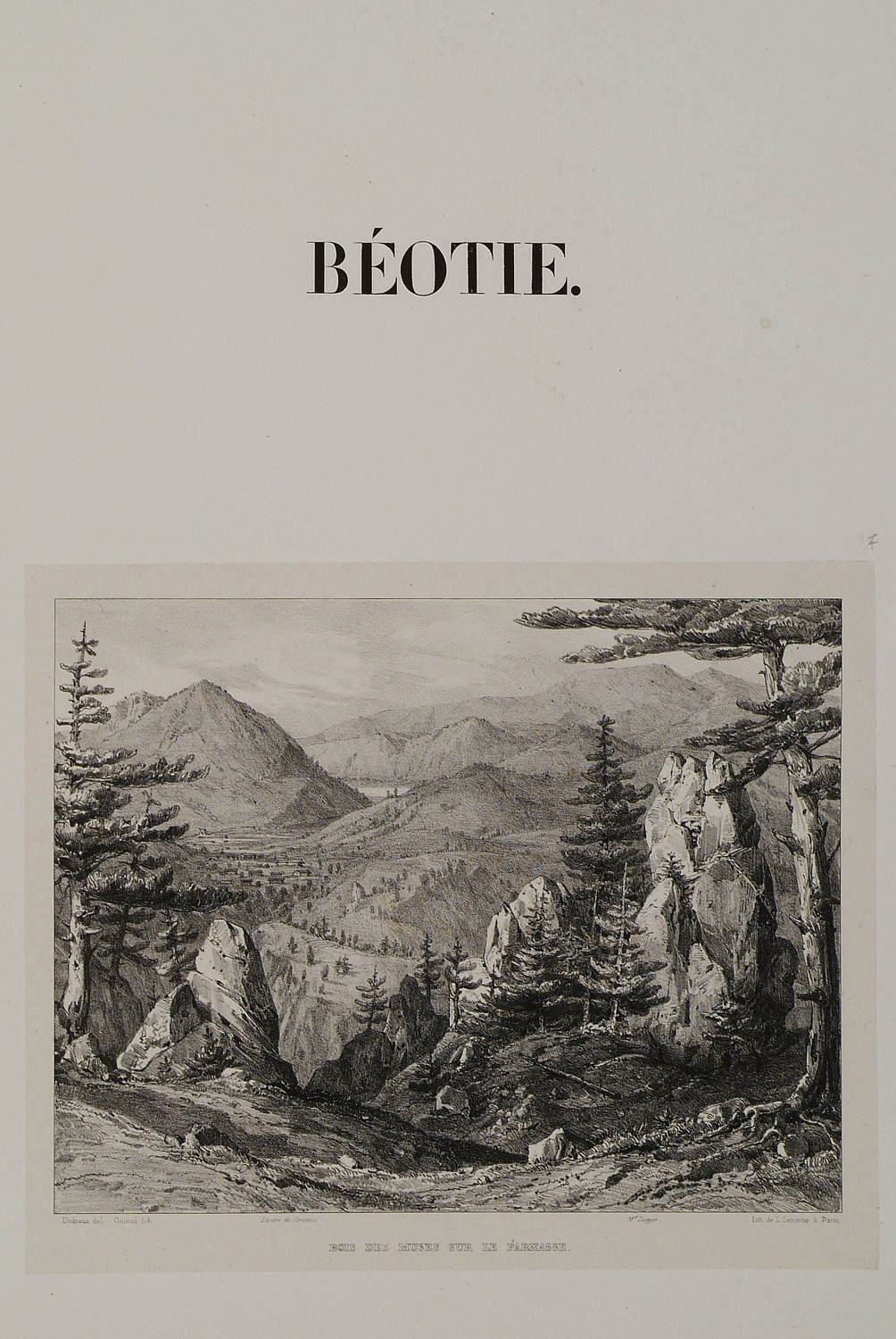
-
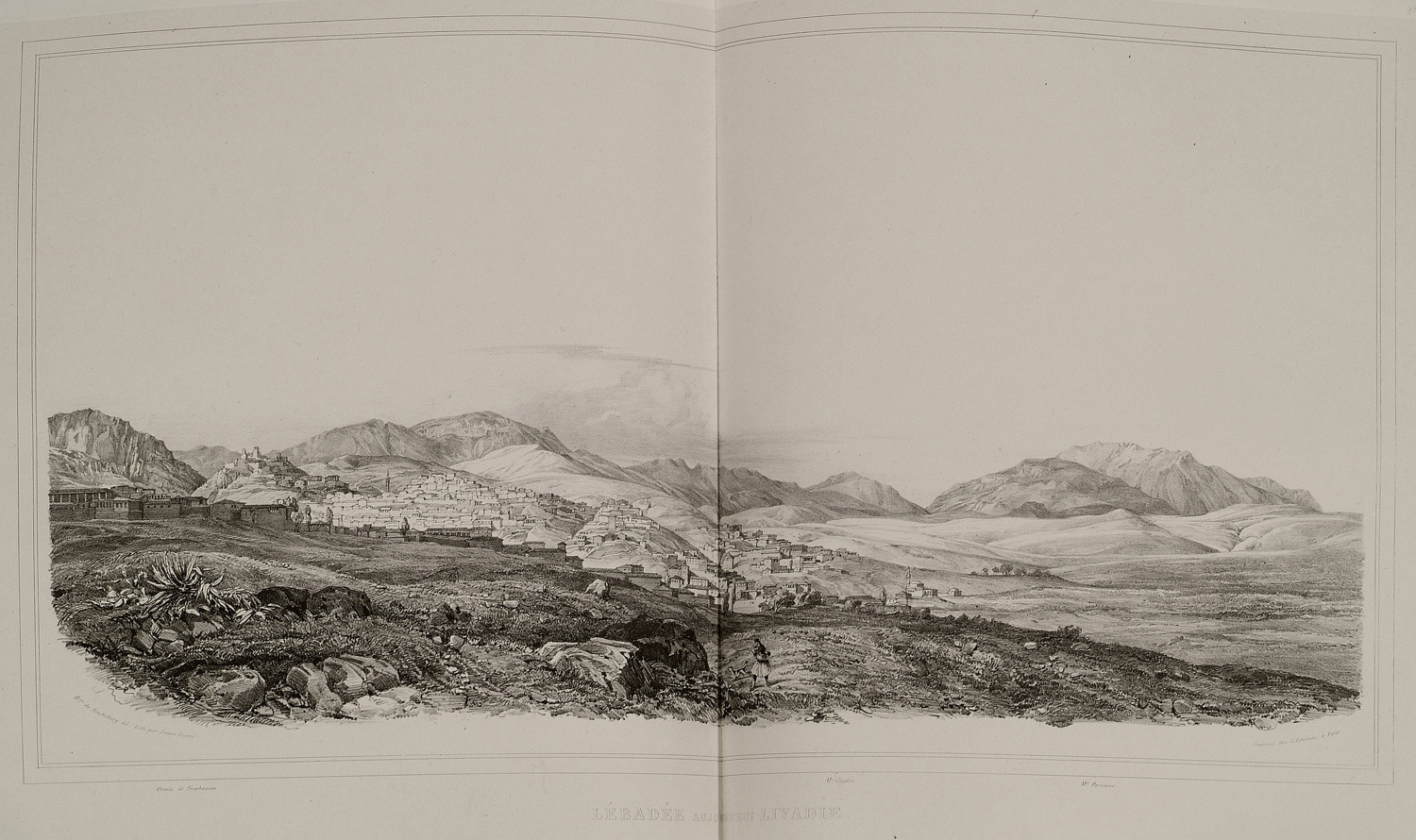
-
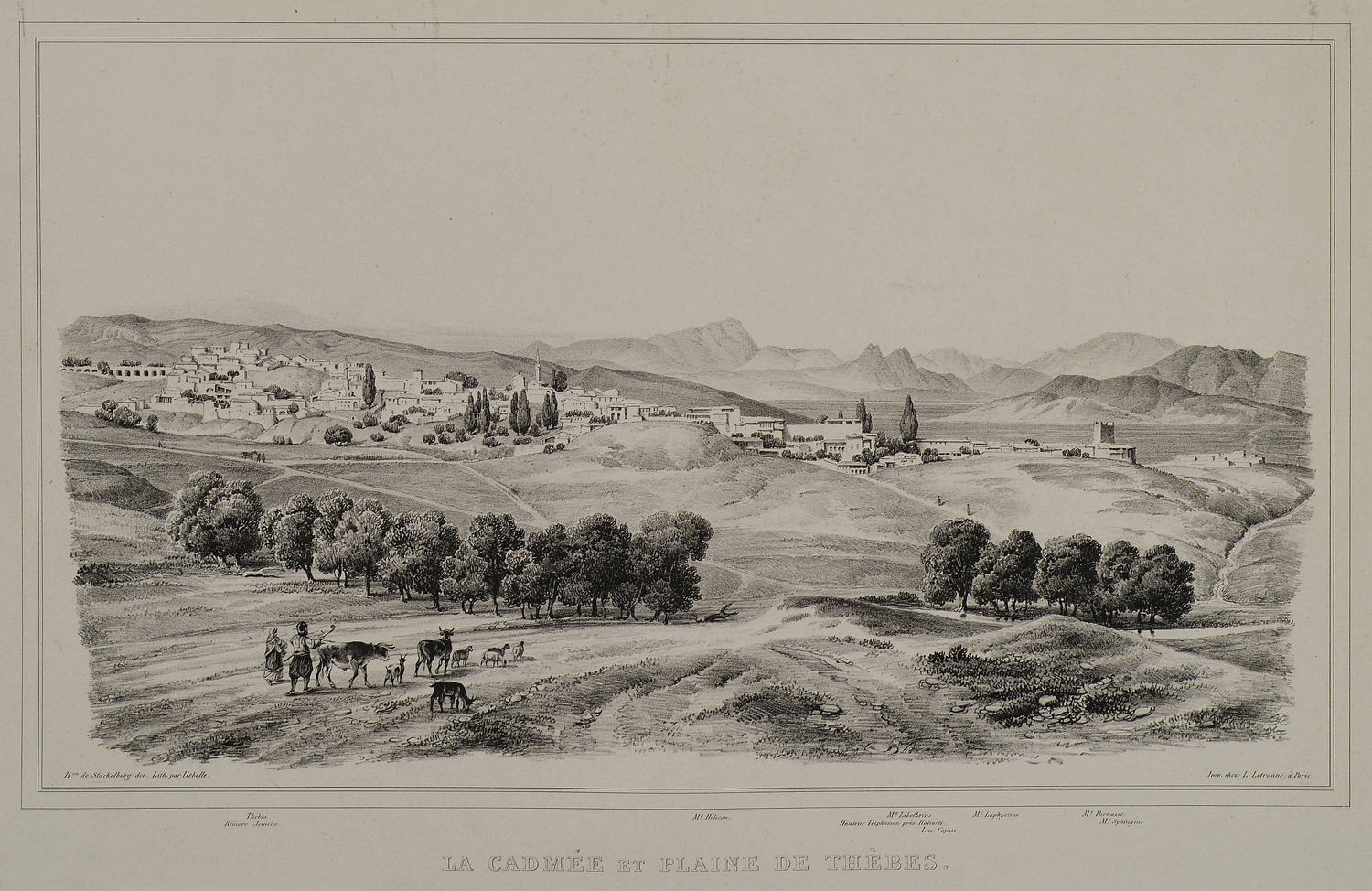
View of Thebes with Cadmeia, the ancient acropolis of Thebes.
-
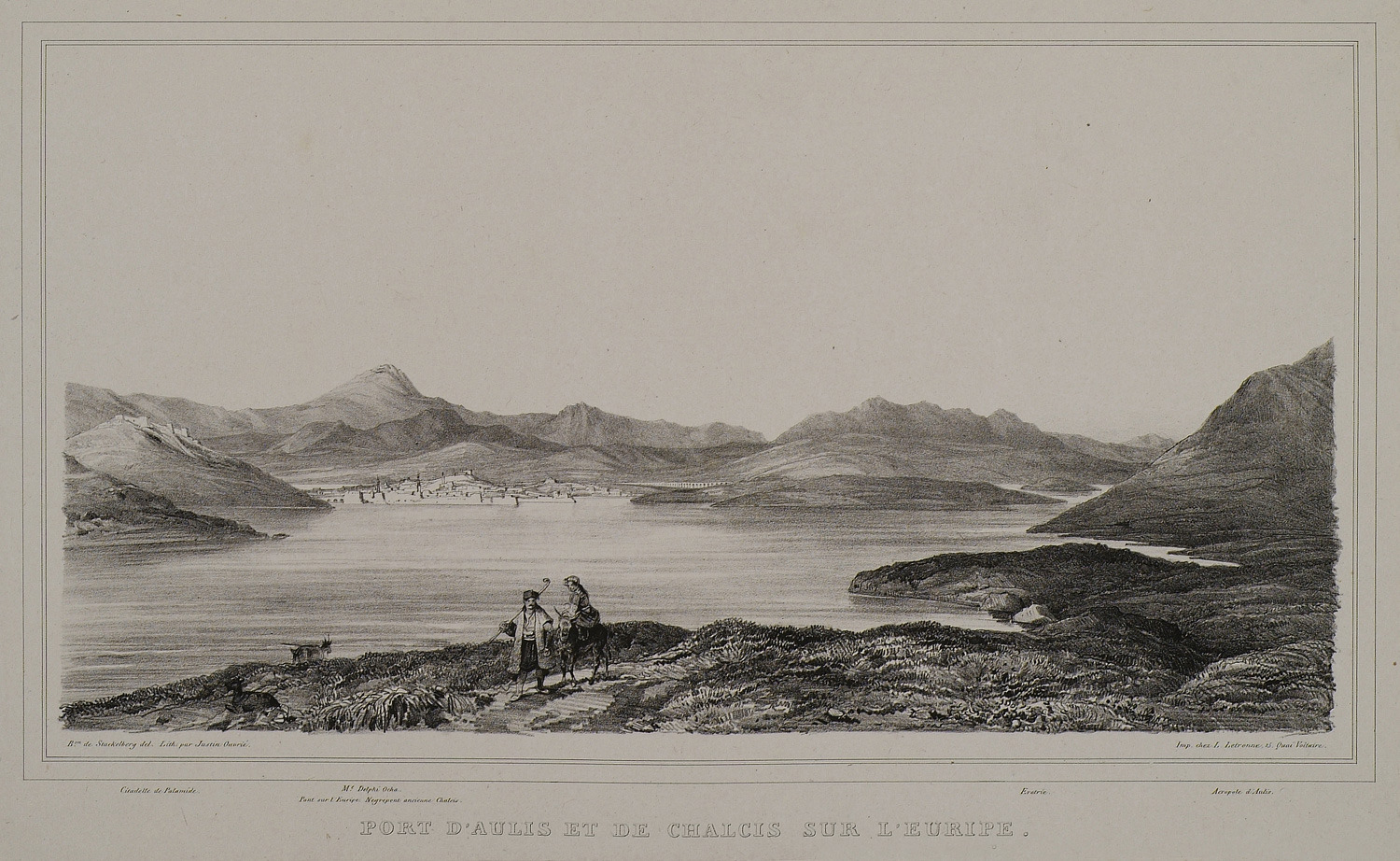
View of the port of Aulis, Boeotia. Chalcis in the background.
-
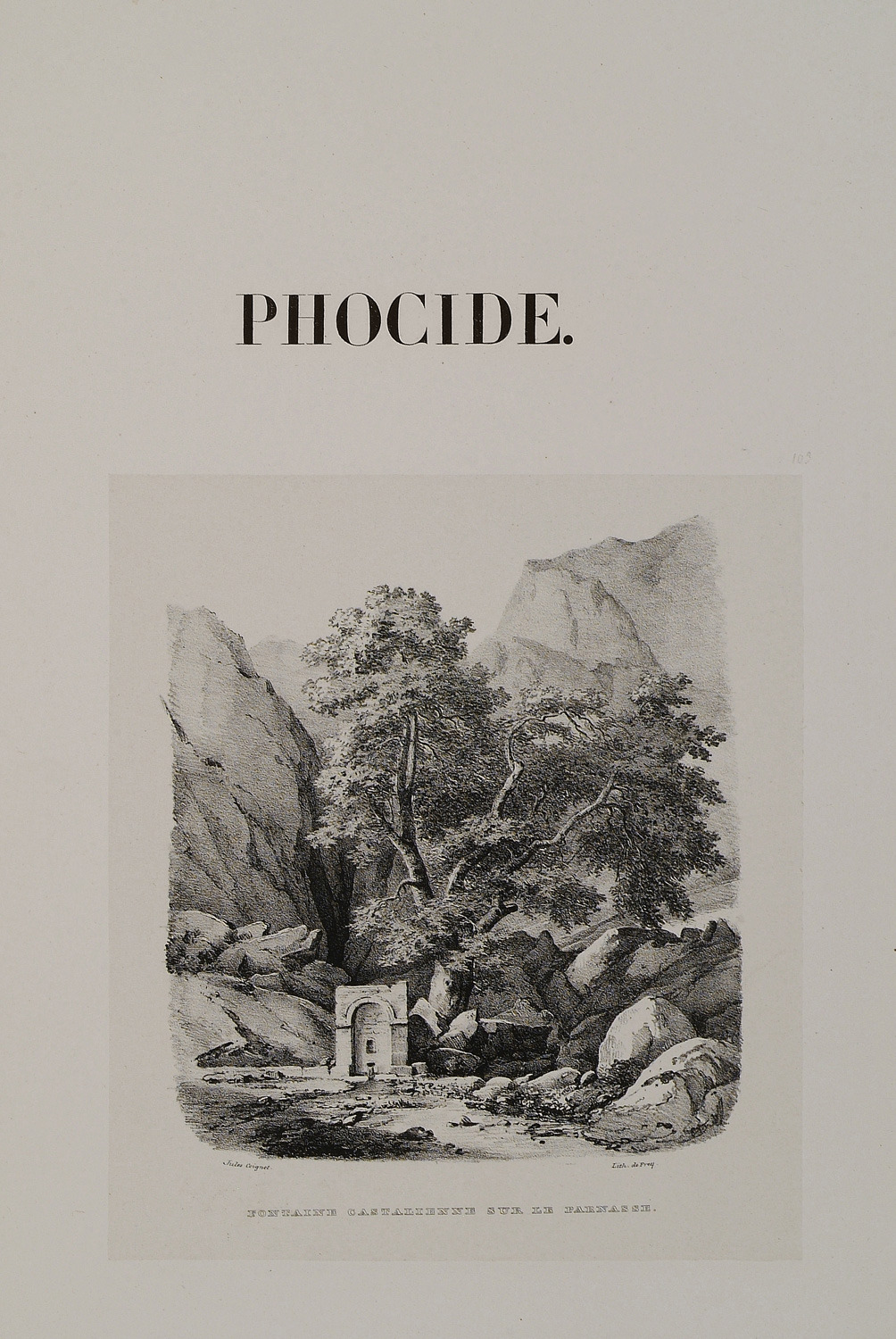
-
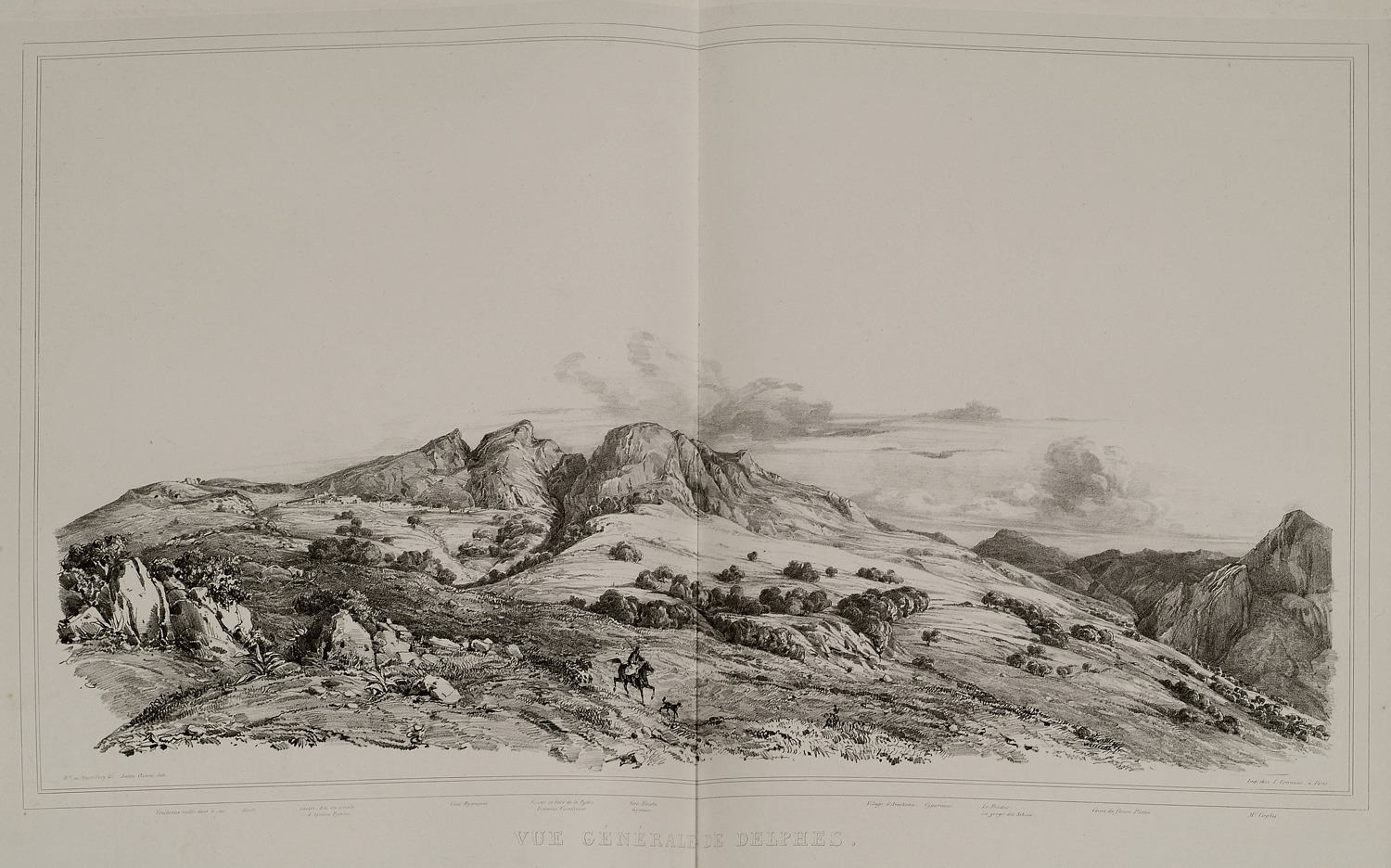
-
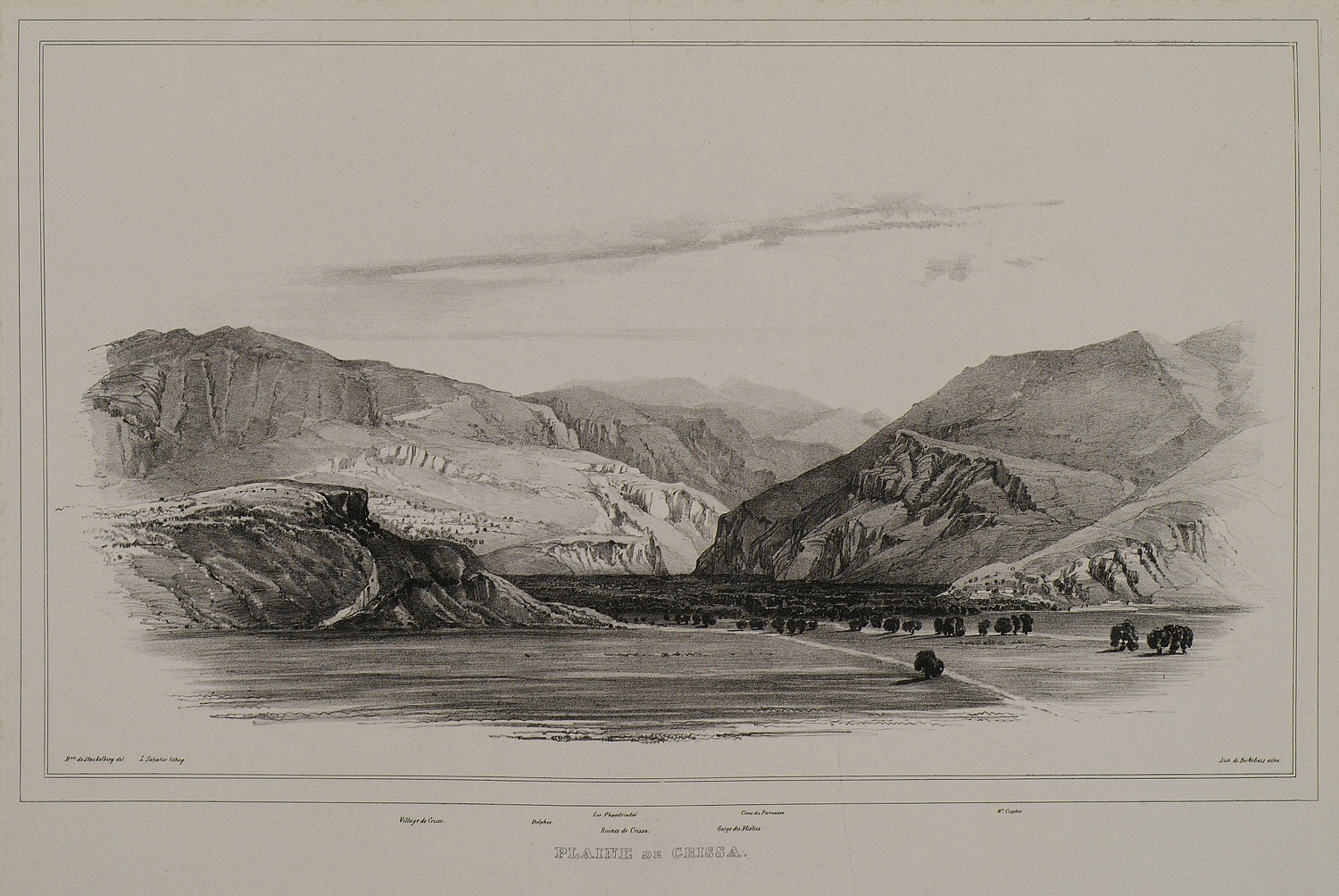
-
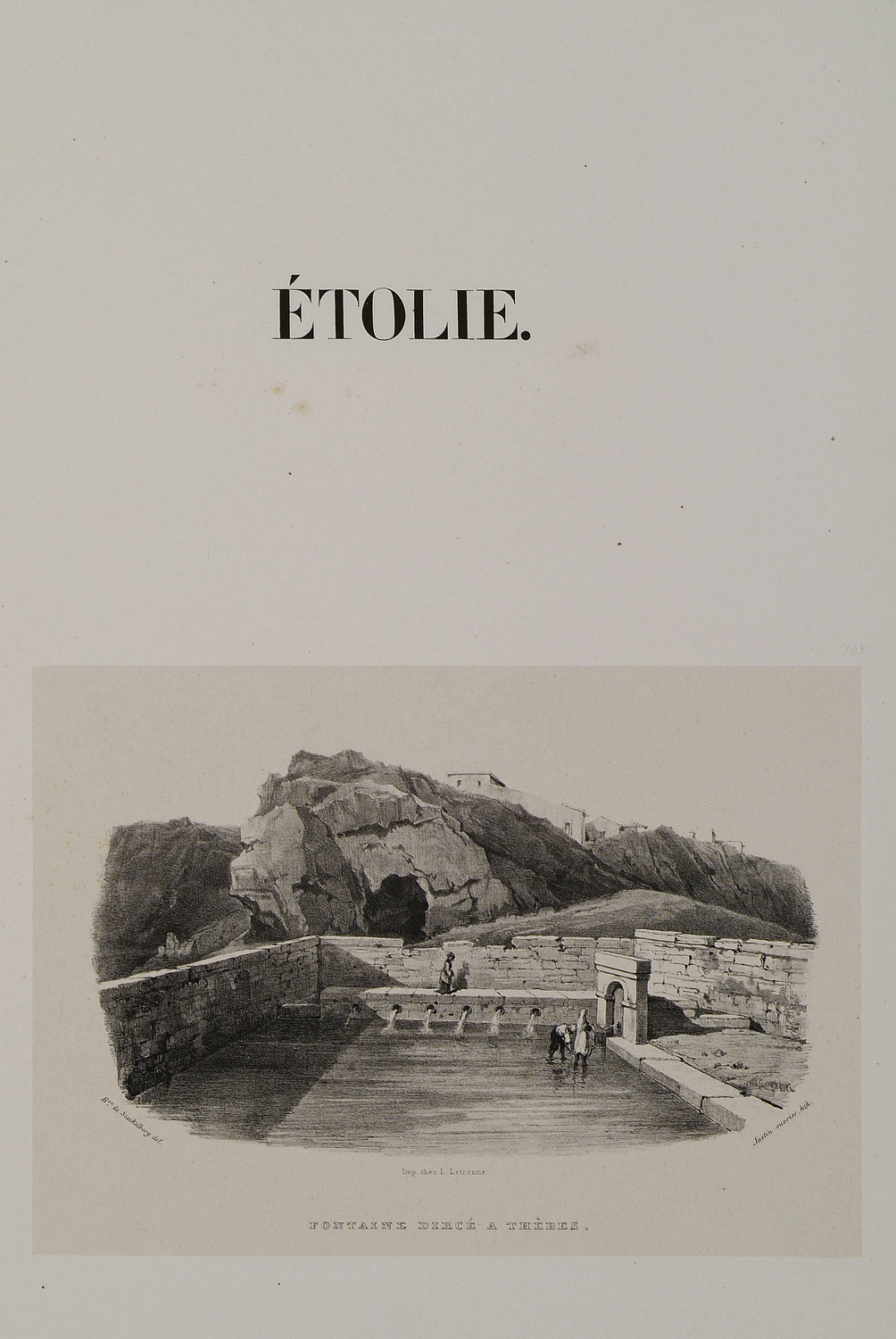
-
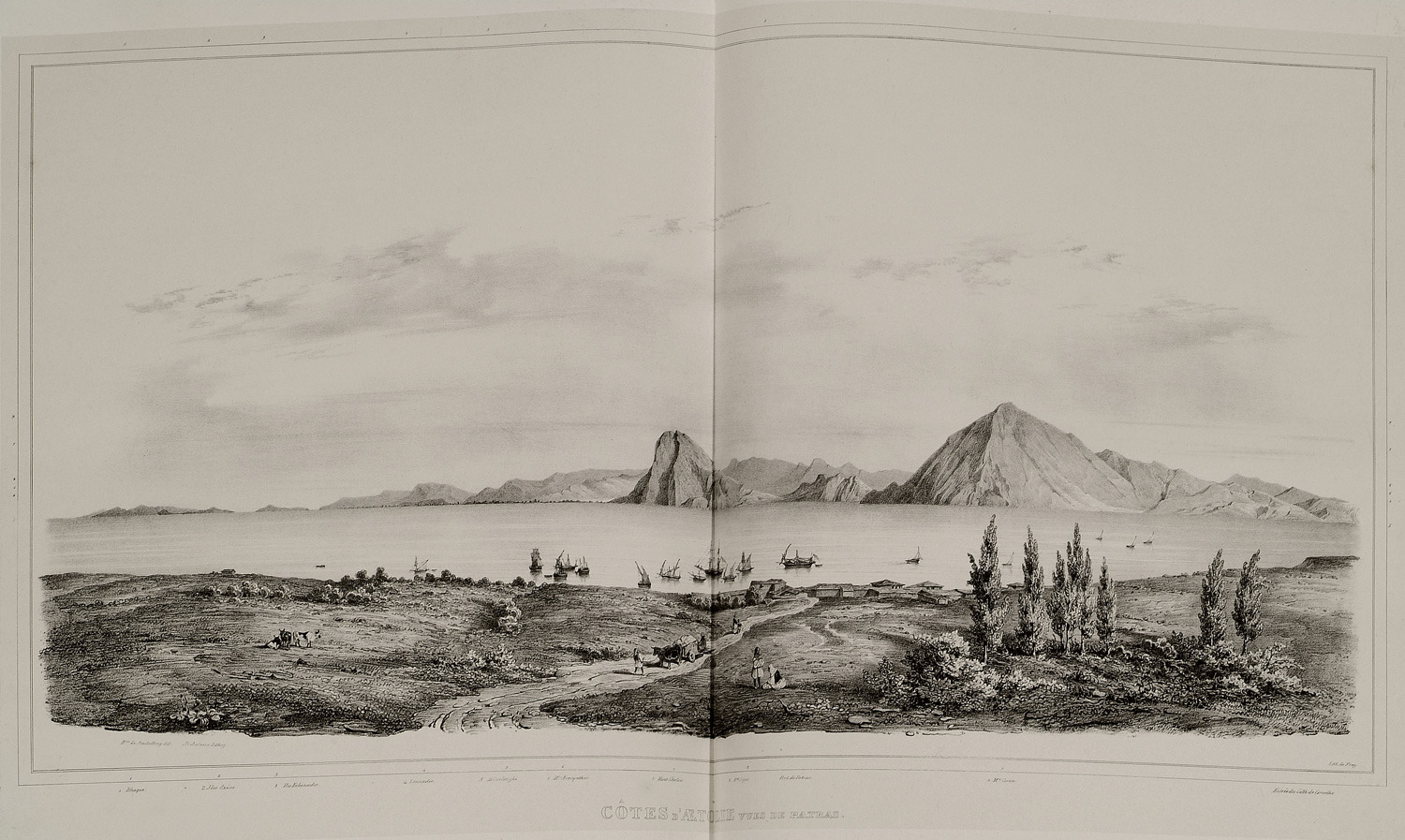
-
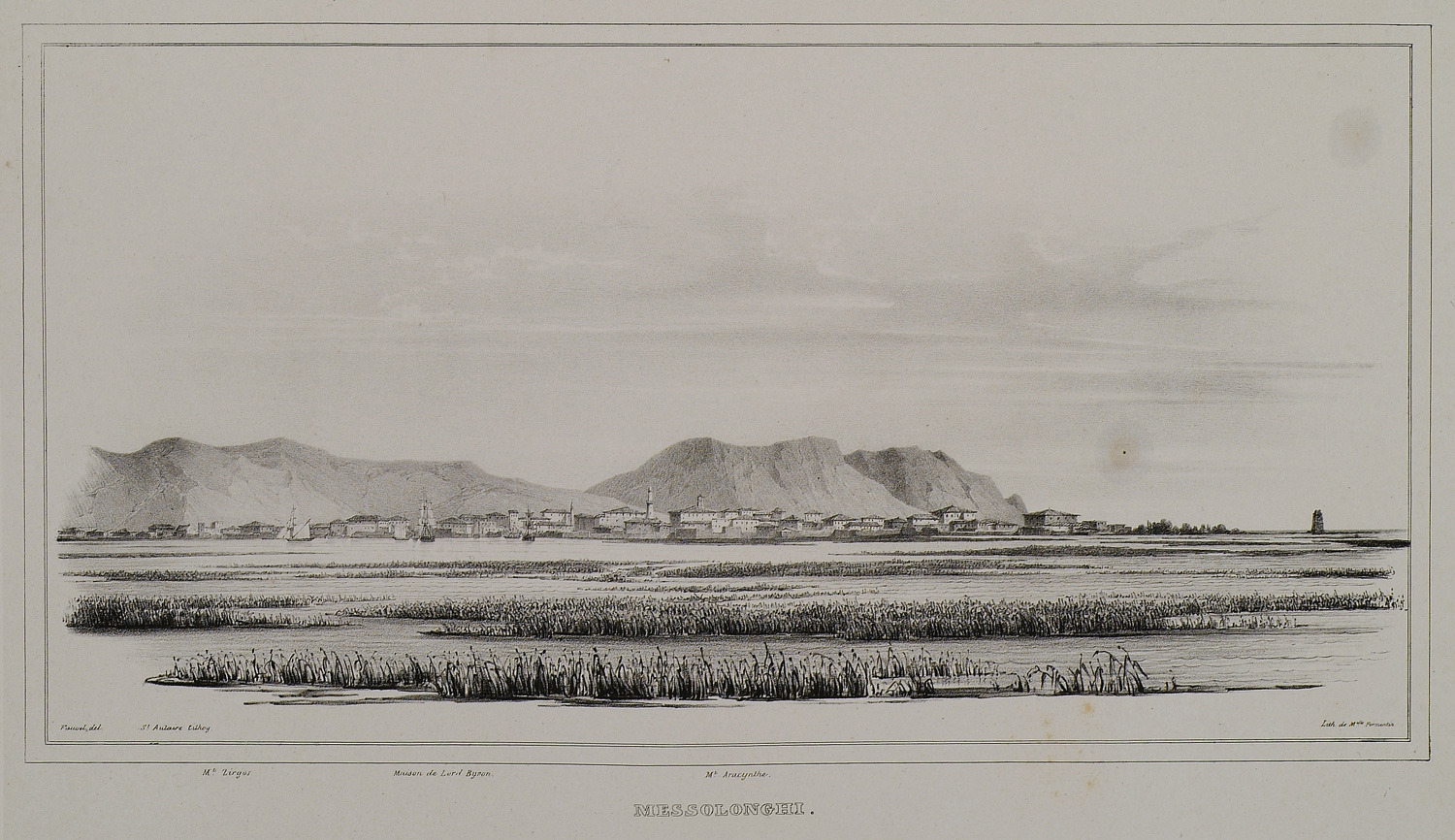
-

-
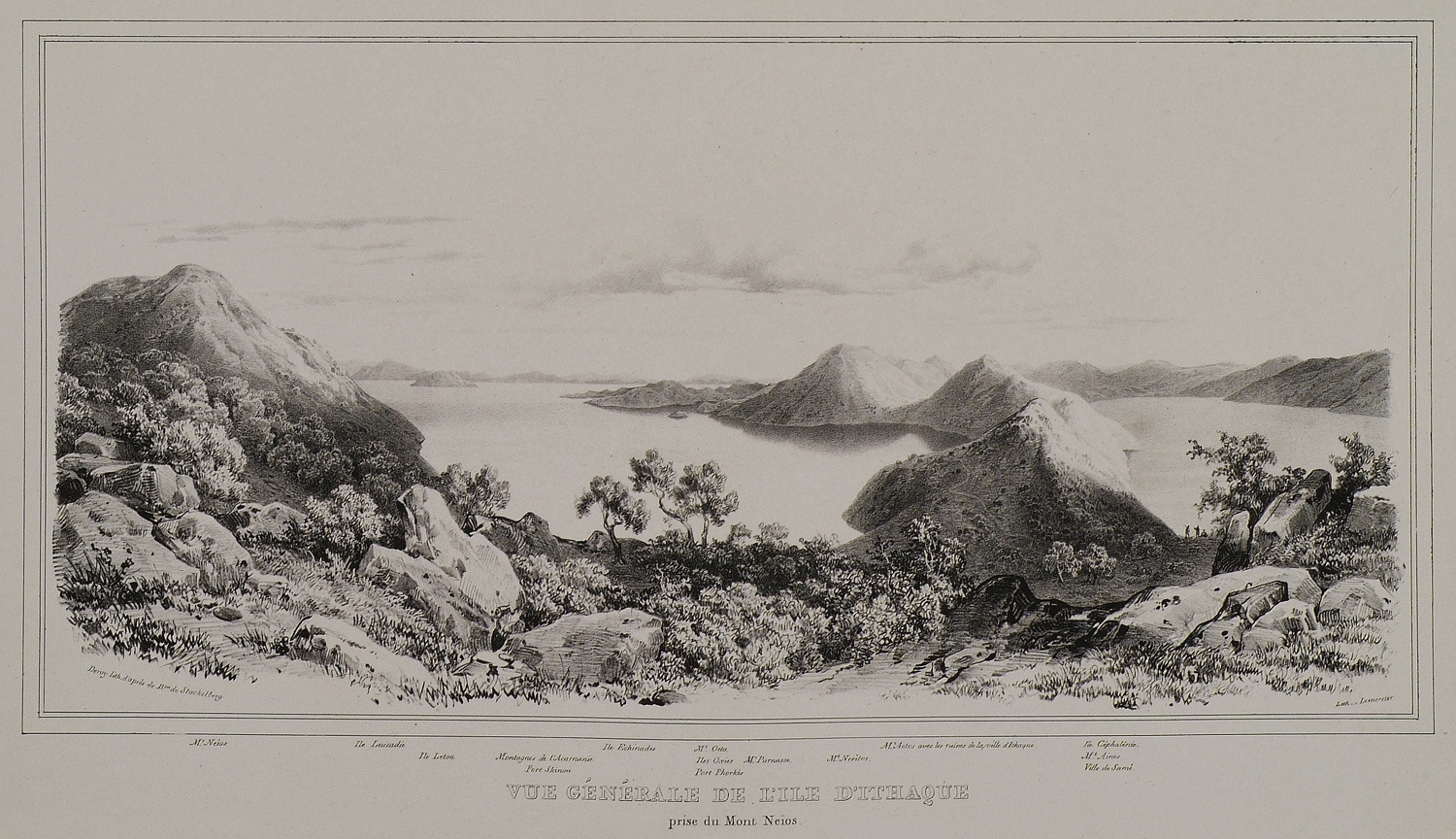
-
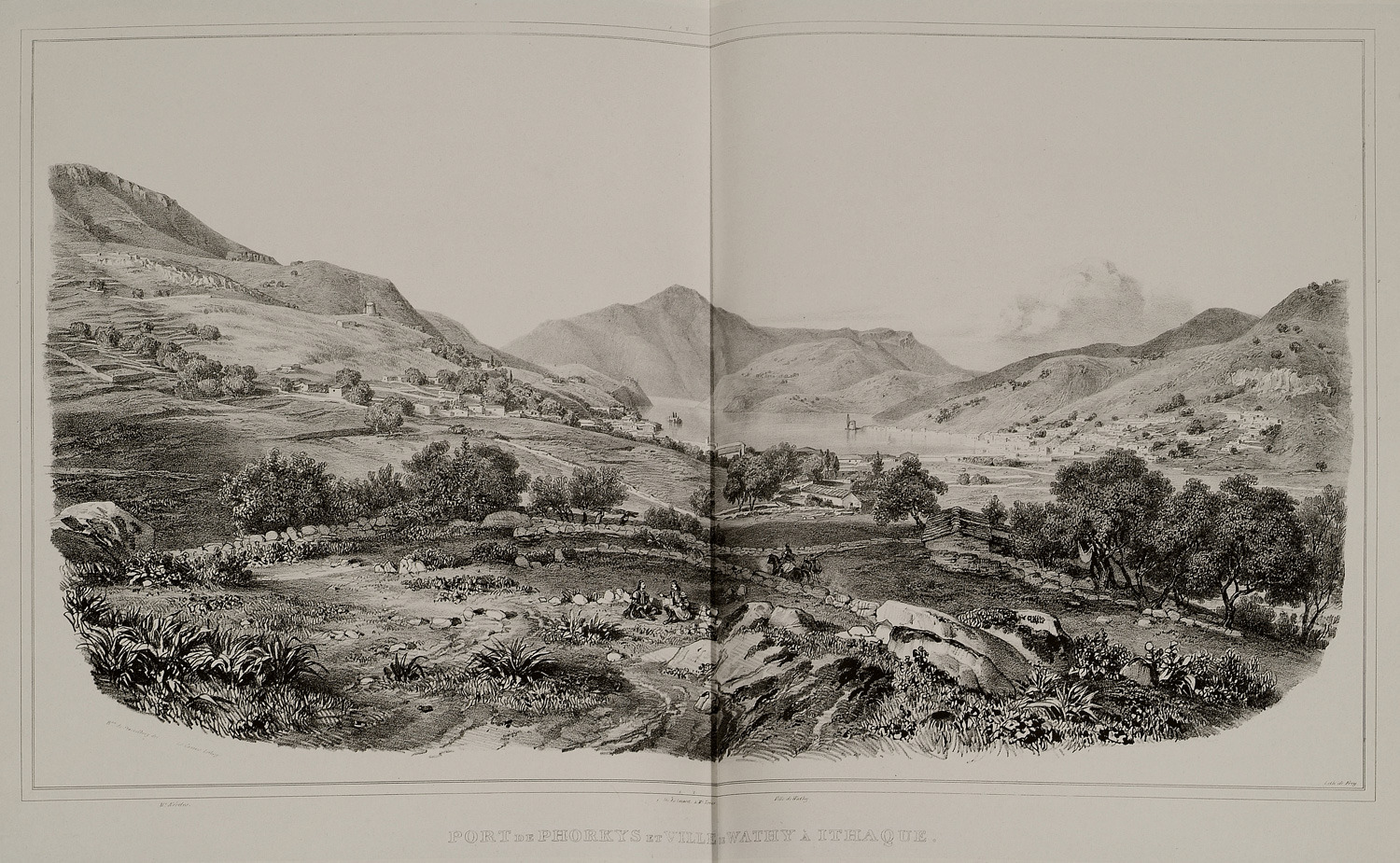
-
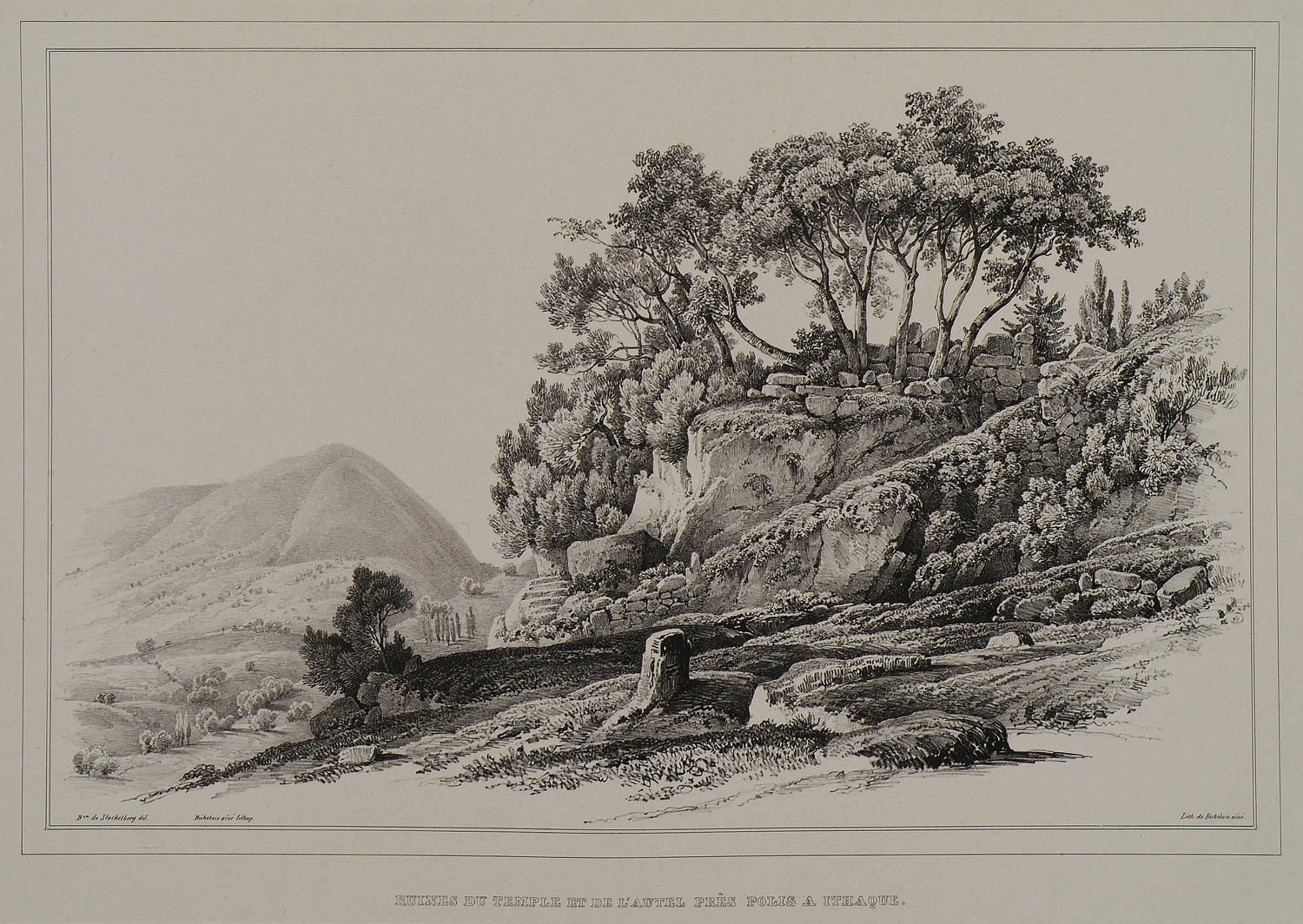
Ruins of the polygonal walls of the acropolis on Aetos Hill, Ithaca.
-
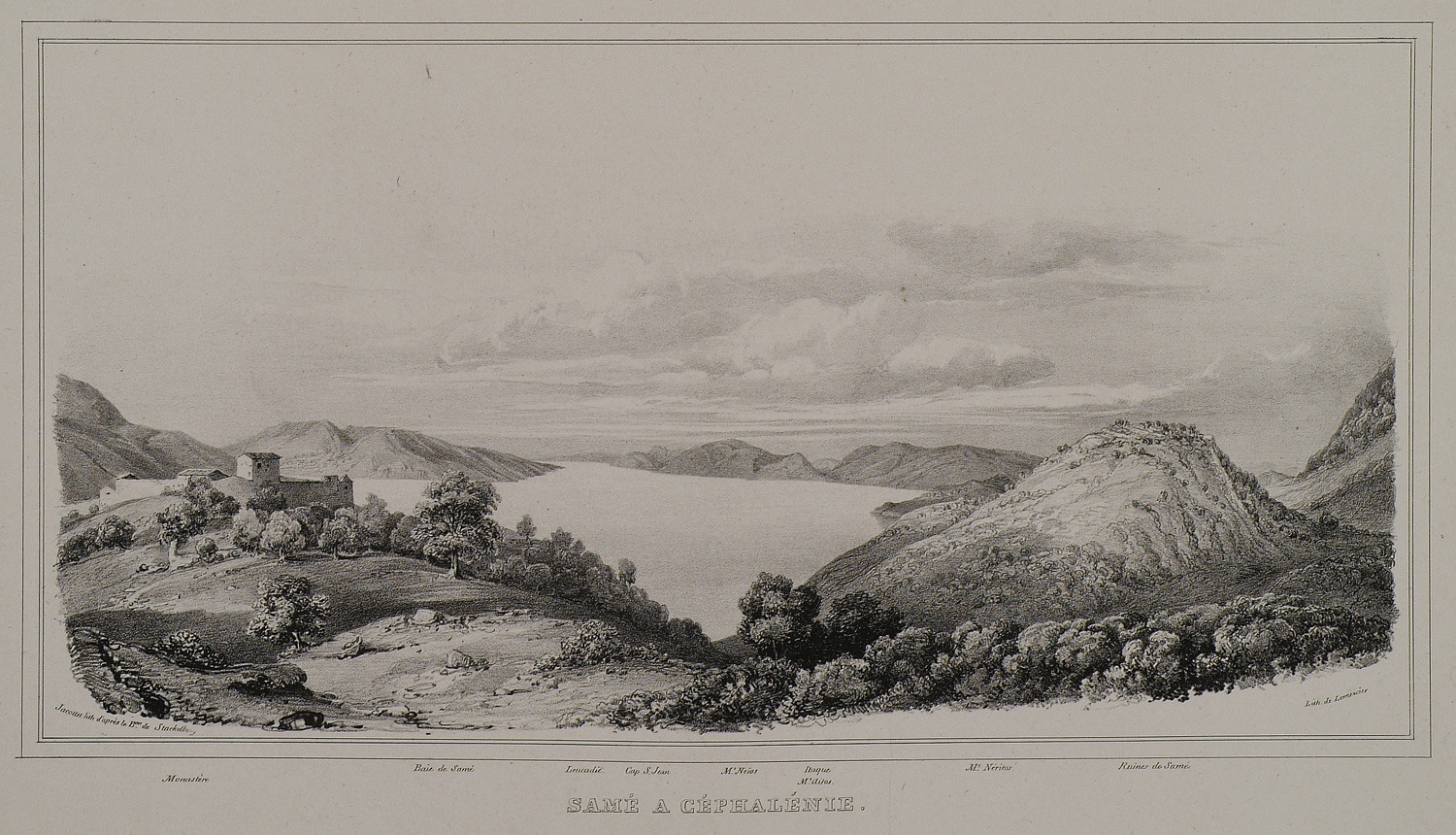
-
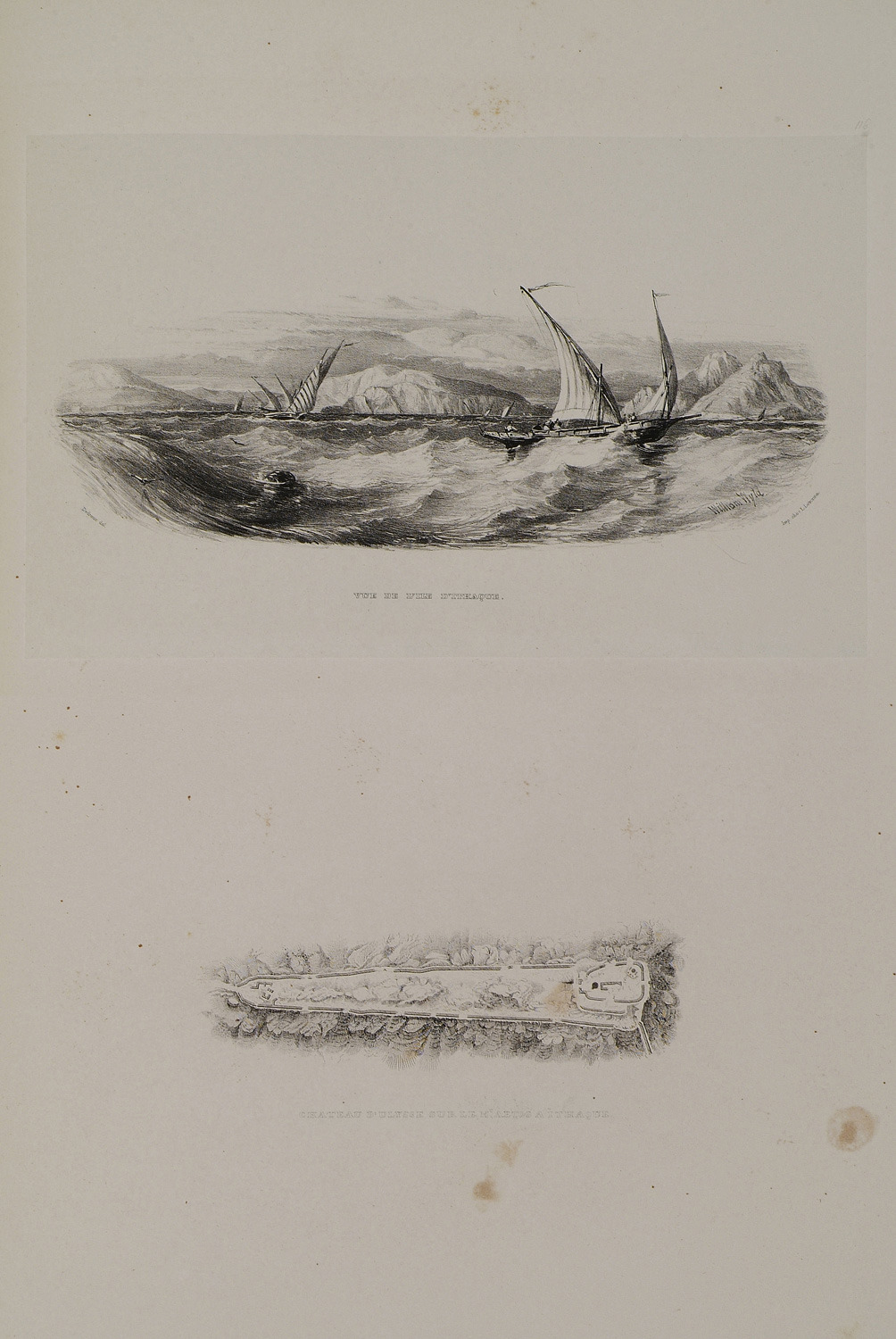
-
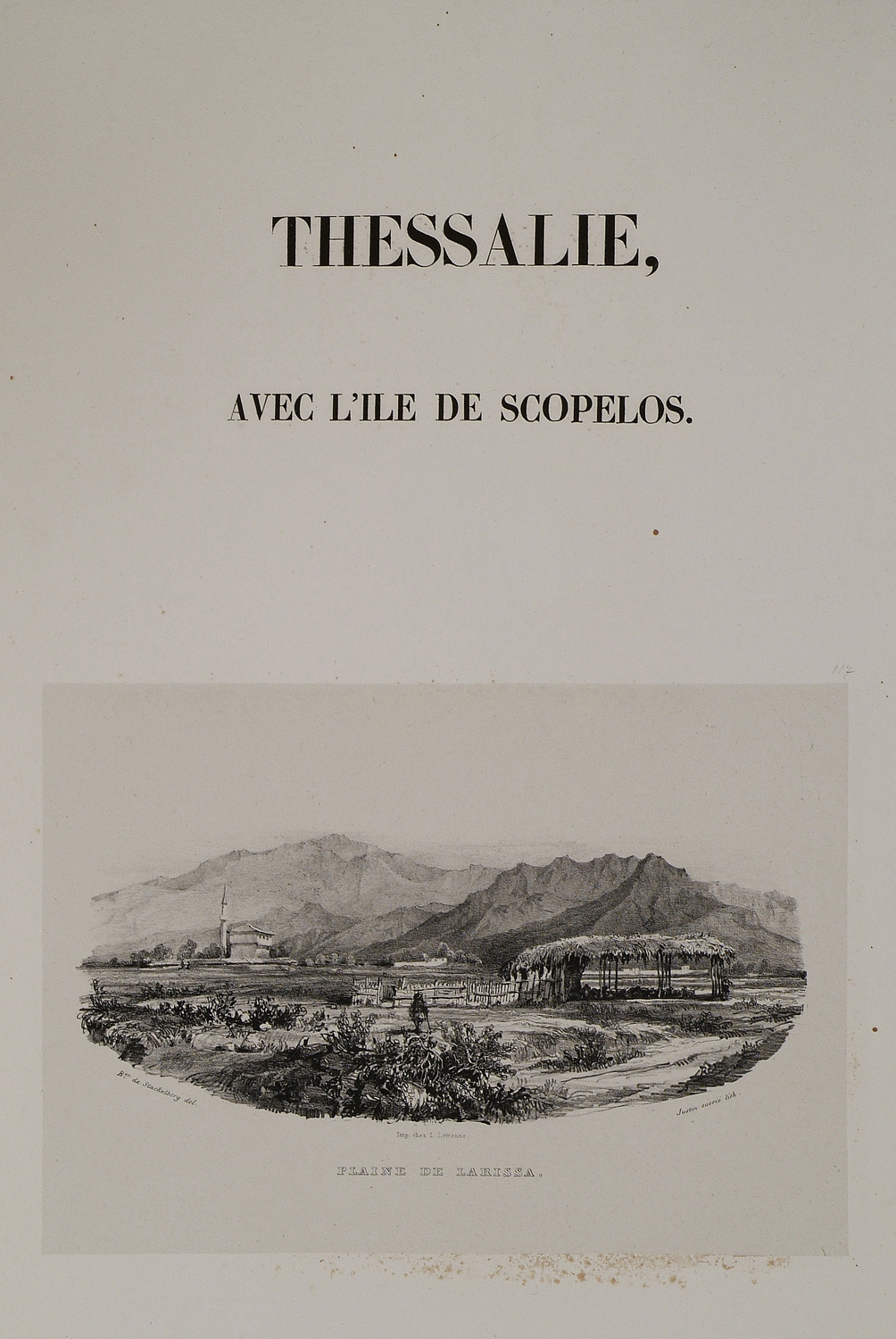
-
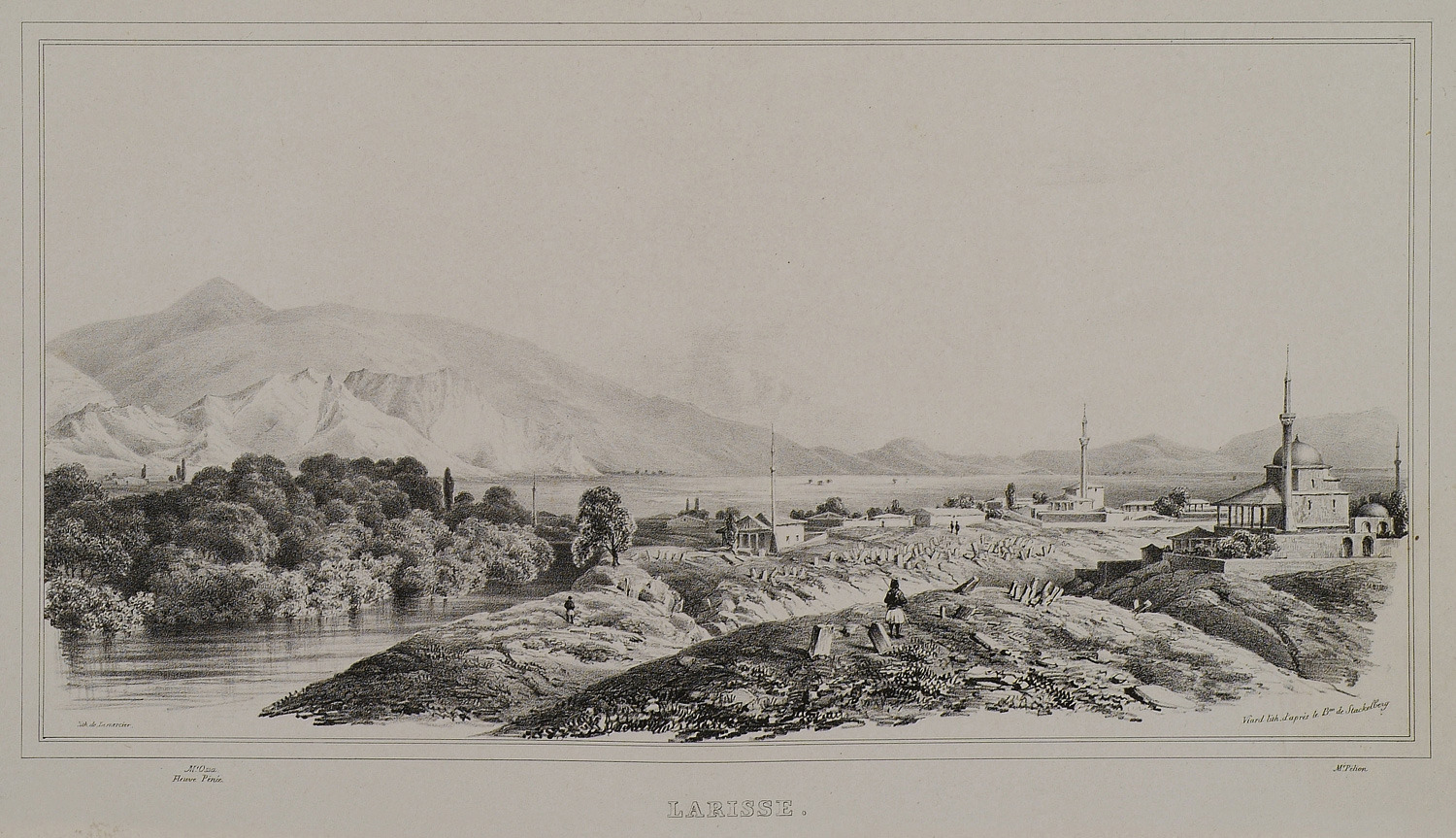
-
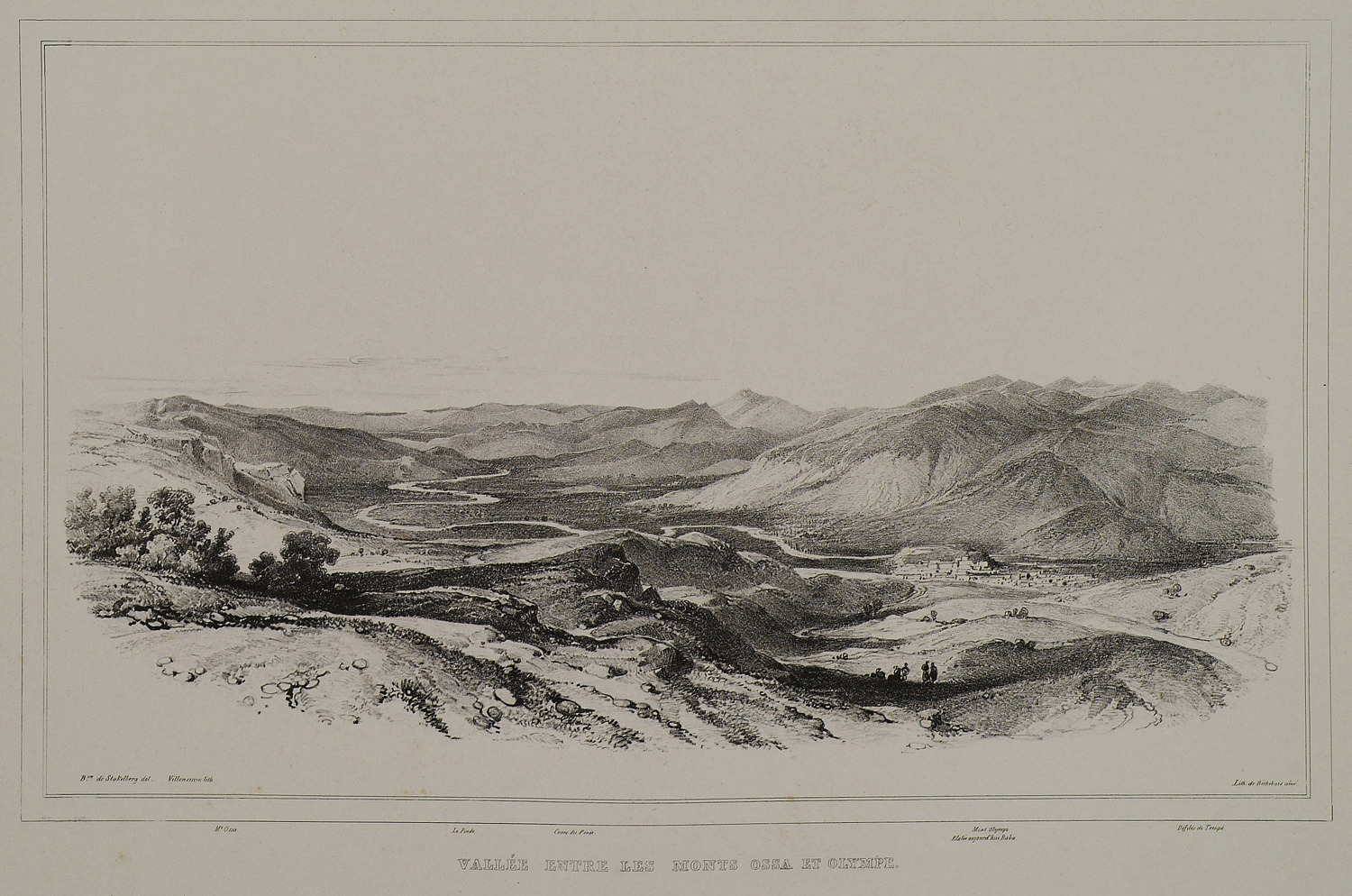
Landscape at the Vale of Tempi between Mount Olympus and Mount Kissavos.
-
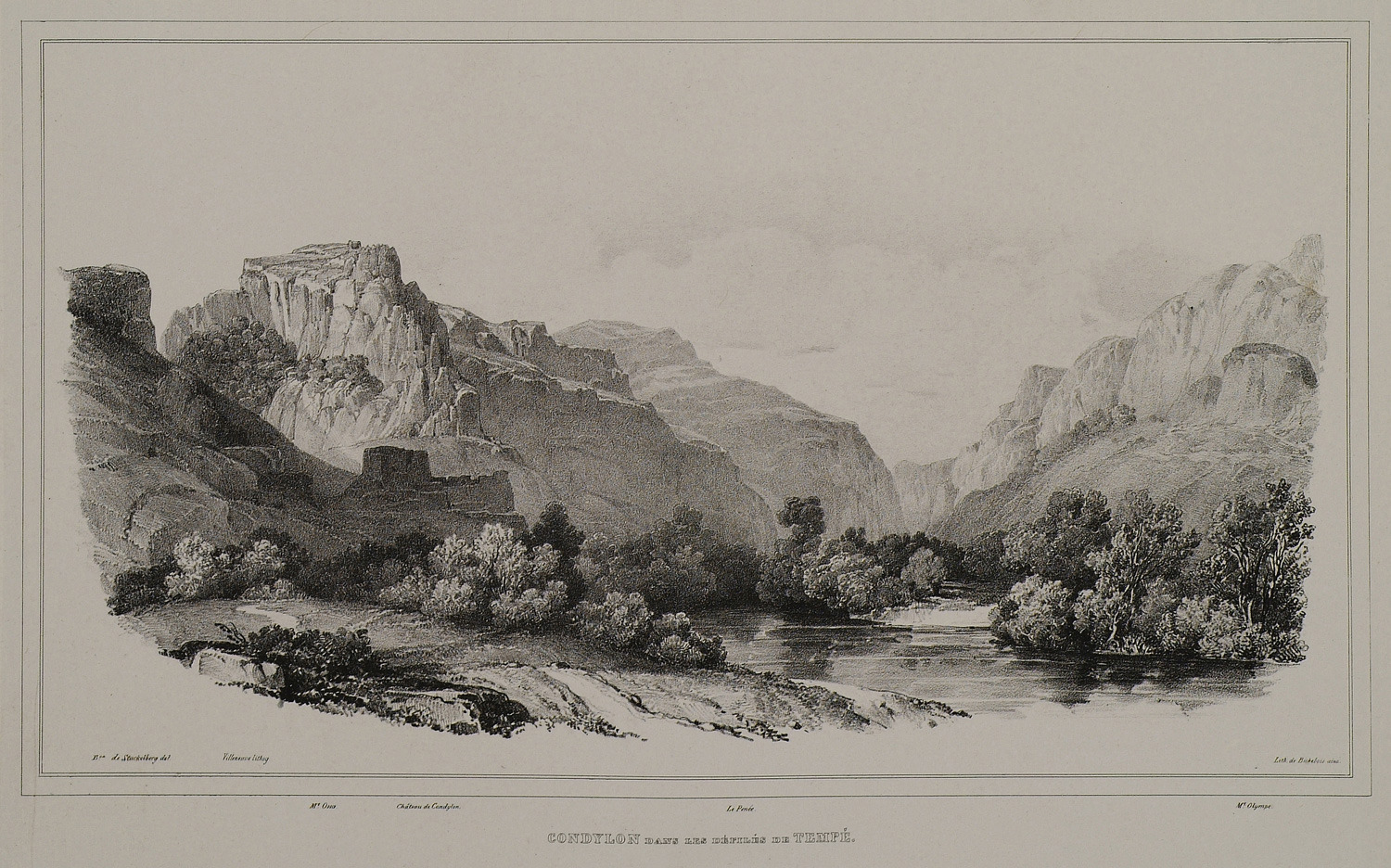
-
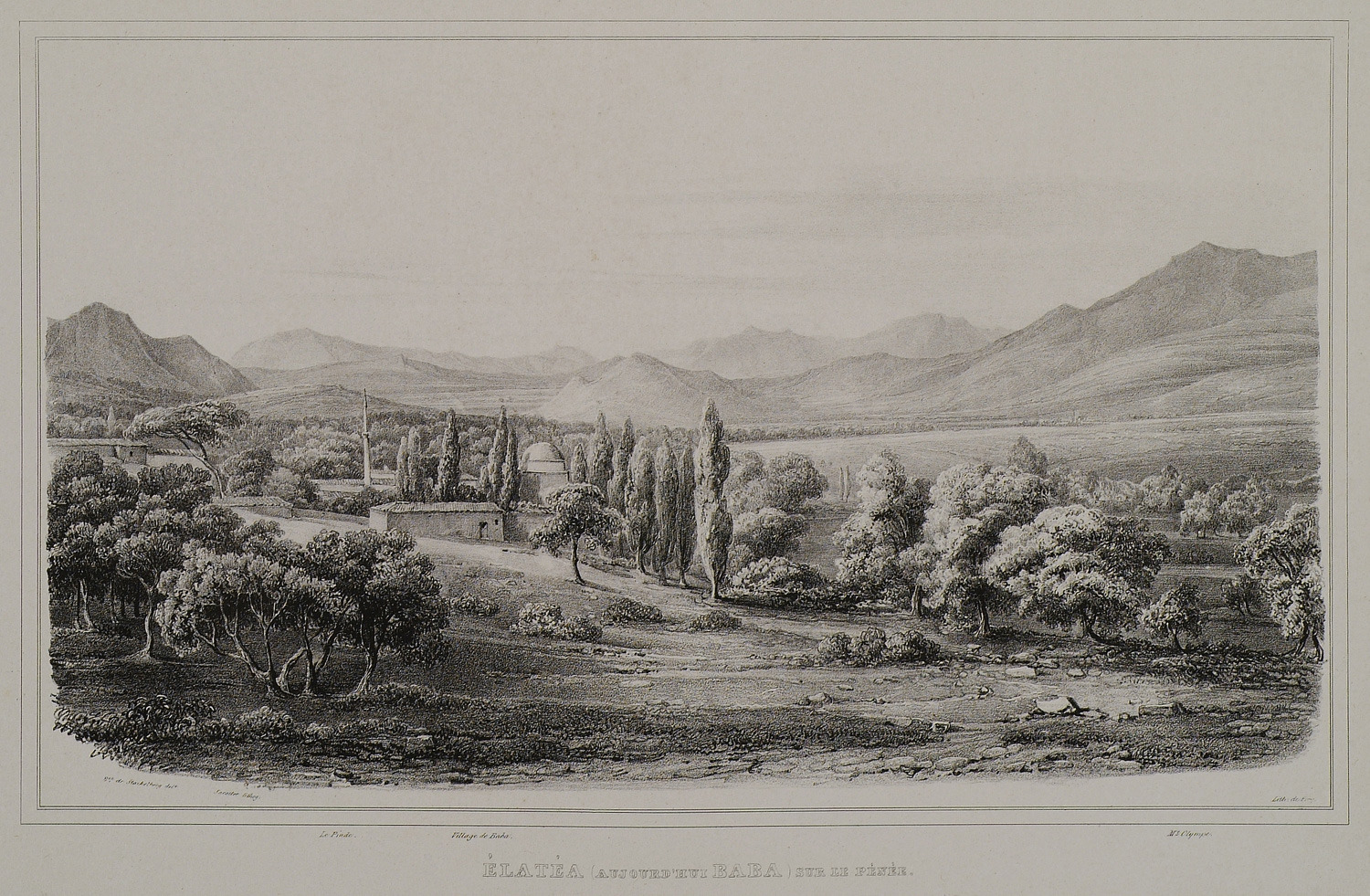
The tekije (dervish lodge) of Hassan Baba at the Vale of Tempi, Thessaly.
-
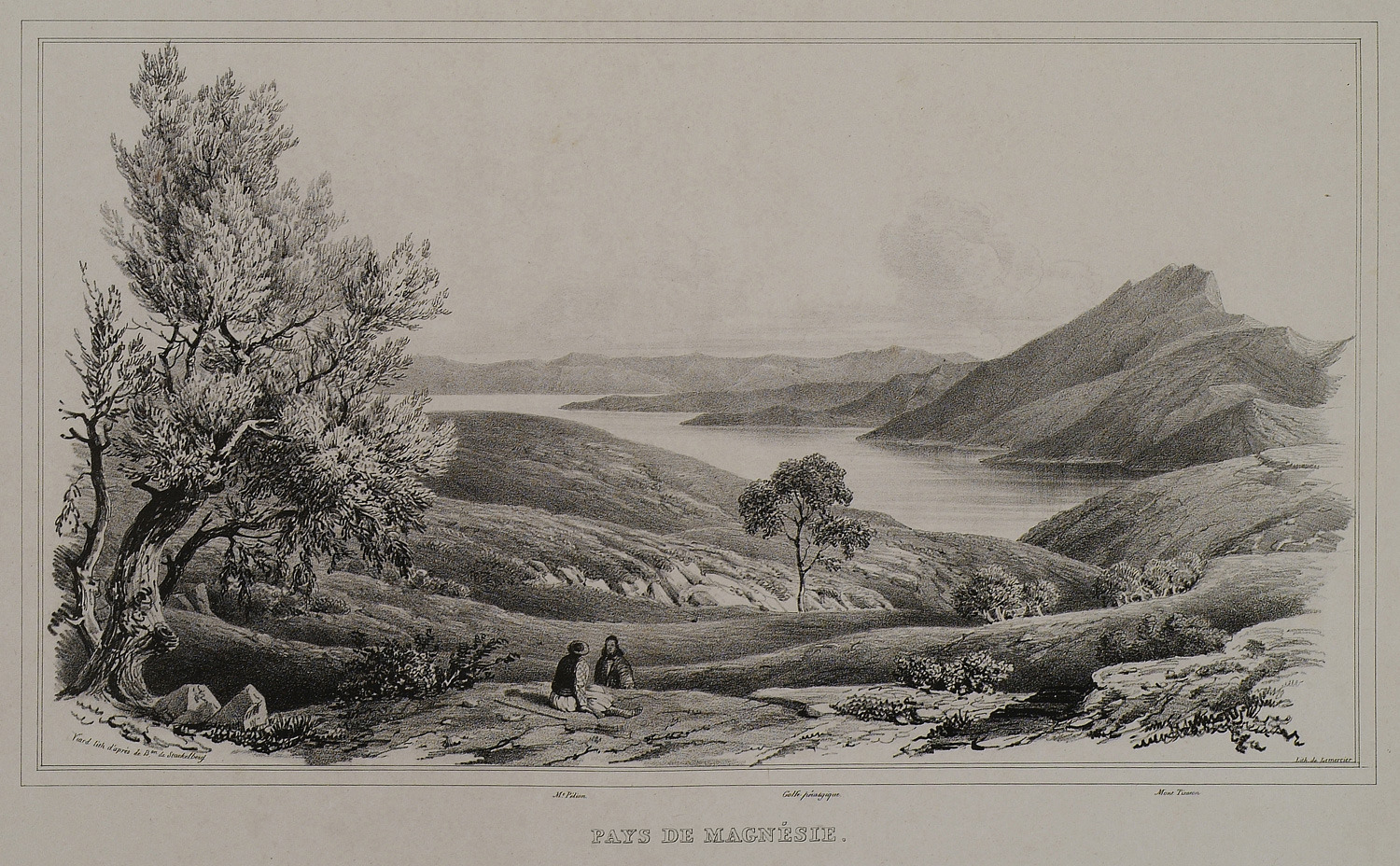
-
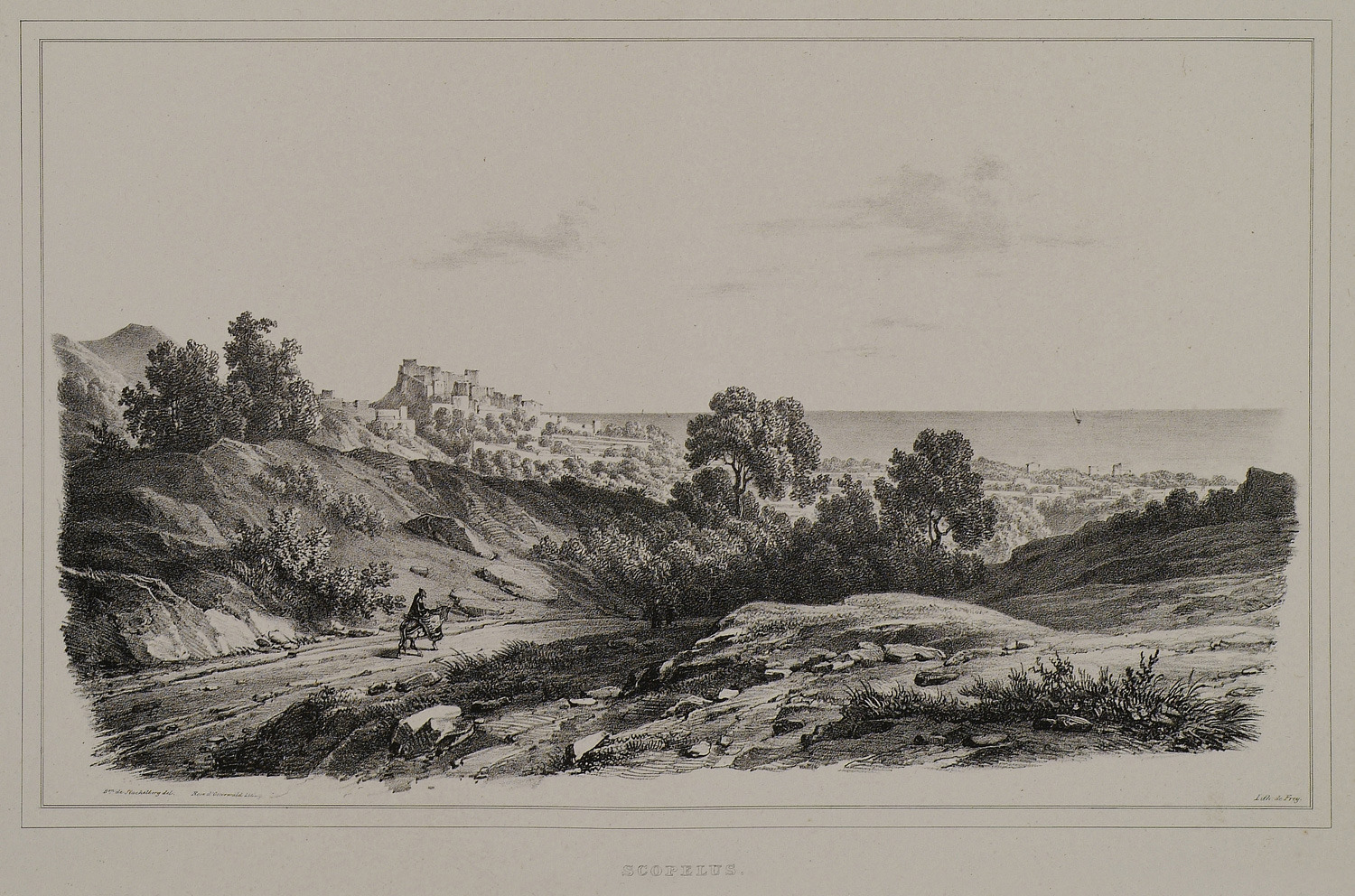
-
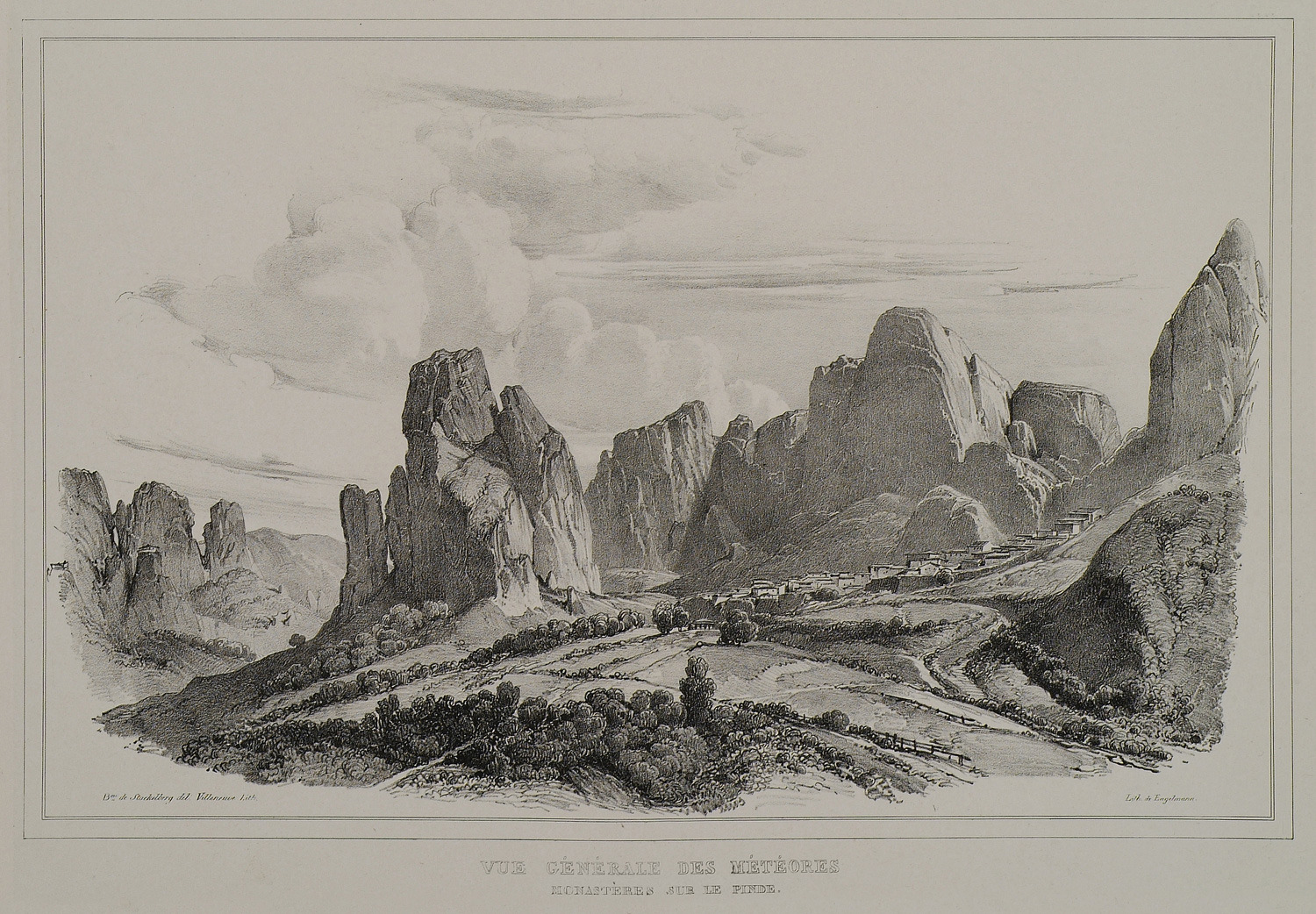
-
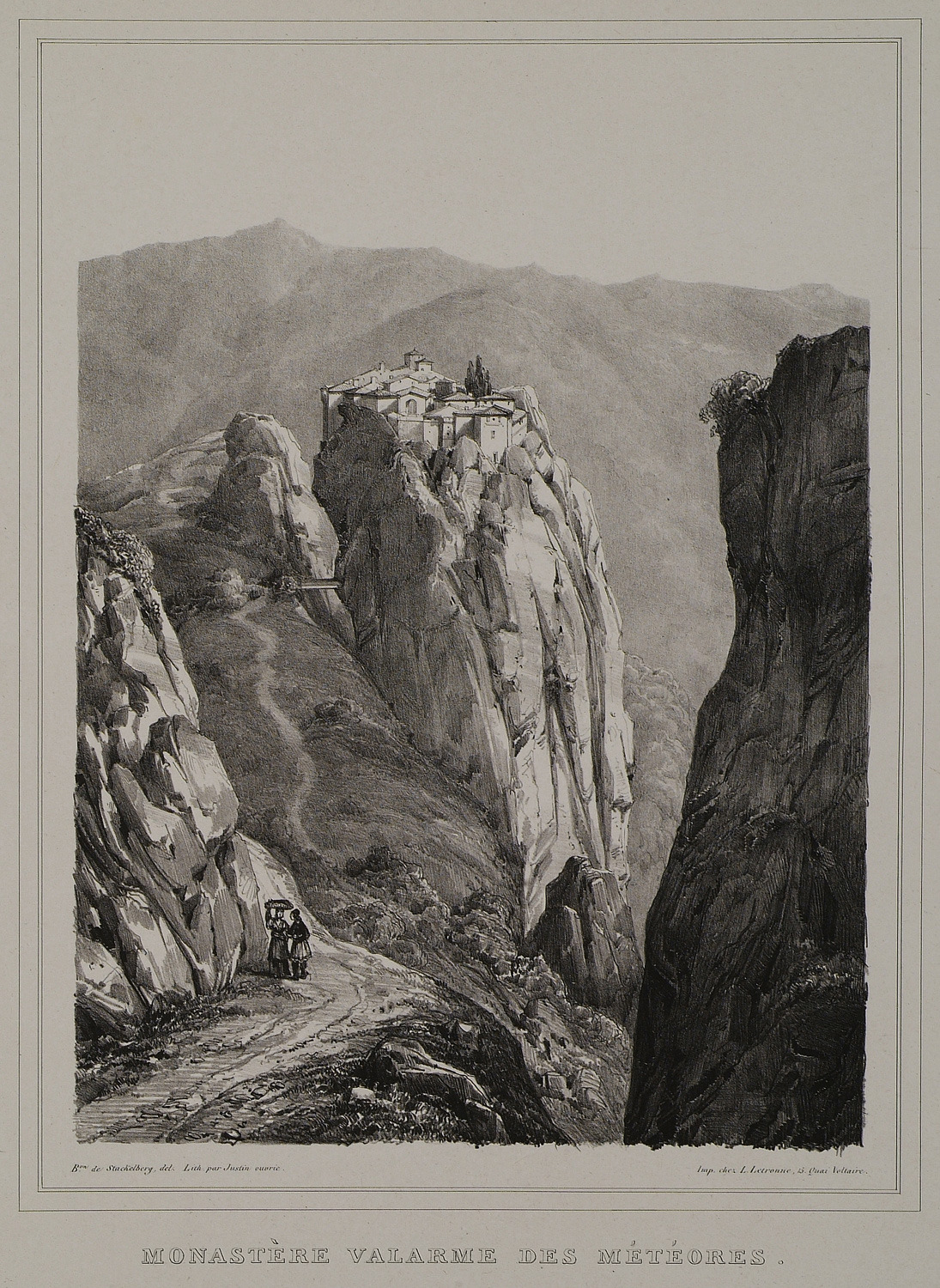
-
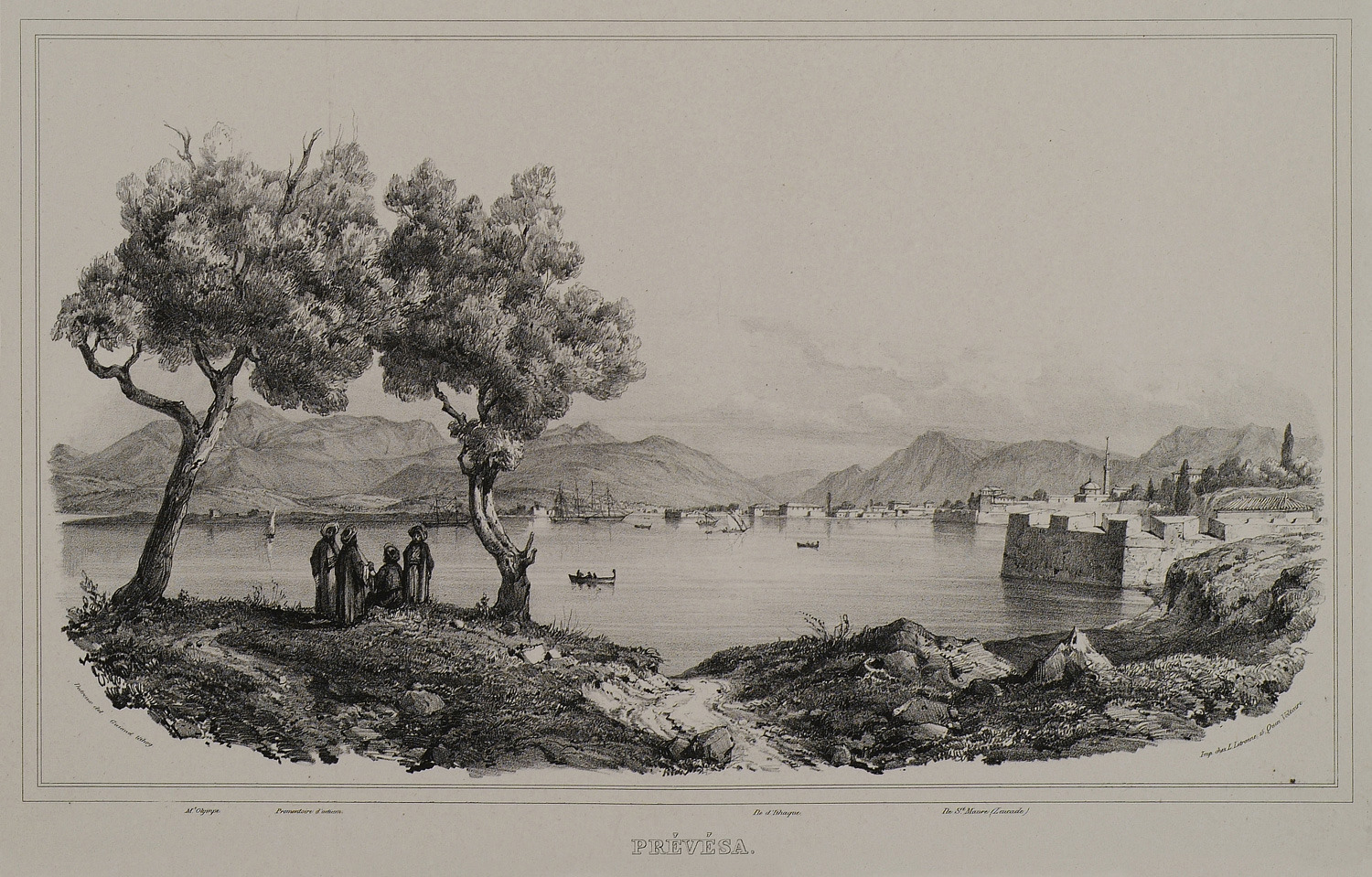
-
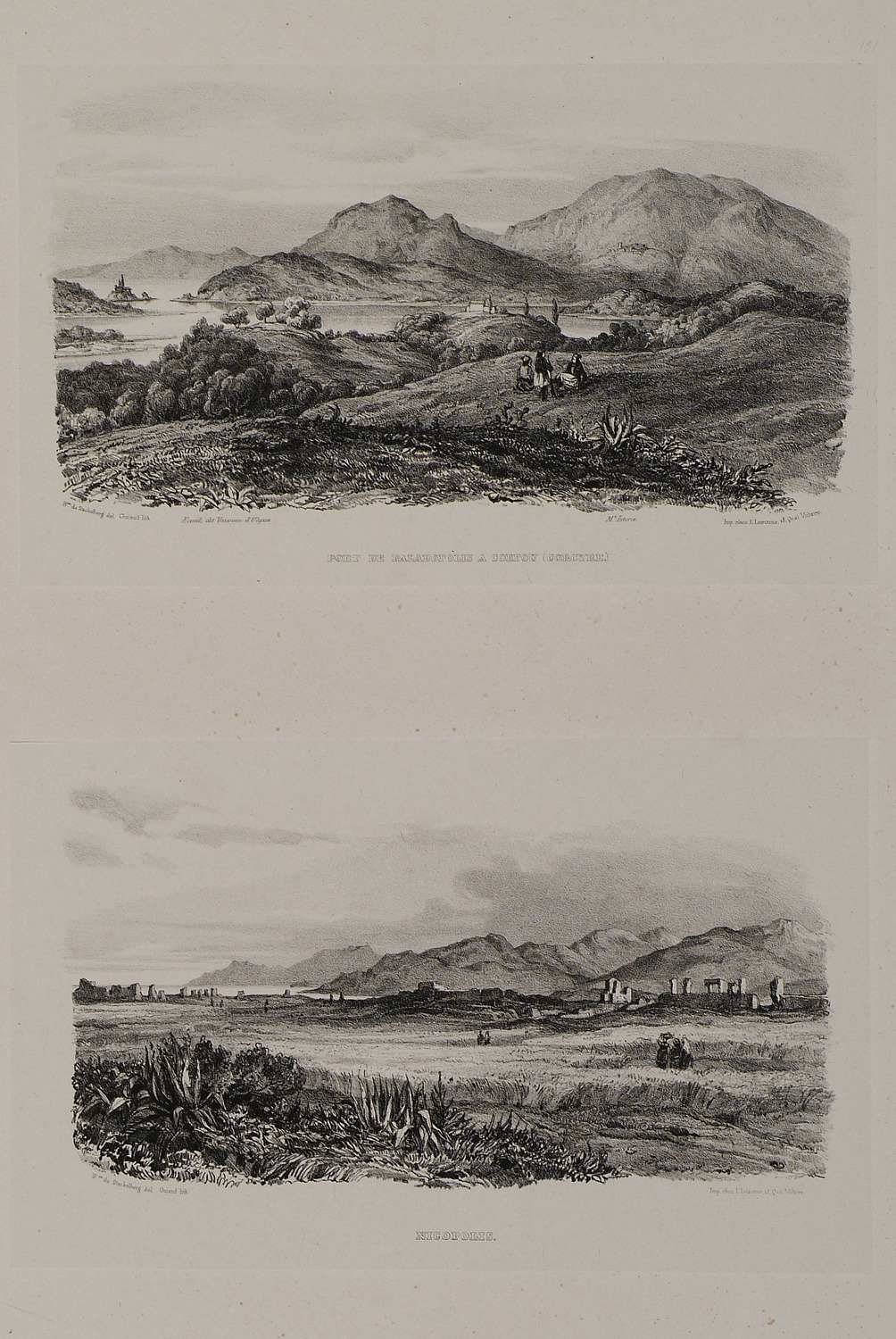
The port of Palaiopolis, Corfu island. Landscape at Nicopolis, Epirus.
-
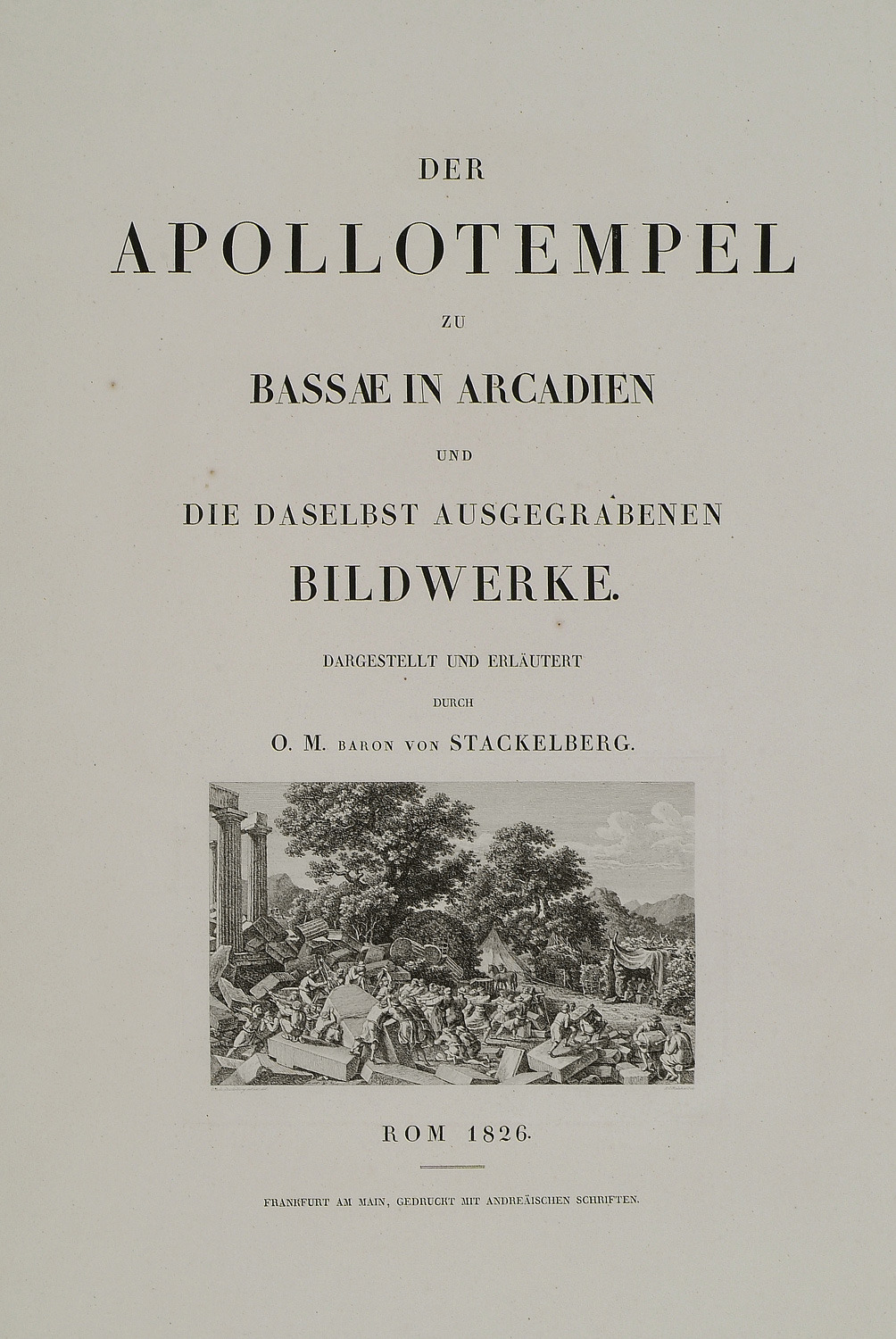
-
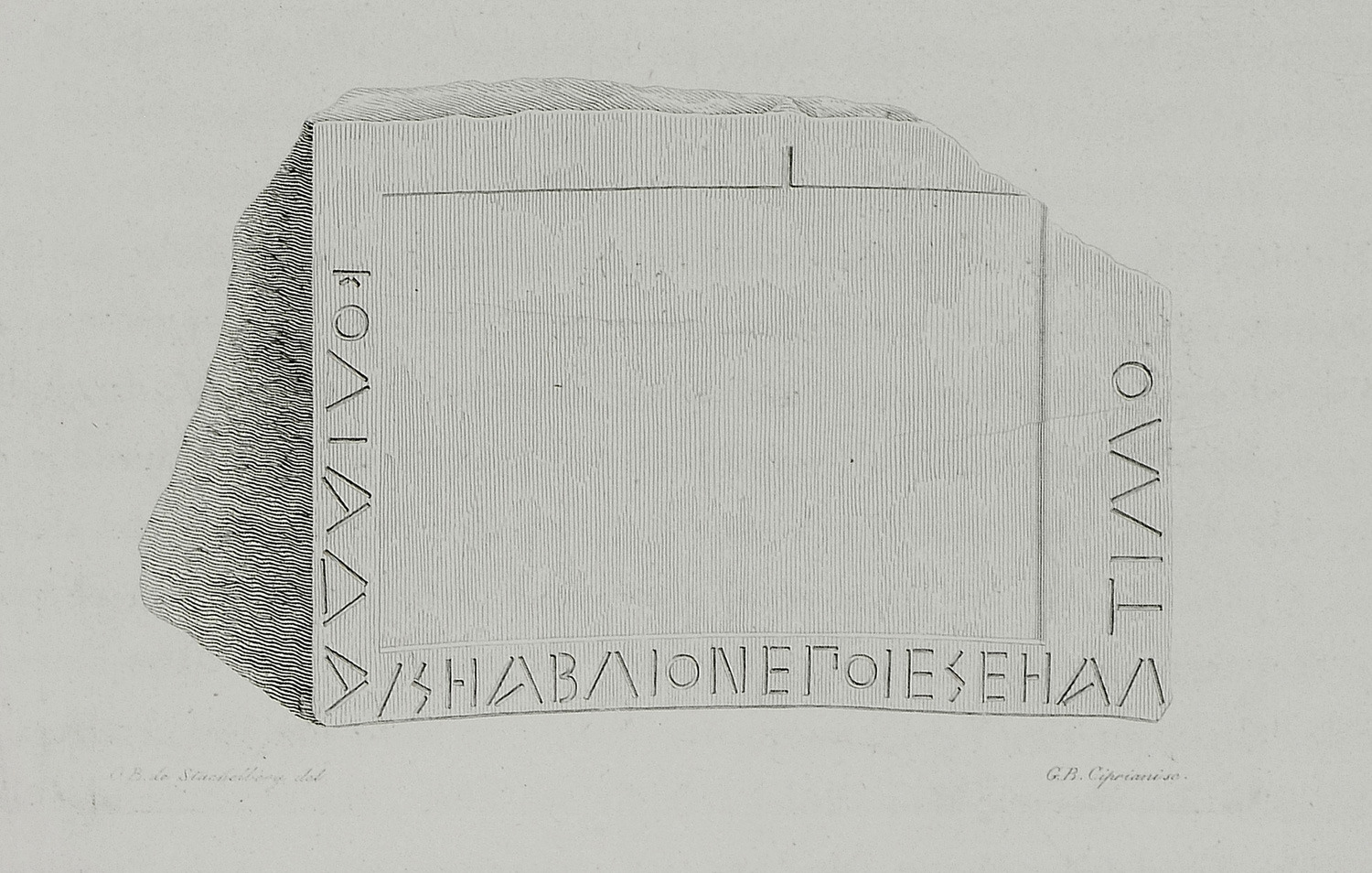
Slab with inscription from the temple of Apollo Epicurius in Bassae.
-
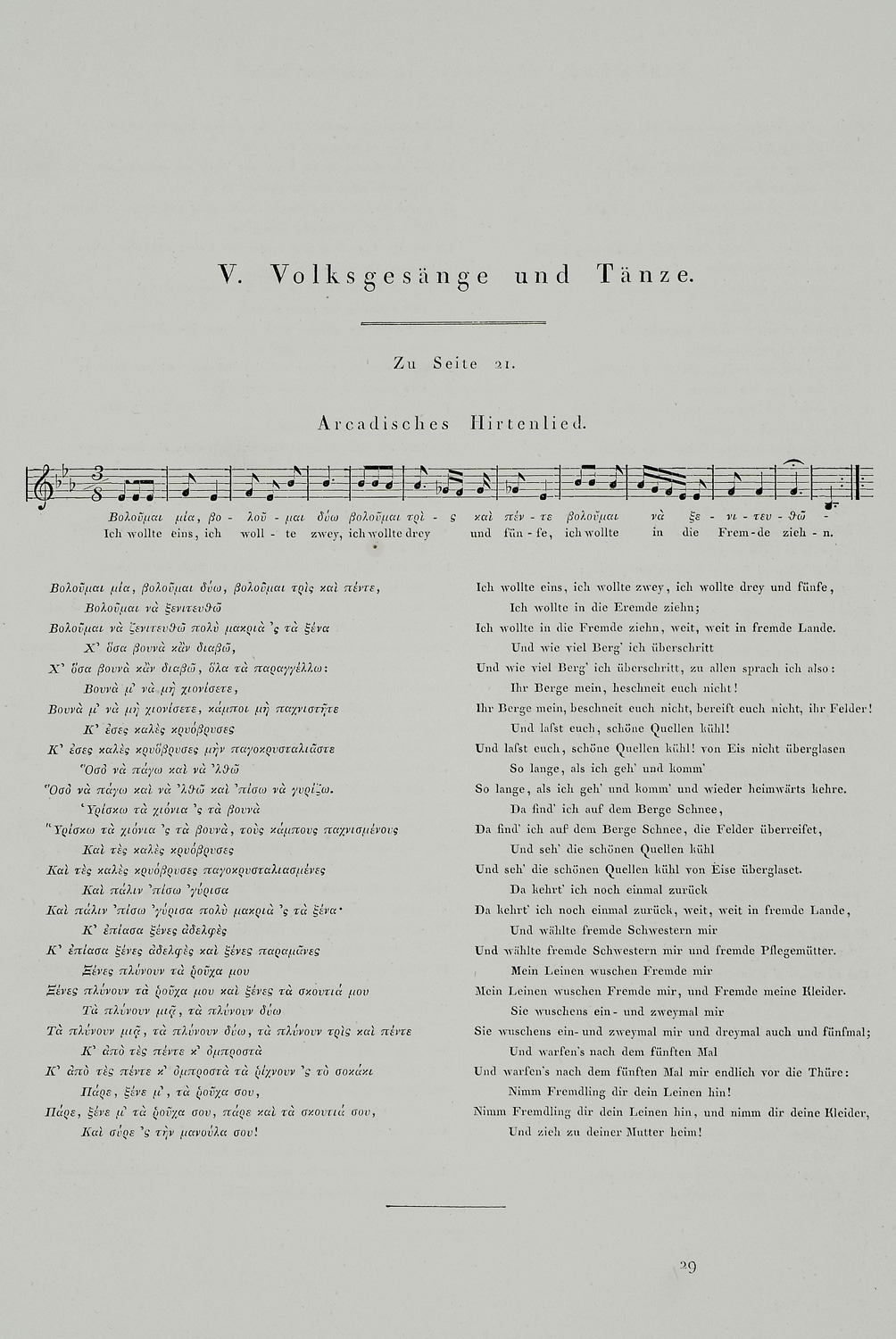
-
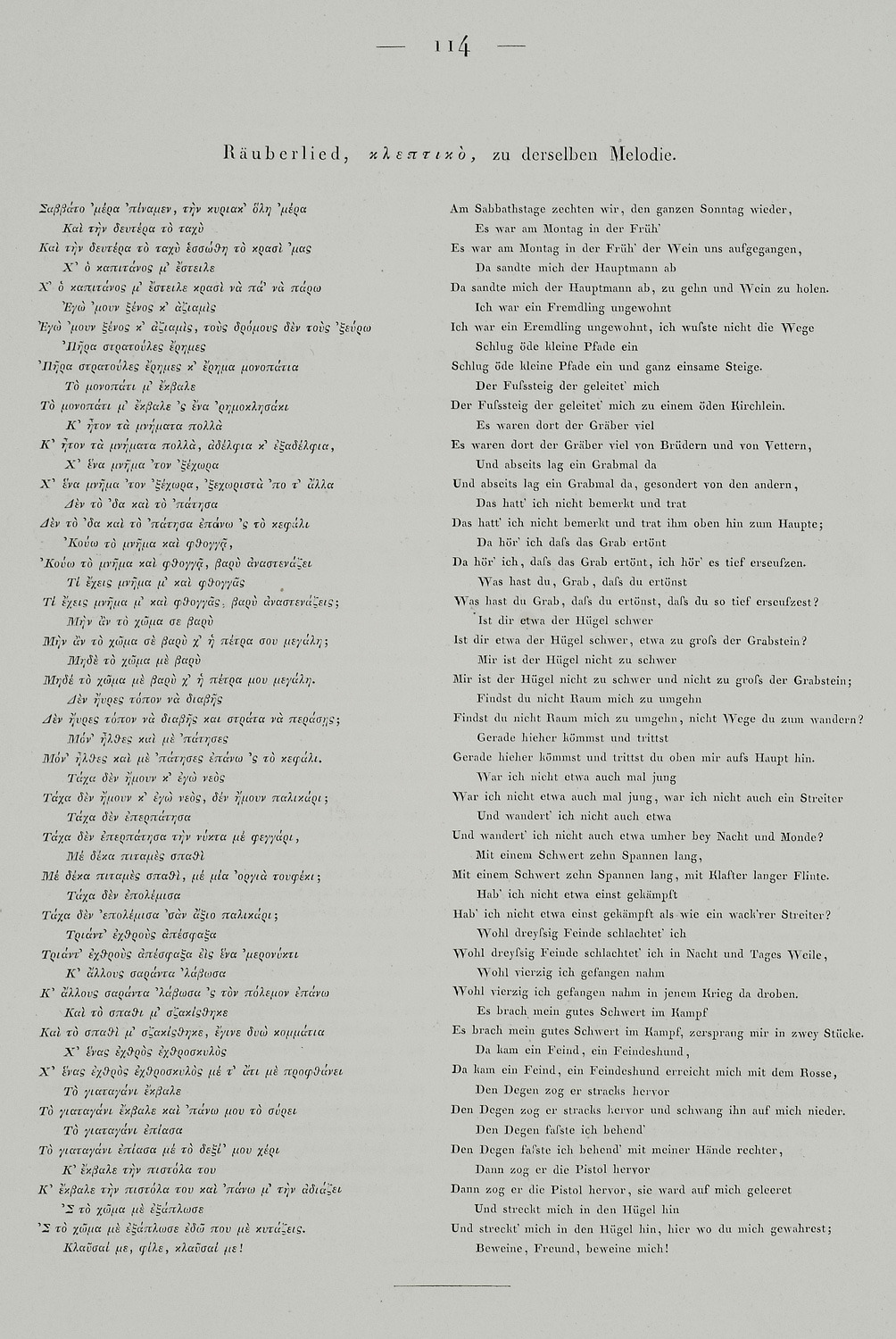
-
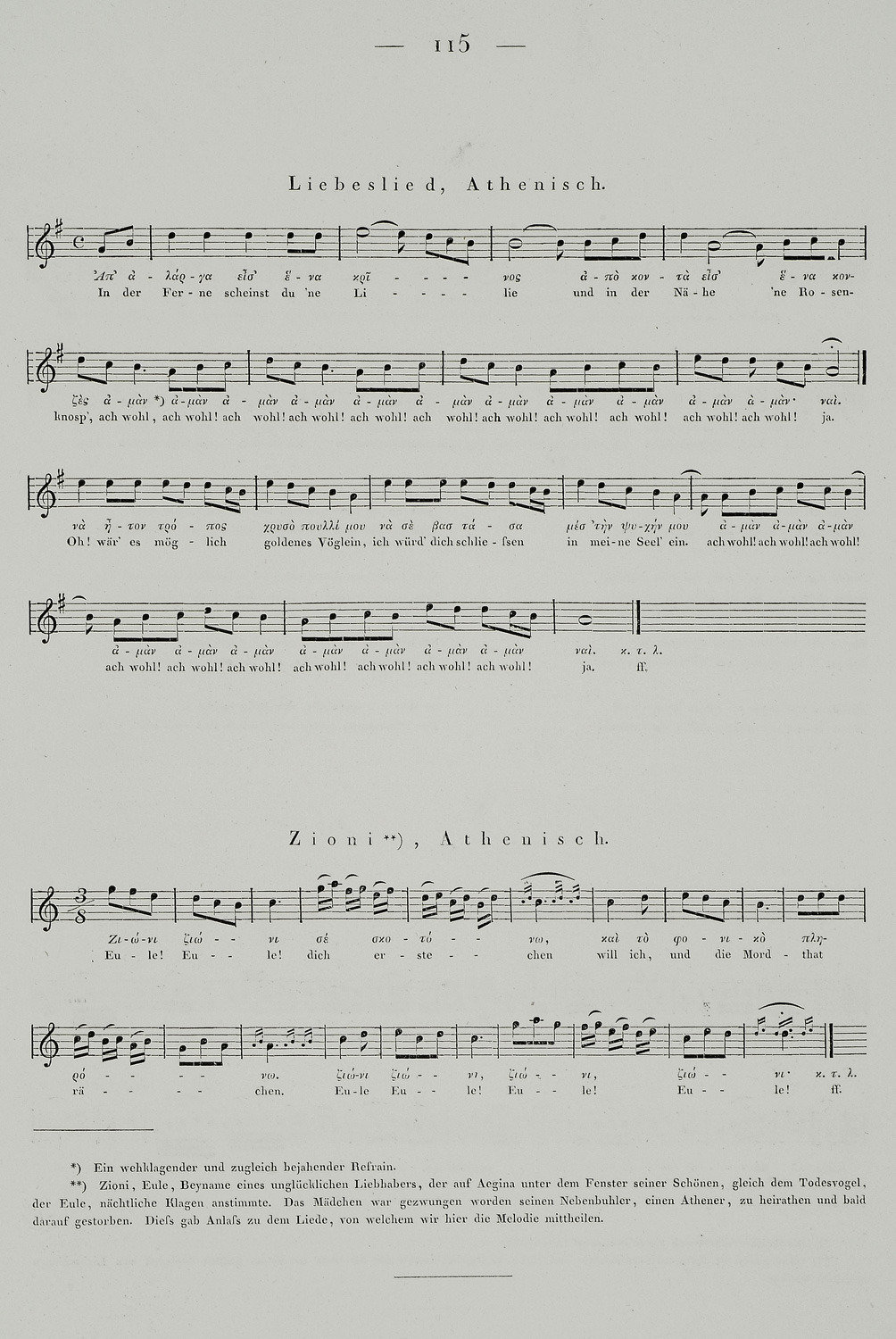
-
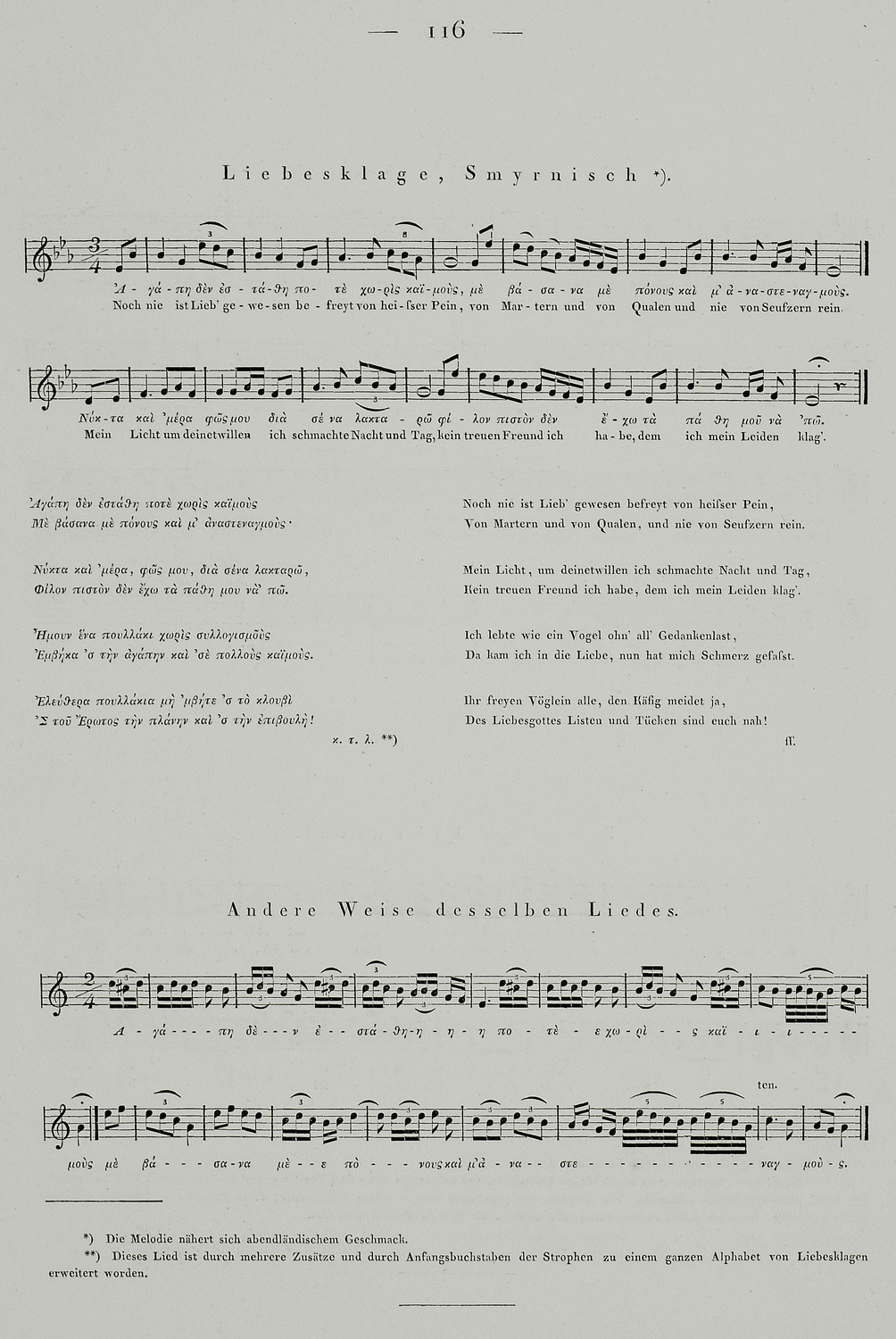
-
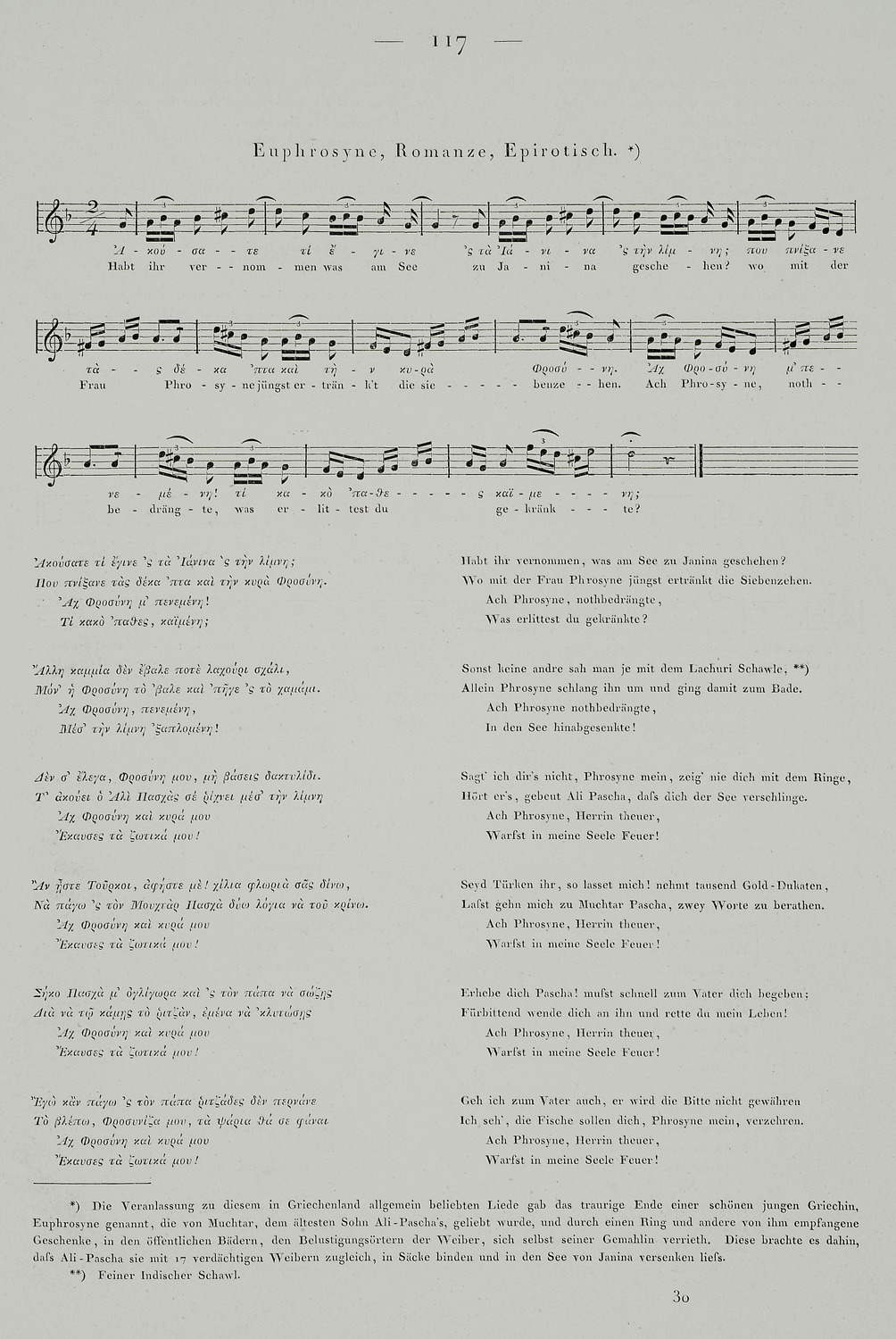
-
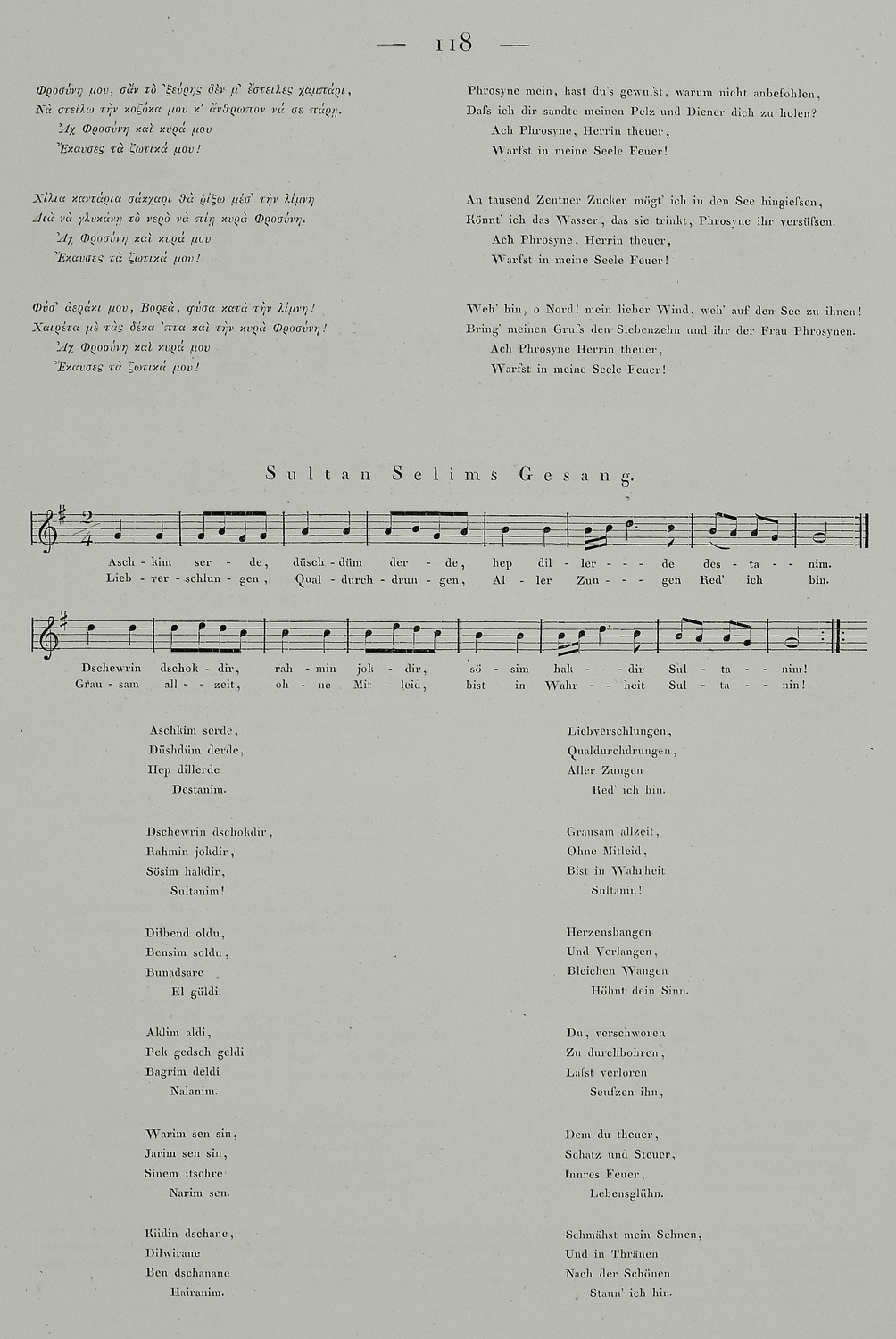
Song in honour of Sultan Selim (not specified which of the Sultans named Selim).
-
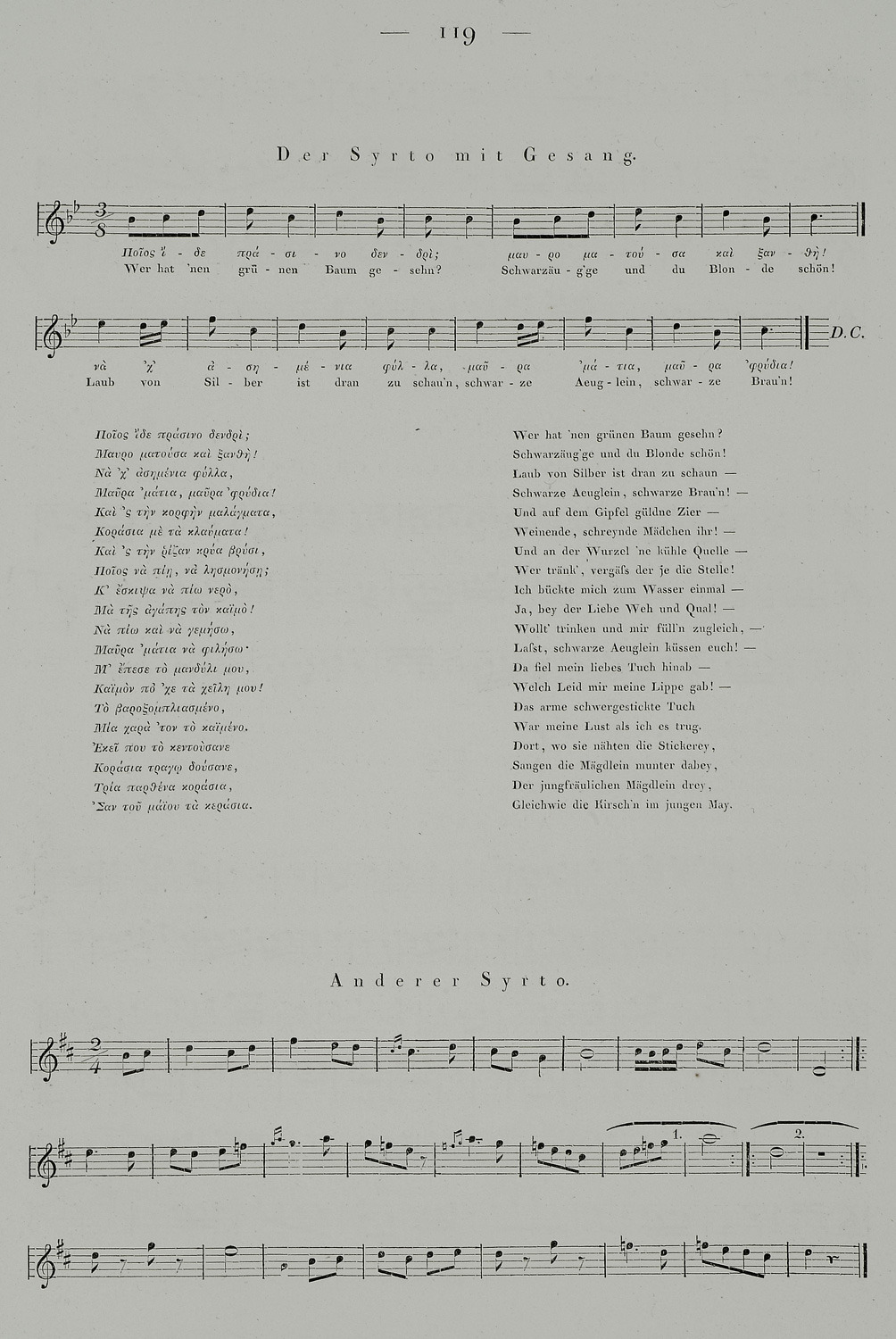
-
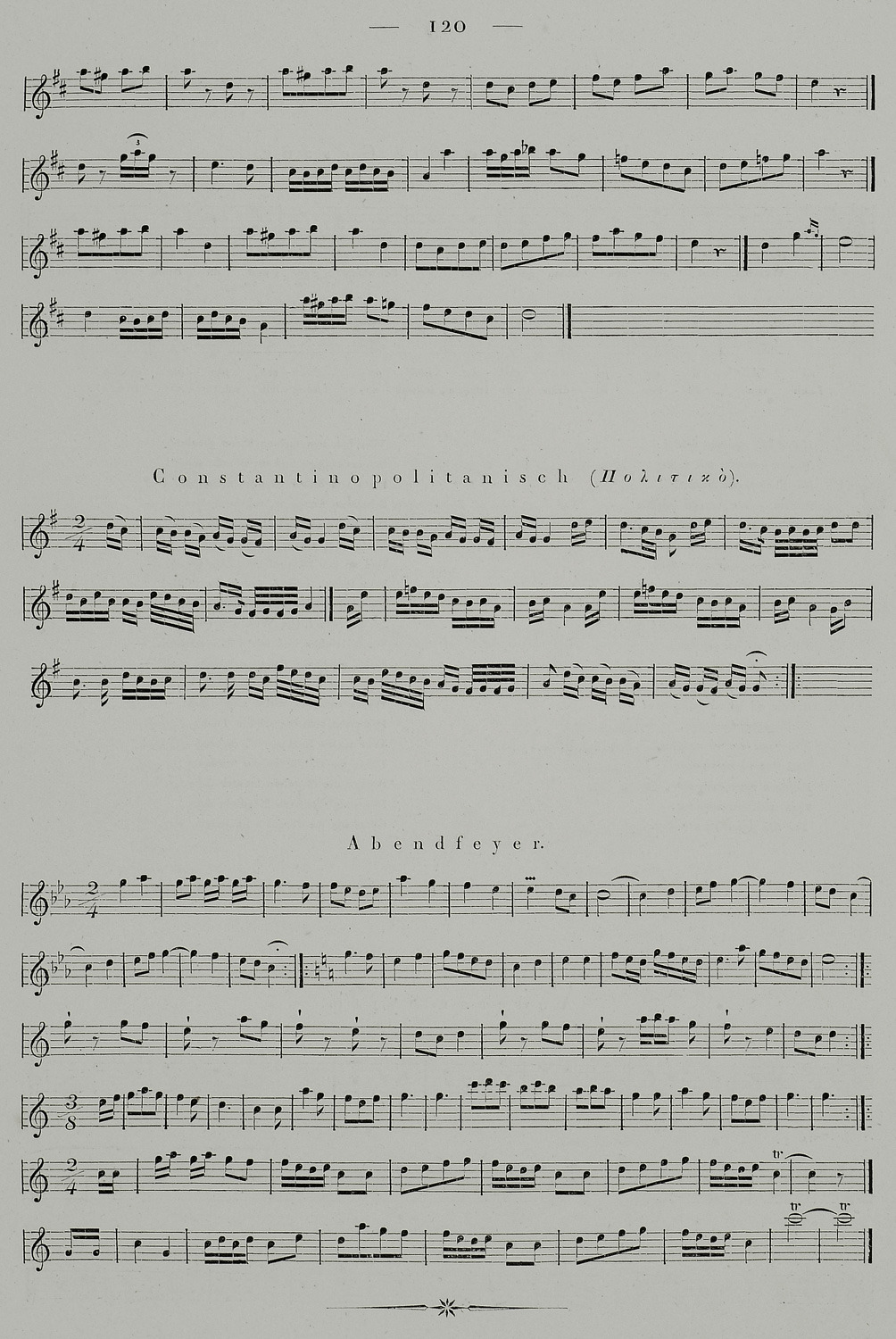
-
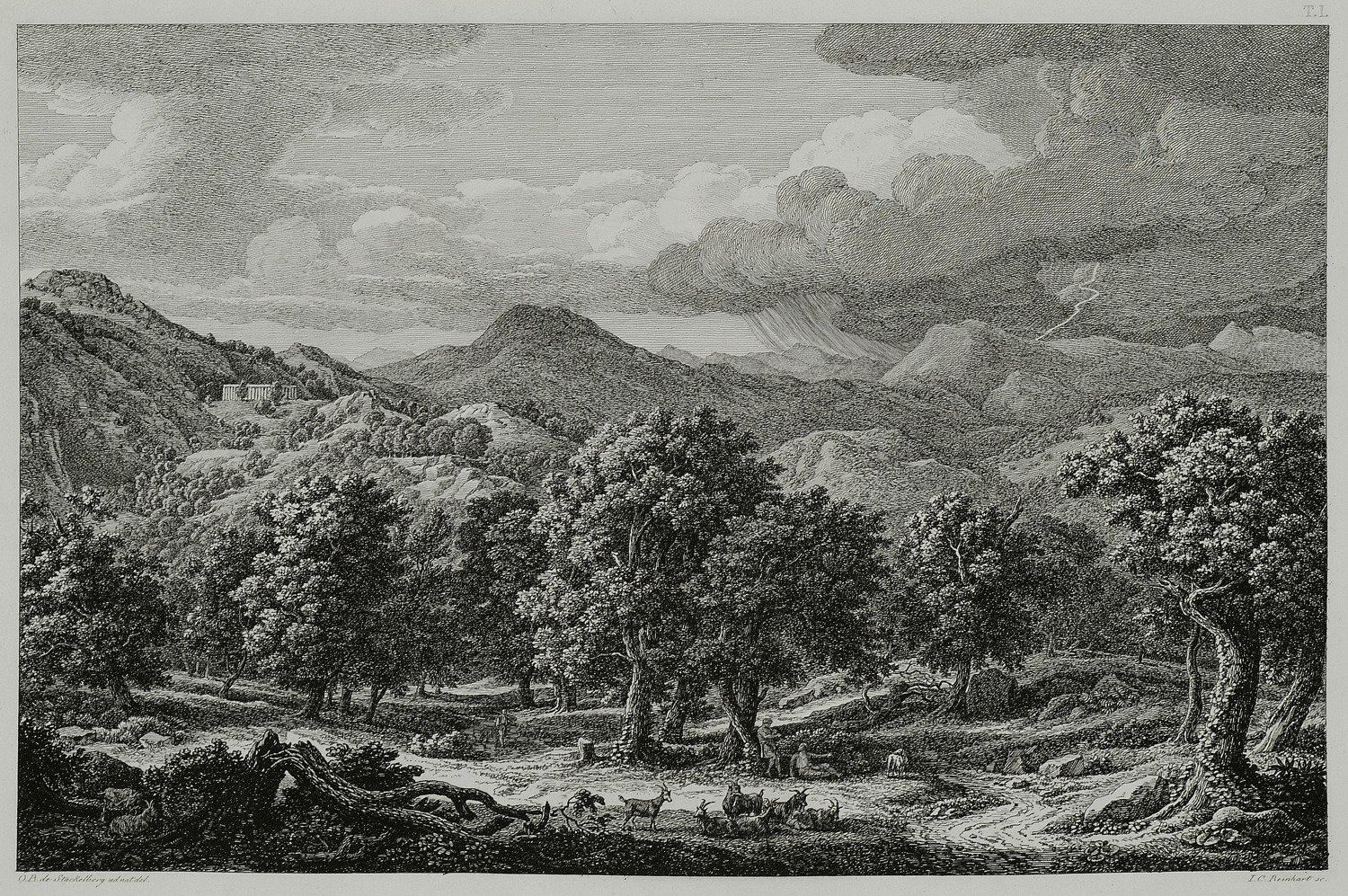
Landscape at Figaleia. In the background, the temple of Apollo Epicurius at Bassae.
-
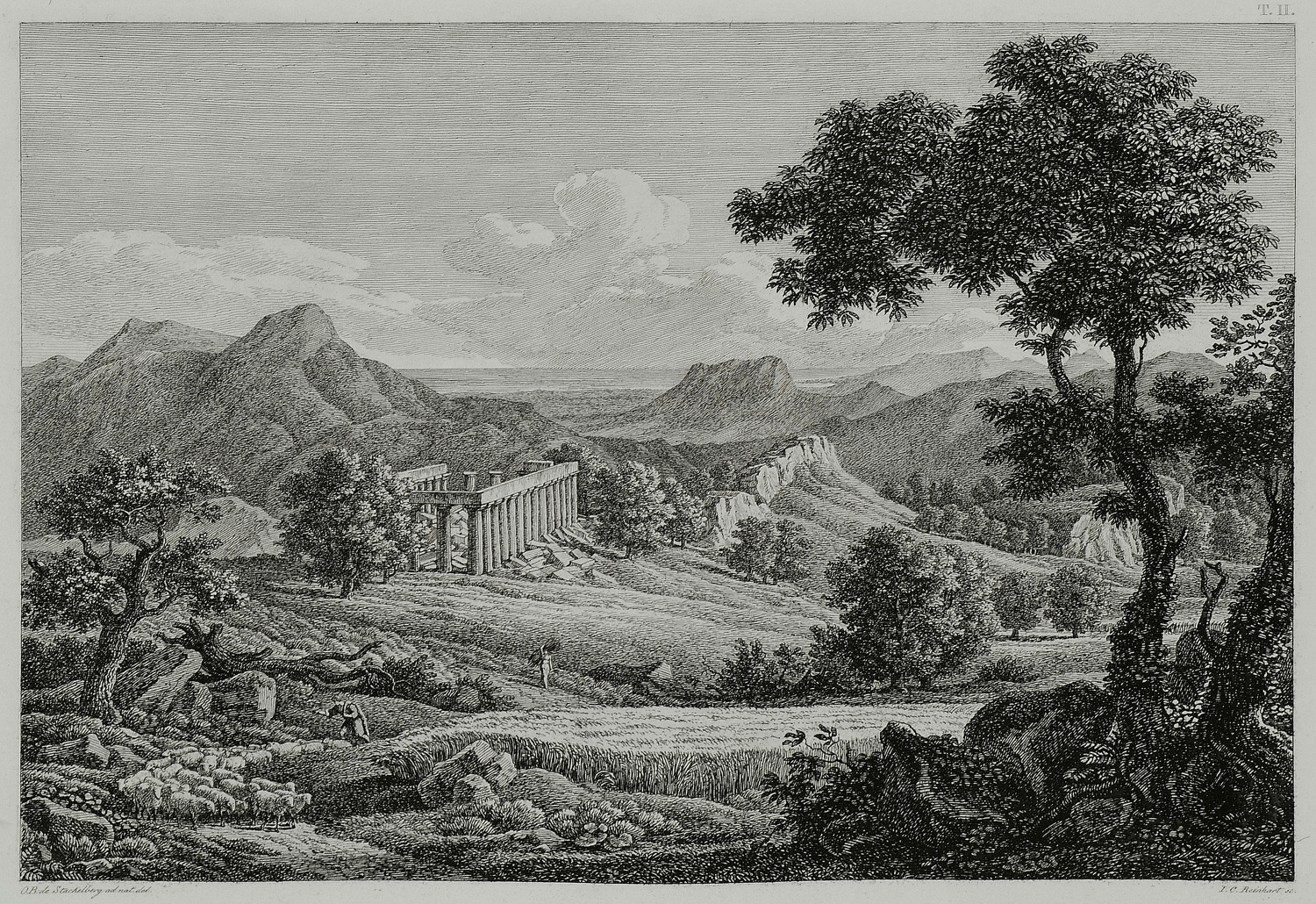
-
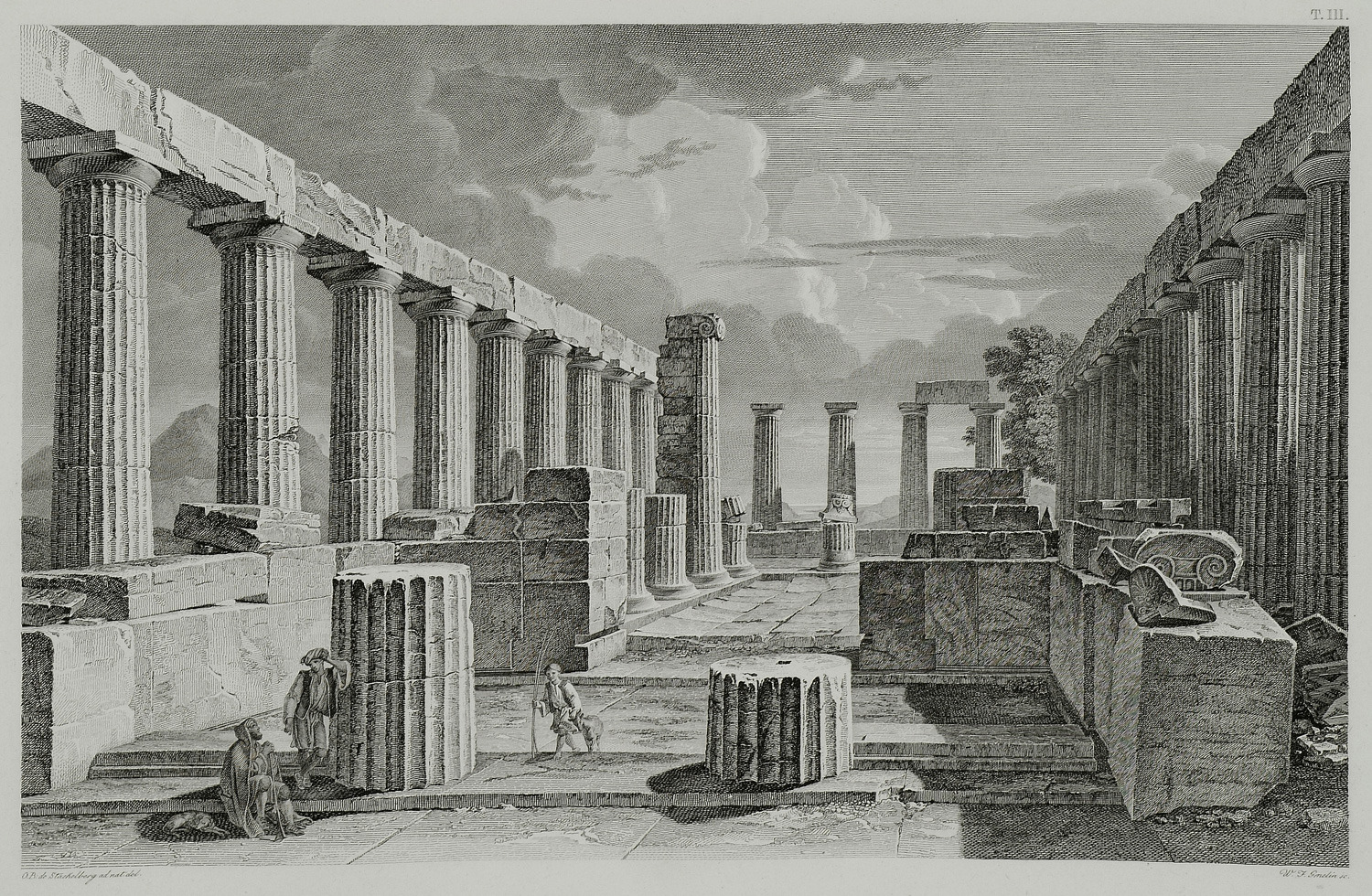
-
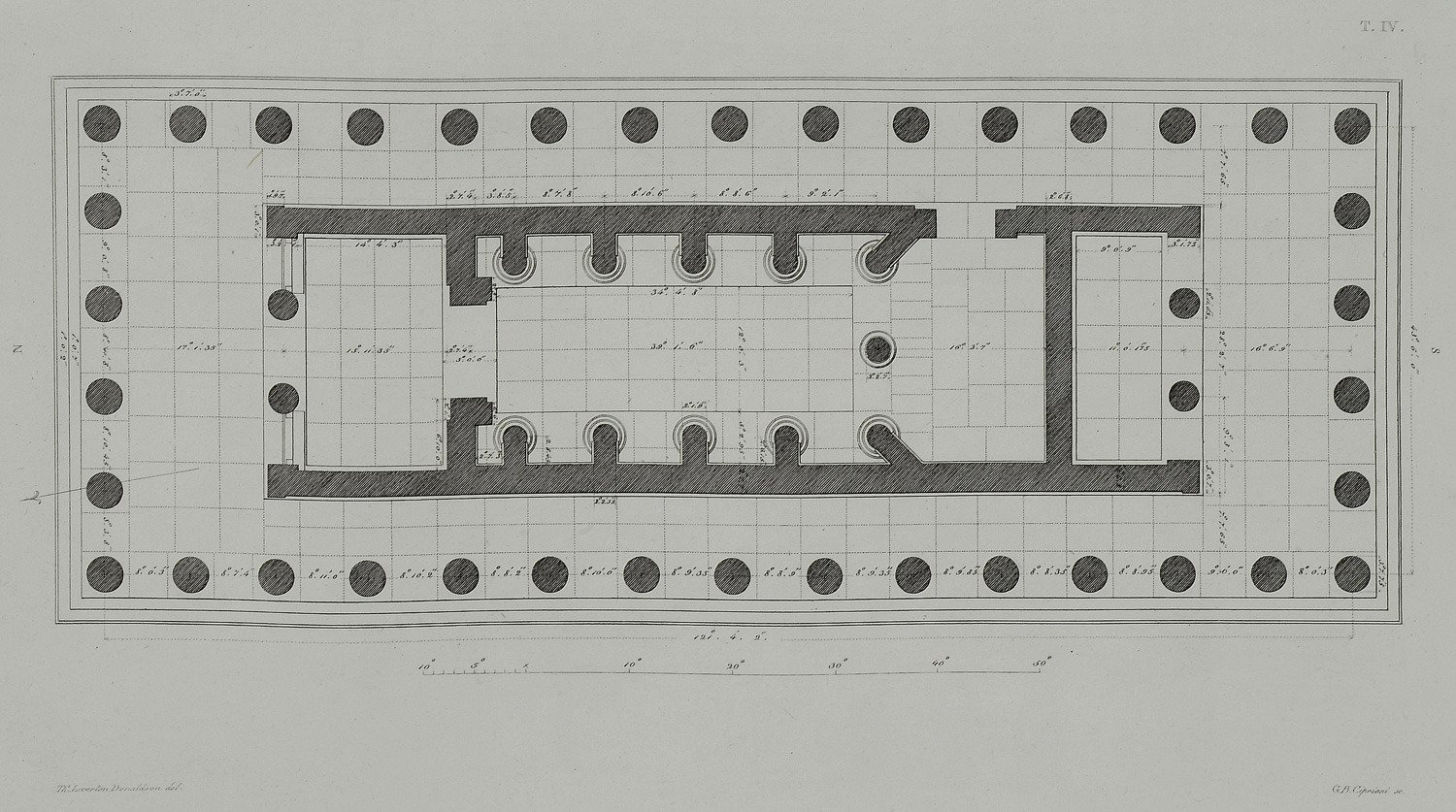
-
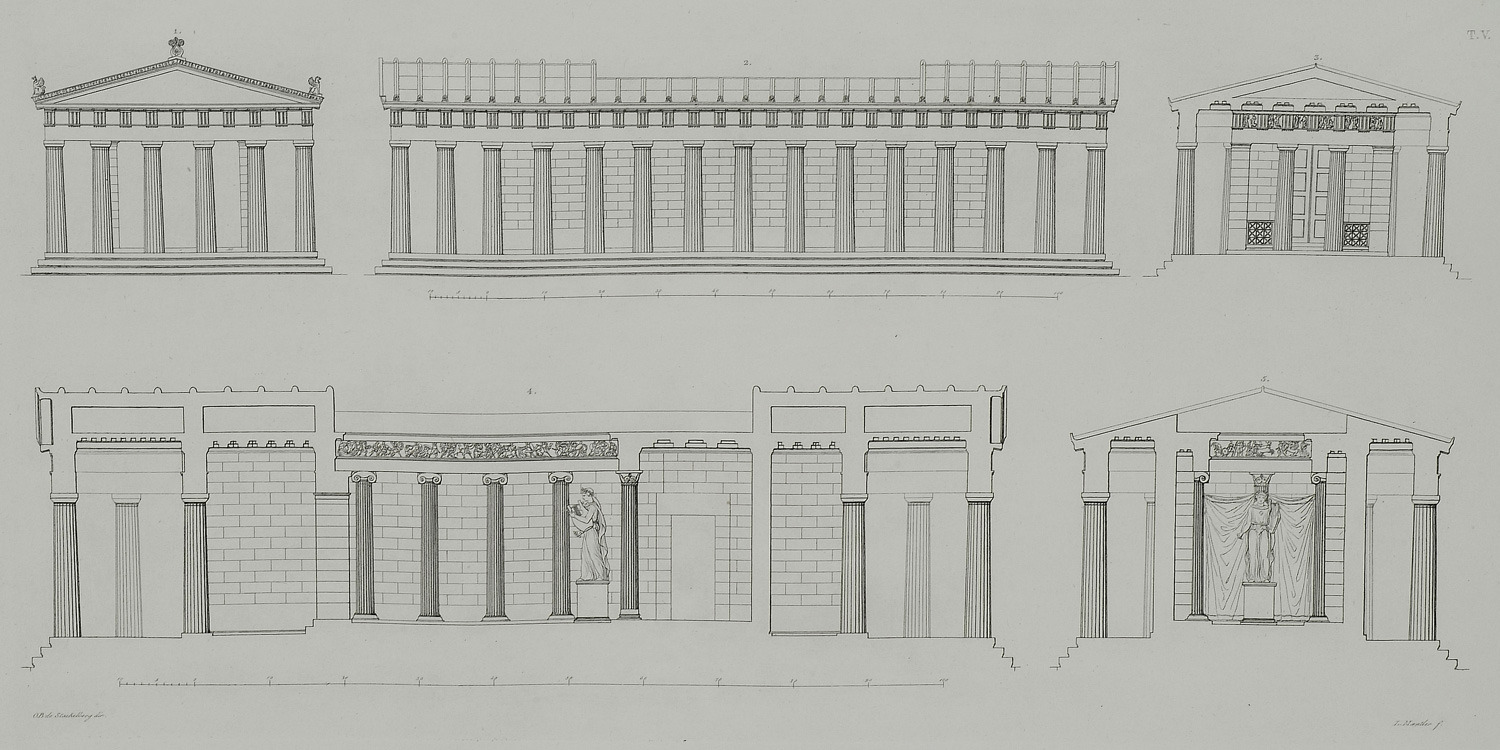
-

-
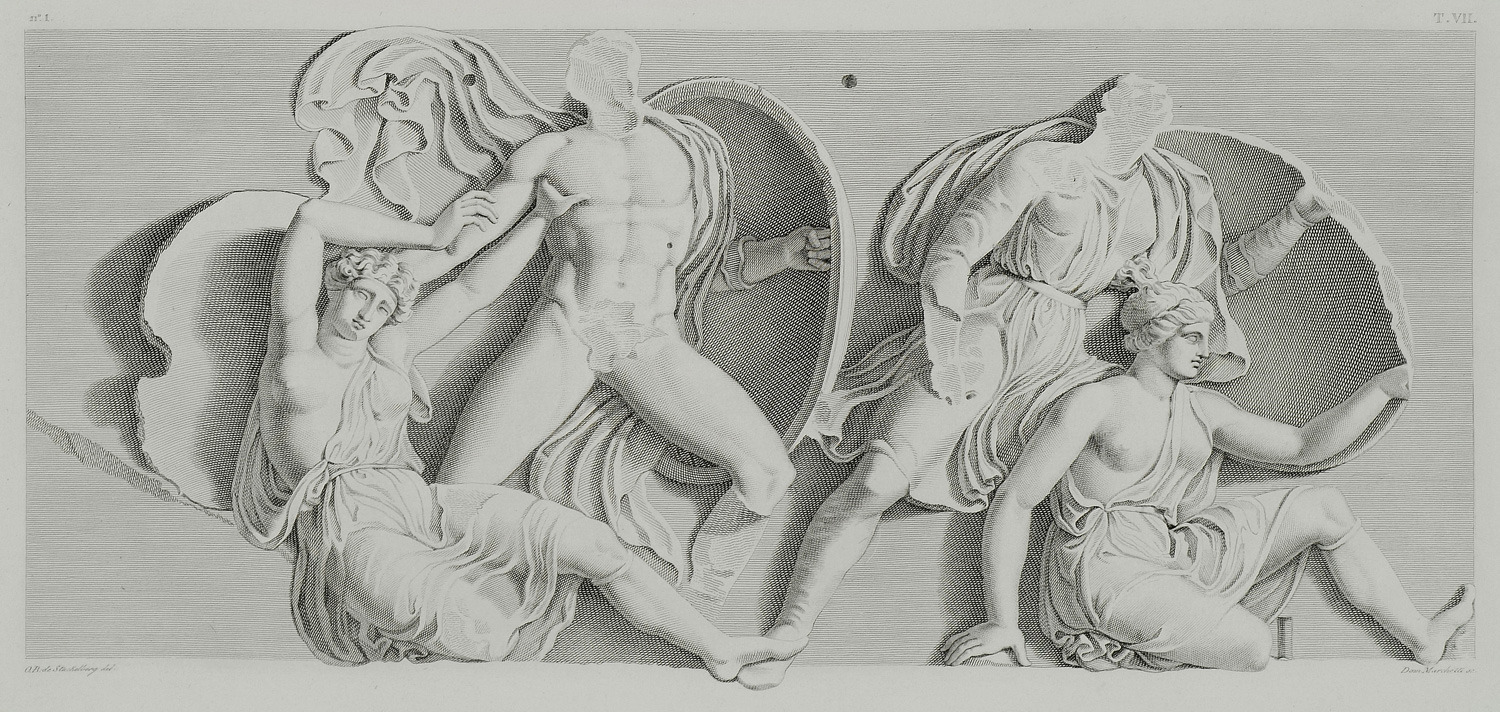
Slab from the frieze of the temple of Apollo Epicurius in Bassae: Amazonomachy scene.
-
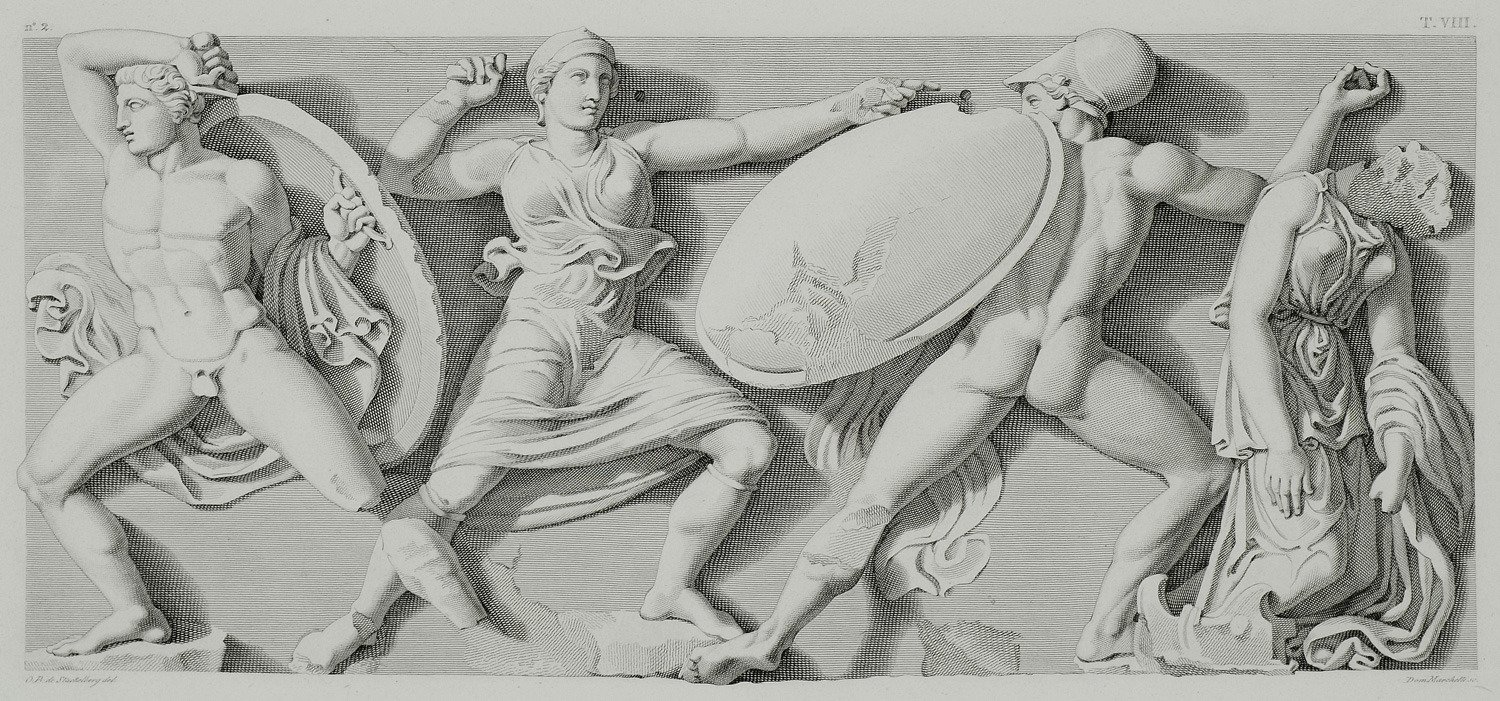
Slab from the frieze of the temple of Apollo Epicurius in Bassae: Amazonomachy scene.
-
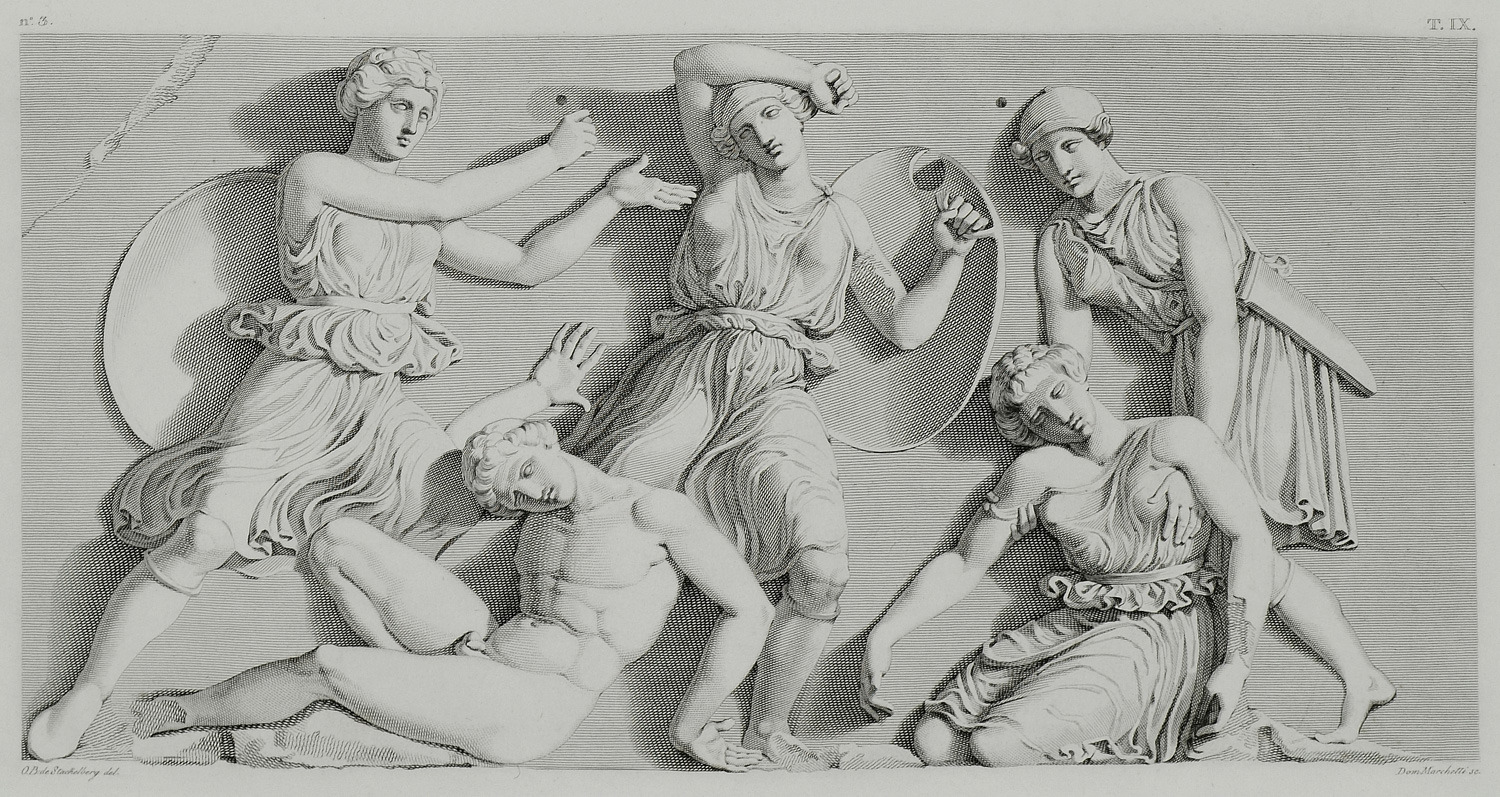
Slab from the frieze of the temple of Apollo Epicurius in Bassae: Amazonomachy scene.
-
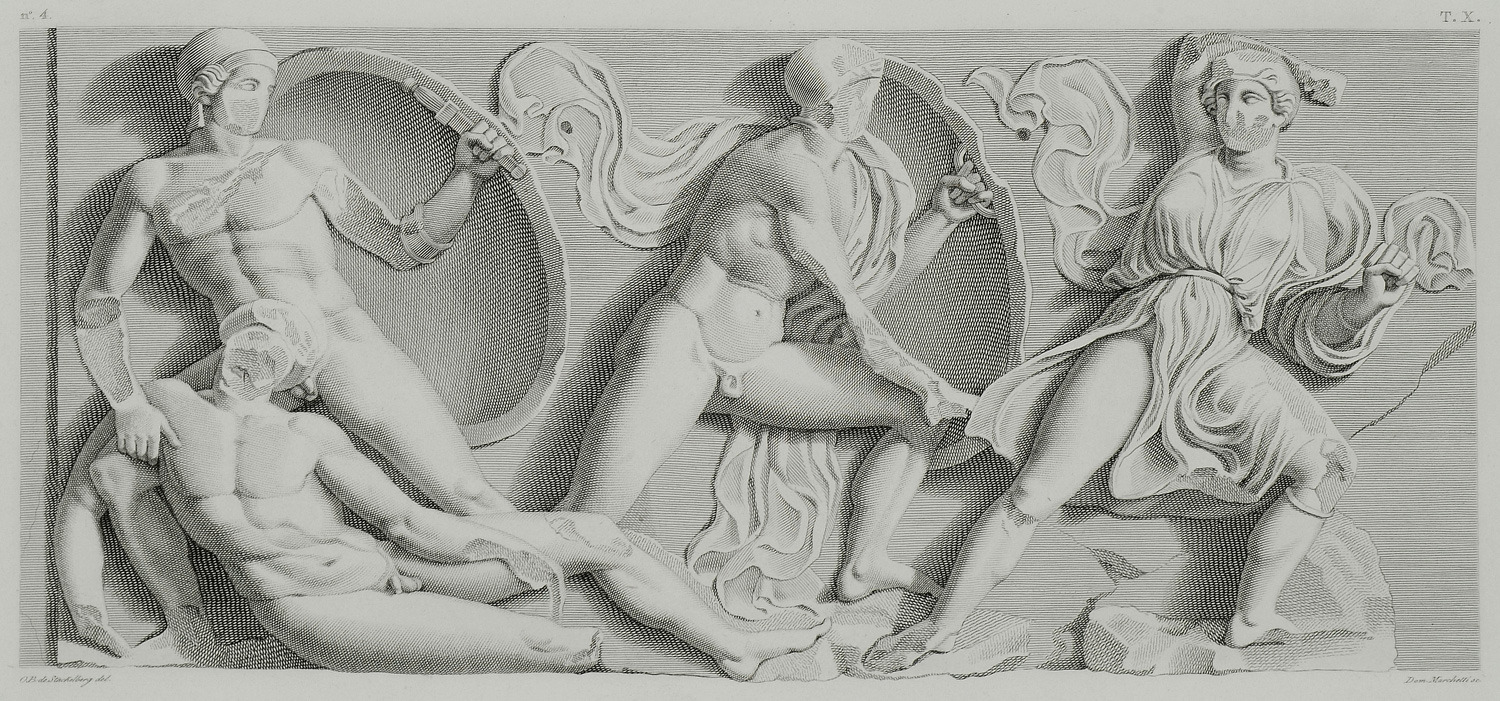
Slab from the frieze of the temple of Apollo Epicurius in Bassae: Amazonomachy scene.
-
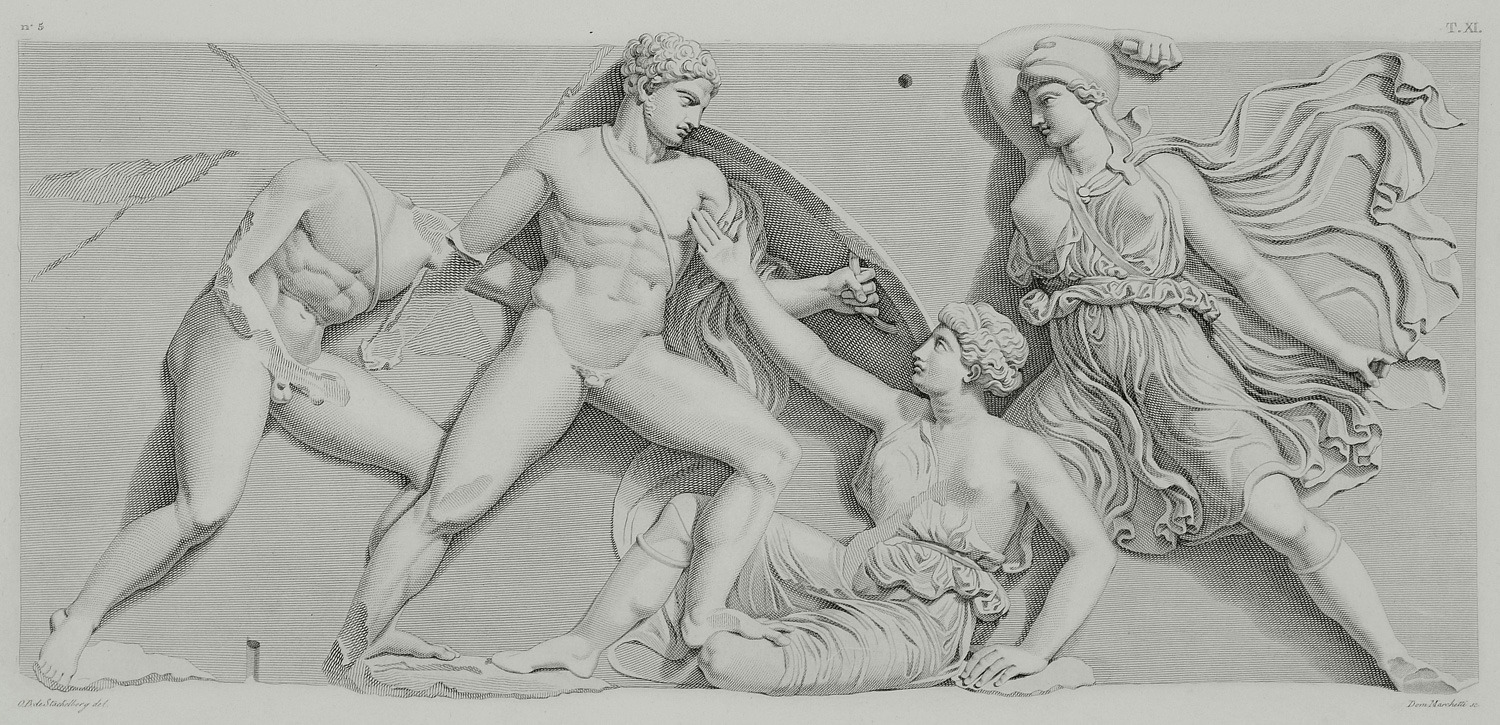
Slab from the frieze of the temple of Apollo Epicurius in Bassae: Amazonomachy scene.
-
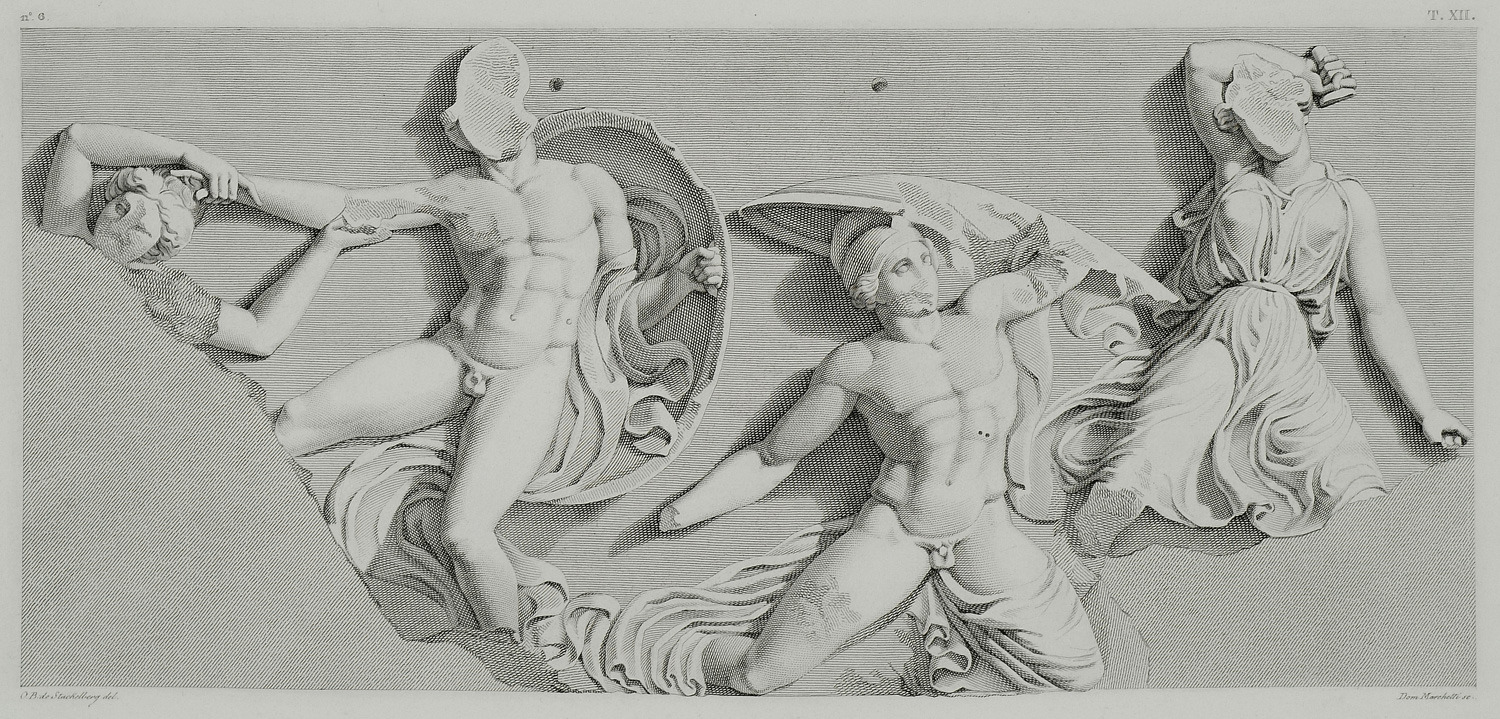
Slab from the frieze of the temple of Apollo Epicurius in Bassae: Amazonomachy scene.
-
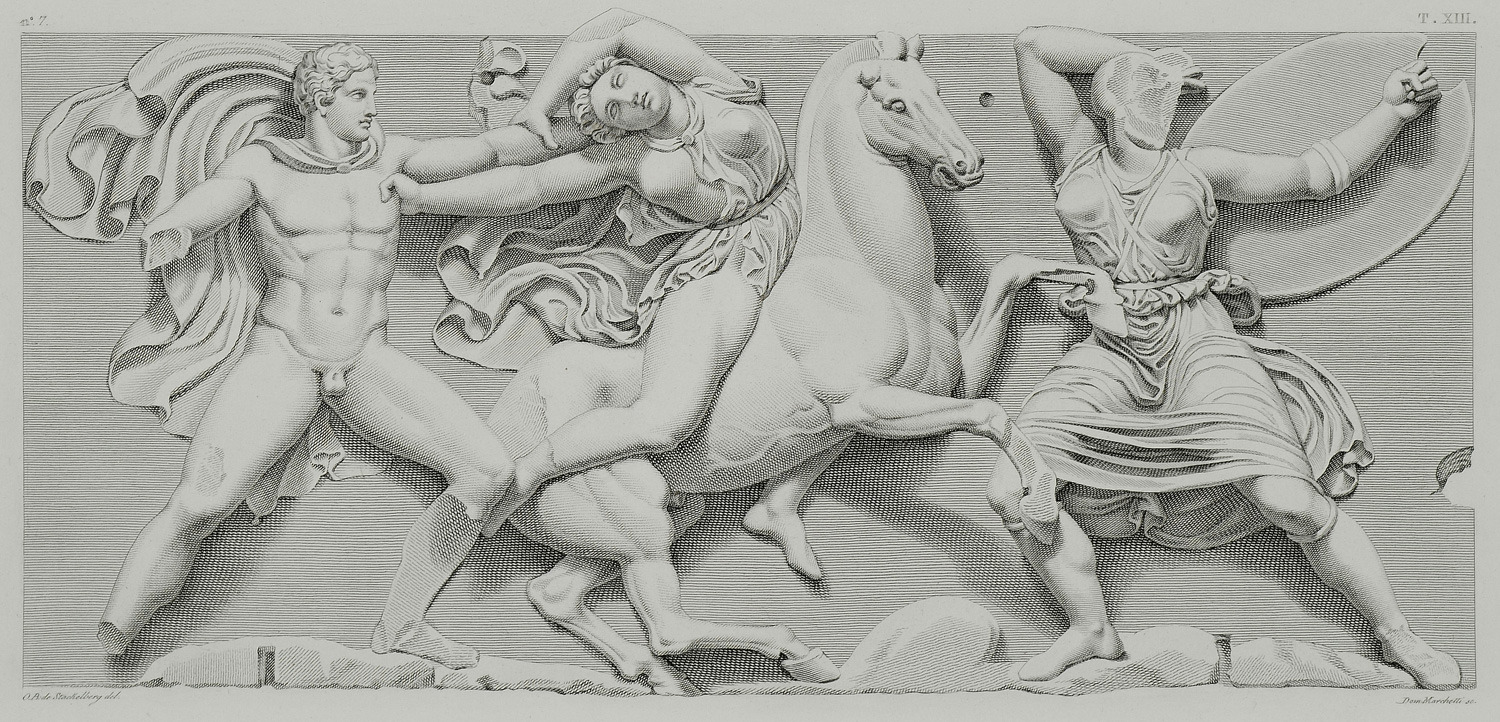
Slab from the frieze of the temple of Apollo Epicurius in Bassae: Amazonomachy scene.
-
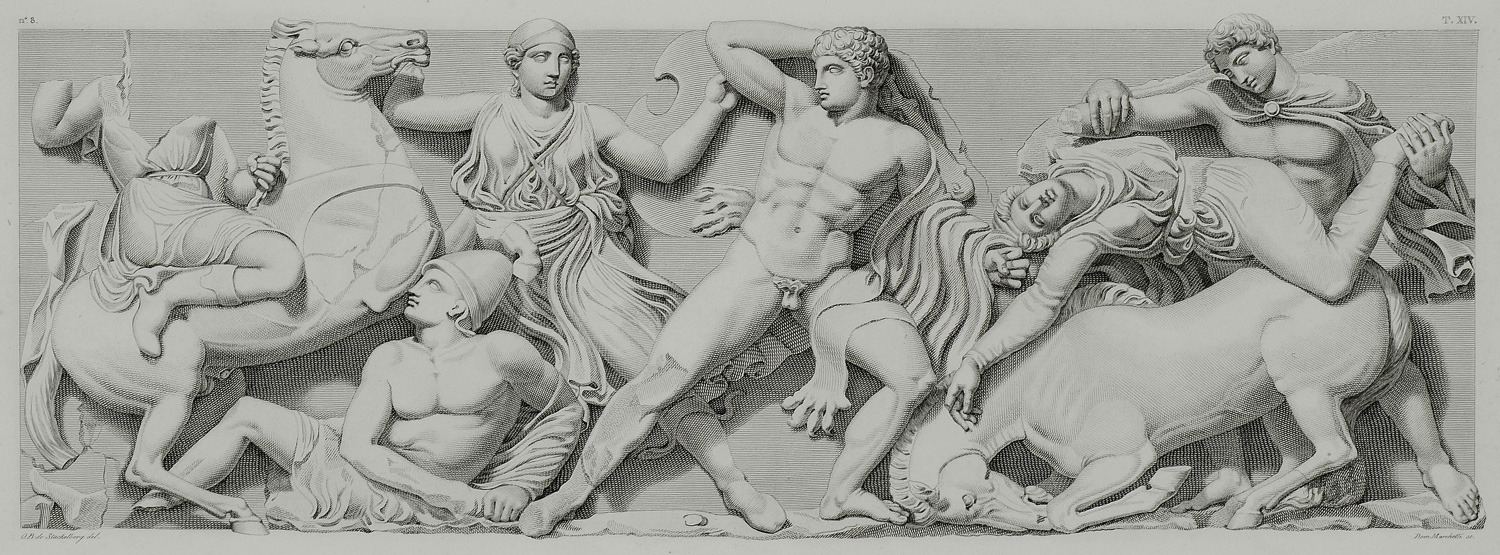
-
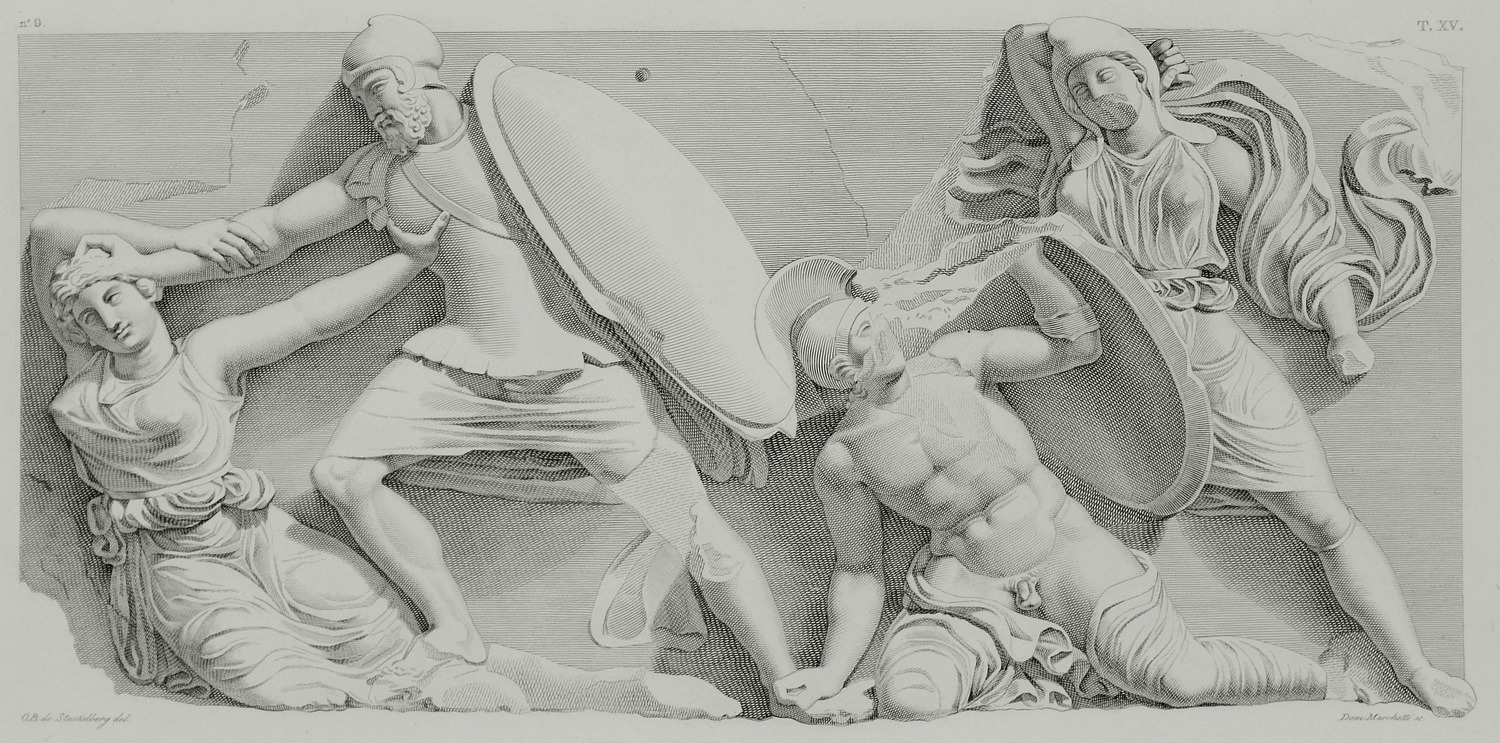
Slab from the frieze of the temple of Apollo Epicurius in Bassae: Amazonomachy scene.
-
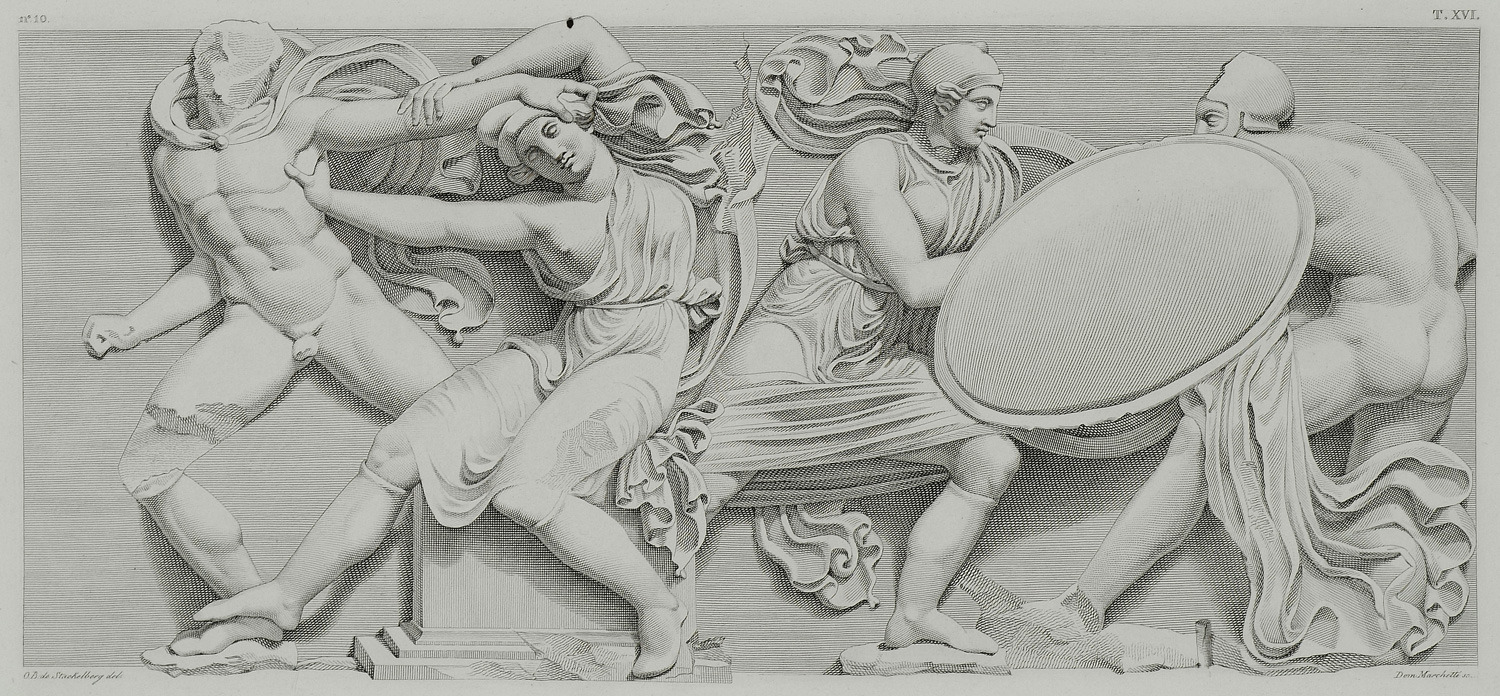
Slab from the frieze of the temple of Apollo Epicurius in Bassae: Amazonomachy scene.
-
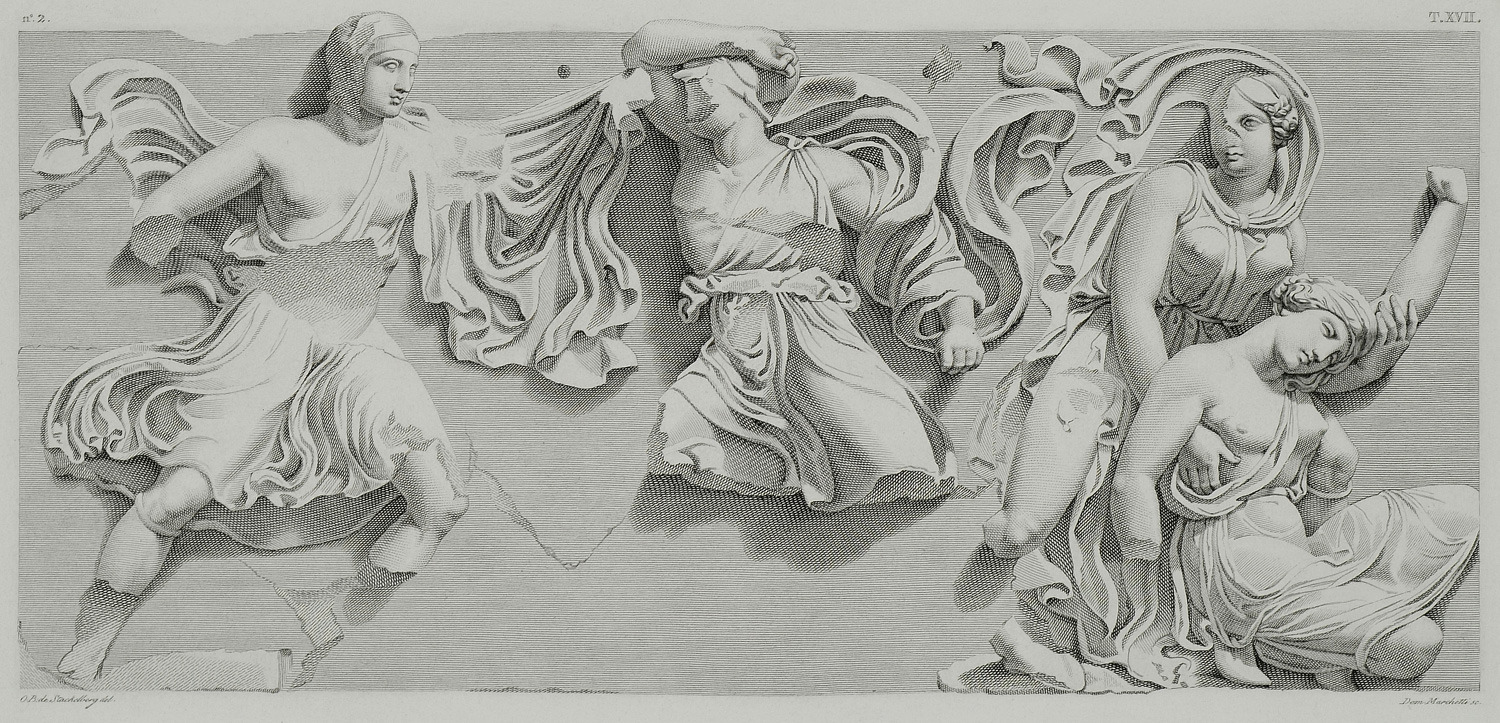
Slab from the frieze of the temple of Apollo Epicurius in Bassae: Amazonomachy scene.
-
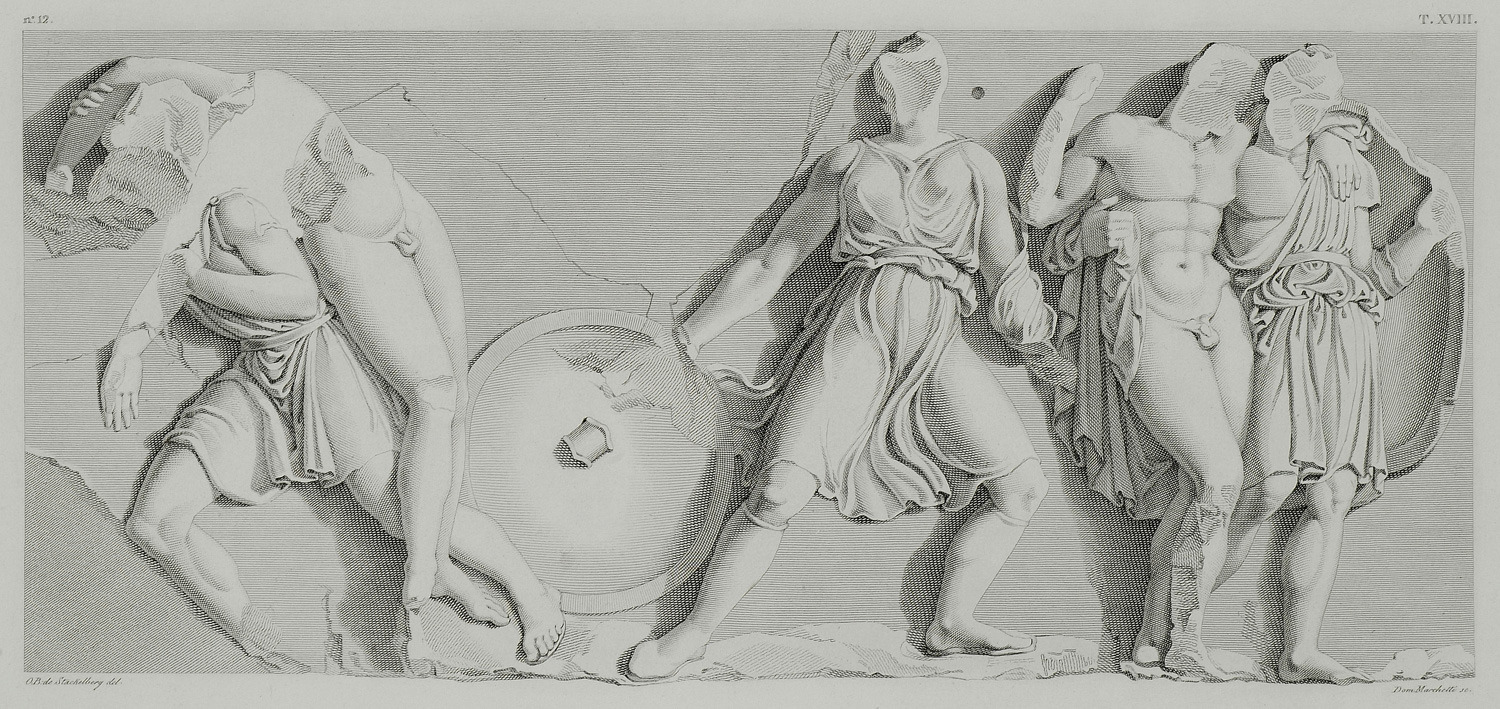
Slab from the frieze of the temple of Apollo Epicurius in Bassae: Amazonomachy scene.
-
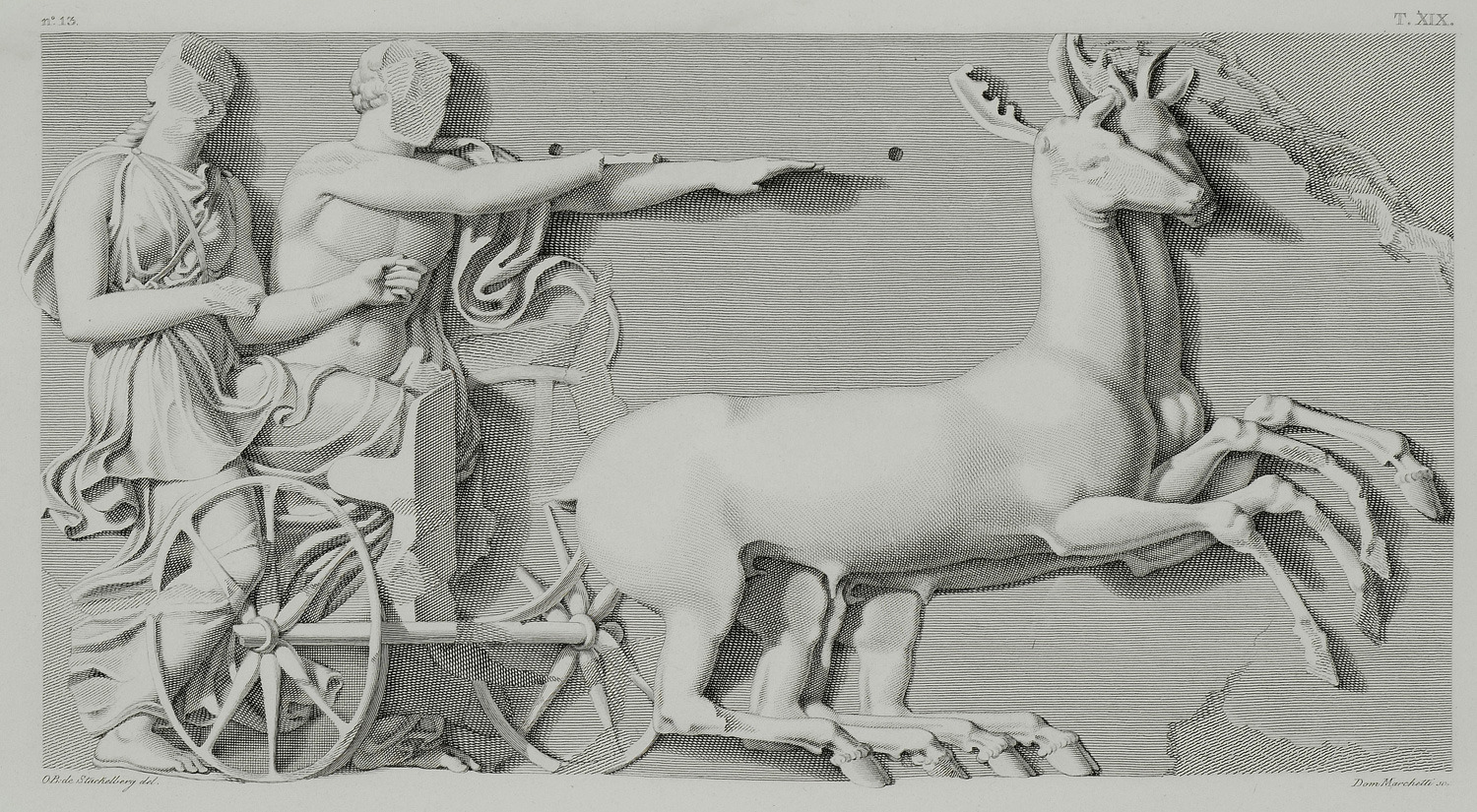
-

-
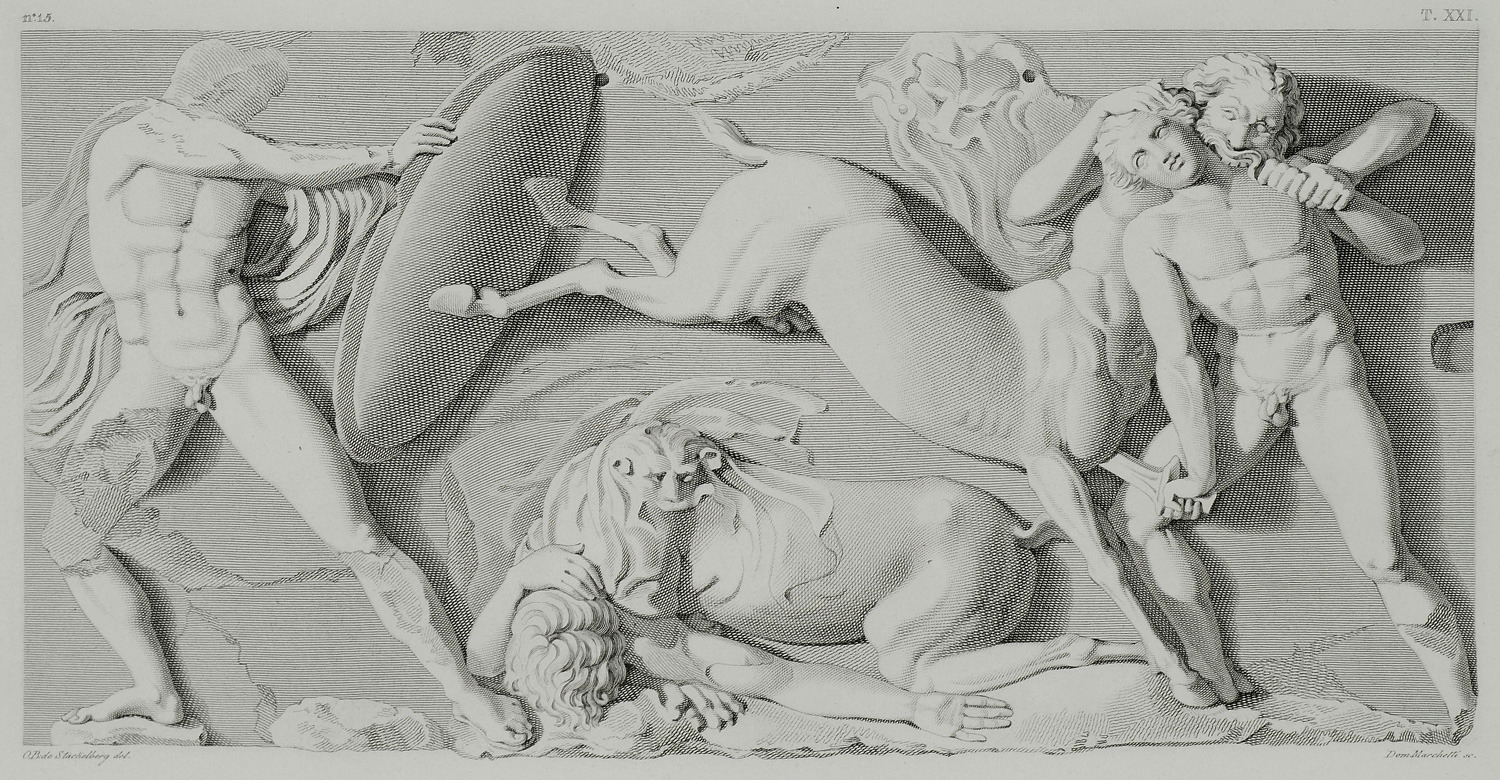
-
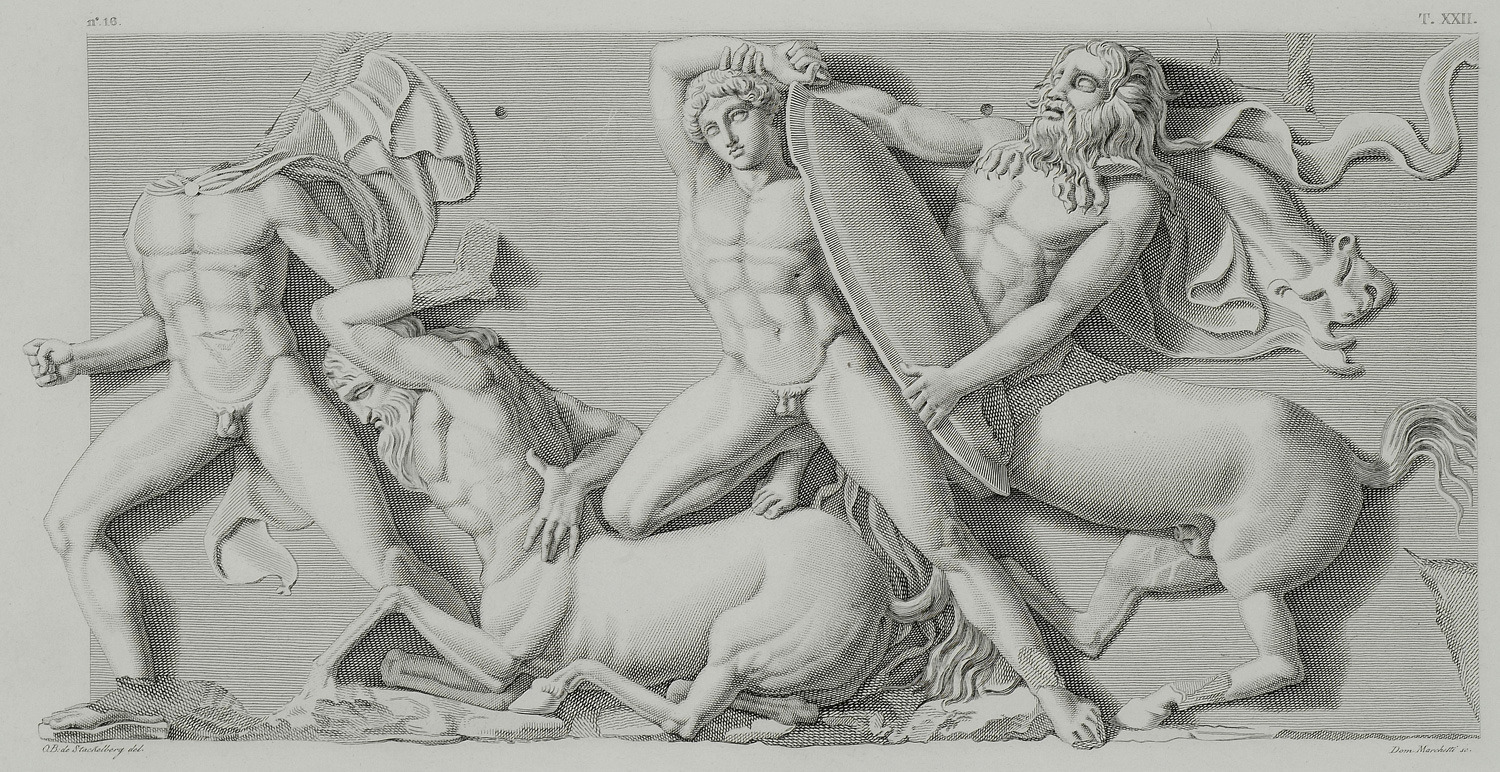
-
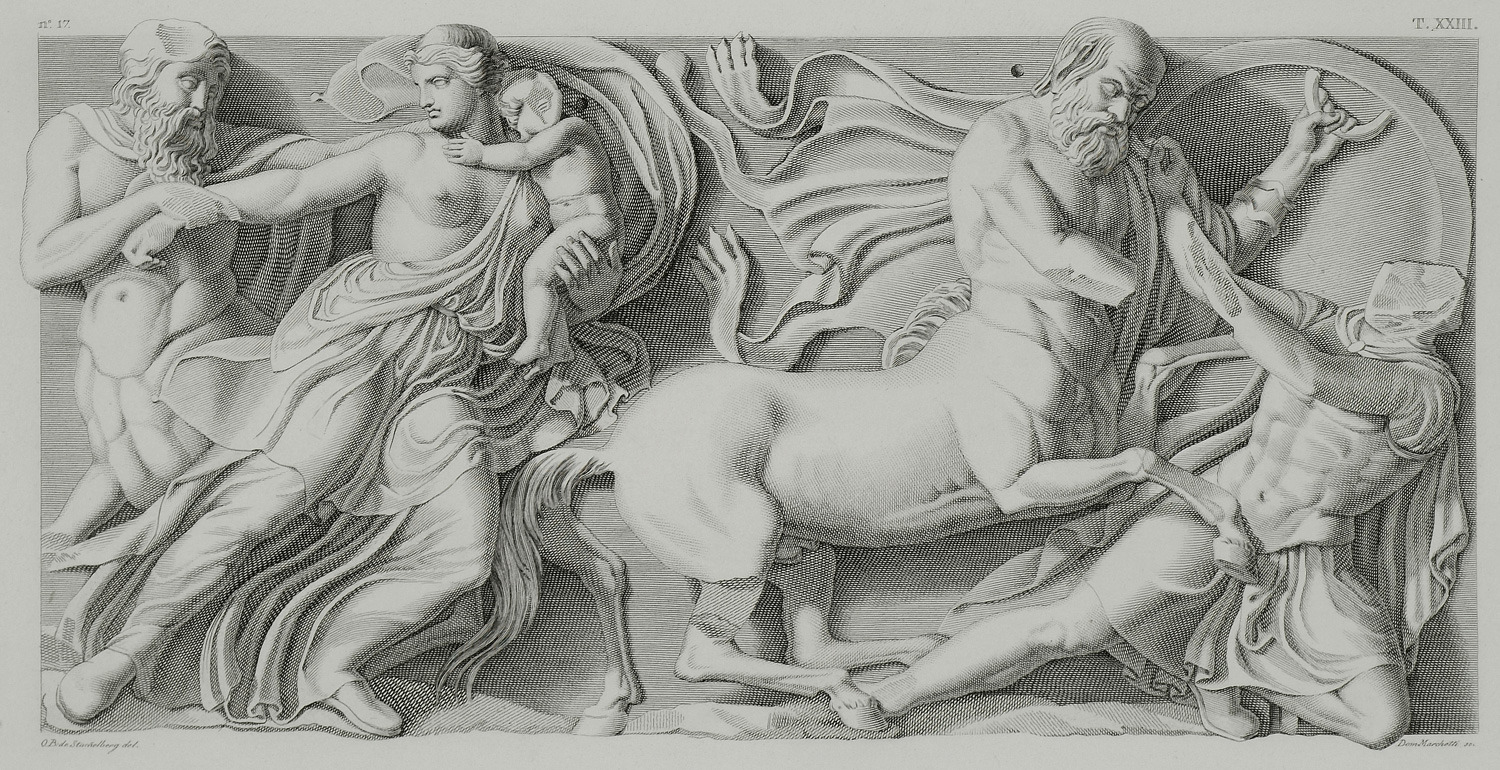
-
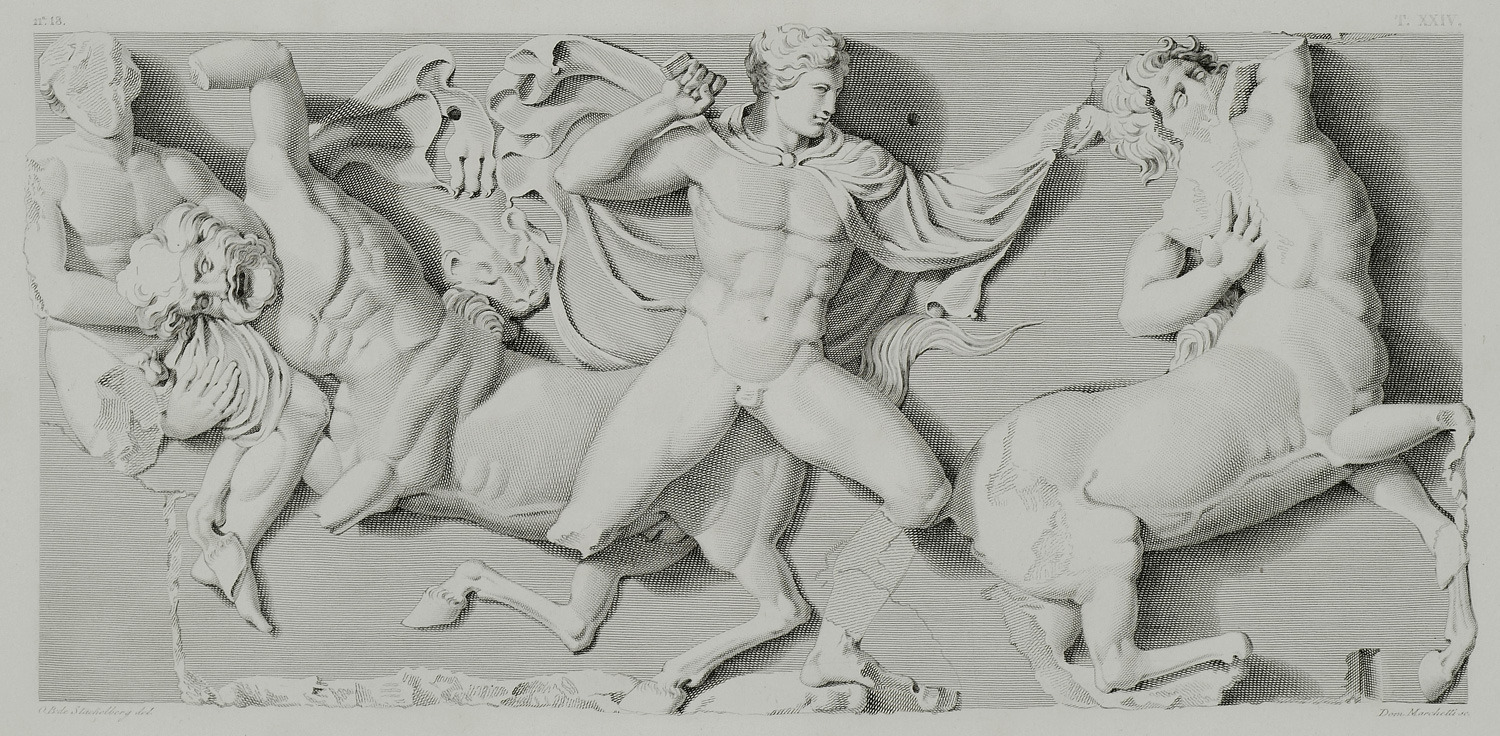
-
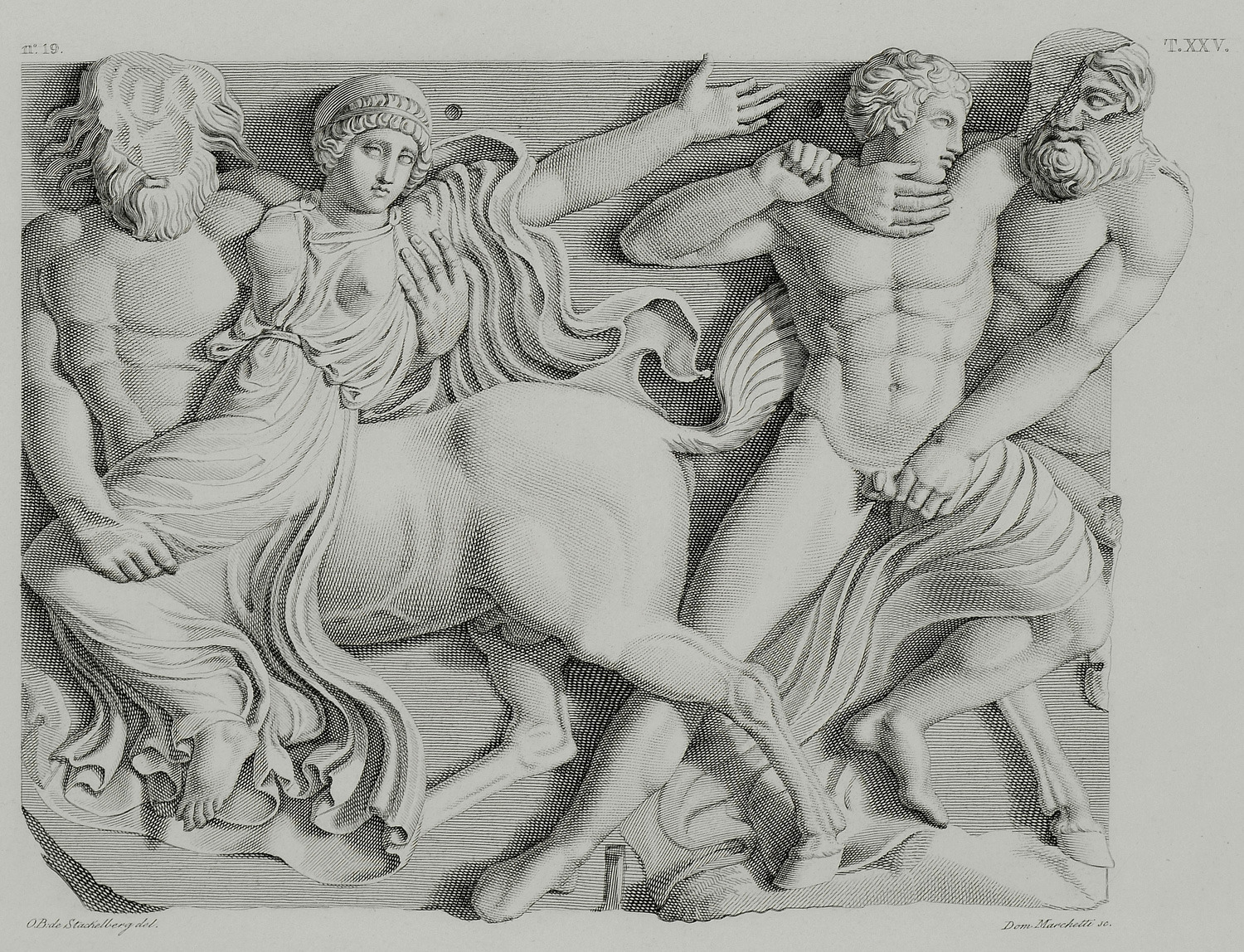
-
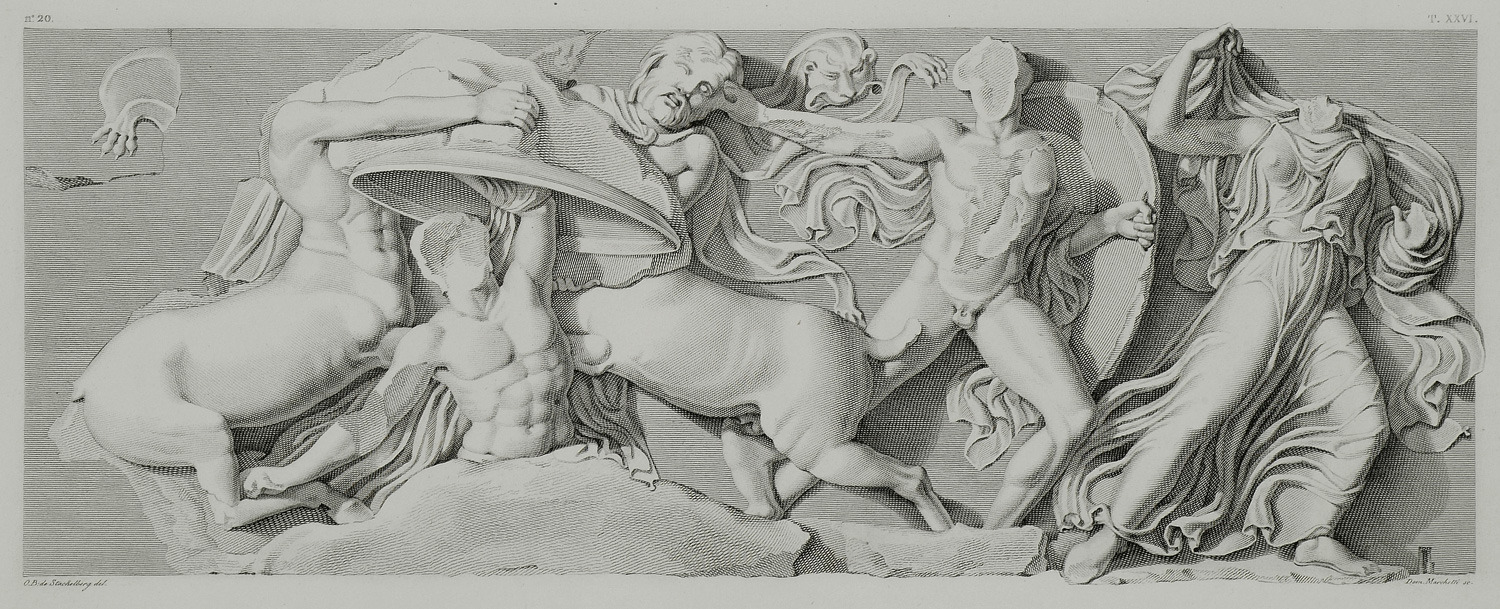
-
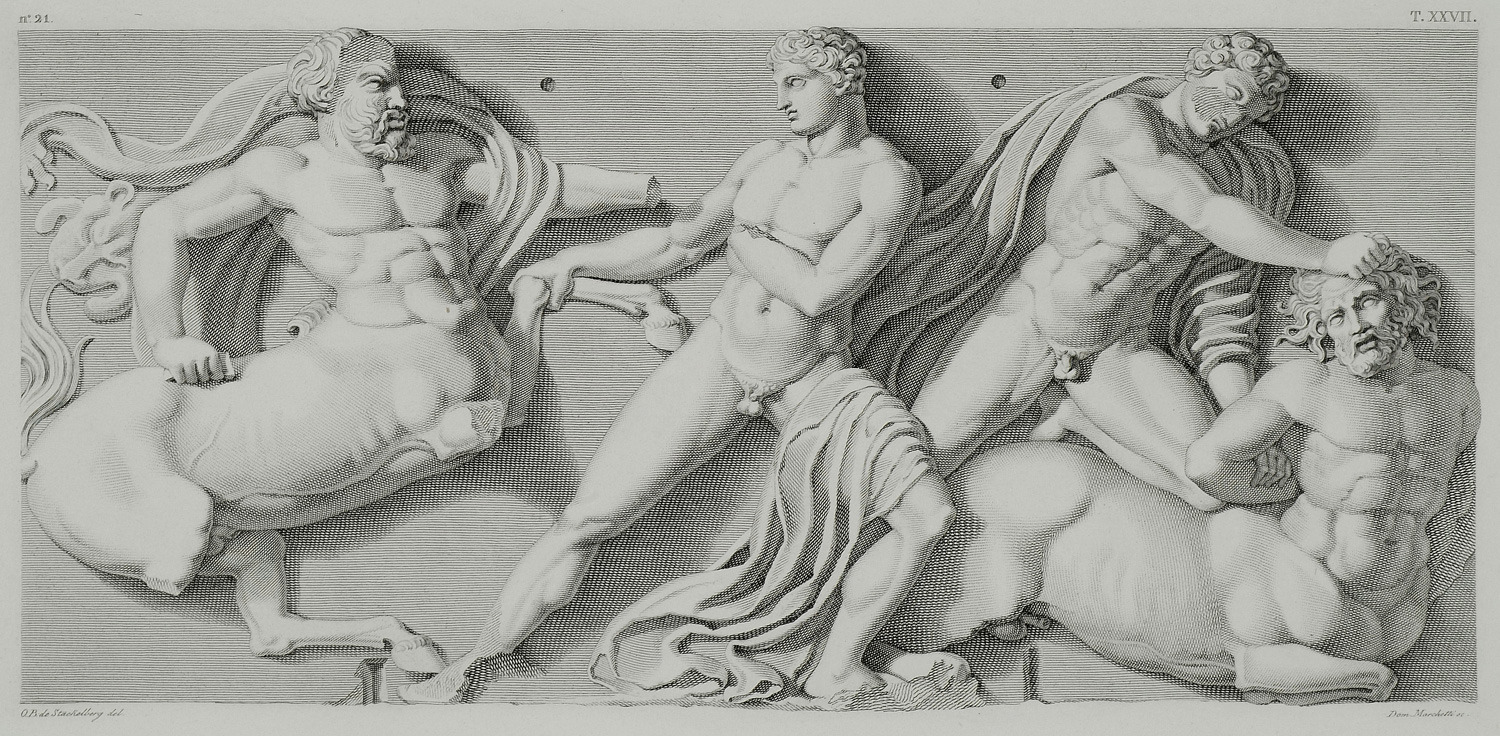
-
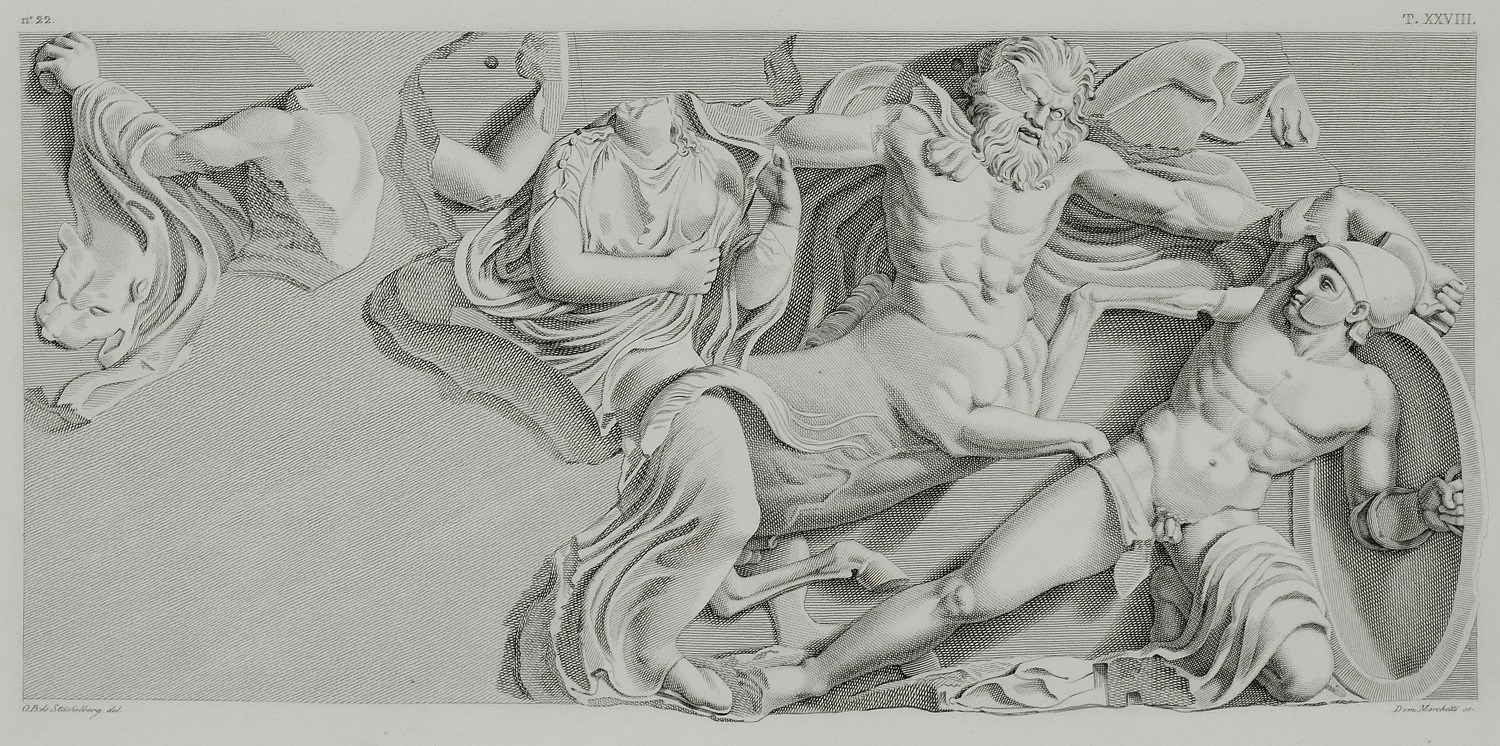
-
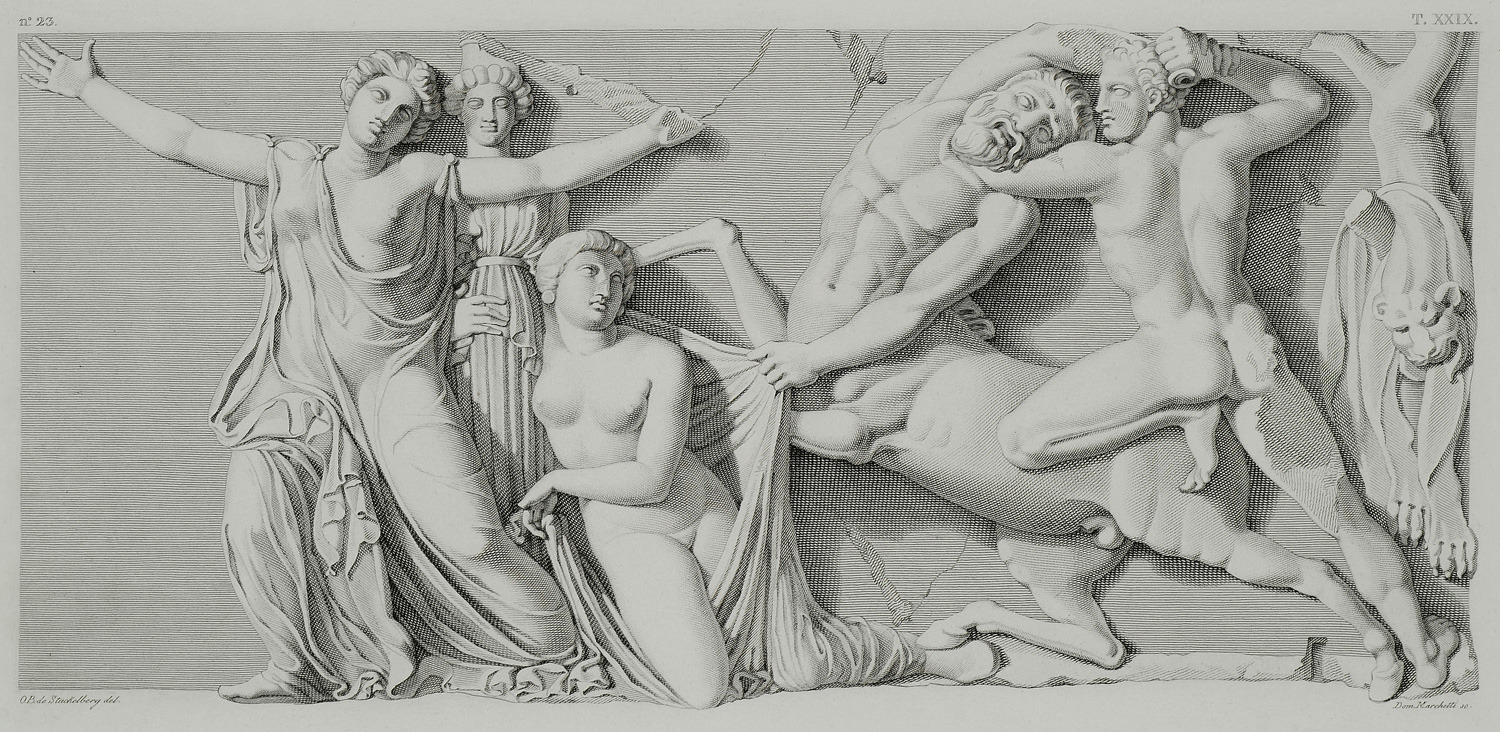
-
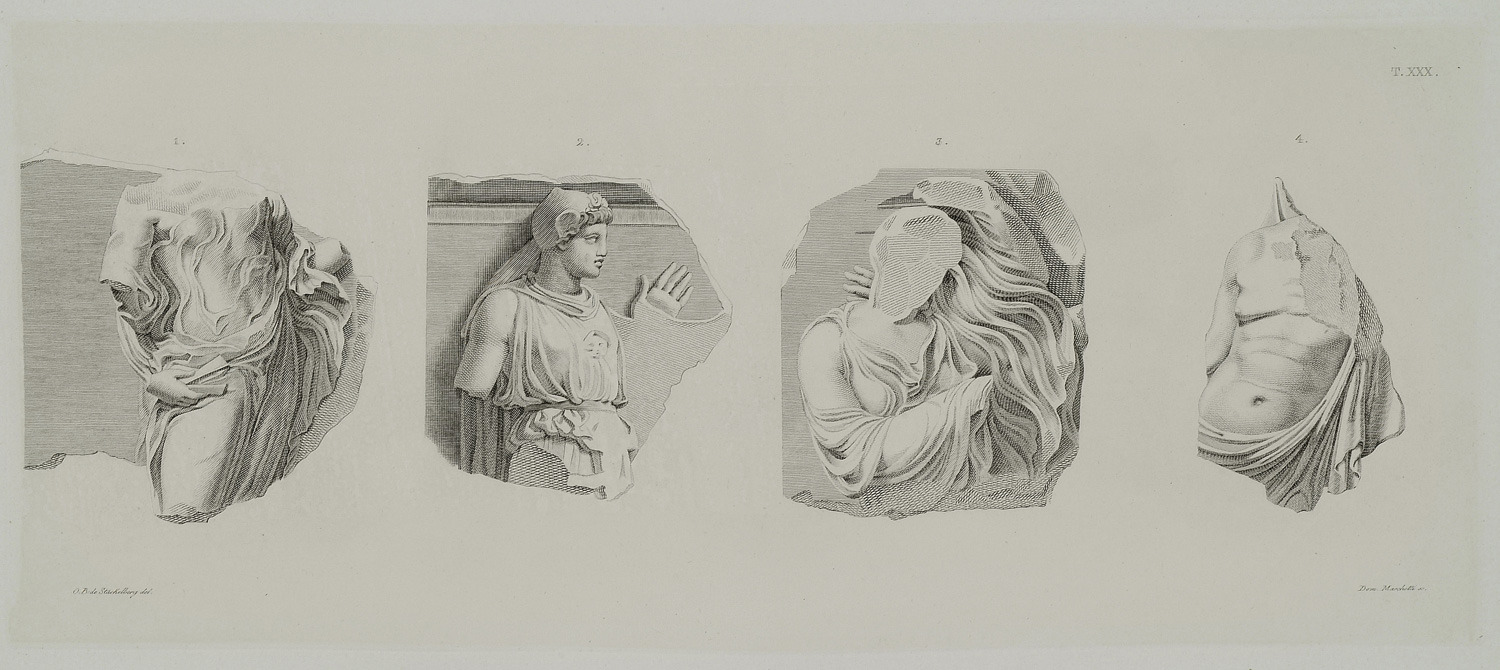
Fragments of reliefs from the temple of Apollo Epicurius at Bassae.
-
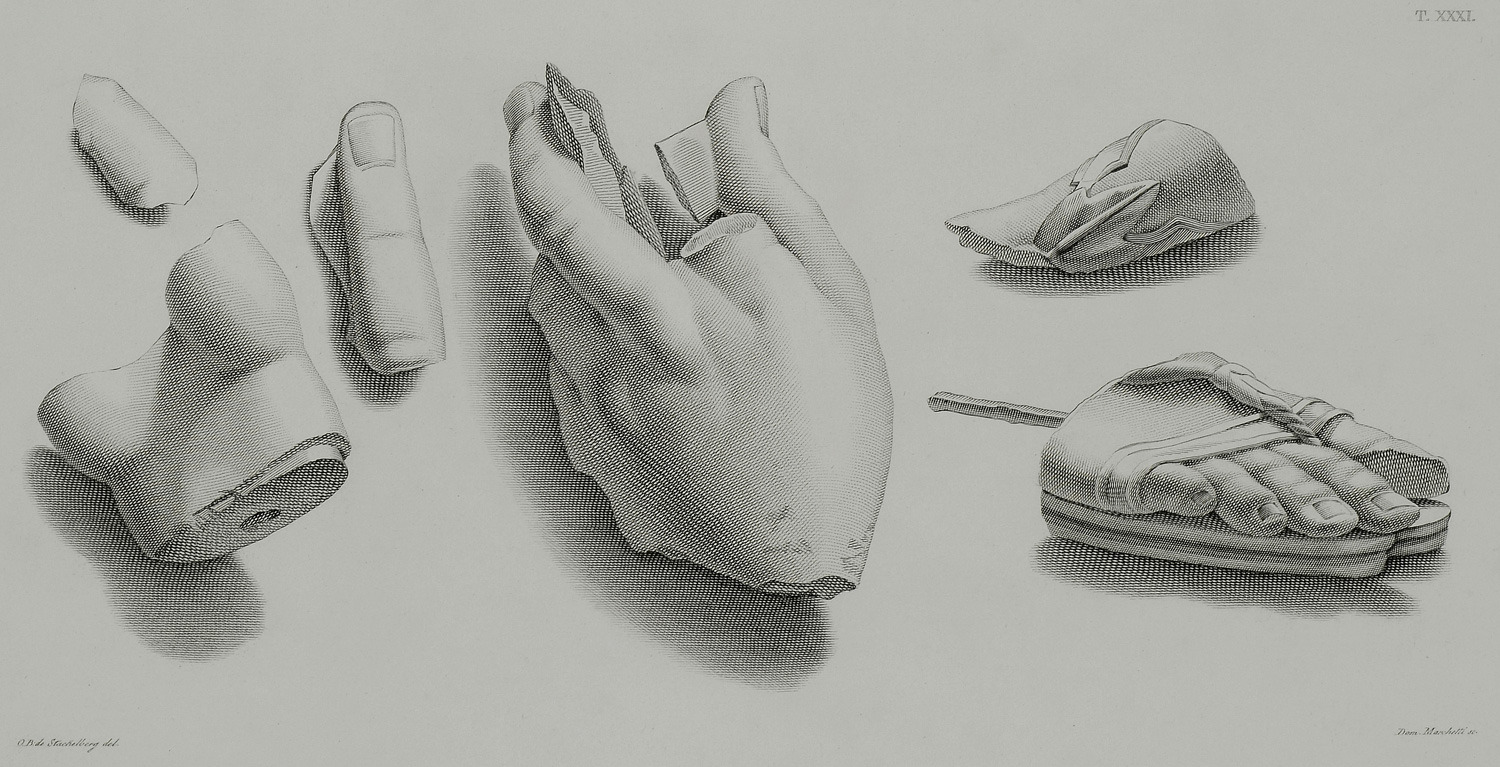
Fragments of statue, probably Apollo's, from the temple of Apollo Epicurius in Bassae.

